Spotlight on school travel: no safe routes for children in Headington - Part 2

The first post in our series on school travel looked at the reasons behind the lack of infrastructure enabling active travel for children in Headington. This second post looks at the infrastructure available to children in other parts of Oxford and compares this with what we have in Headington - finding Headington at a serious disadvantage compared to its neighbours.
Let's take a look at enabling infrastructure in other areas of Oxford...
For example, in North Oxford, Swan School and Cherwell School pupils have the benefit of…
…the Marston Ferry Road cycle track, forming part of the bollard-protected OXB cycling and walking route, with both school entrances accessed via that route…
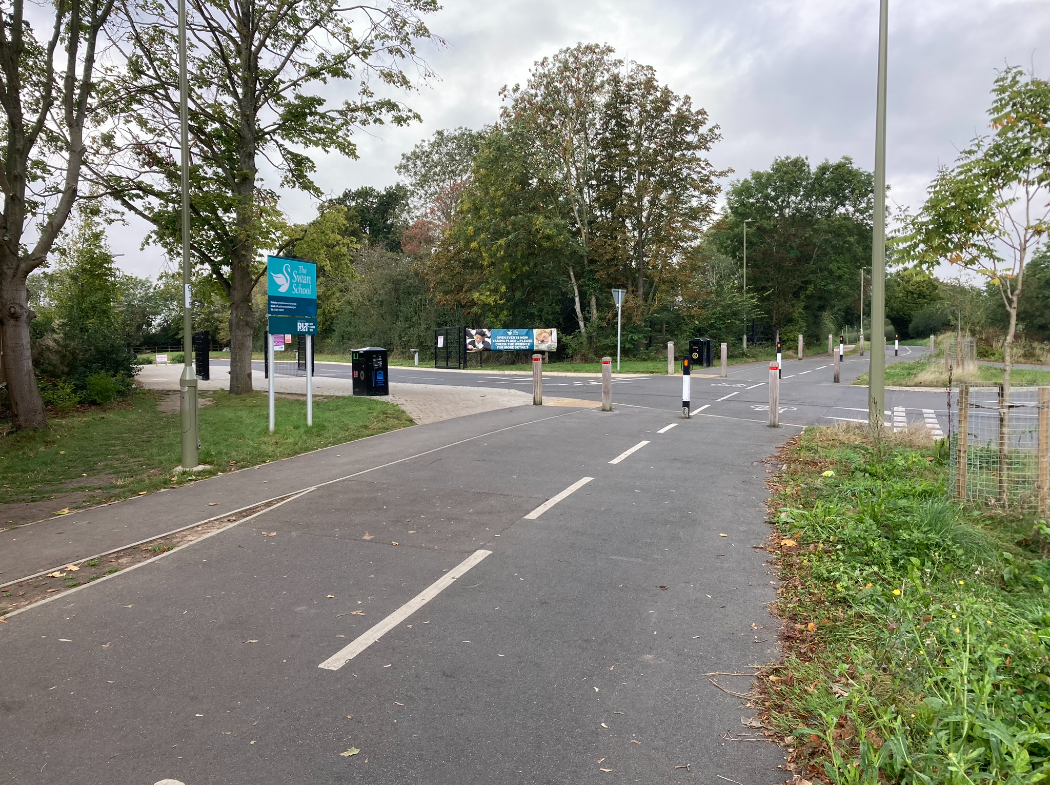
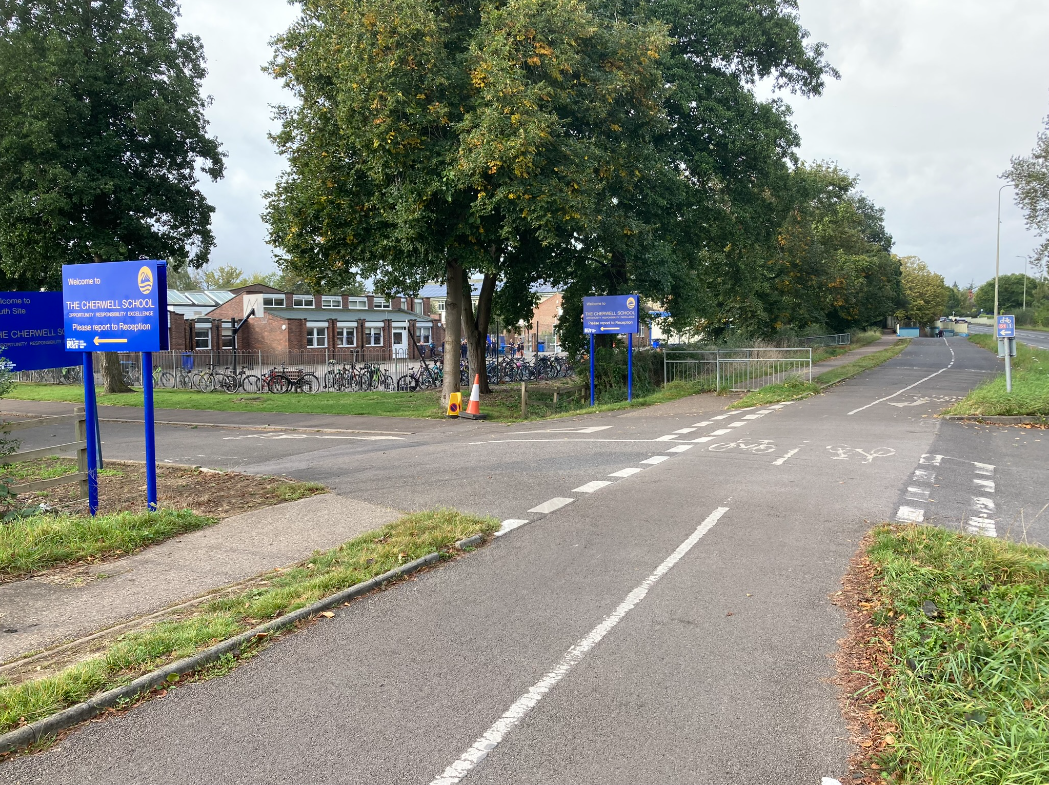
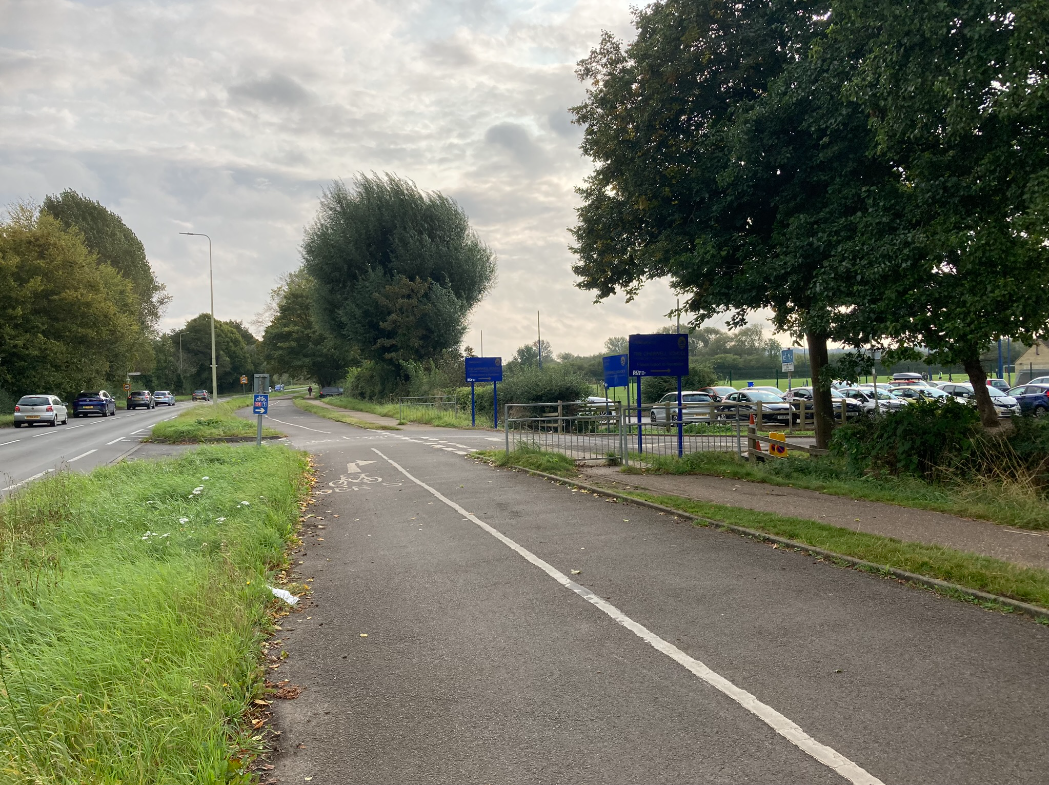
… a subway to enable them to cross Marston Ferry Road safely and without delay, and from 2025 a traffic filter on Marston Ferry Road that will substantially reduce traffic volume and associated road danger and pollution…
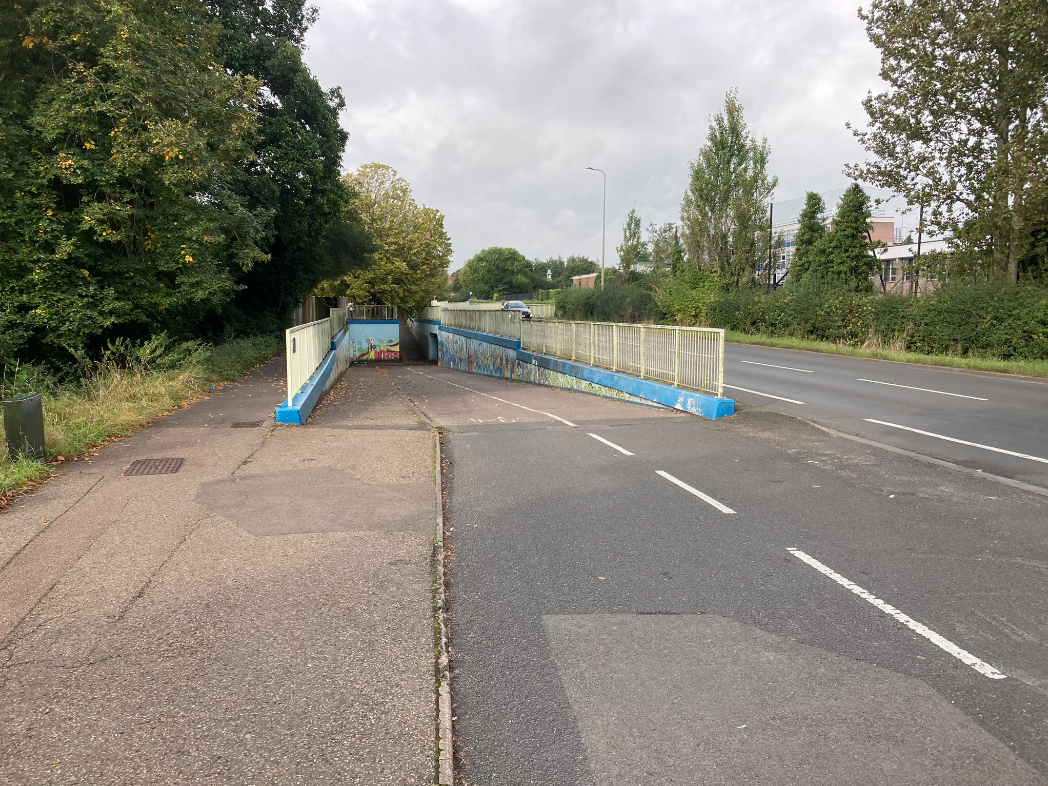
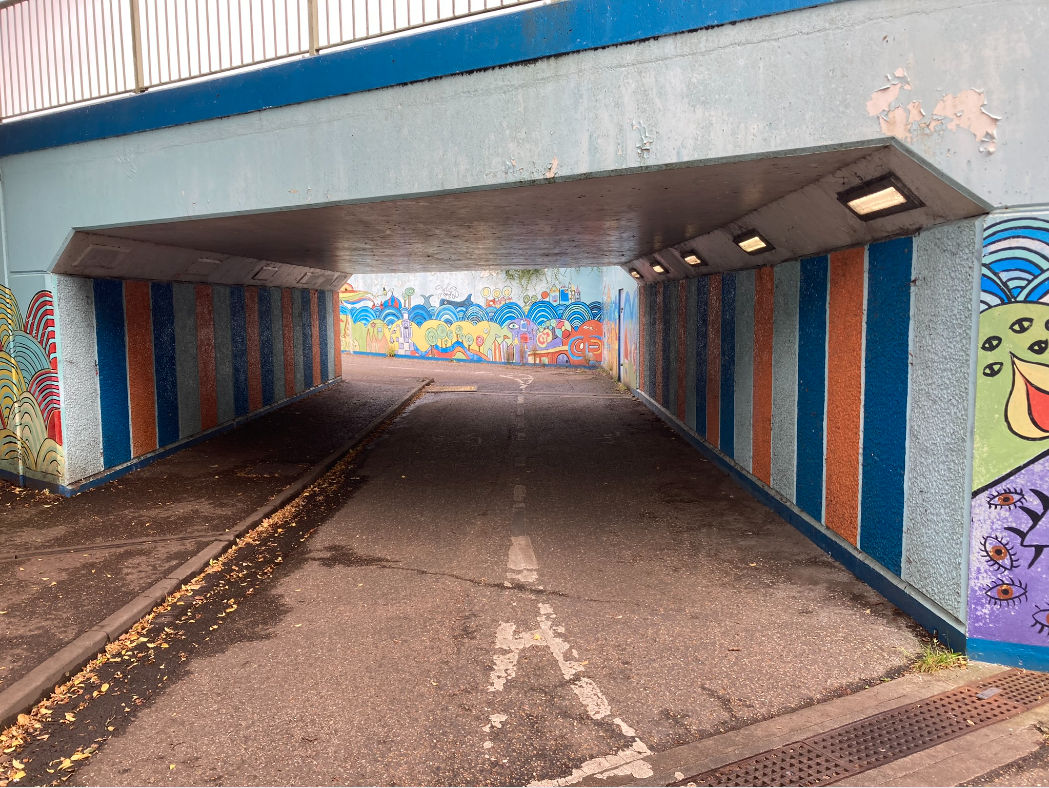
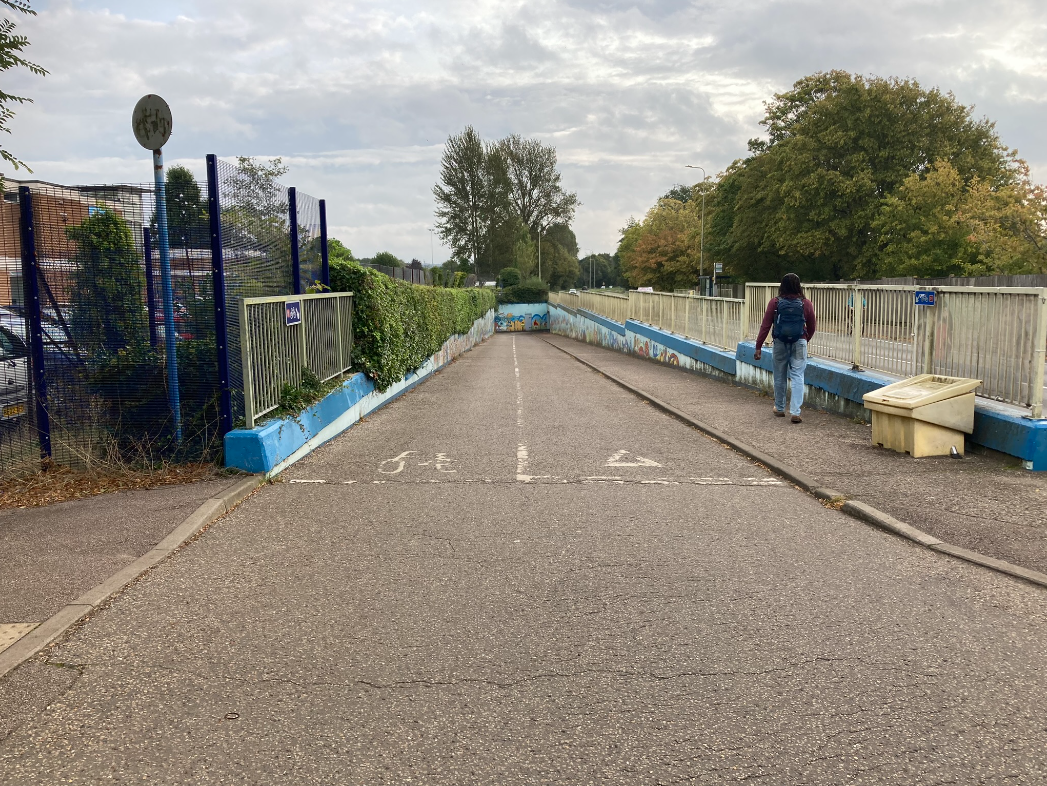
…with both the South and North sites of Cherwell School on the National Cycle Route 51, which provides a traffic-free/low-traffic route to school along car-free paths and roads through North Oxford low-traffic neighbourhoods, avoiding the busy Banbury Road…
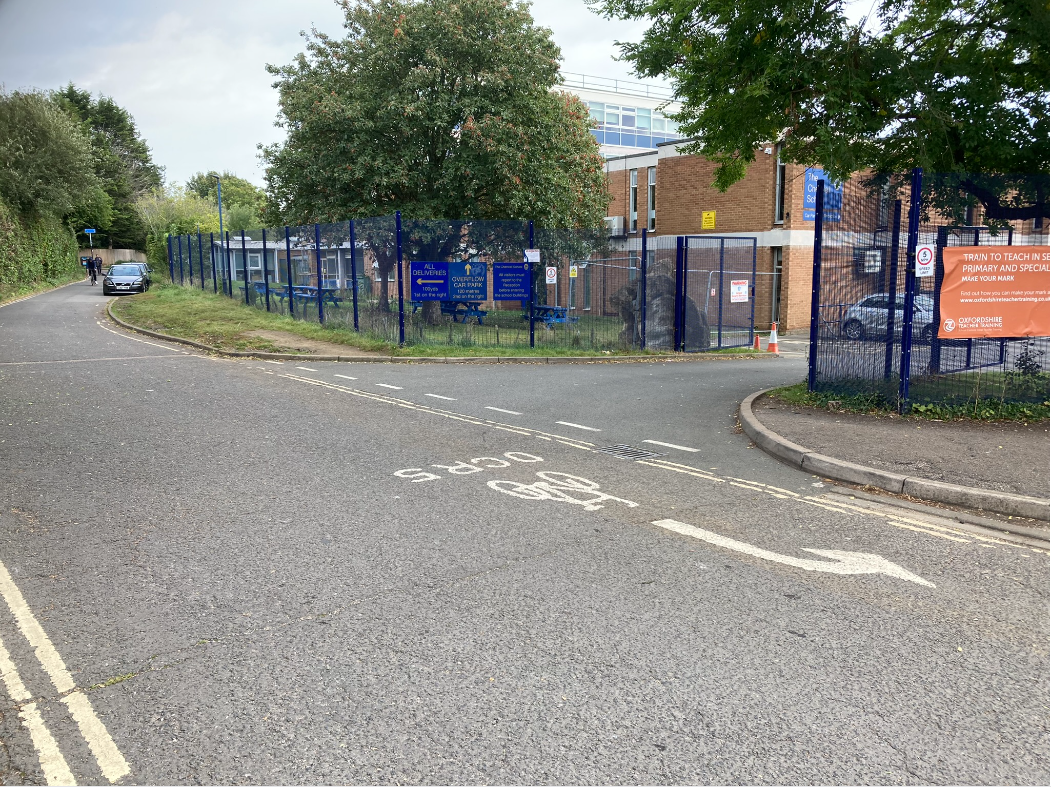
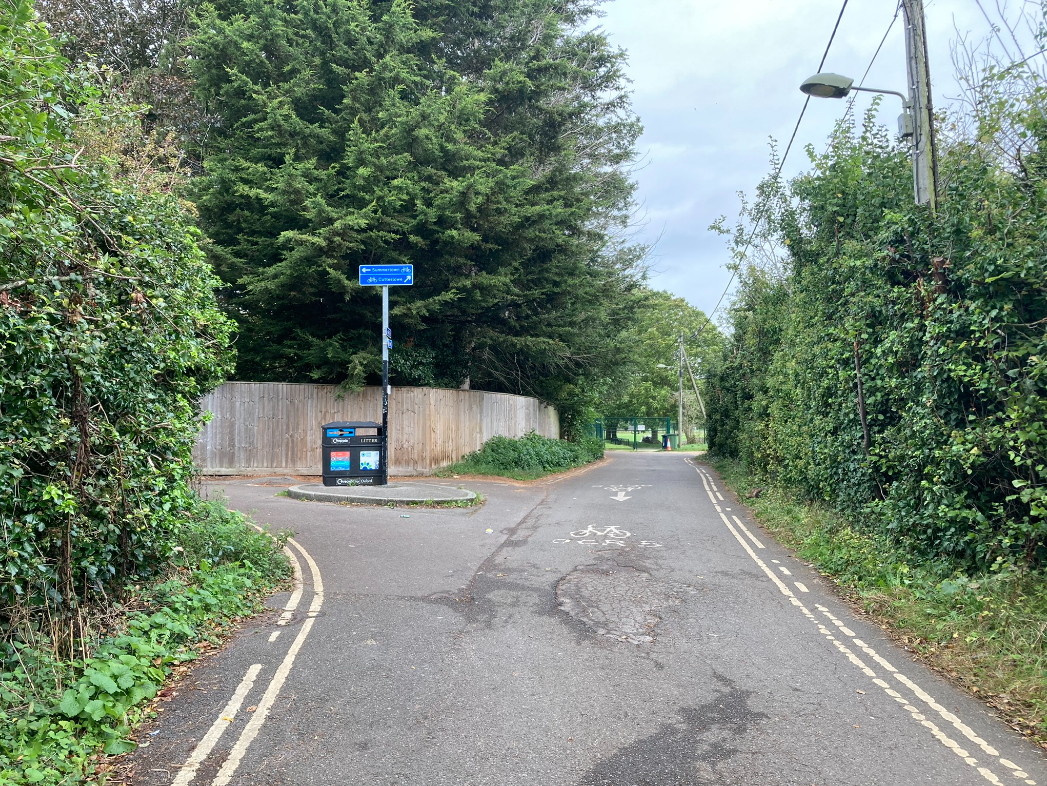
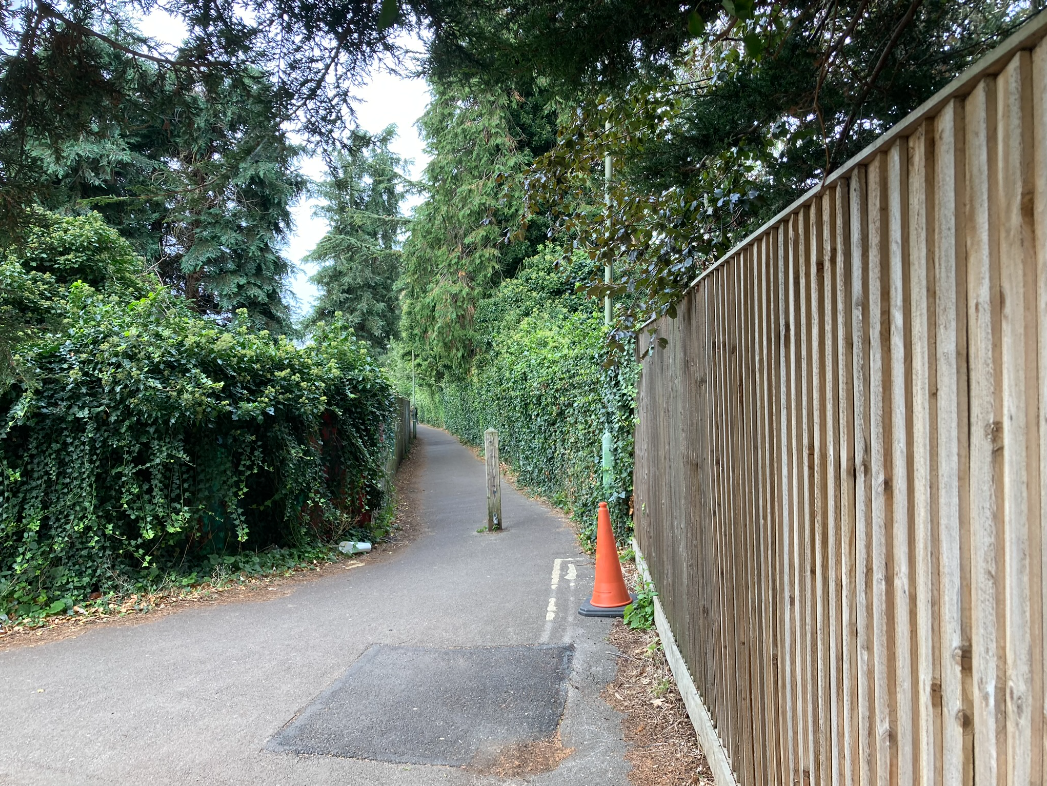
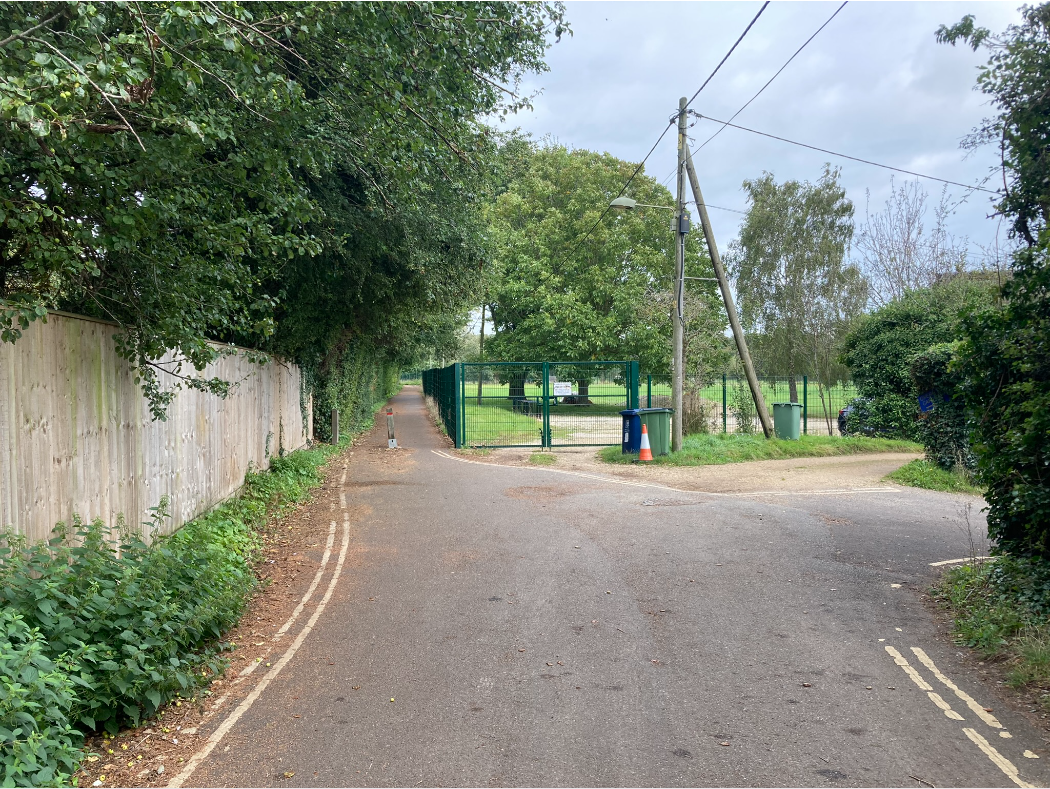
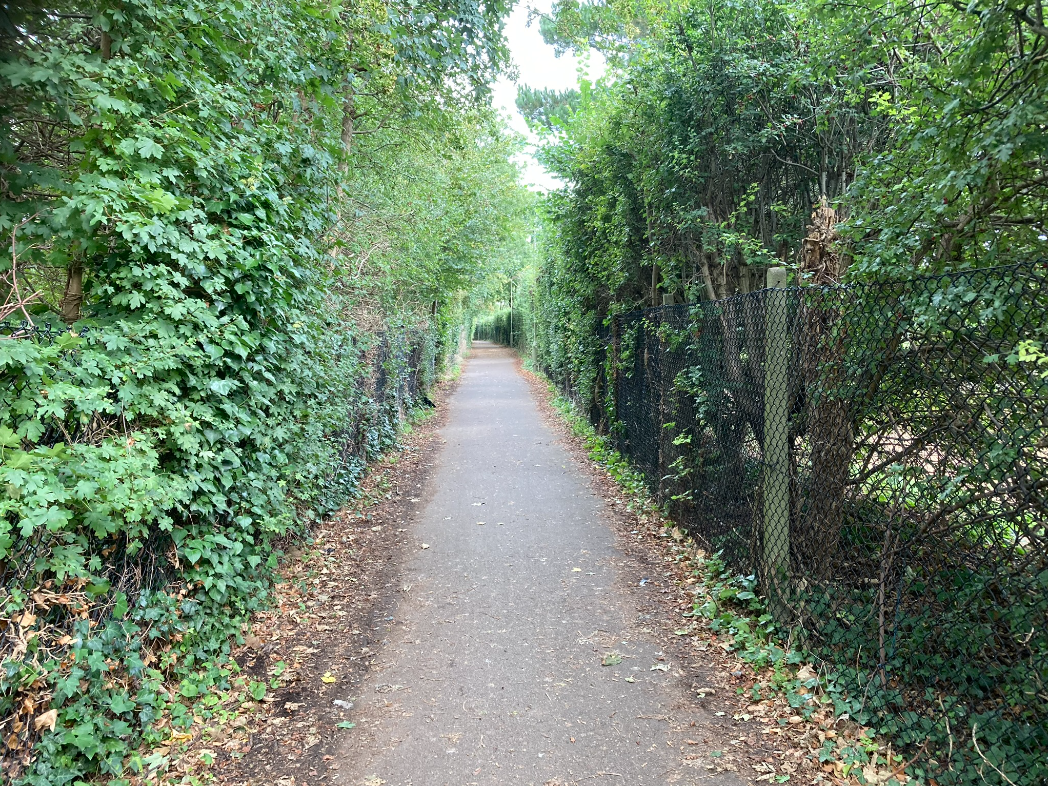
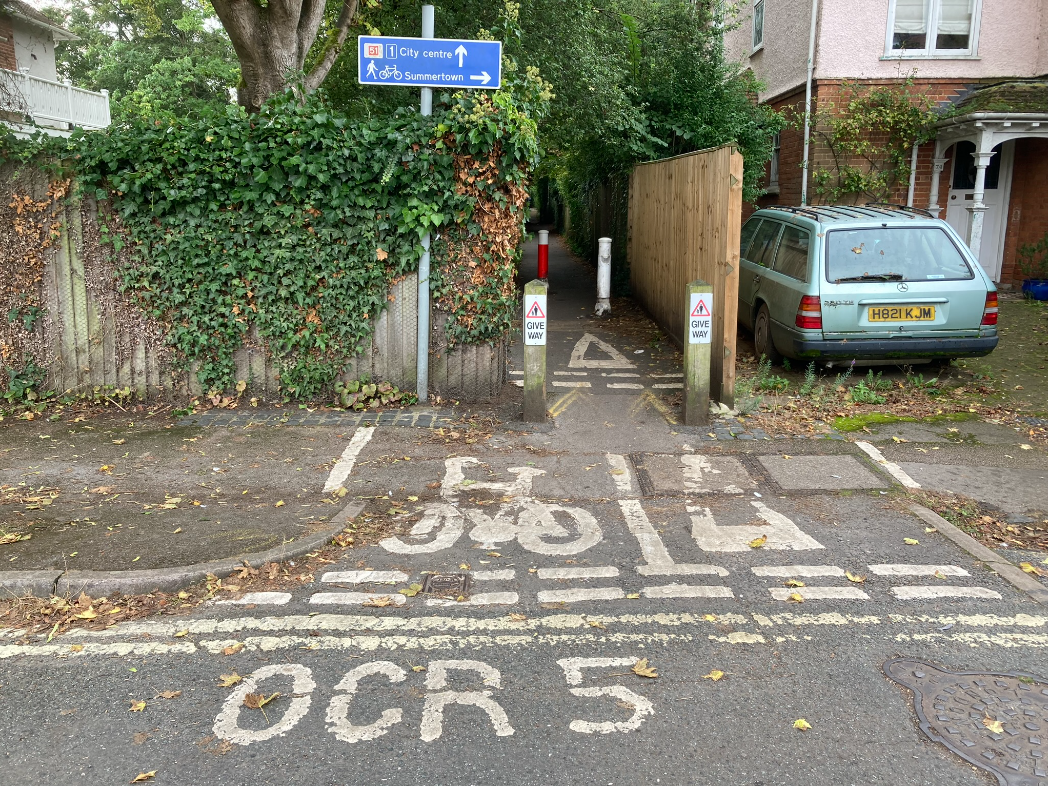
(Not forgetting that this same infrastructure also benefits pupils at fee-paying private schools such as Oxford High School, d’Overbroek’s, St Clare’s and Dragon School.)
And pupils going to SS Philip and James School in Jericho have the benefit of…
…the school being situated within an access-only neighbourhood (aka LTN) and a rising bollard at the end of Aristotle Lane during school-run times to prevent people from driving on the roads surrounding the school unless permitted…
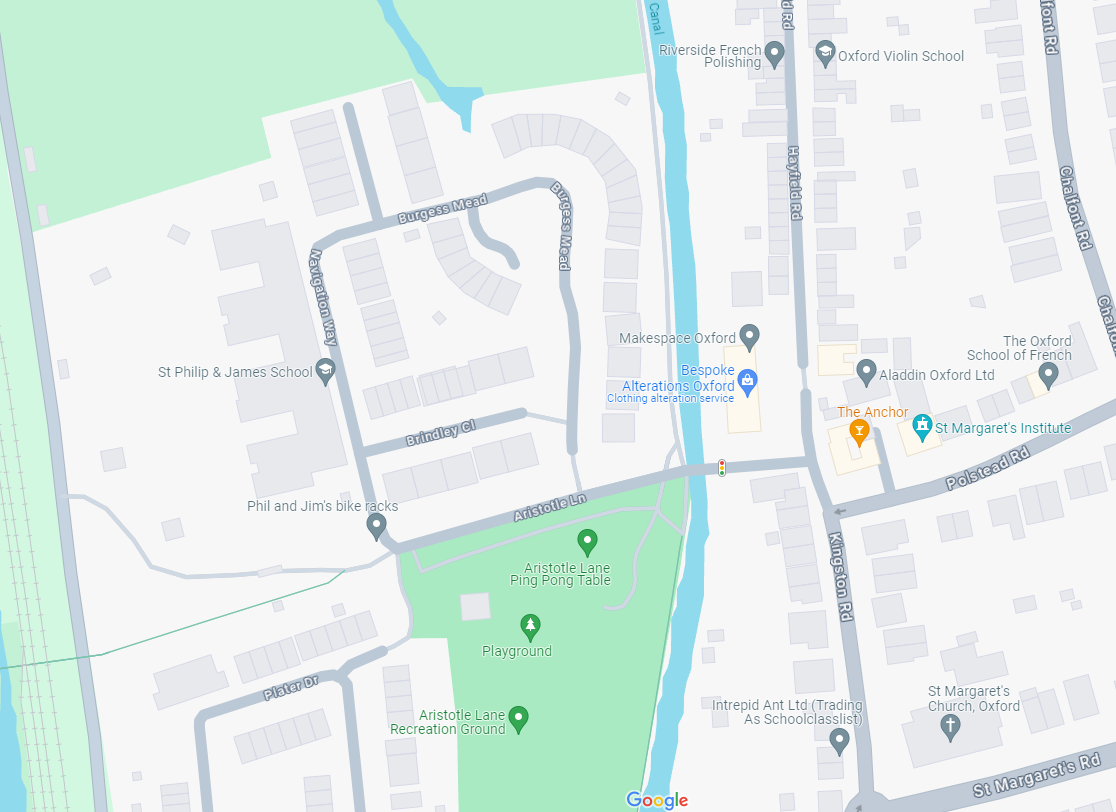
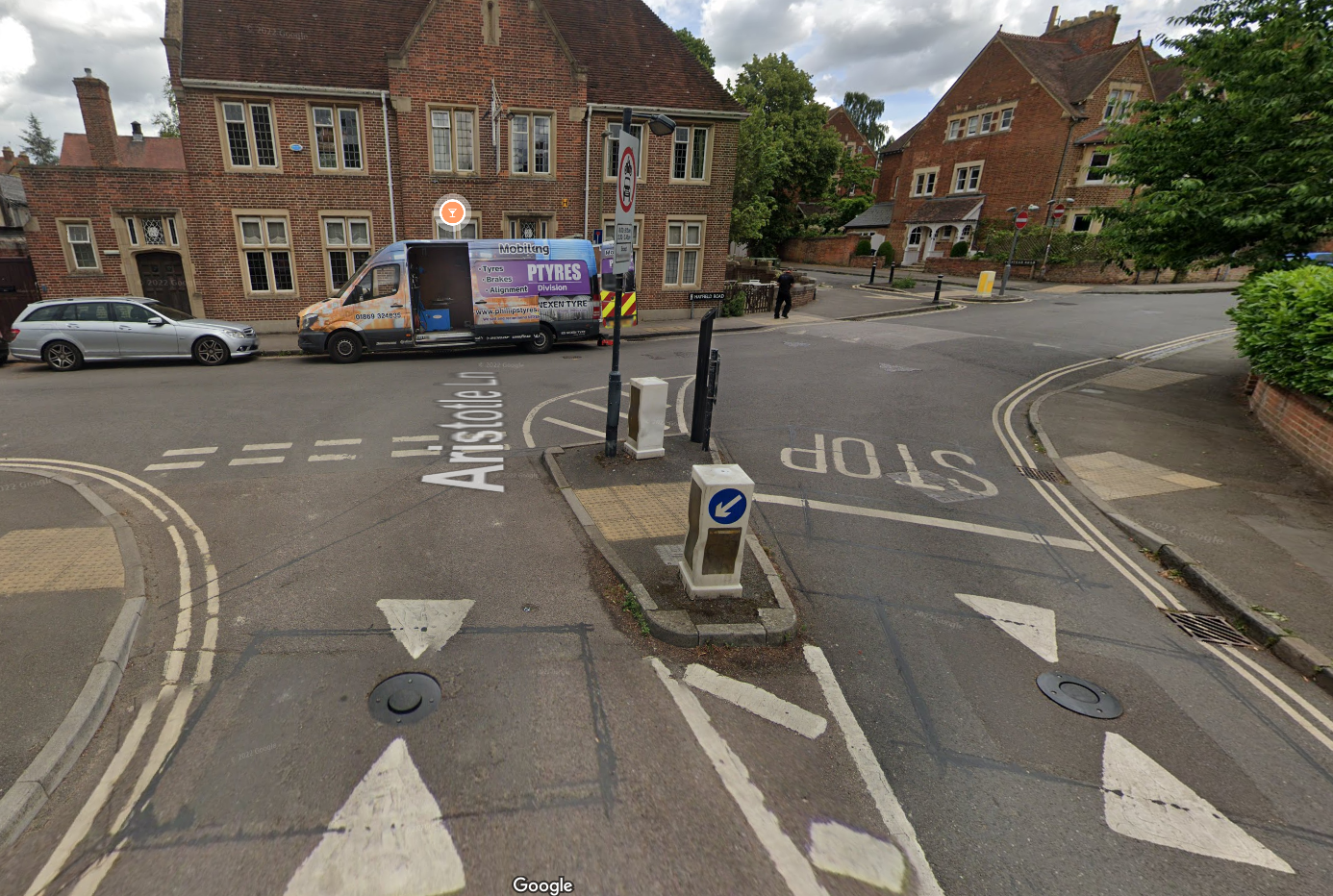
…‘quiet’ cycling route OXR1 running past the school on Hayfield Road and Kingston Road and many of the surrounding roads being low-traffic, thanks to:
- the Hayfield Road modal filter
- one-way traffic on Polstead Road and other nearby roads
- new housing developments being built as low-traffic neighbourhoods
providing multiple safe, low-traffic routes to the school…
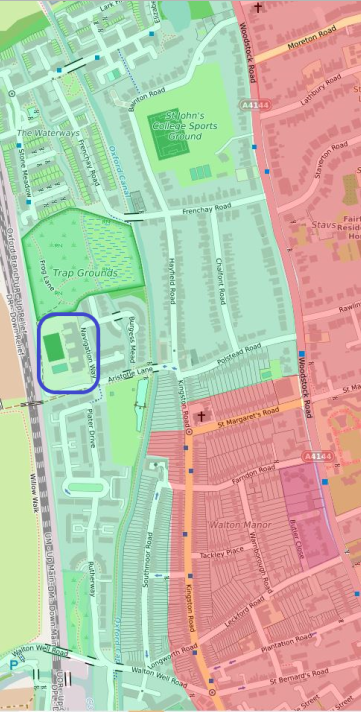
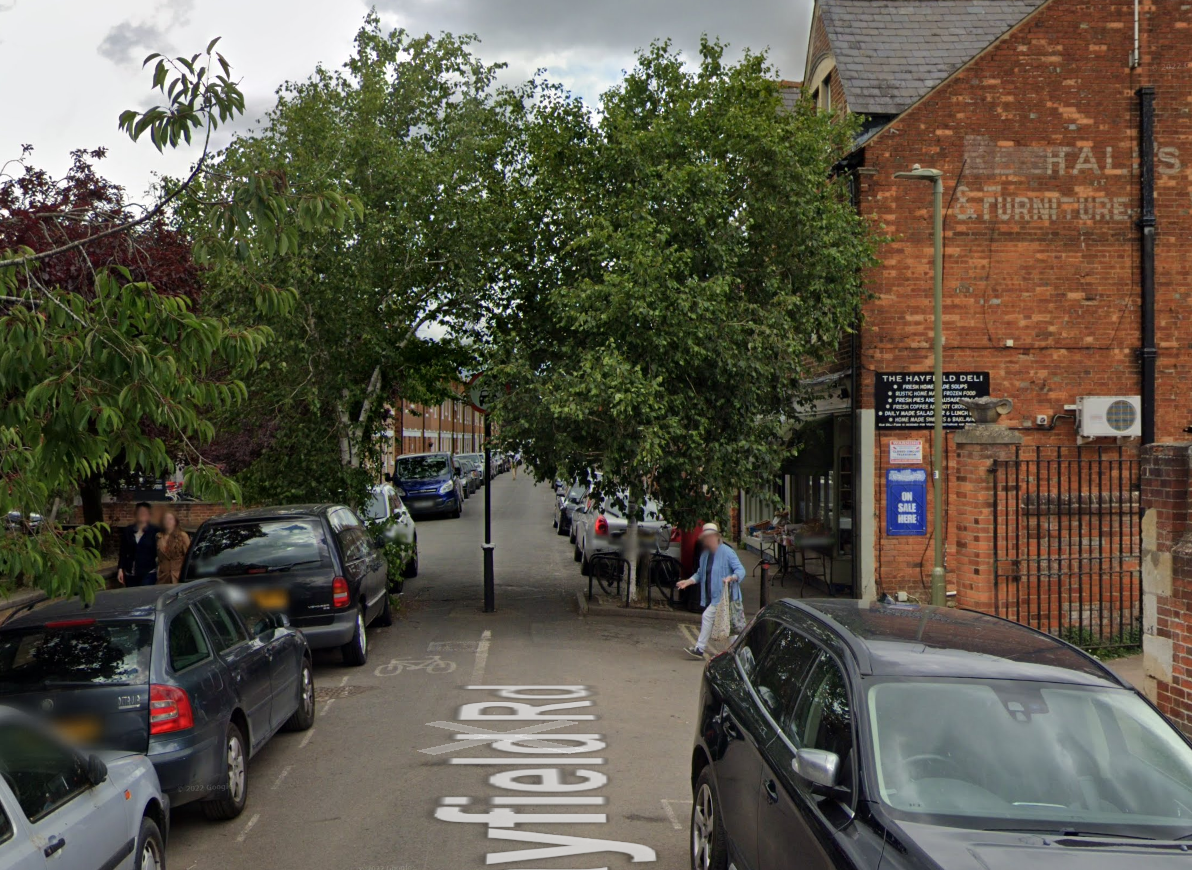
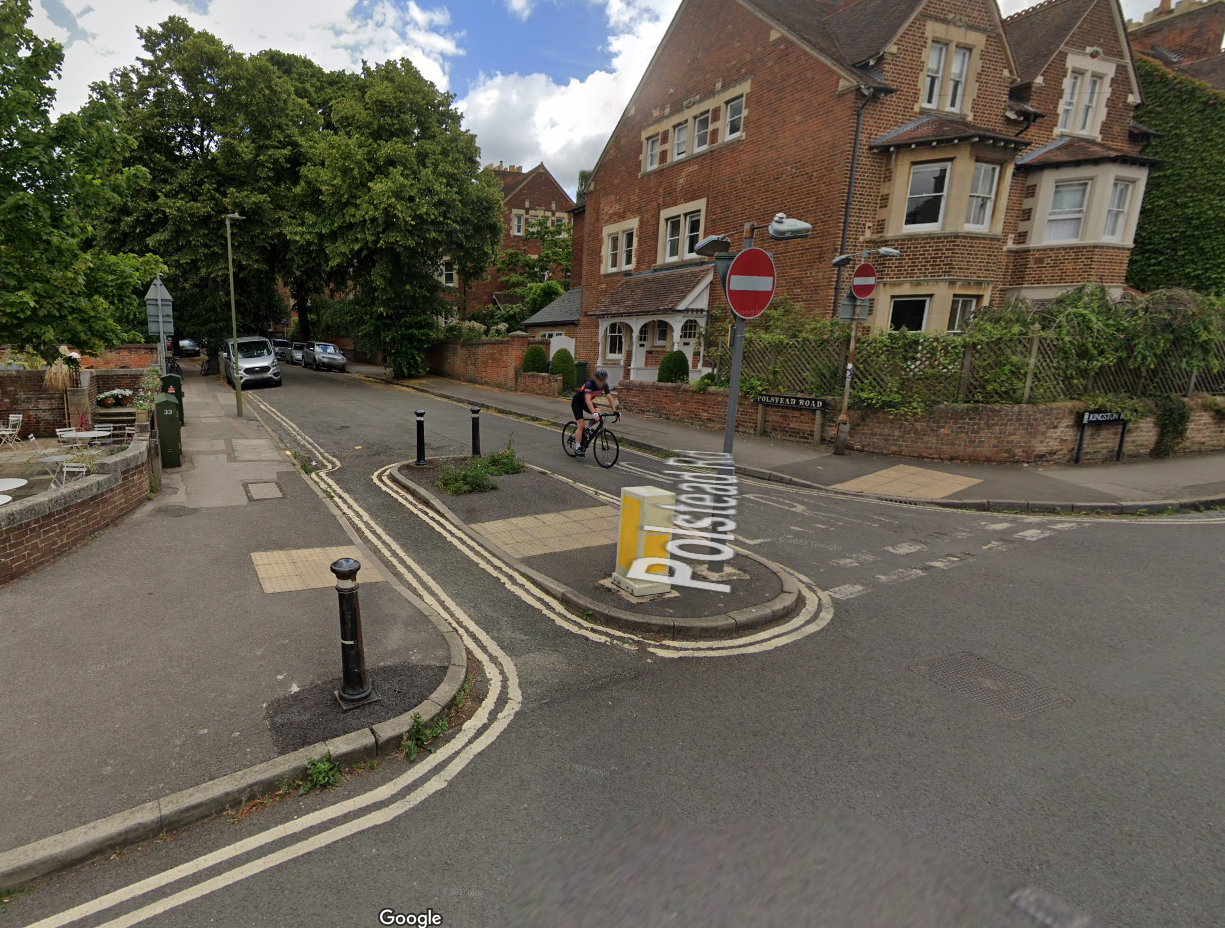
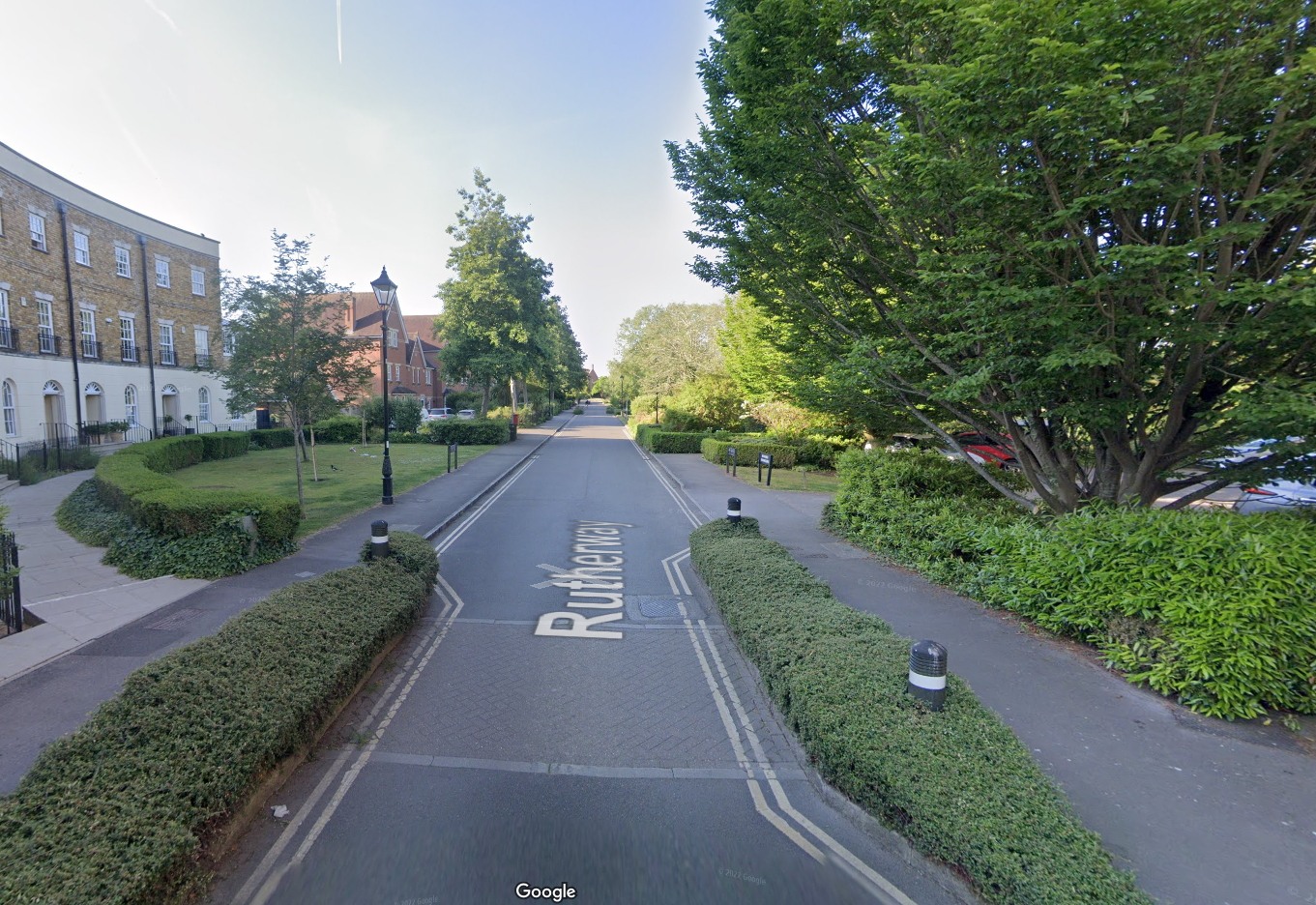
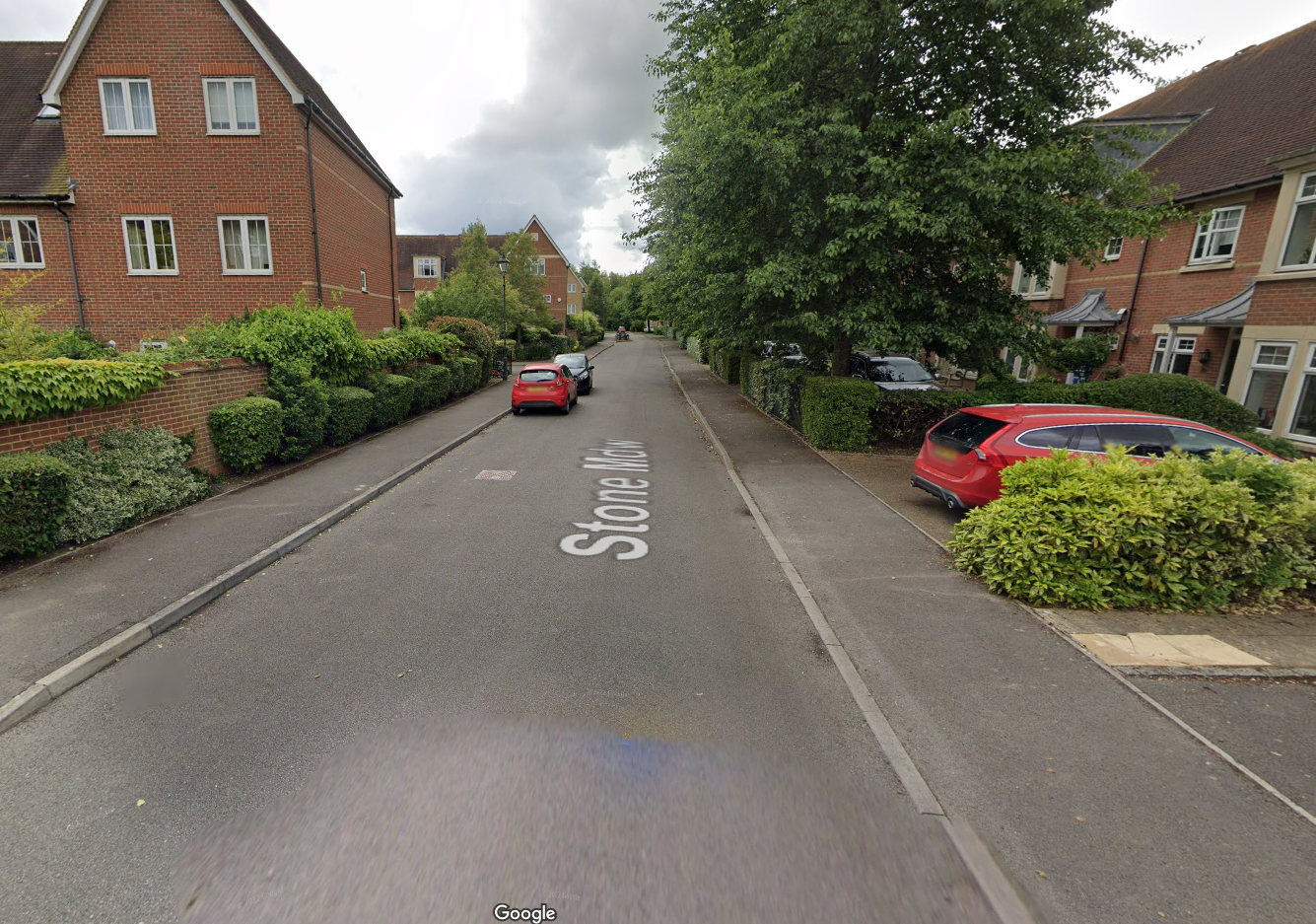
And pupils at Cutteslowe Primary School benefit from:
- the school being situated in an LTN and on ‘quiet’ cycling route OXR5
- all the Cutteslowe roads leading to the school being LTN roads, and
- the pedestrian/cycle bridge over the A40 Elsfield Way enabling people to walk and cycle across the ring road safely and without delay:
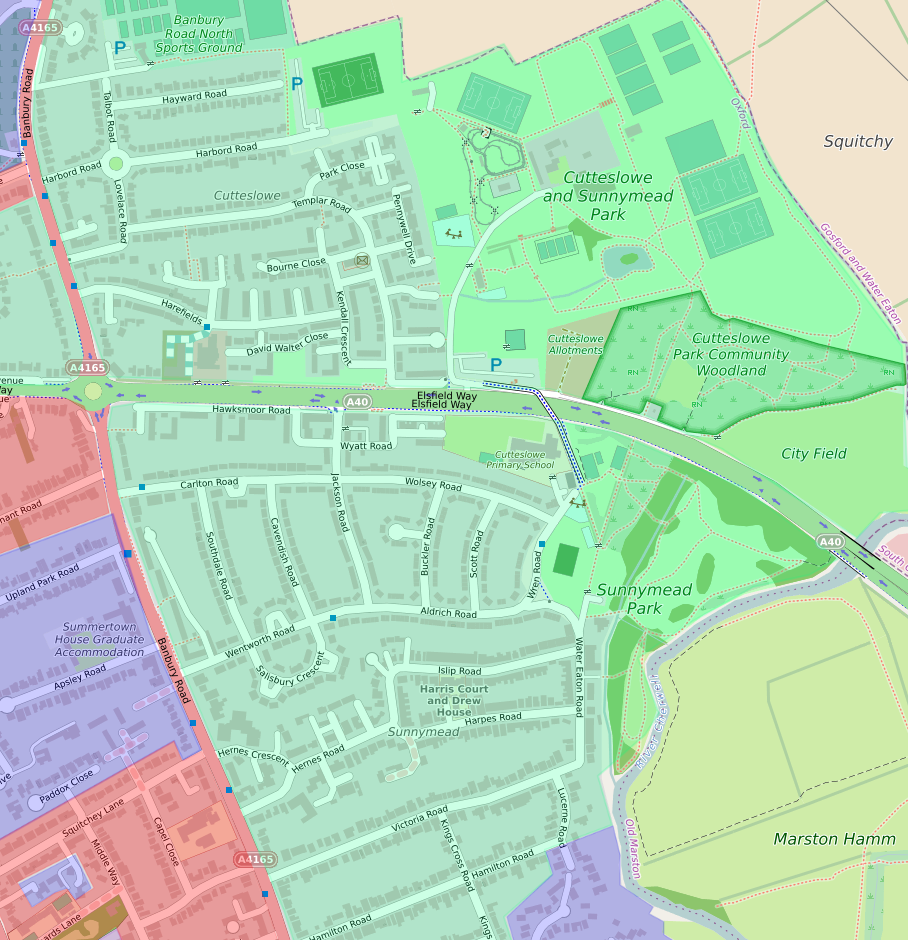
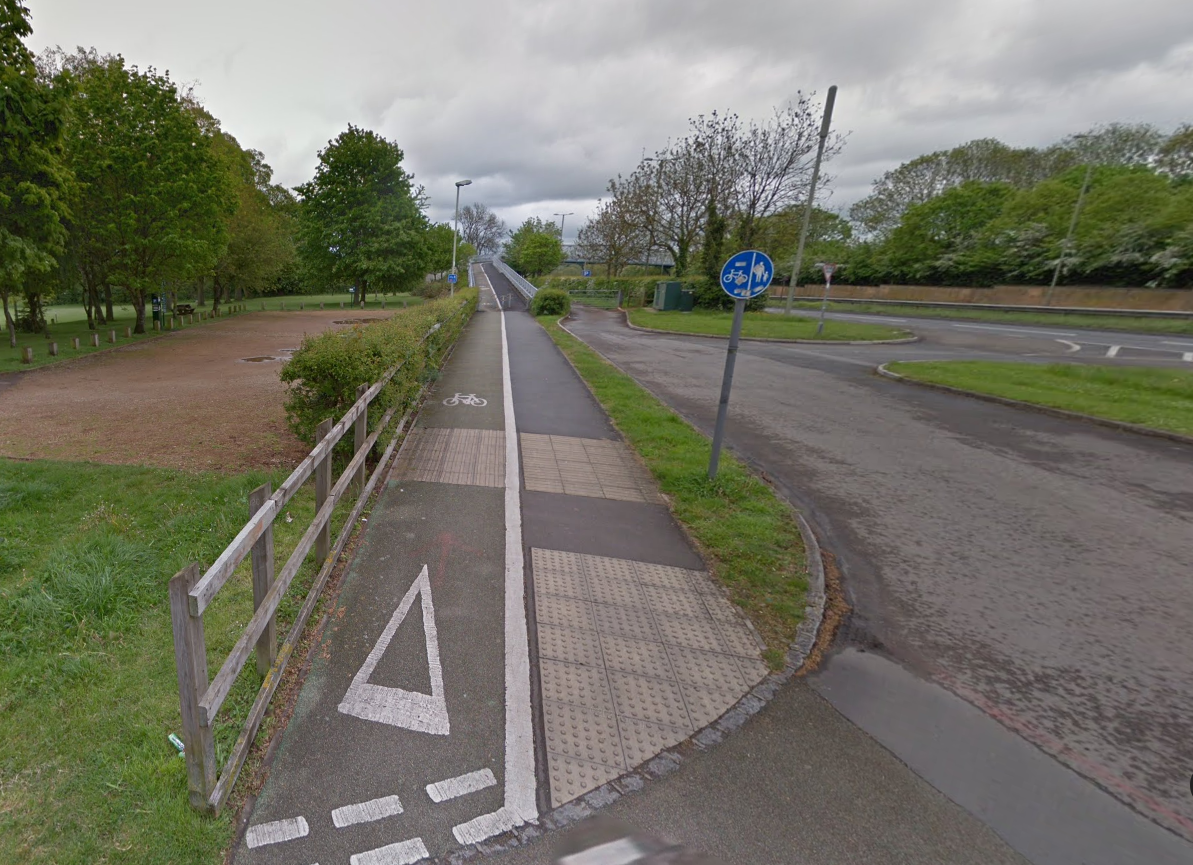
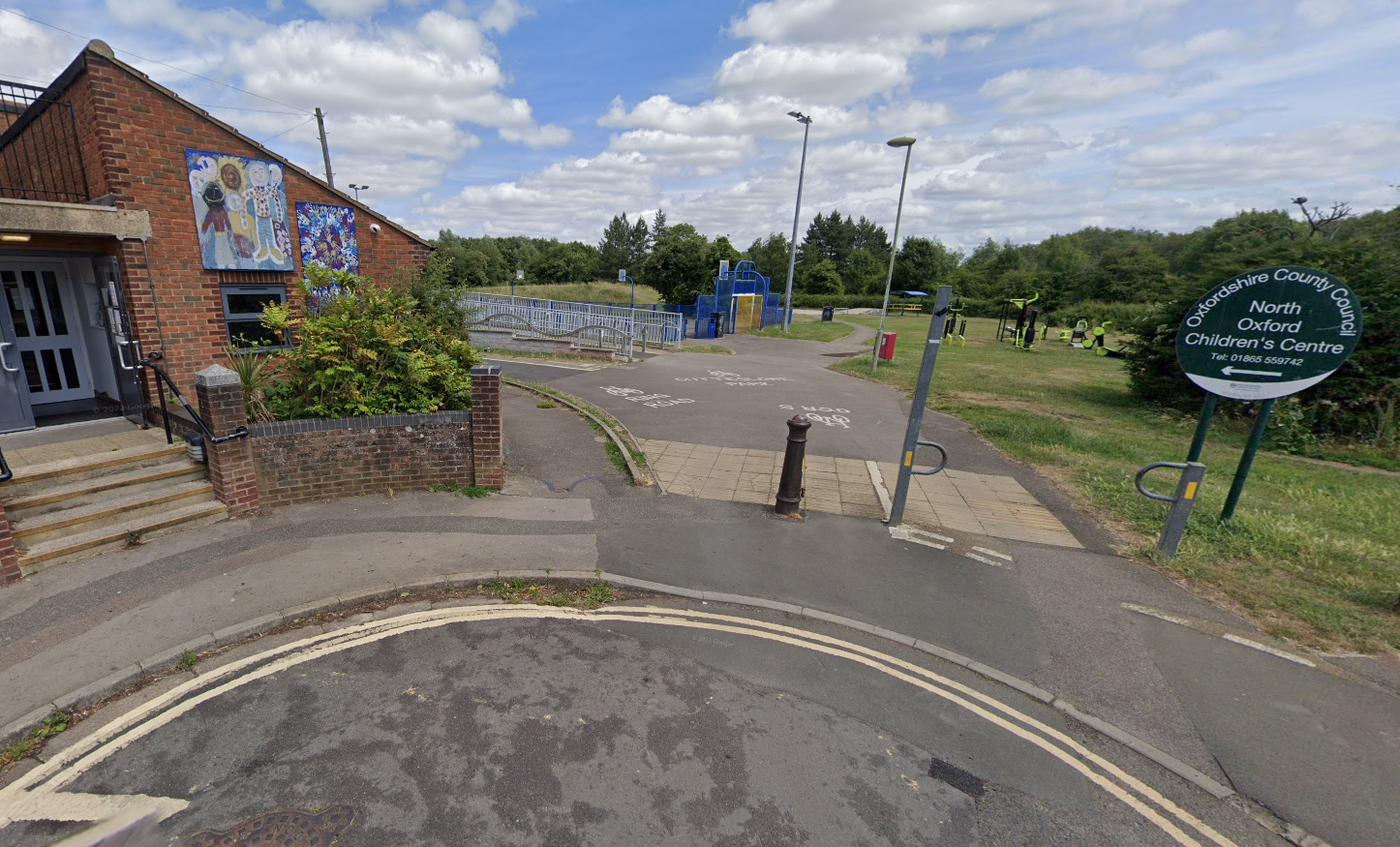
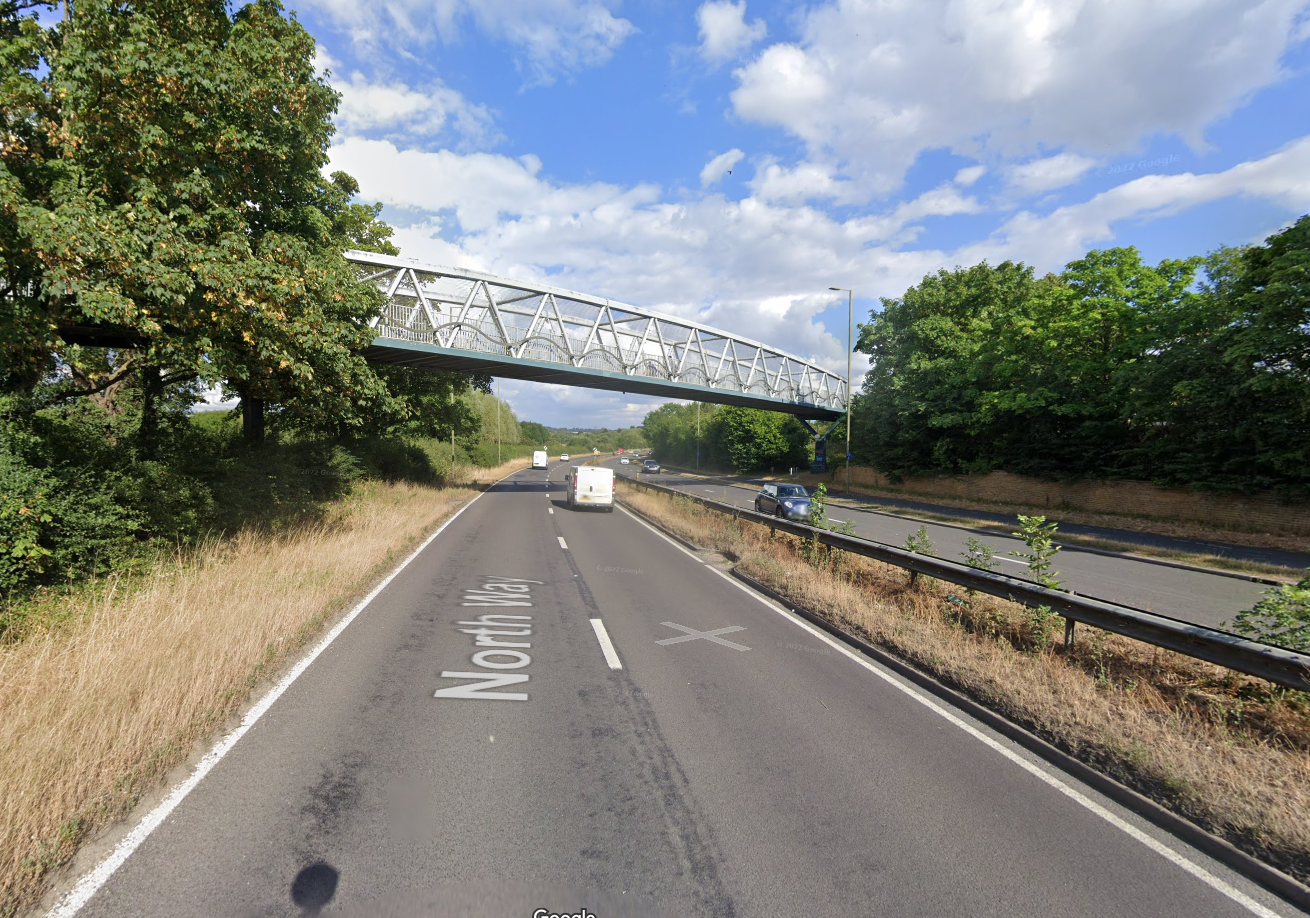
And children attending schools in East Oxford and Cowley, such as East Oxford Primary School, Larkrise Primary School, Oxford Spires Academy, SS Mary and John Primary School, St Christopher’s Primary School, Tyndale Community School, St Frideswides Primary School and Greyfriars School have the benefit of…
…the bollard-protected Meadow Lane walking and cycling route…
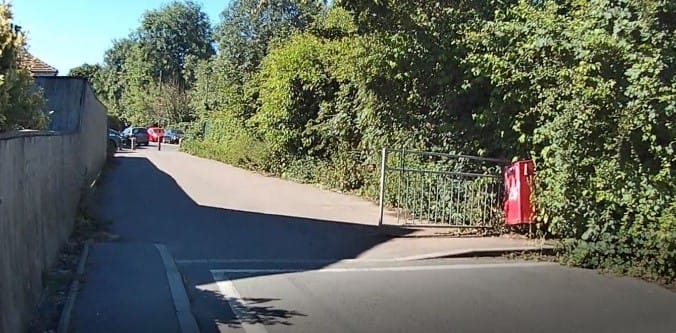
…the bollard-protected Barracks Lane walking and cycling route…
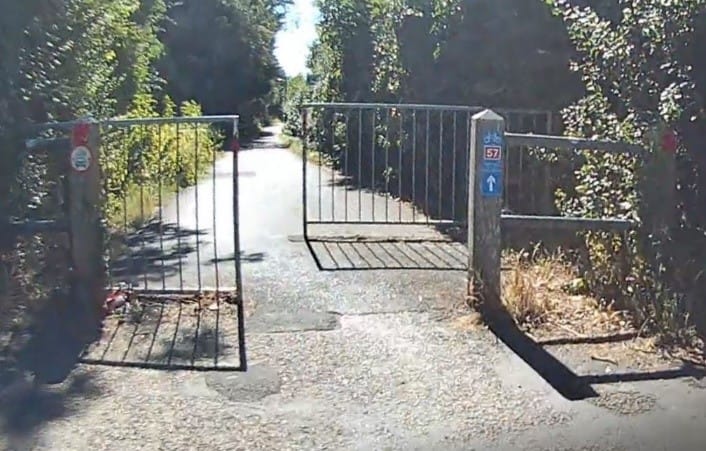
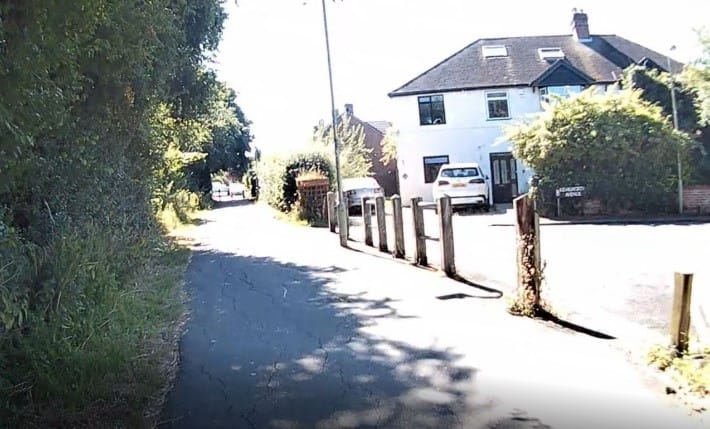
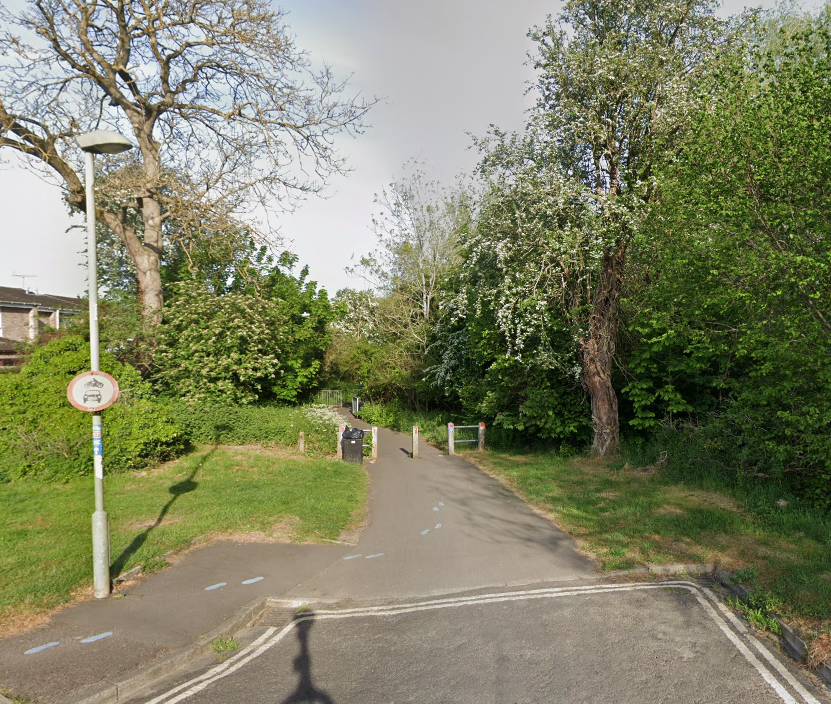
…the bollard-protected walking and cycling route between Collins Street and Union Street that runs past East Oxford Primary School…
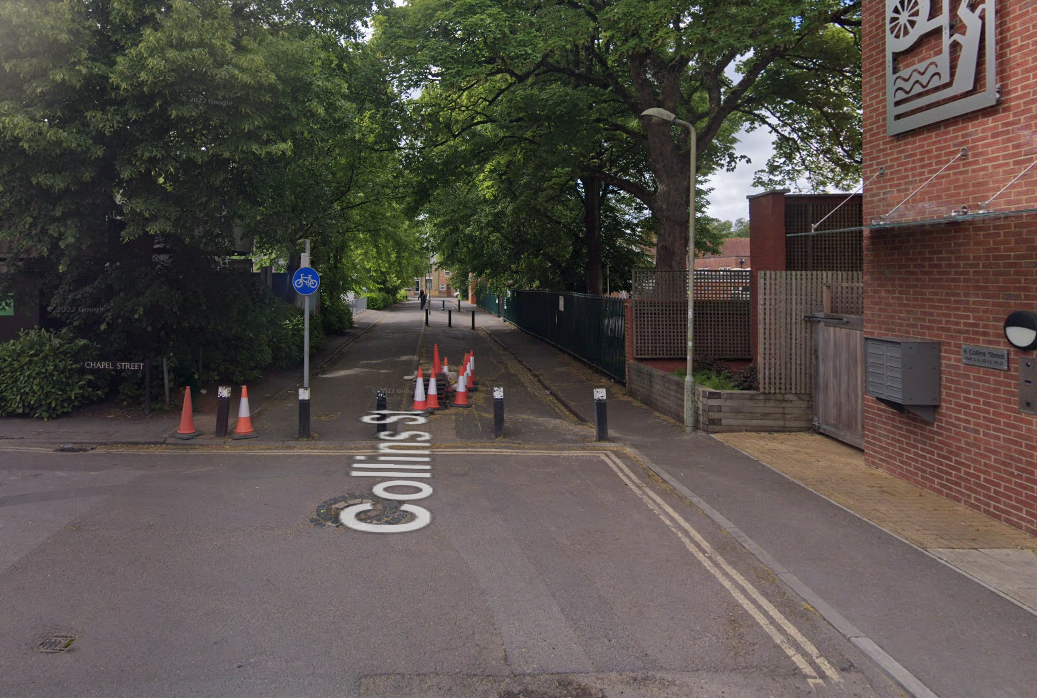
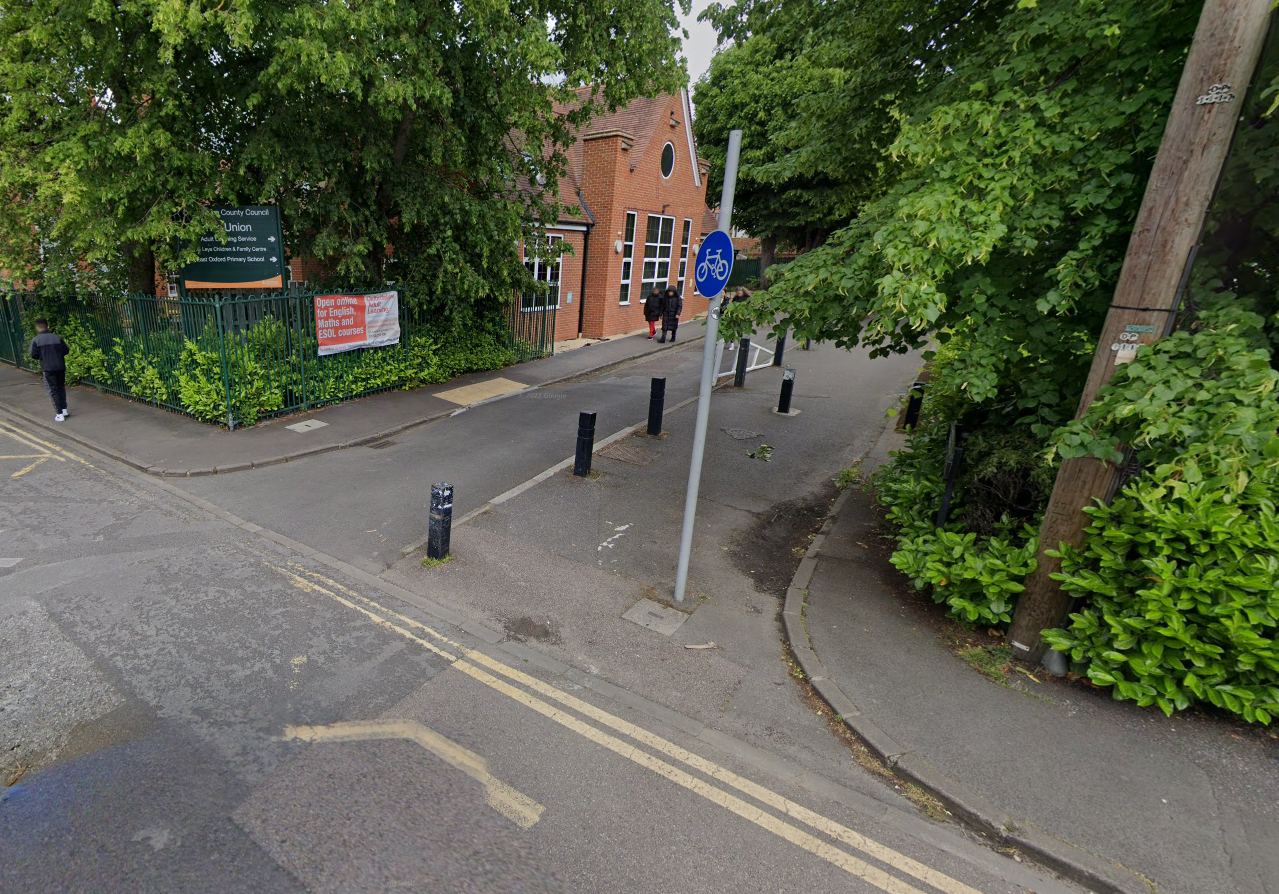
…the modal filters from the 1980s on Collins Street, Union Street and East Avenue around East Oxford Primary School…
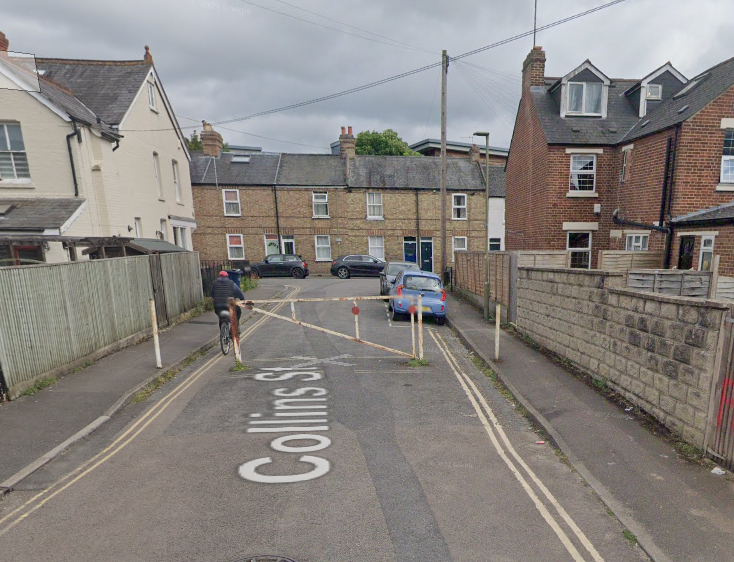
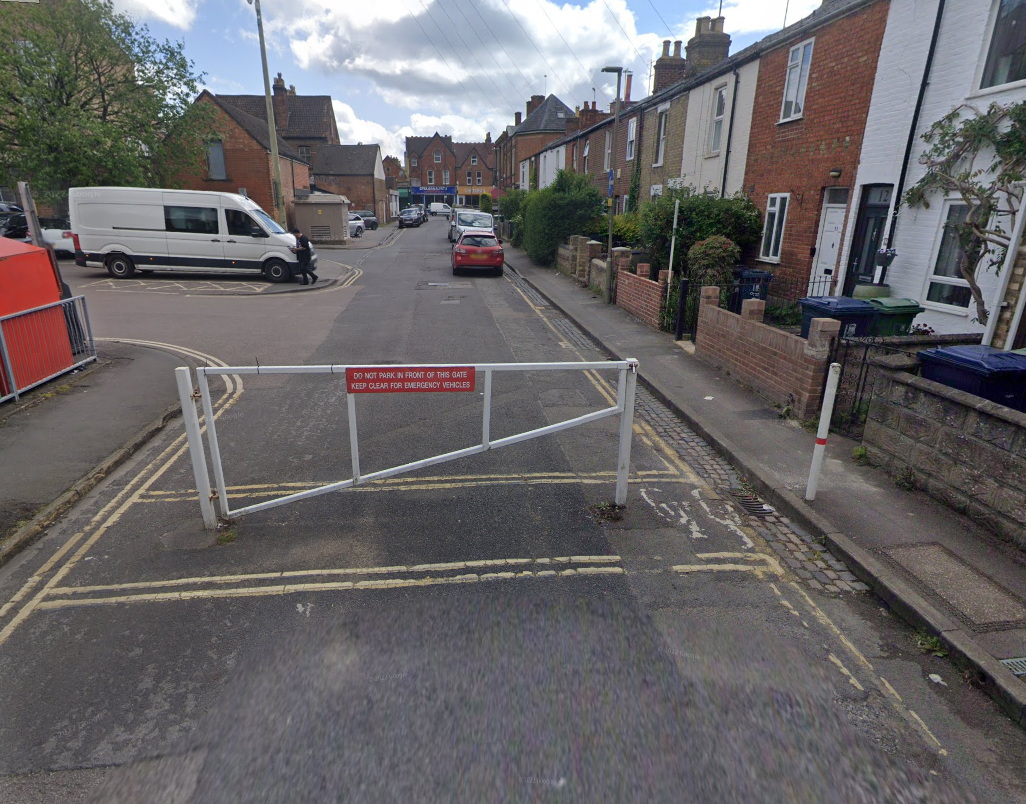
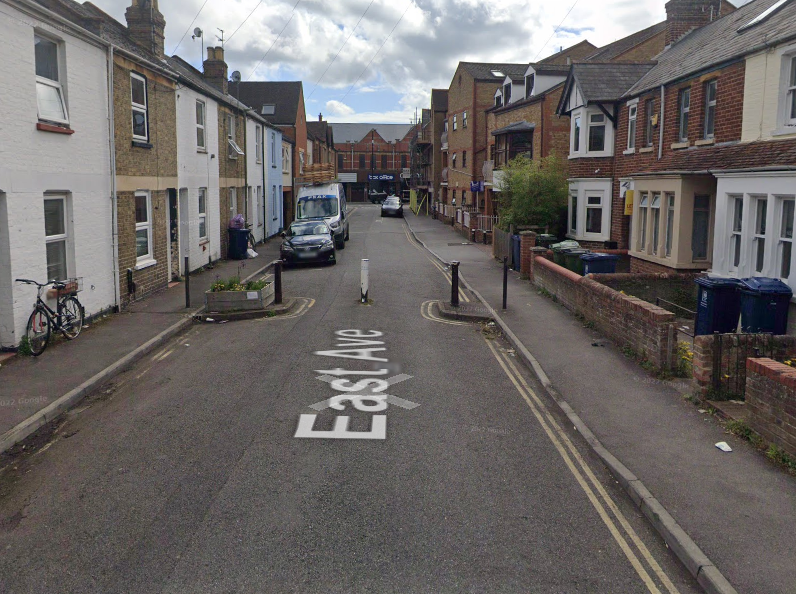
…every minor residential road between and off Cowley Road, Iffley Road, Hollow Way, Between Towns Road and Church Cowley Road being low-traffic/access-only thanks to the new Cowley and East Oxford LTNs and a large number of historic LTNs…
…and every school being situated within one of those LTNs (with the exception of Our Lady’s Primary School)…
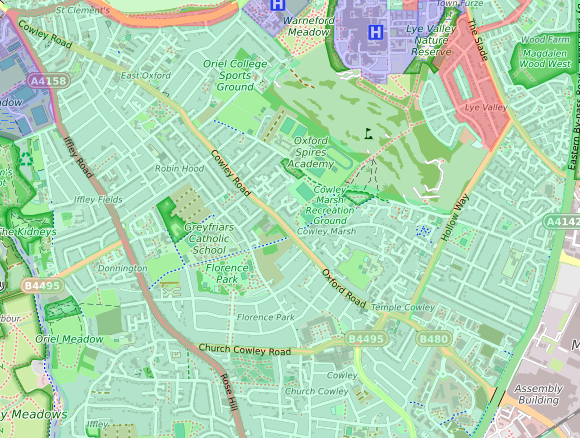
And pupils travelling to Oxford Academy in Littlemore have the benefit of…
…some of the best sections of the Ring Road cycle path on the OXC cycling and walking route…
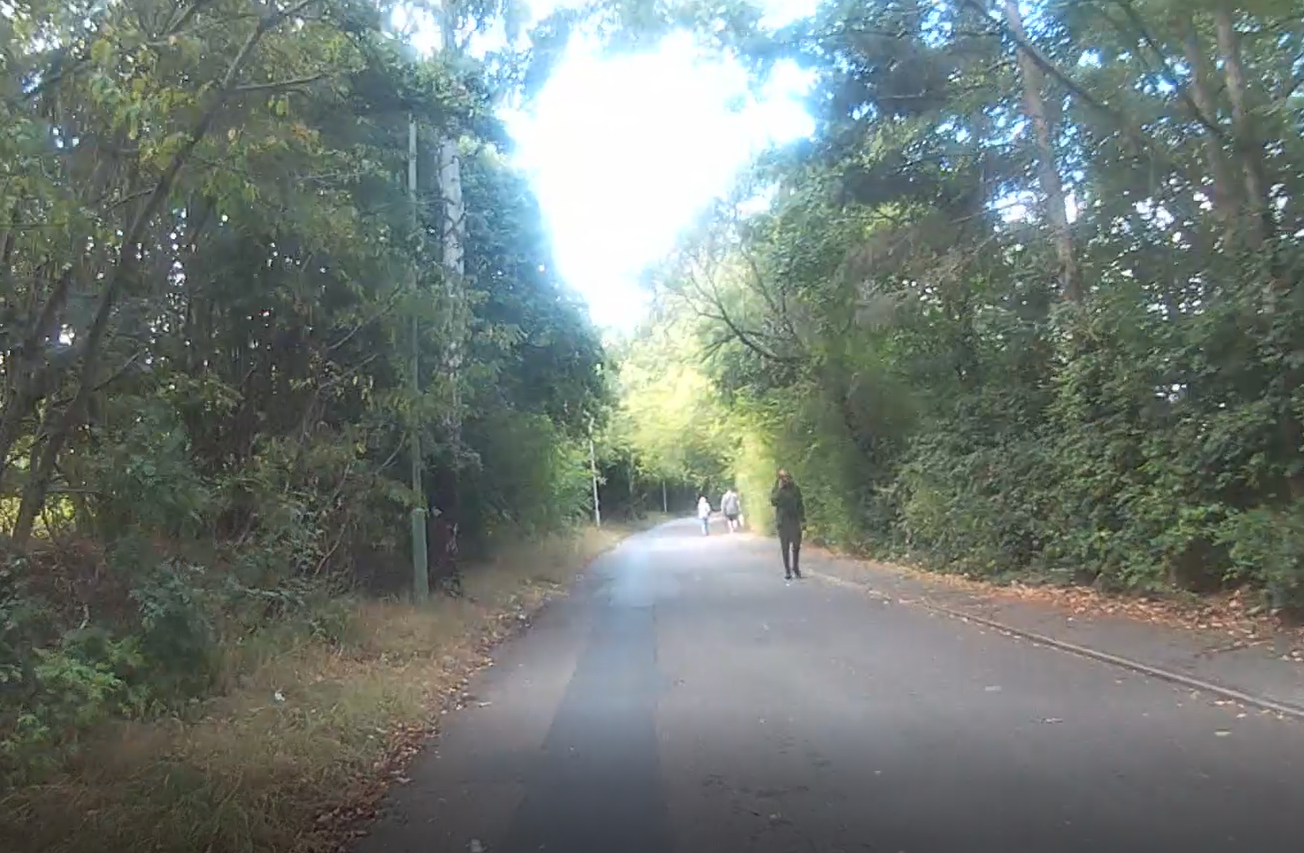
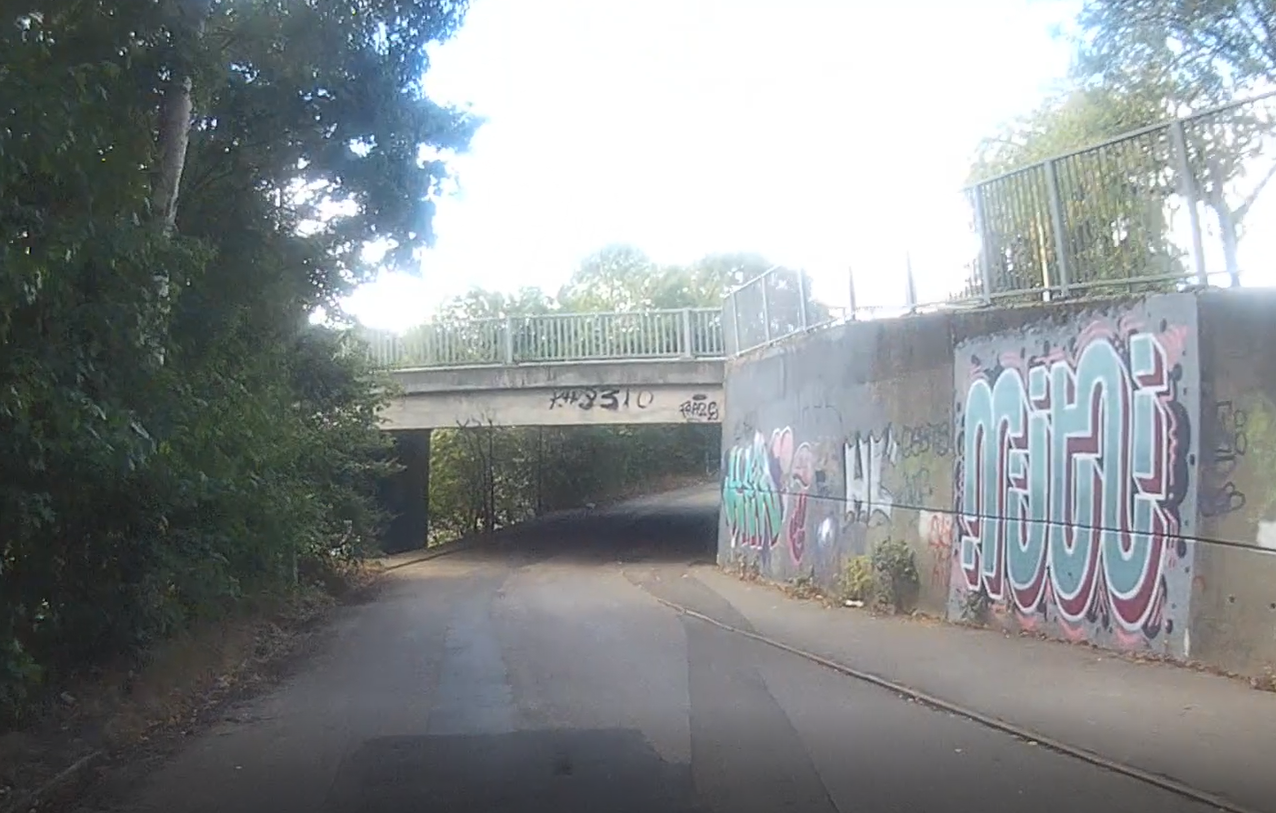
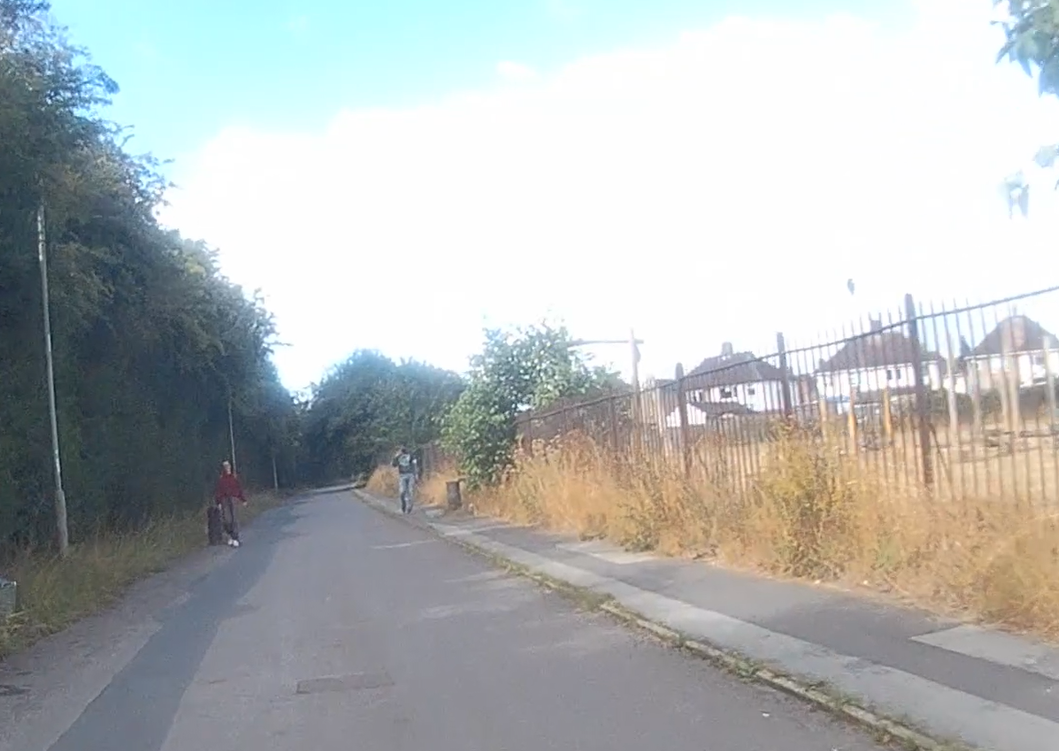
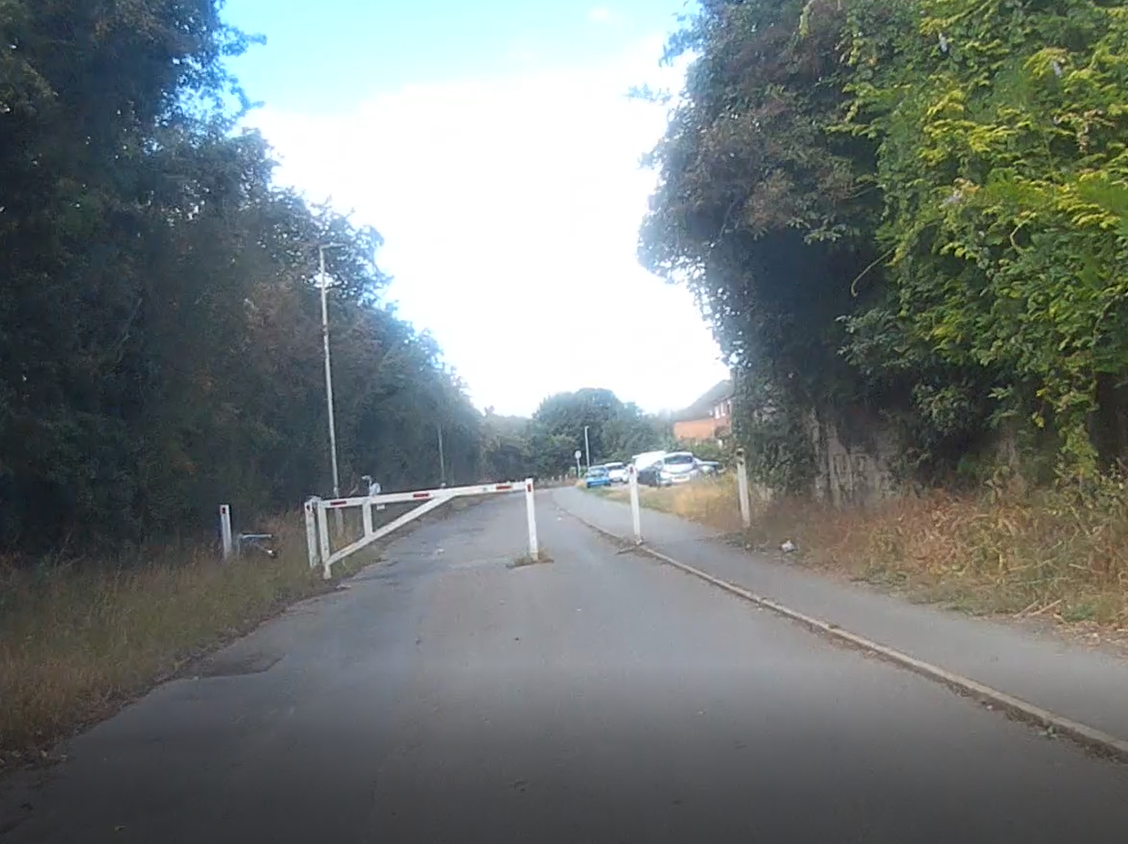
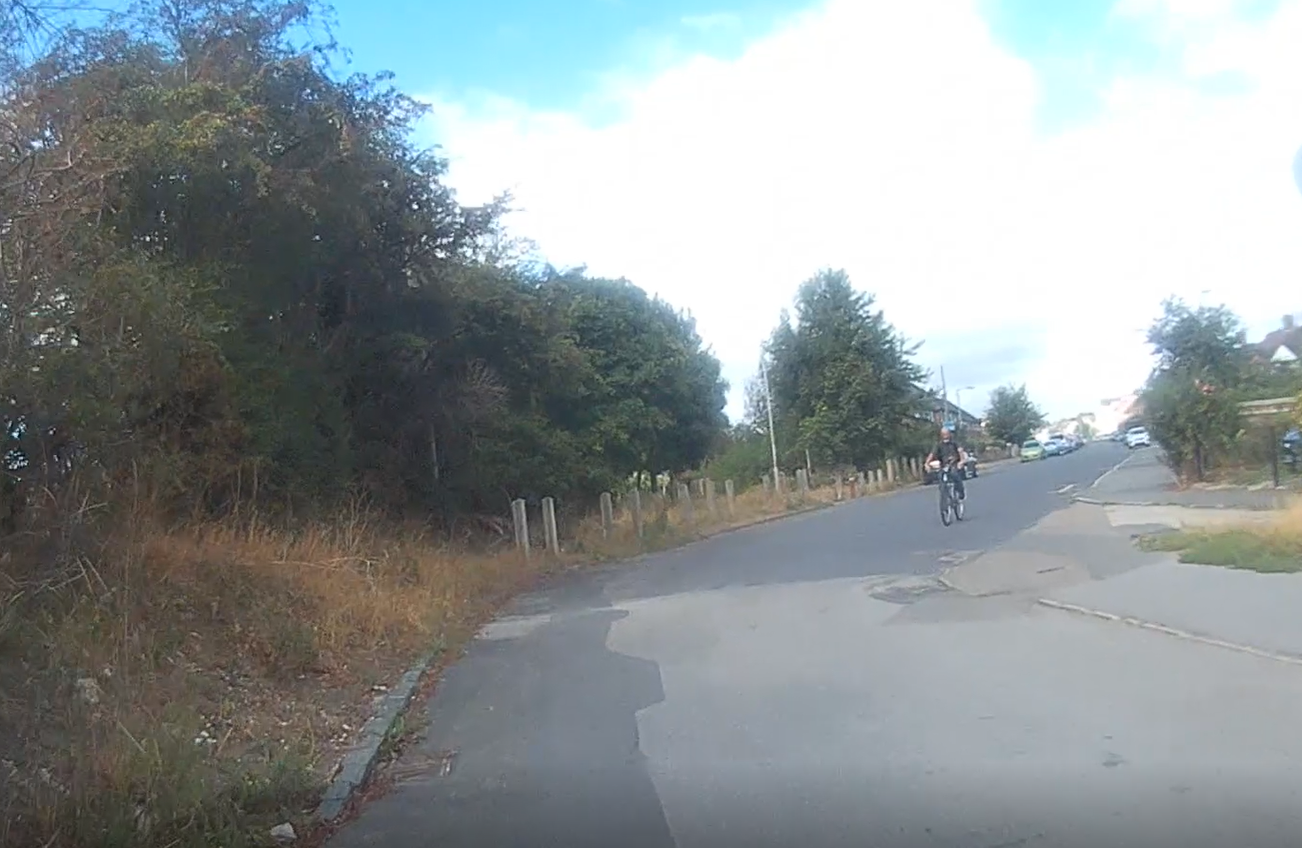
…a clearly-signposted and bollard-protected route on the OXE12 walking and cycling route direct to the school site…
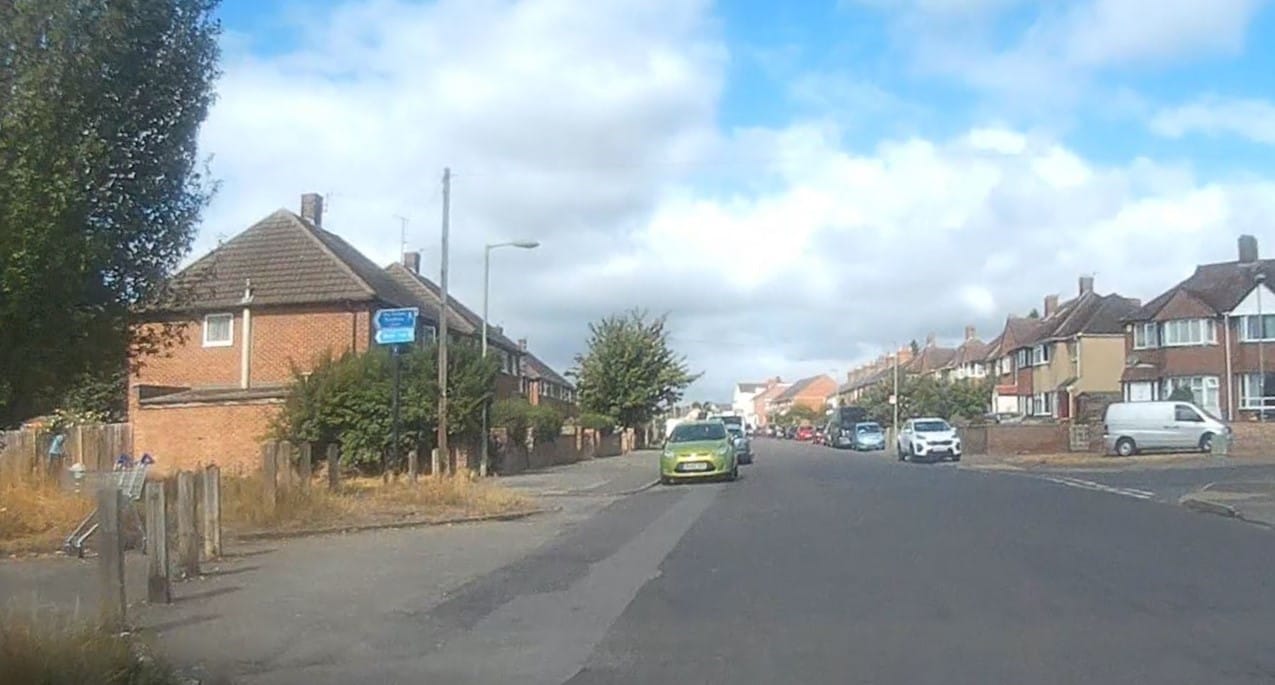
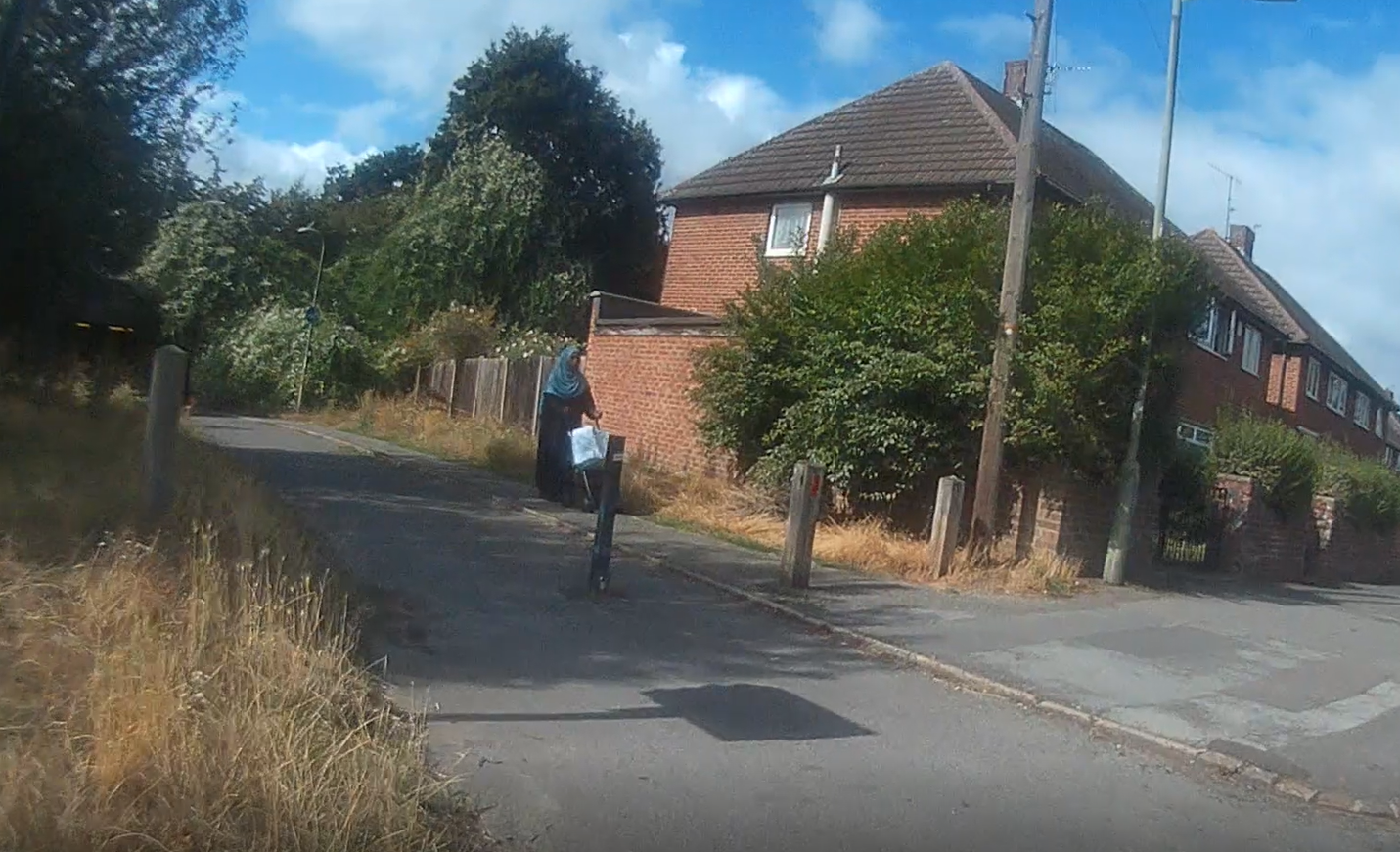
…a bollard-protected subway on the OXE12 cycling and walking route to enable pupils to cross the Ring Road safely and without delay…
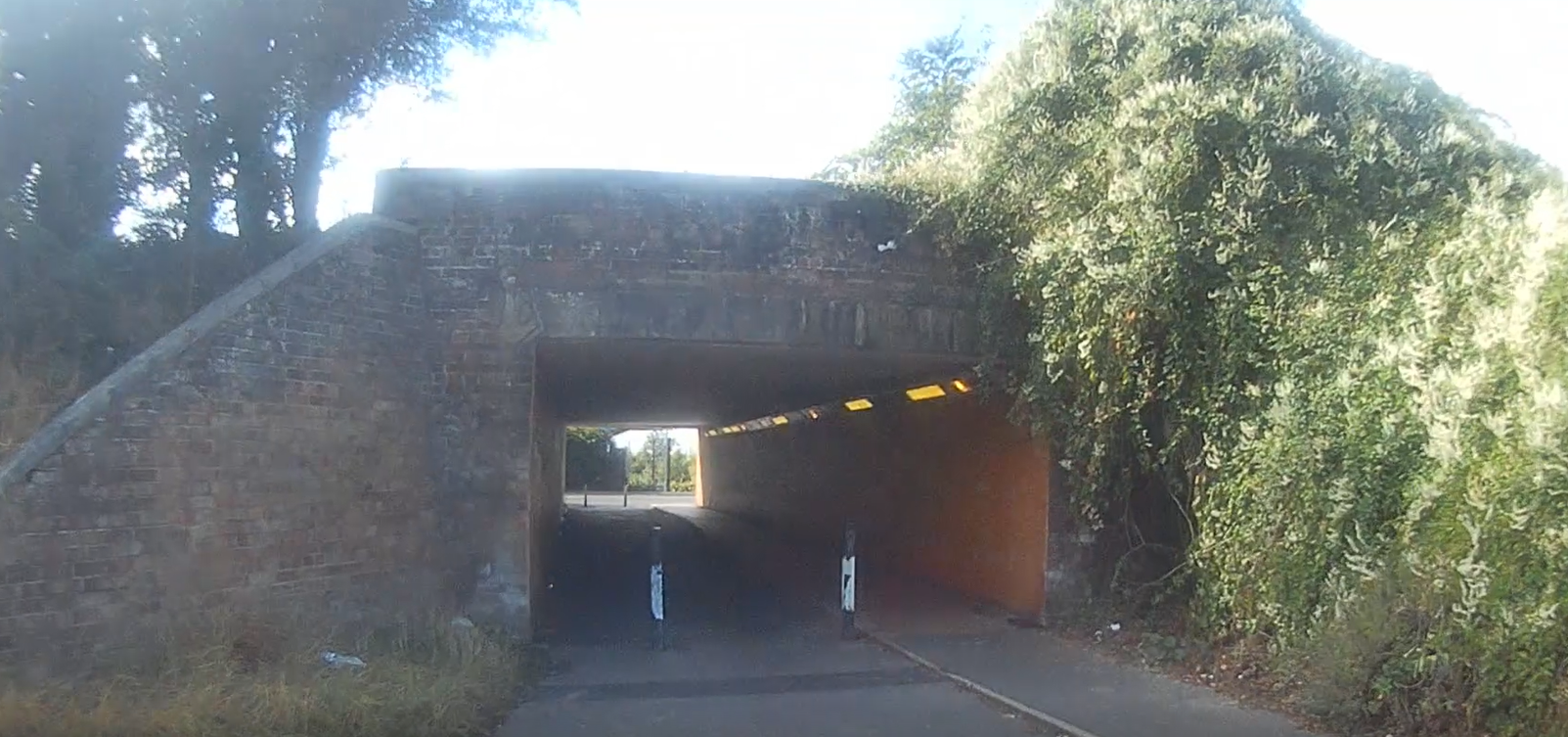
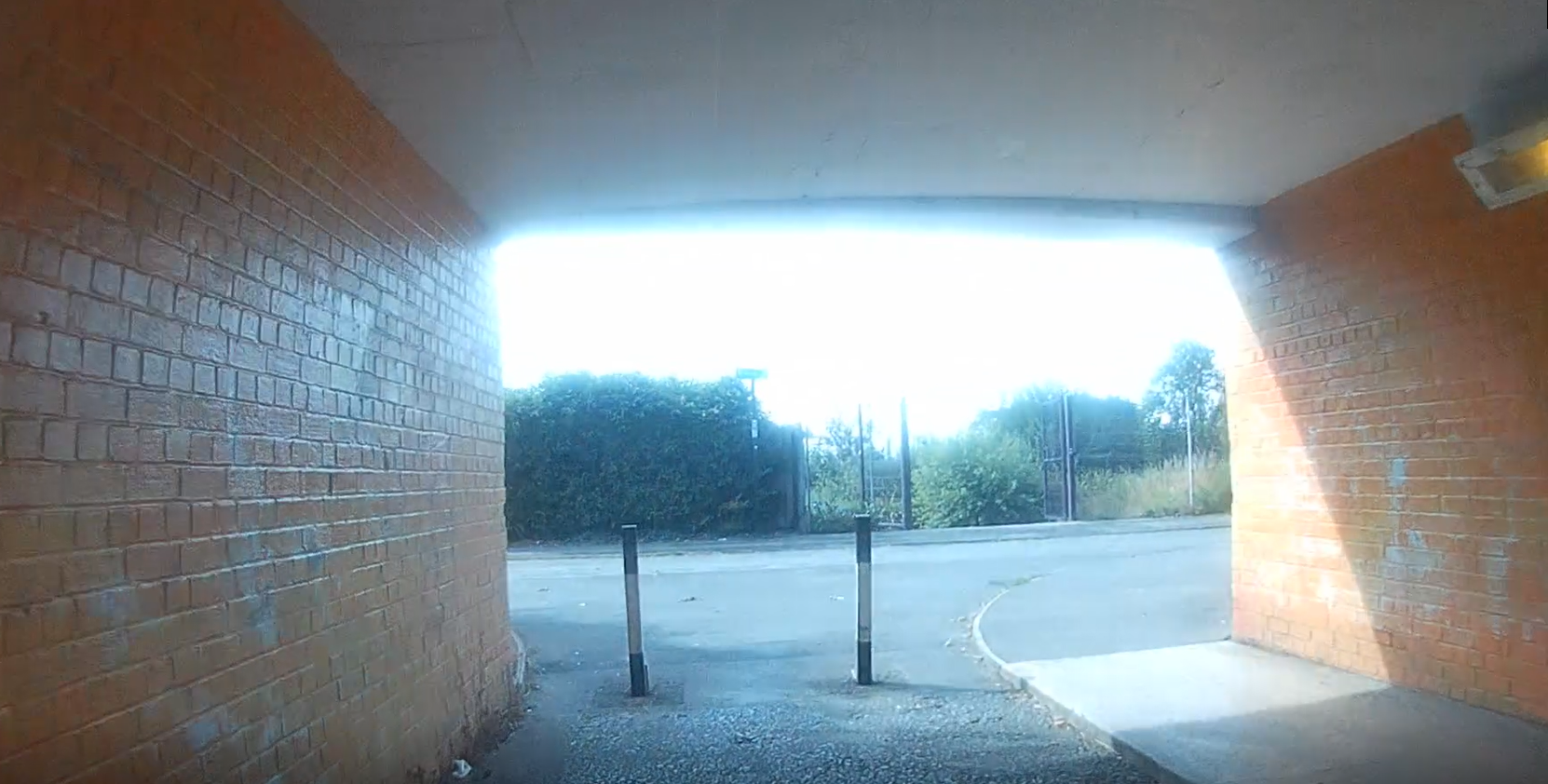
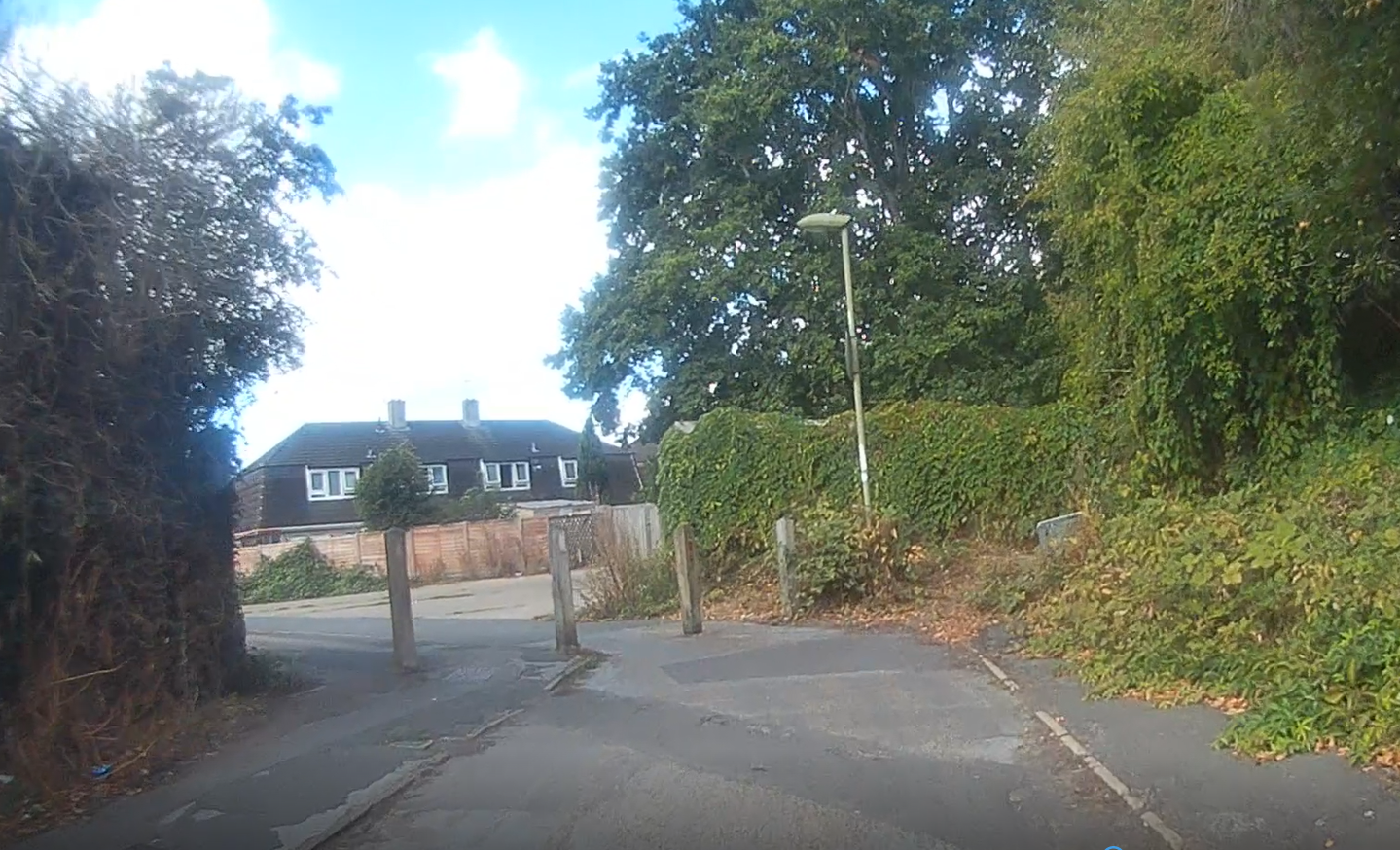
…and lots of low-traffic roads and car-free routes around and leading to the school site.
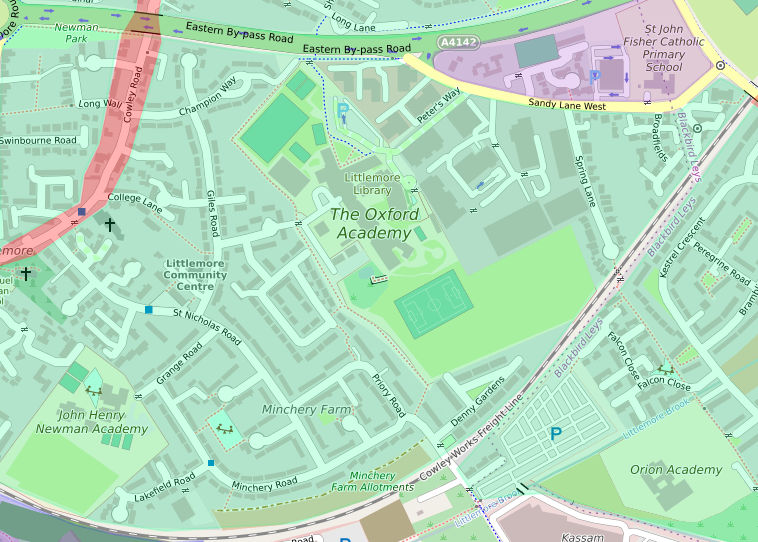
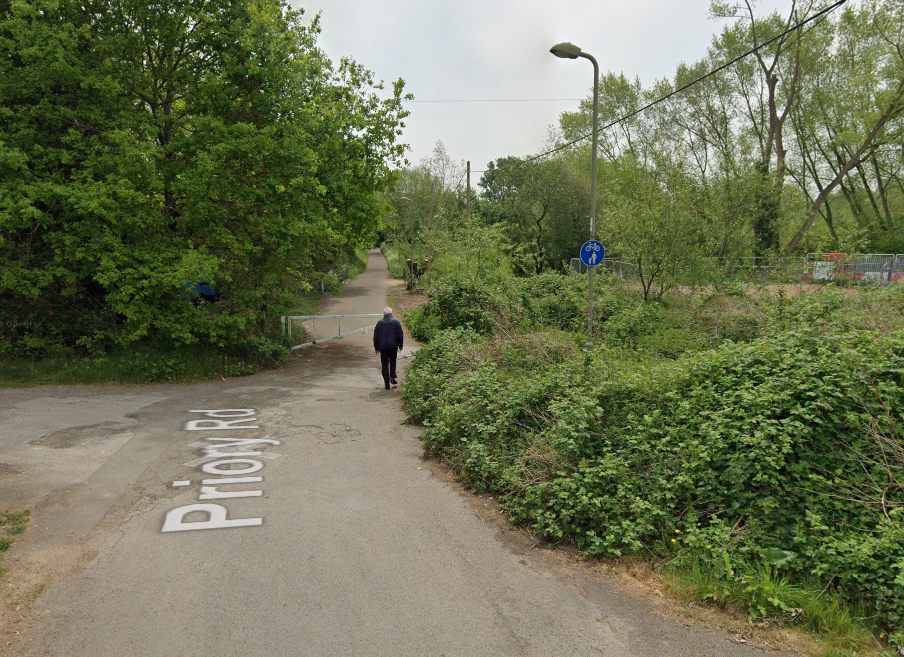
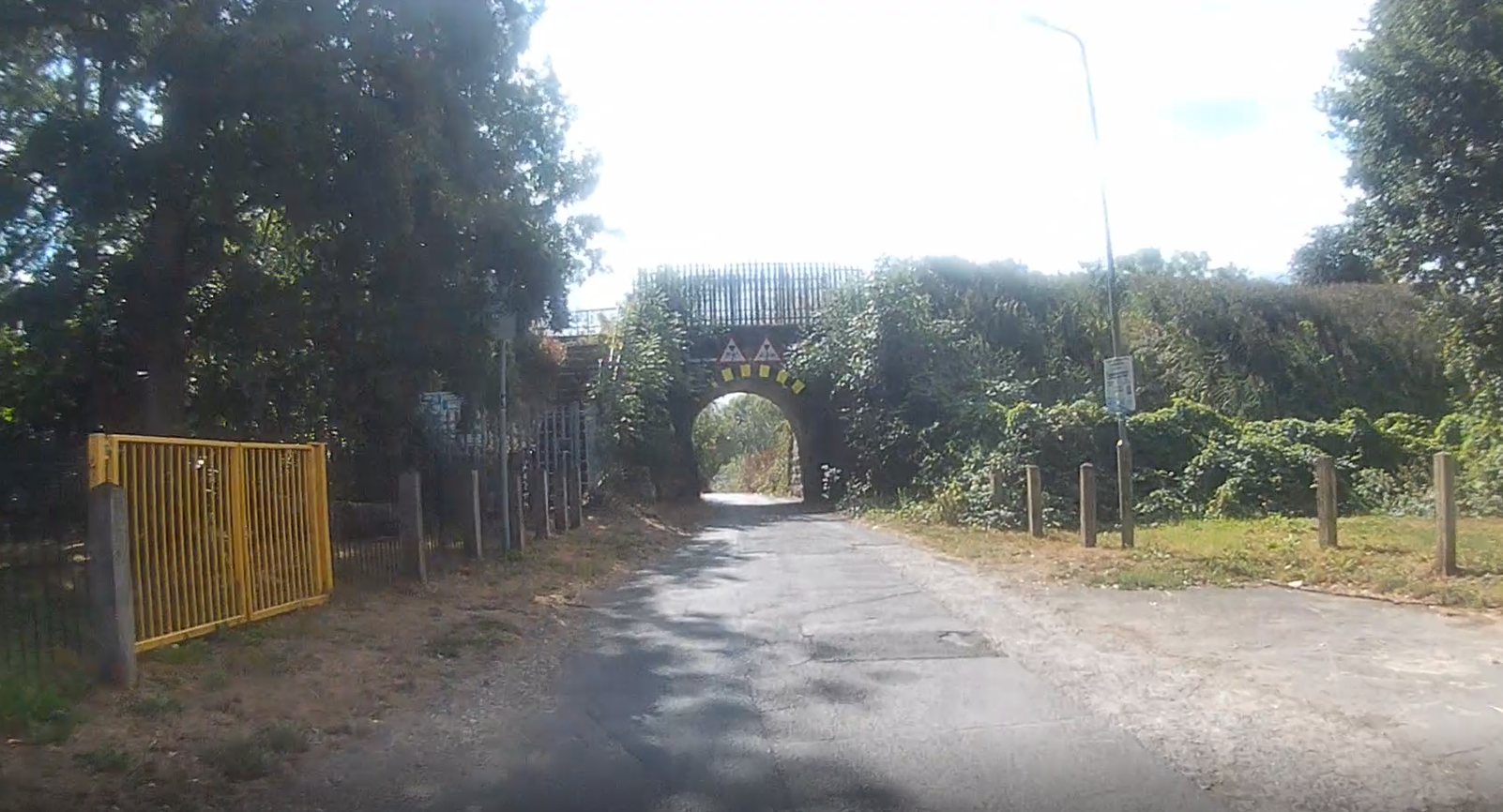
And children travelling to St Nicholas Primary School in Marston have the benefit of…
…the Marston Ferry Road cycle track, forming part of the OXB cycling and walking route, with the school entrance accessible via that route…
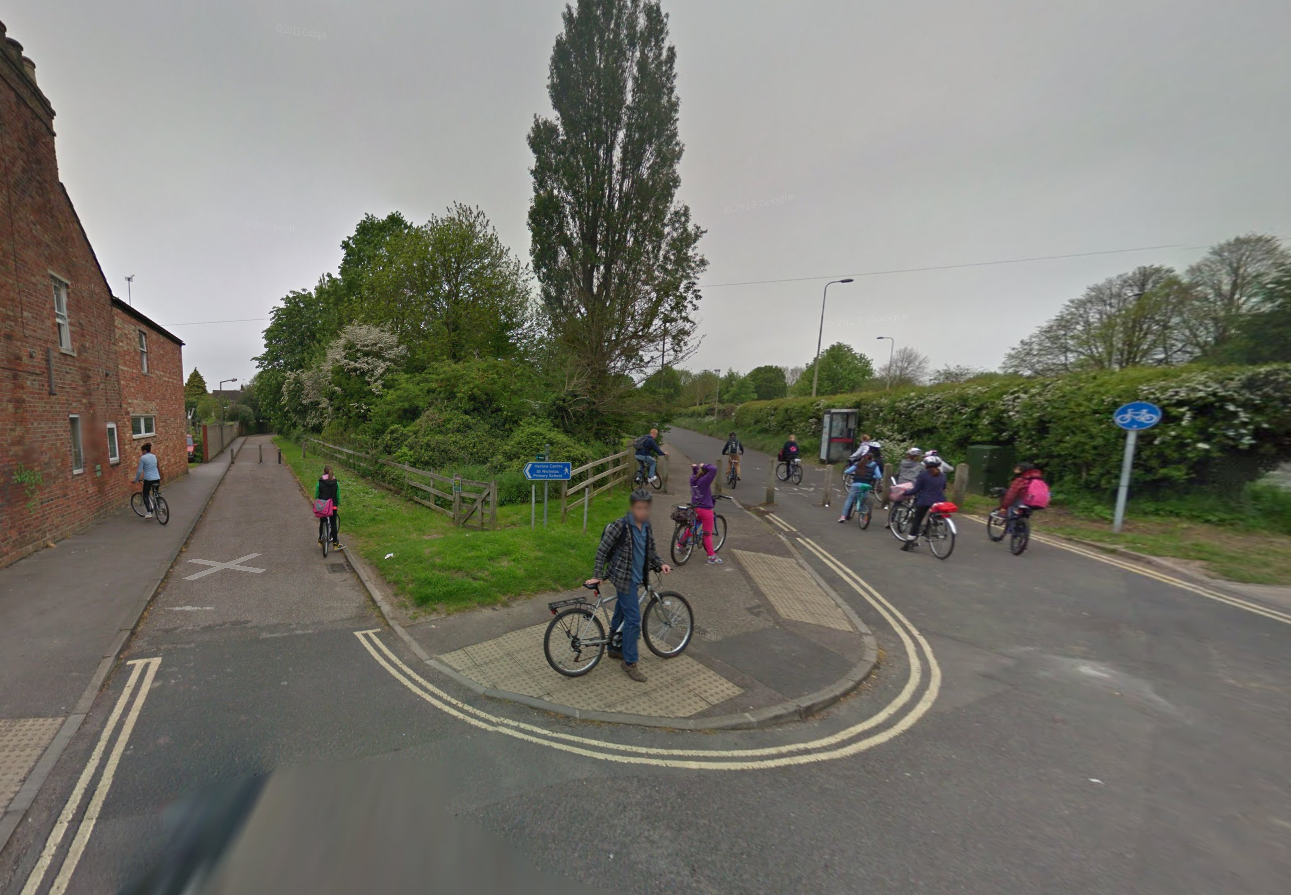
…a subway to get across Marston Ferry Road from Old Marston safely and without delay plus a traffic filter on Marston Ferry Road from 2025 which will further reduce traffic and its associated danger and pollution…
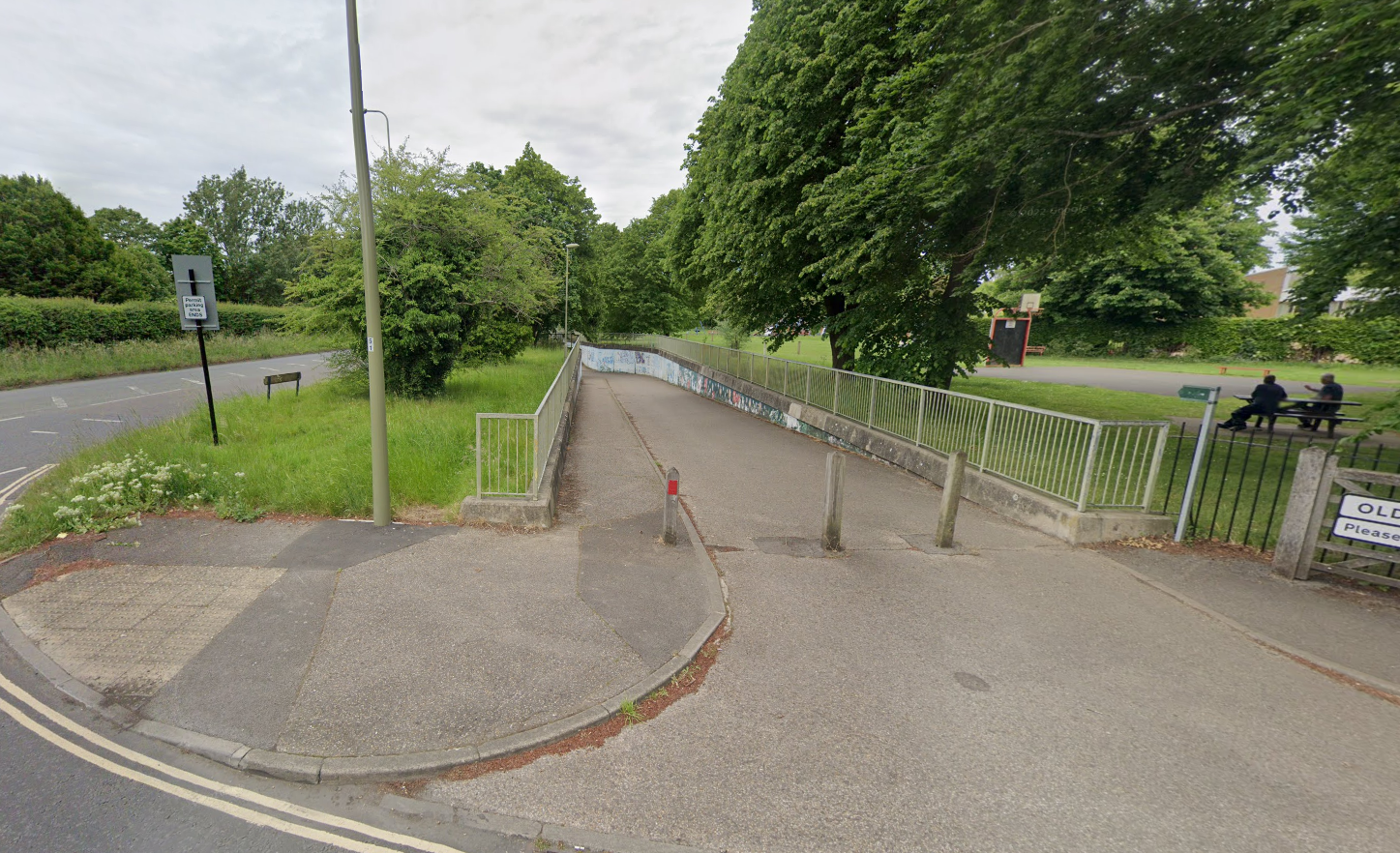
…a network of low-traffic roads and bollard-protected walking/cycling paths around and to the school…
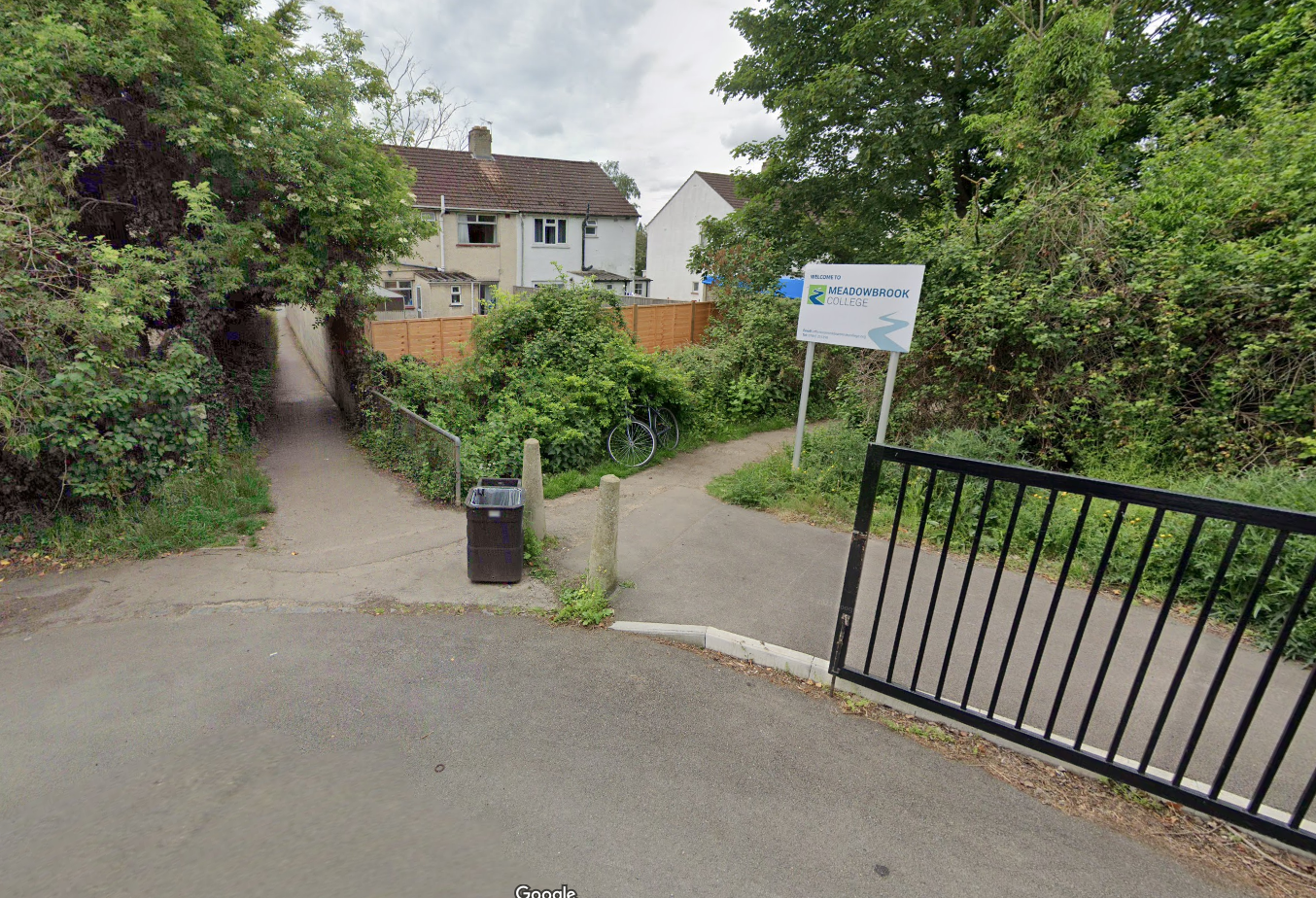
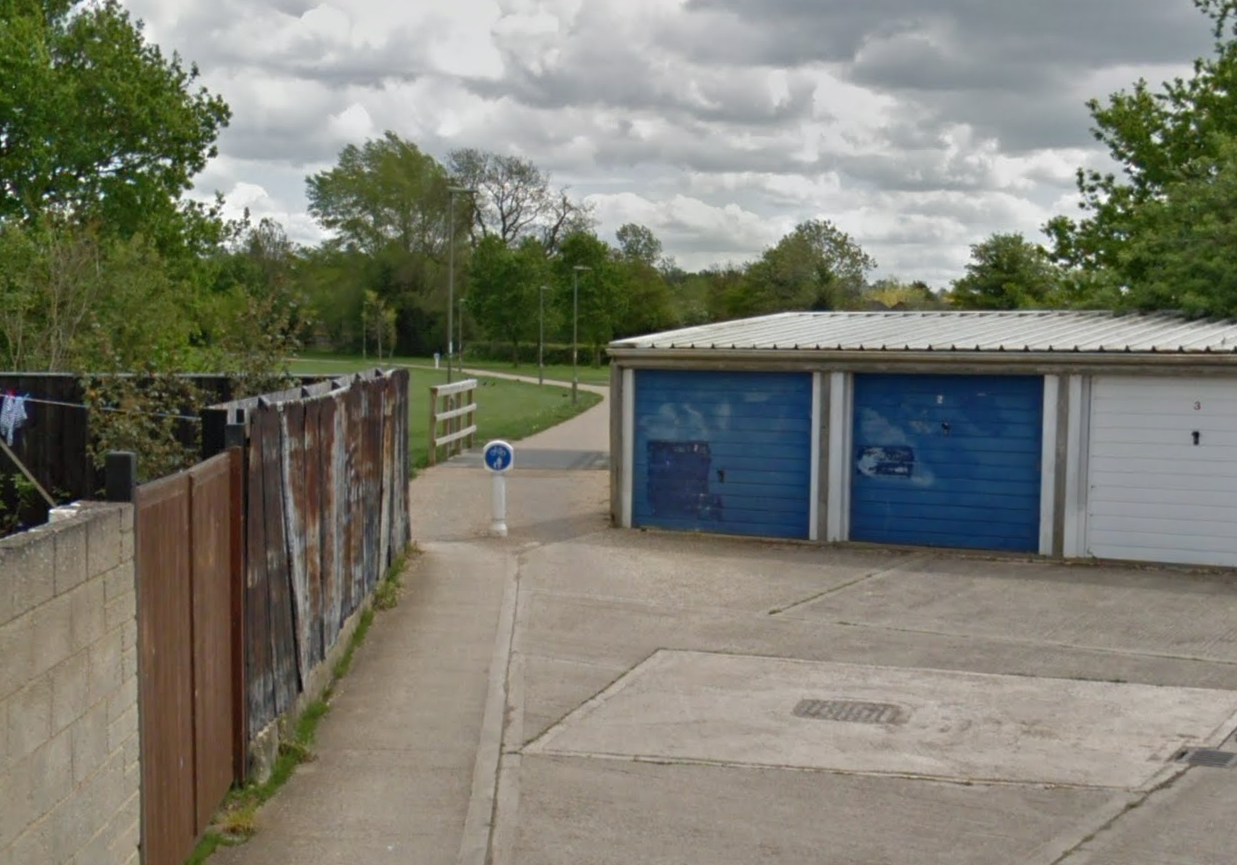
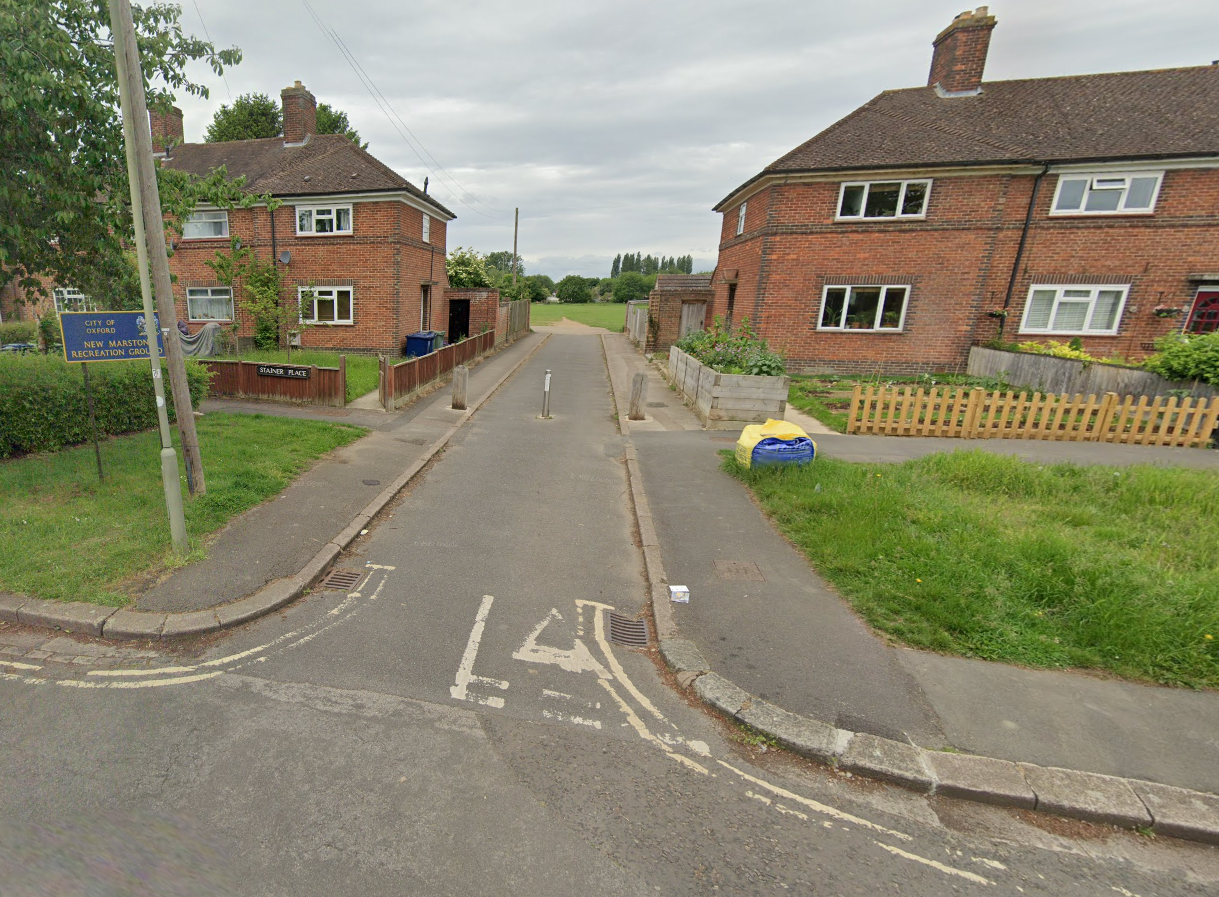
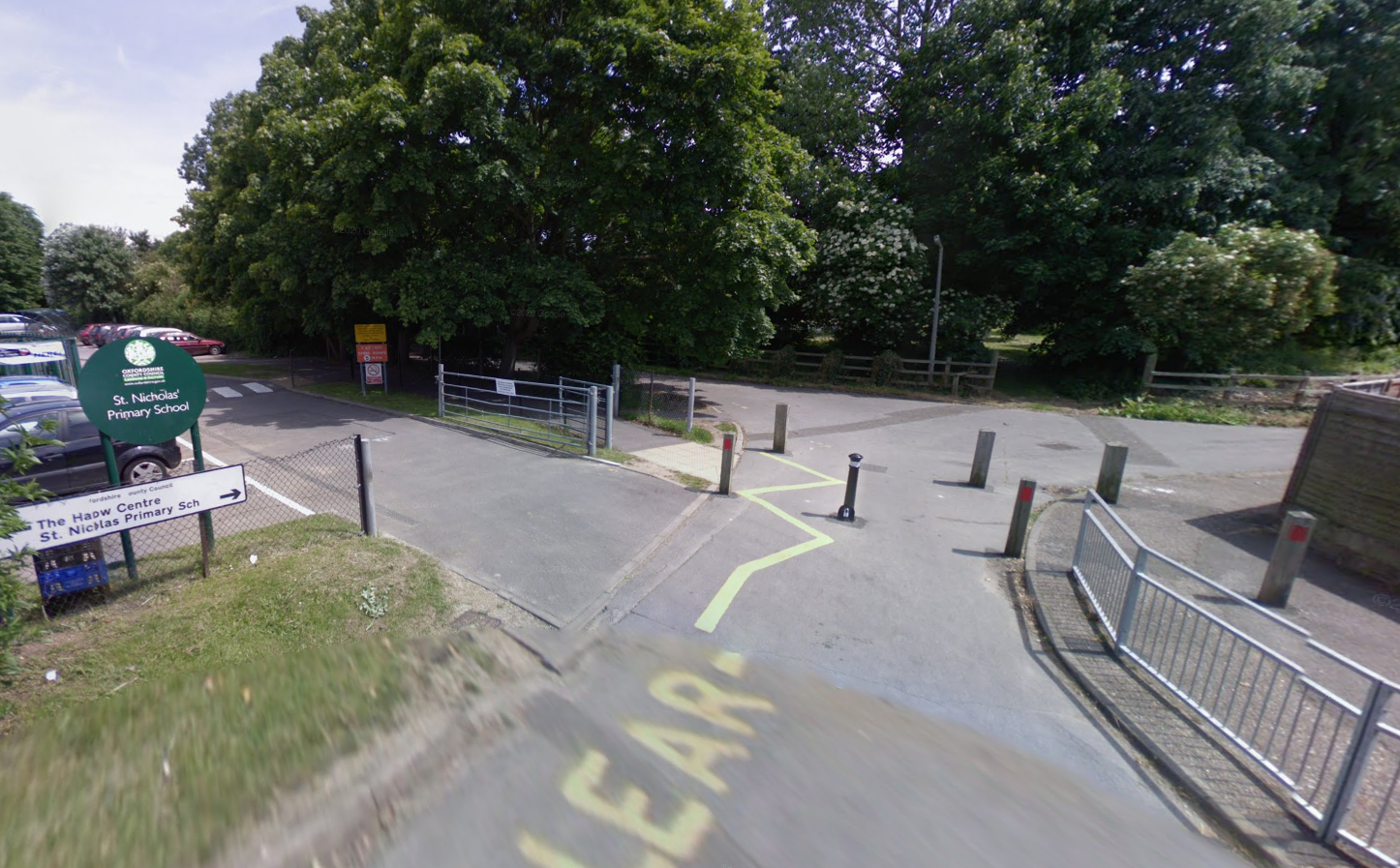
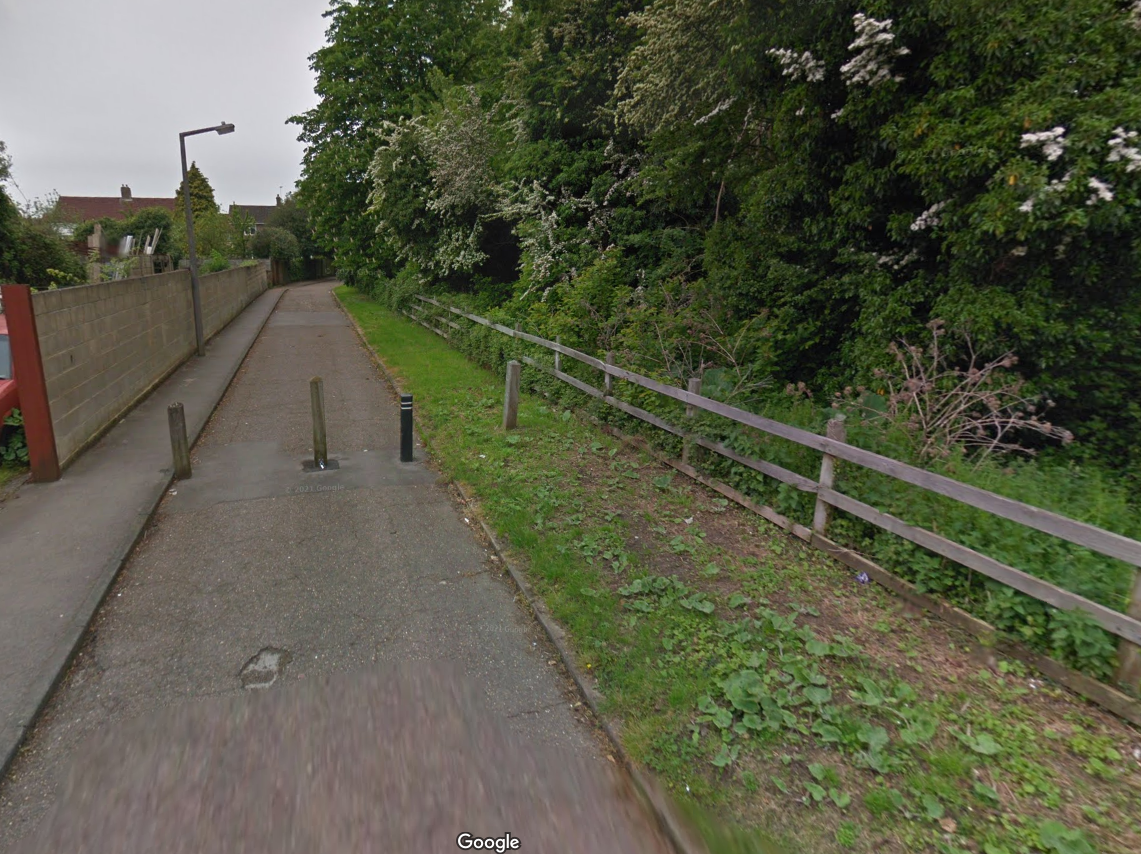
(Unfortunately there is a rat-run through Old Marston via Elsfield Road, Oxford Road and Old Marston Road – this could be fixed by having bus gates on either side of Cherwell Drive at both Oxford Road junctions.)
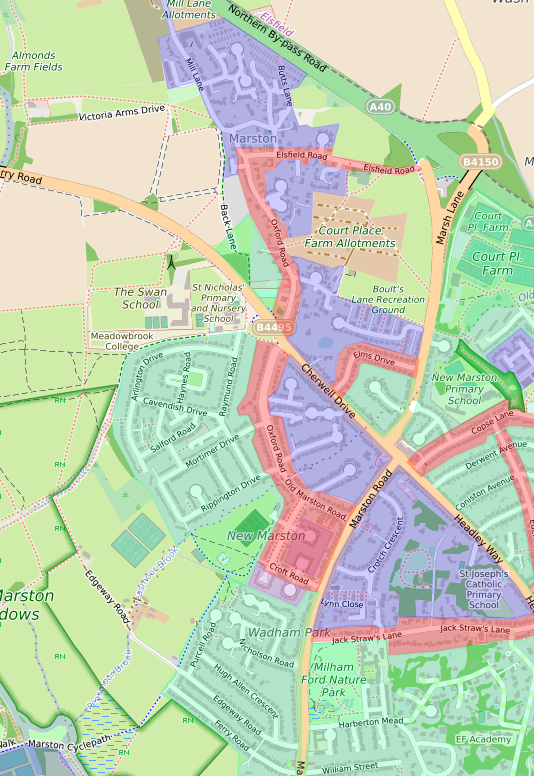
And pupils at Bayards Primary School in Barton have the benefit of…
…most of the roads in Barton being low-traffic roads… (although this has been undermined recently by allowing car access to the new Barton Park development from Barton Fields Road – this could easily be fixed with a bus gate at the Barton Fields Road/Barton Village Road junction, eliminating the red route shown below and turning it green)
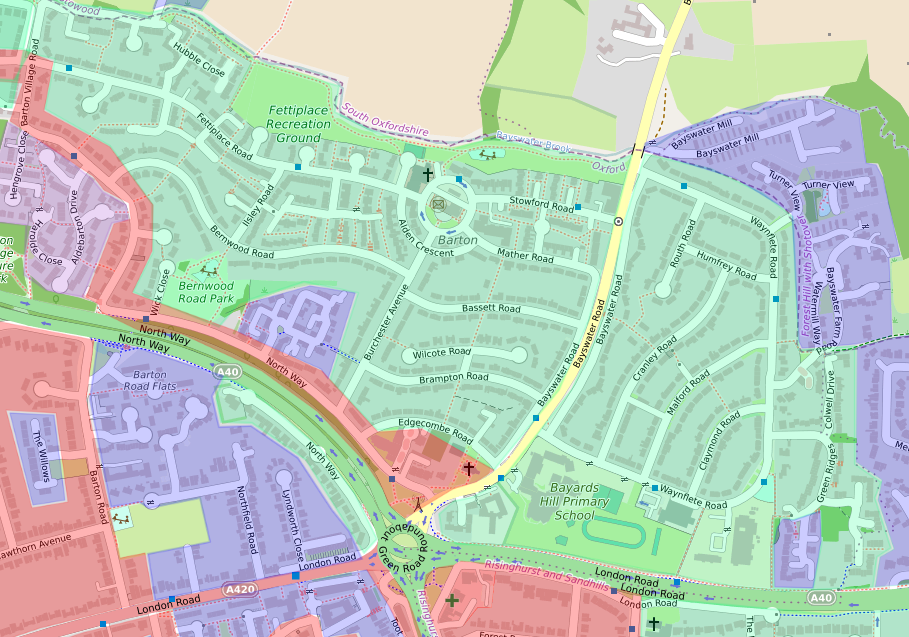
…and lots of walking/cycling shortcuts (as shown with red dots above).
And pupils at Sandhills Primary School have the benefit of the school and all surrounding roads in Sandhills being low-traffic/access-only roads…
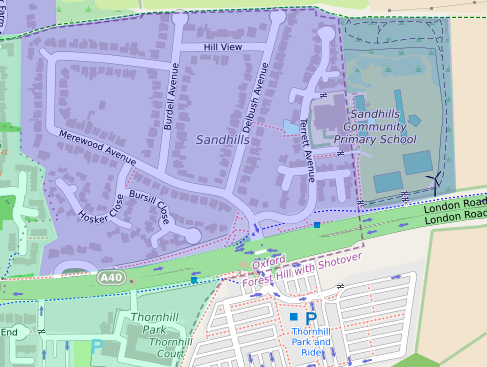
…a subway under the A40 to enable people to get from Risinghurst/Thornhill Park & Ride safely and without delay (although it’s a pretty poor subway)…
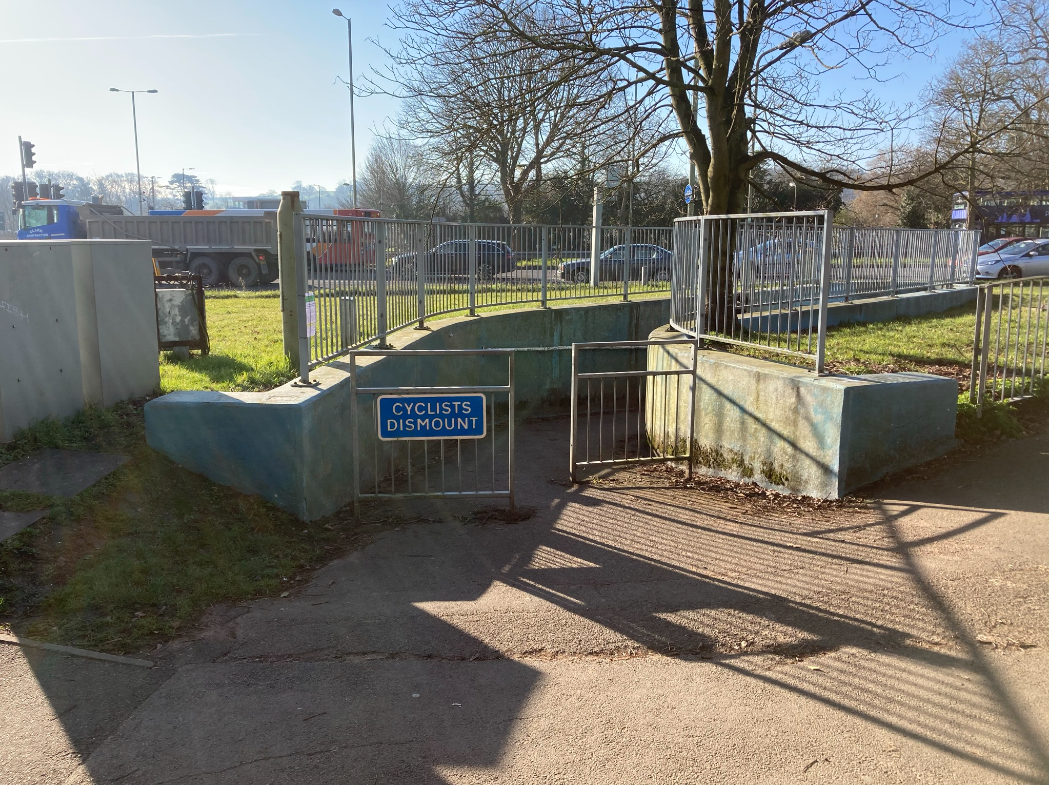
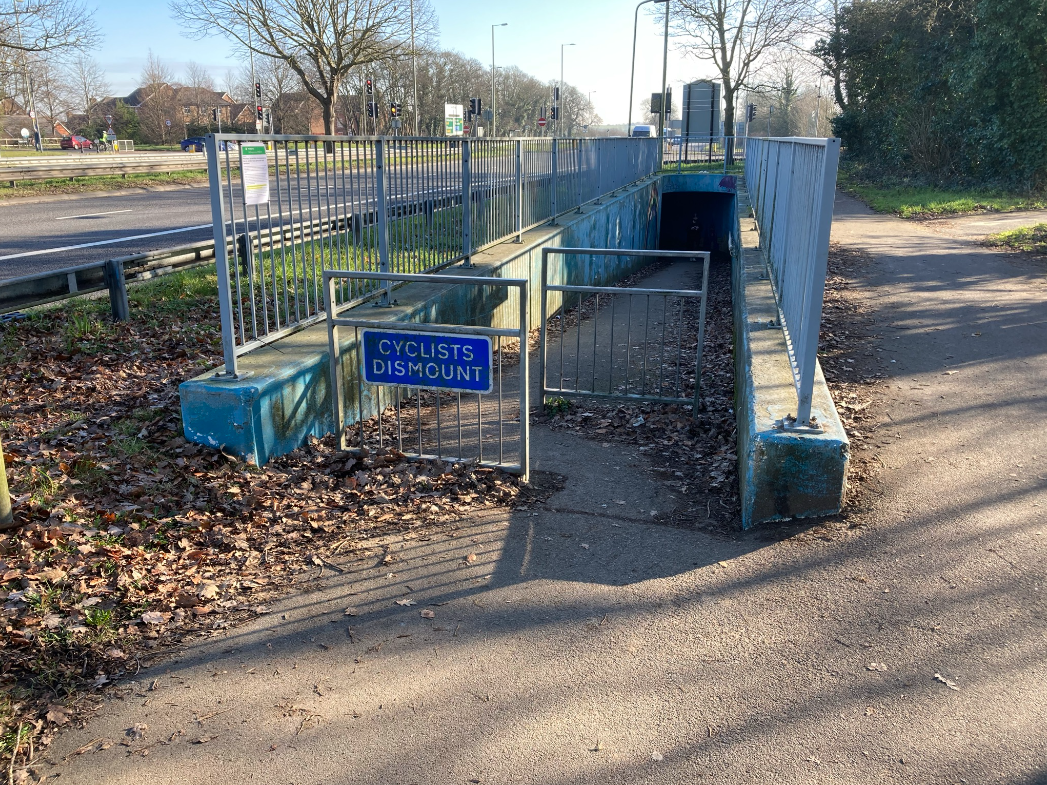
…a bollard-protected walking and cycling route to the school (although this crossing should really be a zebra or pedestrian crossing and be made much narrower)…
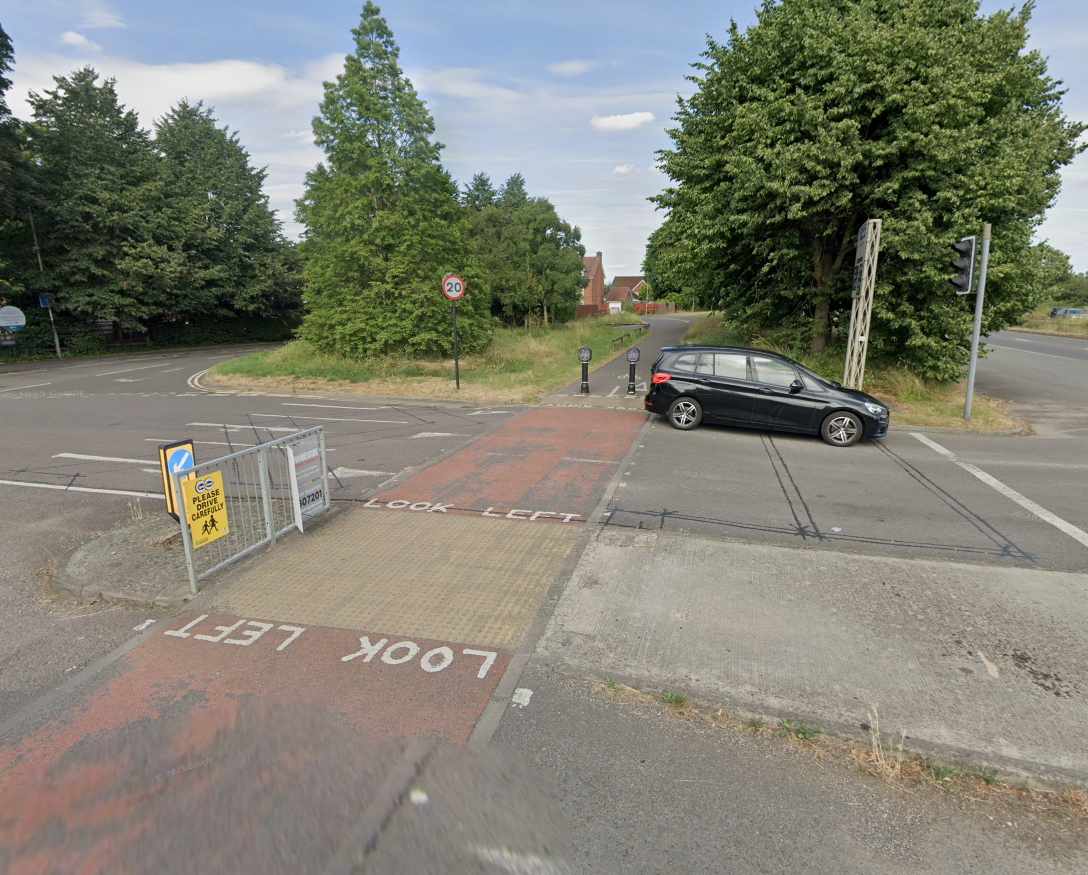
And pupils at St Ebbes Primary School in Grandpont (near Hinksey Park) and New Hinksey Primary School in Hinksey benefit from…
…the schools and all the surrounding roads being in a low-traffic neighbourhood and on ‘quiet’ cycling route OXR21 along Marlbourough Road, Millstream and Whytham Street and through Bertie Park…
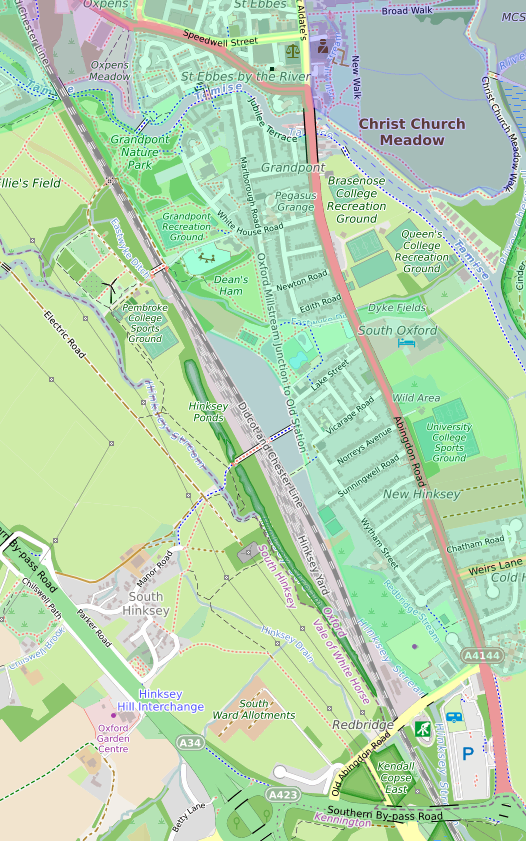
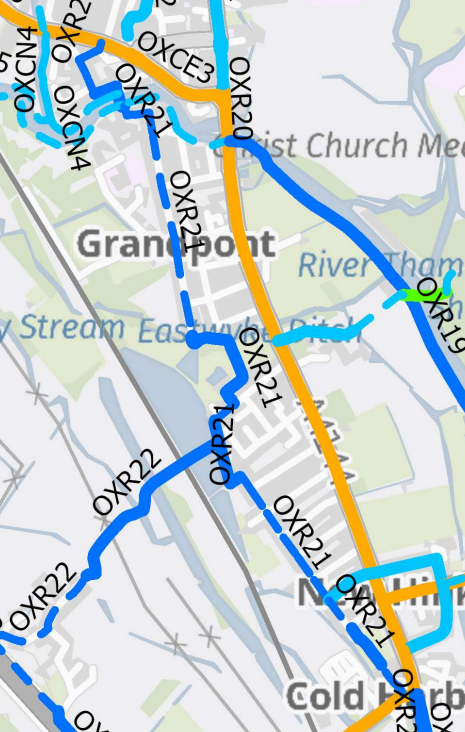
…the cycling and walking path along Millstream by Hinksey Lake (between the ends of Whytham Street and Lake Street)…
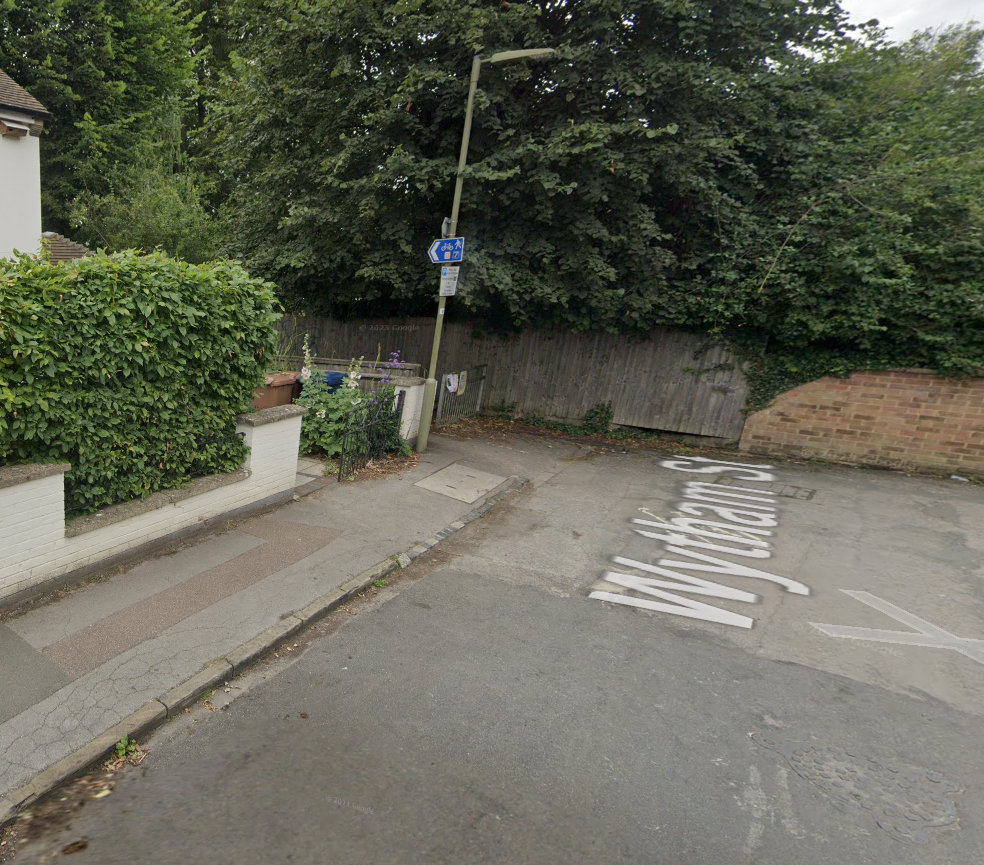
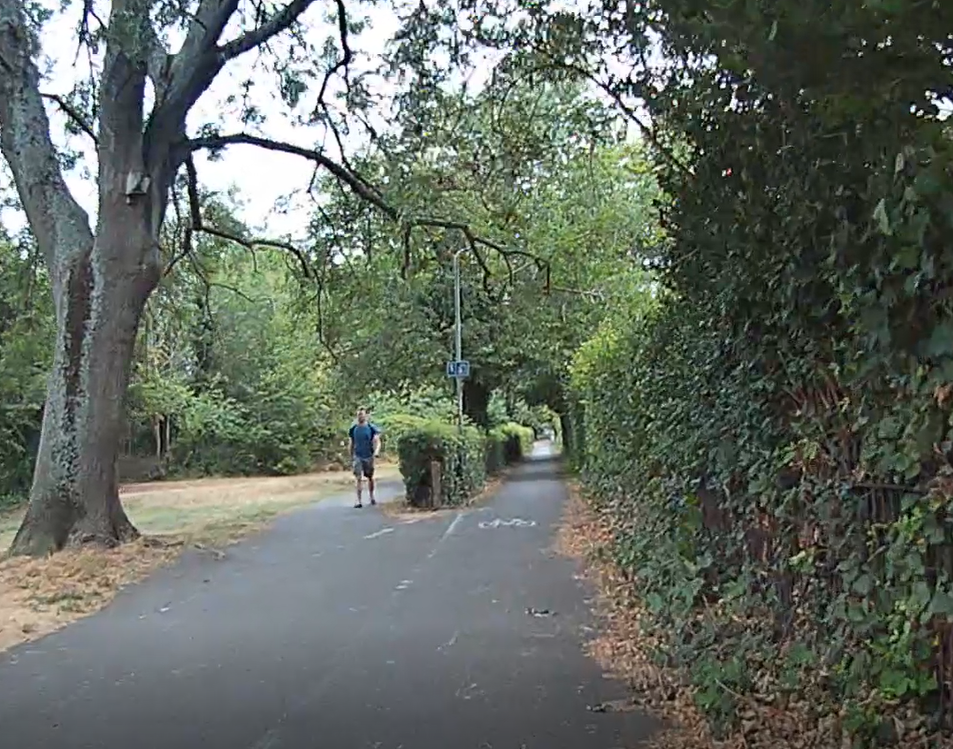
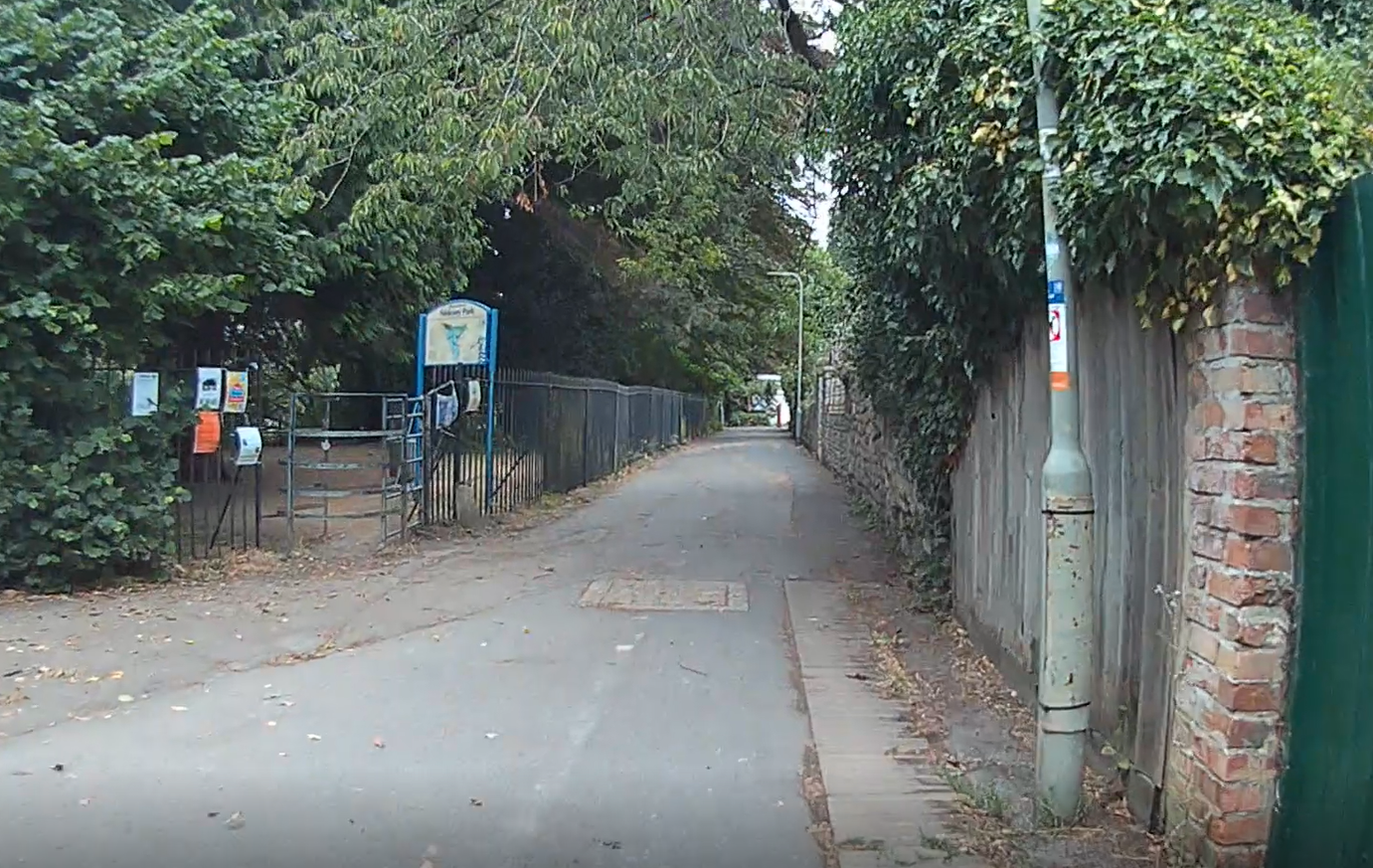
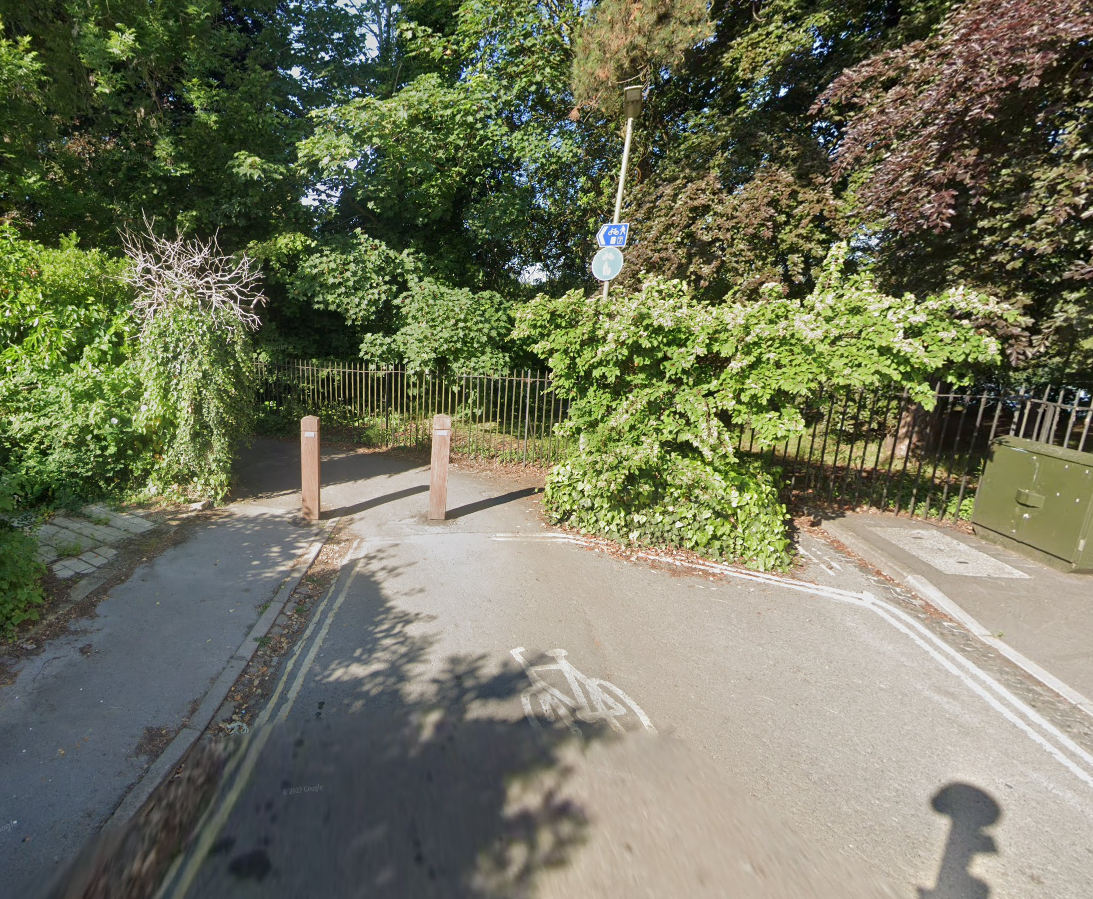
… a School Street for St Ebbes Primary School on Whitehouse Road to reduce traffic on this cul-de-sac even further…
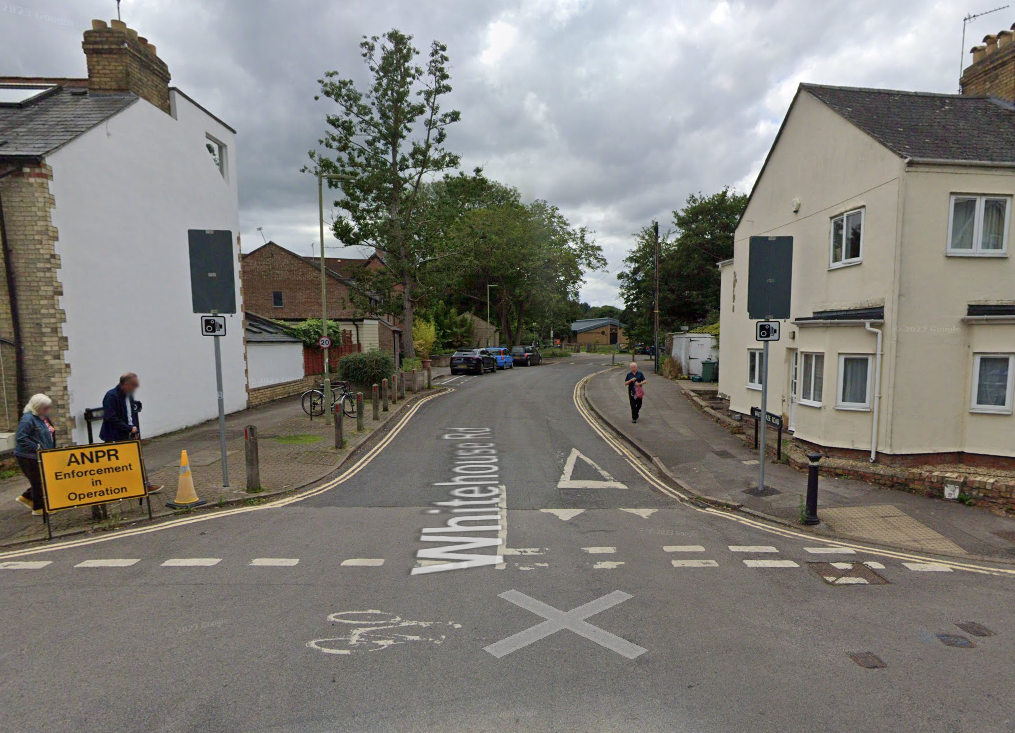
…and a School Street for New Hinksey Primary School covering Lake Street, Stewart Street, Summerfield, Gordon Street, Vicarage Road, Green Place, School Place and Vicarage Lane, to reduce traffic and poor parking on those LTN roads even further.
Whereas in Headington…
Our last post explained how nearly all the Headington roads that are designated as on-road “connecting” and “quiet” routes on the Oxford LCWIP Cycle and Walking Network Map are major motor vehicle rat-runs, which would have been solved had the Headington low-traffic neighbourhoods been implemented as planned in Spring 2022:
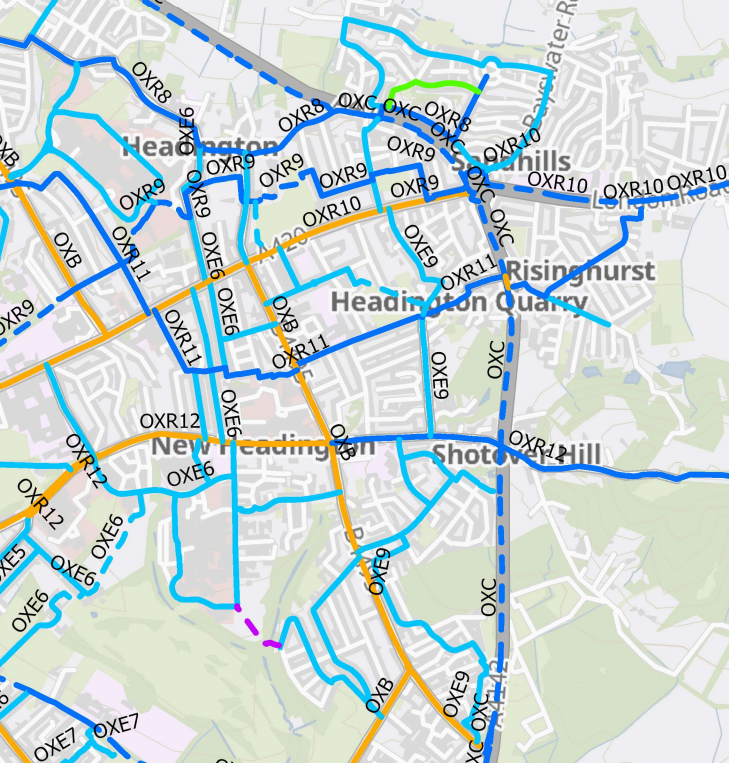
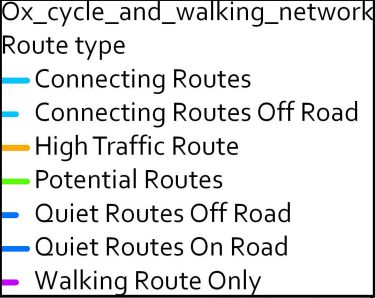
Excerpt of Oxford LCWIP Cycle and Walking Network Map showing official cycle routes in Headington
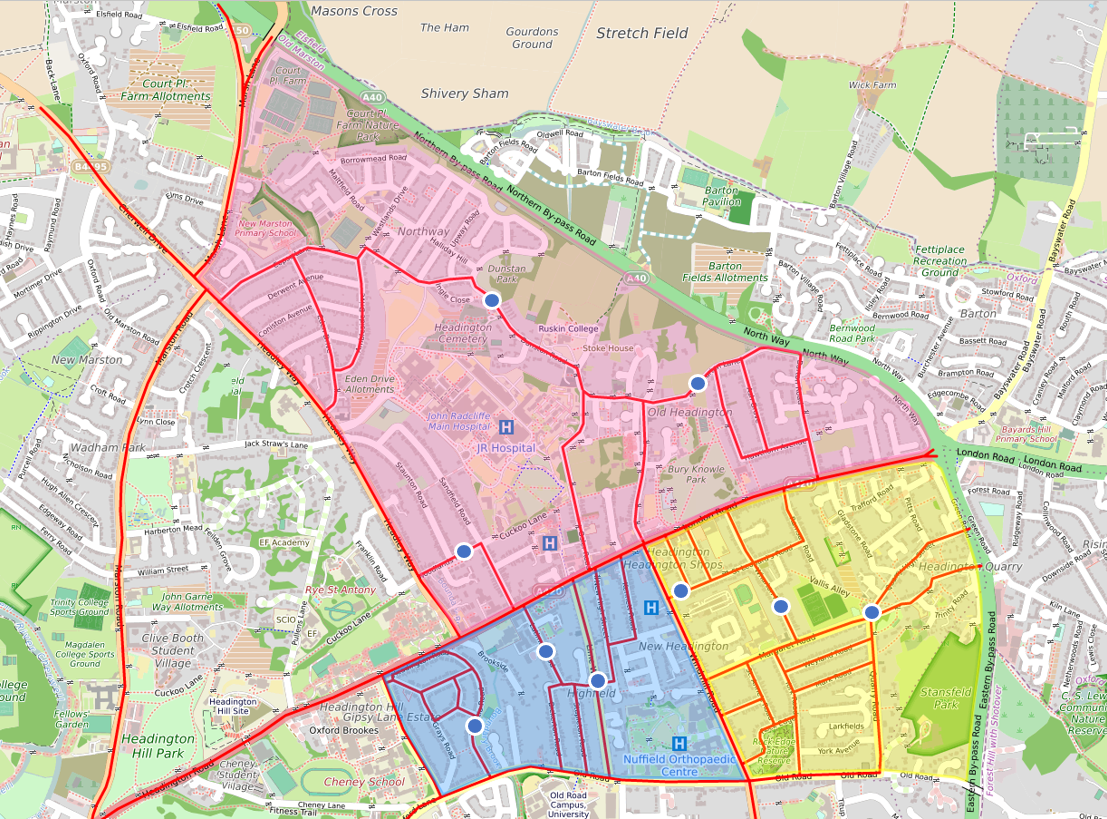
So instead of having safe routes to school on Oxfordshire County Council’s designated “quiet” and “connecting” cycling routes, children and families travelling to Headington Quarry Foundation Stage School, Windmill Primary School and St Andrews Primary School face a constant stream of traffic coming off (and heading to) the ring road at Quarry Hollow junction, creating a dangerous environment where children are physically at risk and subjected to unacceptable levels of health-harming air pollution...

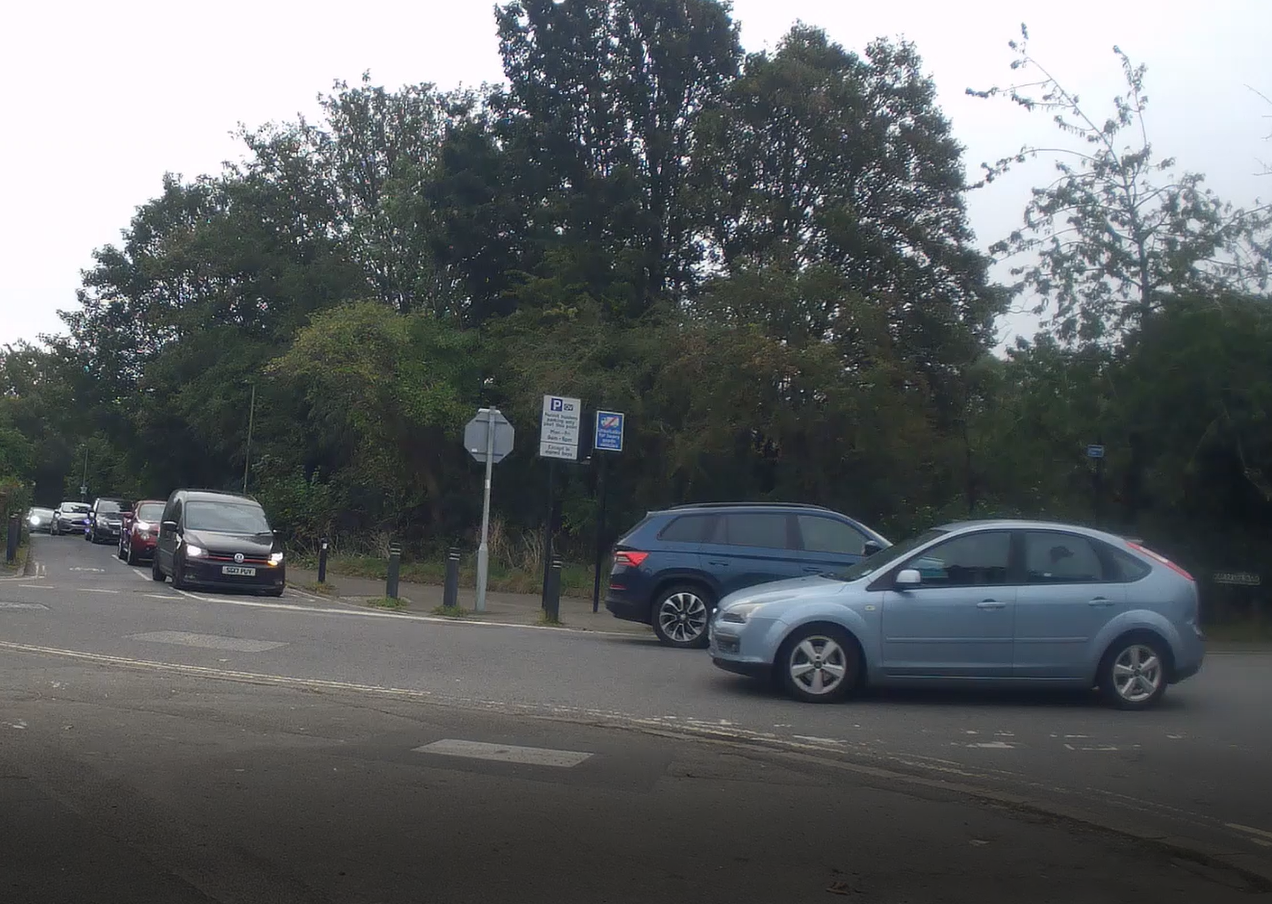
Morning rush hour at Quarry junction
…Quarry Hollow, right outside Headington Quarry Foundation Stage School, is made dangerous, polluted, noisy and hostile by the stream of rat-running traffic…
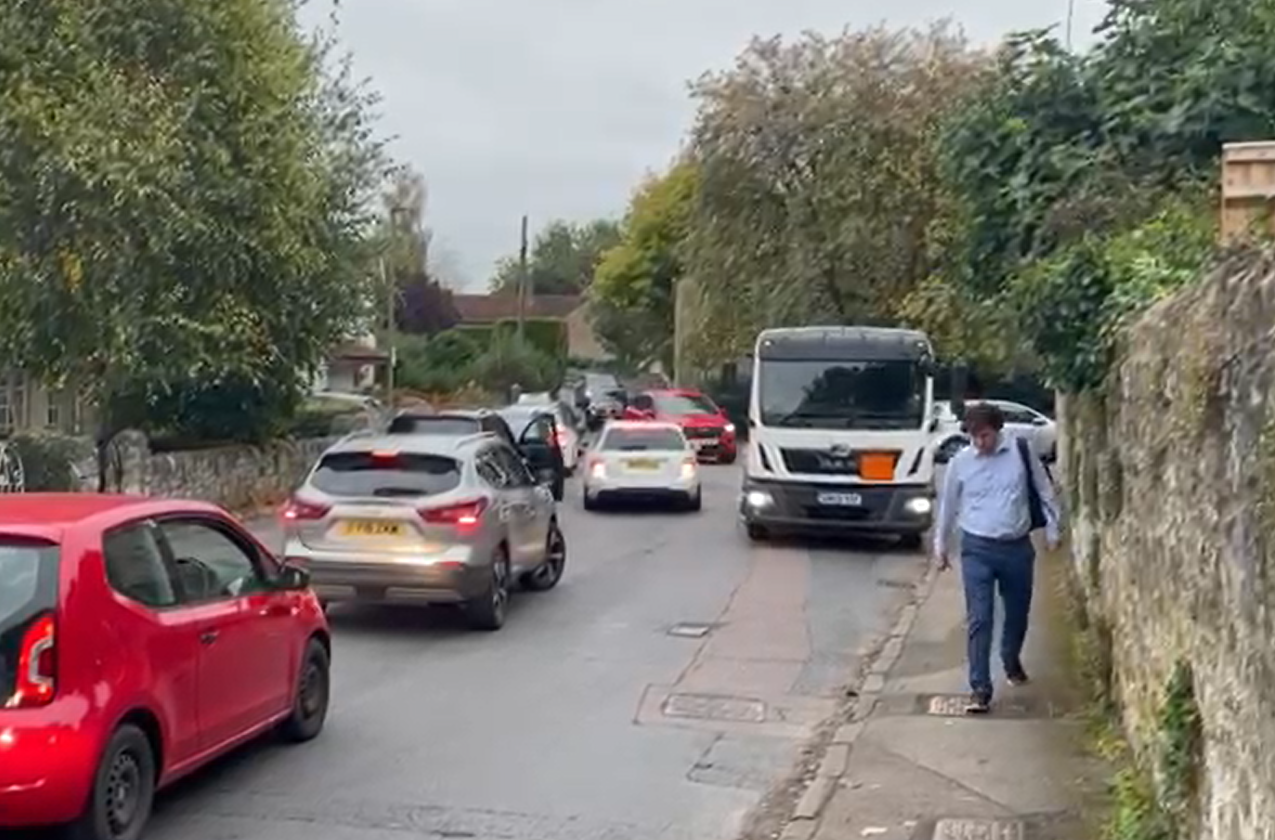
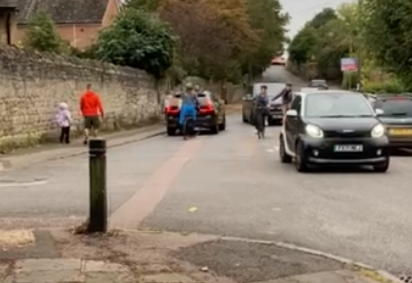
Morning rush hour at Quarry Hollow, outside Headington Quarry Foundation Stage School
…dangerous traffic movements when crossing the Wharton Road junction, with regular near-misses of cars reversing into children crossing the entrance on their way to Windmill Primary School (and people scurrying across so as not to inconvenience drivers waiting to turn)…
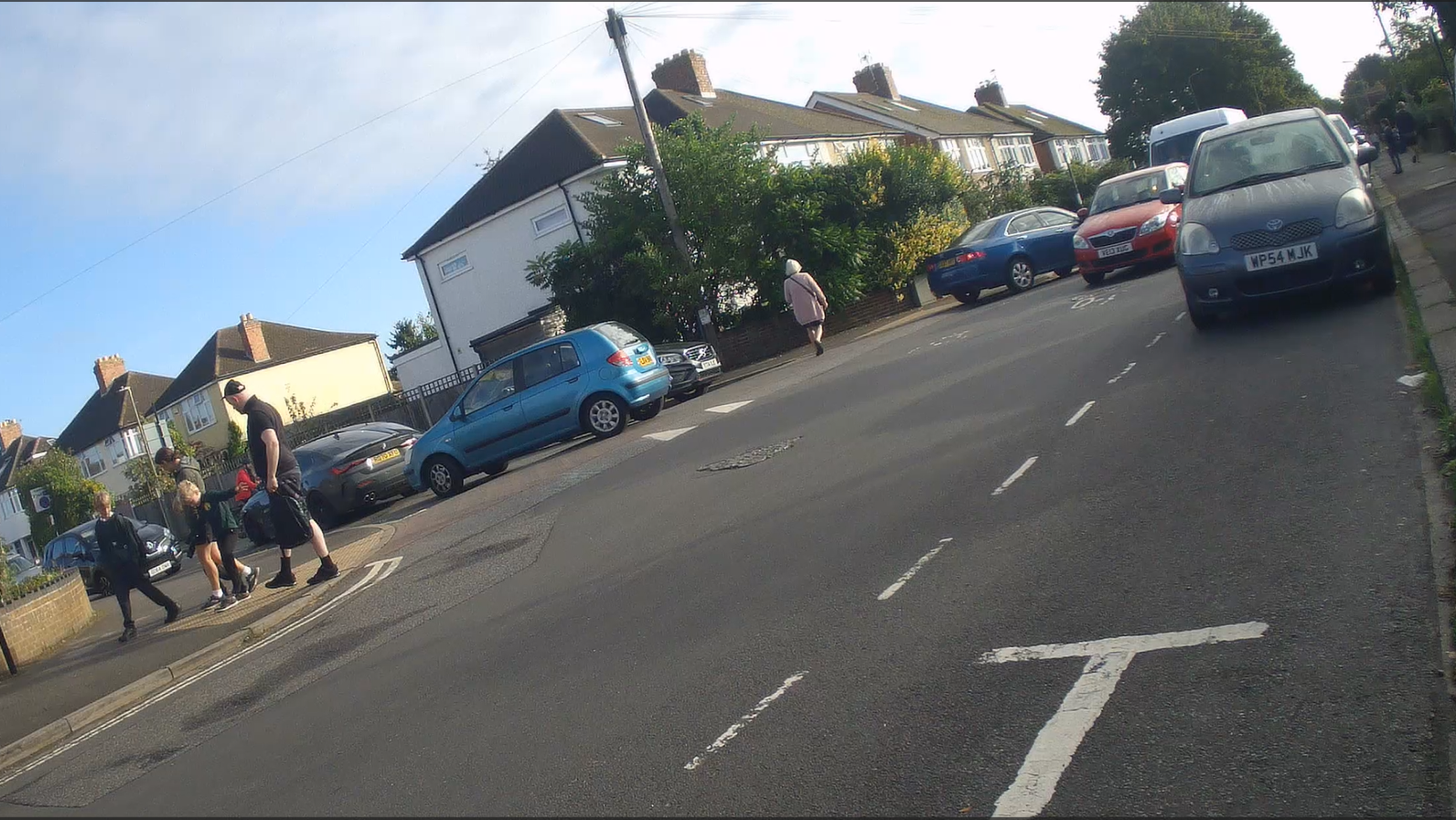
…Headington Quarry Foundation Stage School, Windmill Primary School and St Andrews Primary School are all on rat-runs - Quarry Hollow, Margaret Road and St Leonard’s Road. (This wouldn’t be the case if the Headington Quarry LTN had been implemented…)
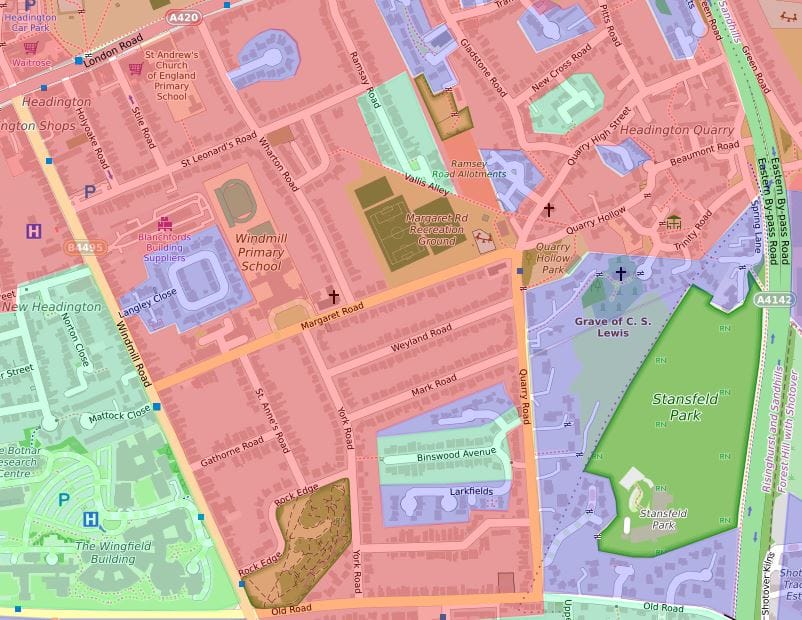
…Wood Farm Primary School and the Slade Nursery are on a rat-run - Titup Hall Drive. (This wouldn’t be a rat-run if the Headington Quarry LTN had been implemented…)
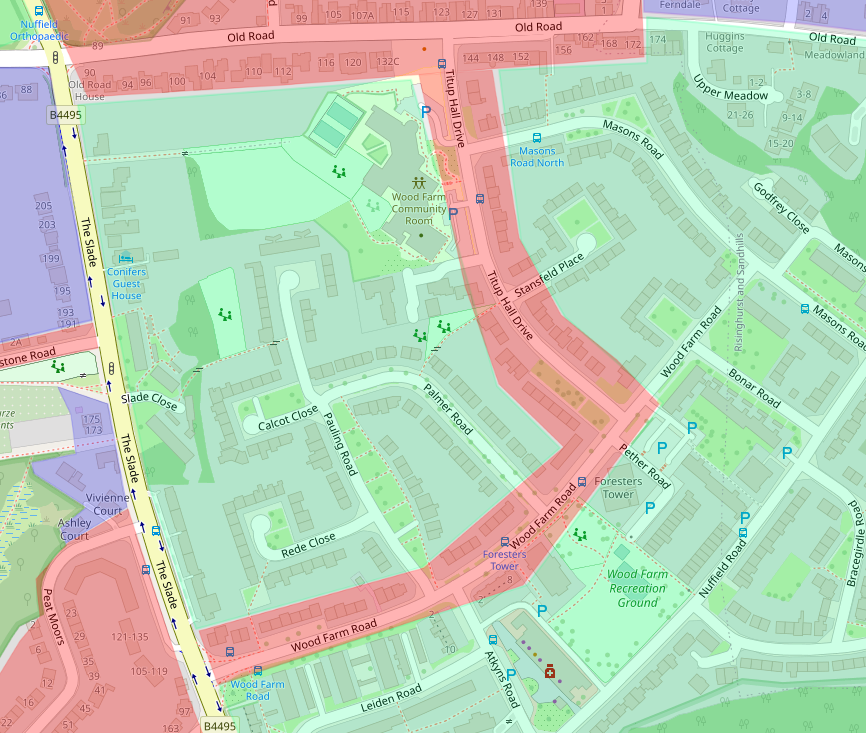
…the main would-be ‘quiet’ cycling route to Swan School from Headington (St Andrew’s Road, Dunstan Road, Saxon Way and Copse Lane) is a dangerous and congested rat-run caused by people driving to and from for the JR or Summertown, avoiding the main road junctions in Headington (as shown in this video of rush hour traffic in Old Headington). The planned modal filter on Dunstan Road would have stopped this rat-run and created a safe cycling route for Swan School pupils from Headington…
…and from Copse Lane children have to choose between the wooded path between Copse Lane and Marsh Lane (unlit and prone to mud after rain), waiting ages at the Marsh Lane crossing and either crossing Cherwell Drive from Elms Drive or cycling the ‘wrong way’ along Cherwell Drive and waiting ages at the Oxford Road crossing
OR
crossing Headley Way from Copse Lane and dealing with the awful Headley Way/Marston Road junction, which resembles a motorway interchange with its 8 lanes of motor traffic rather than a quiet residential area…
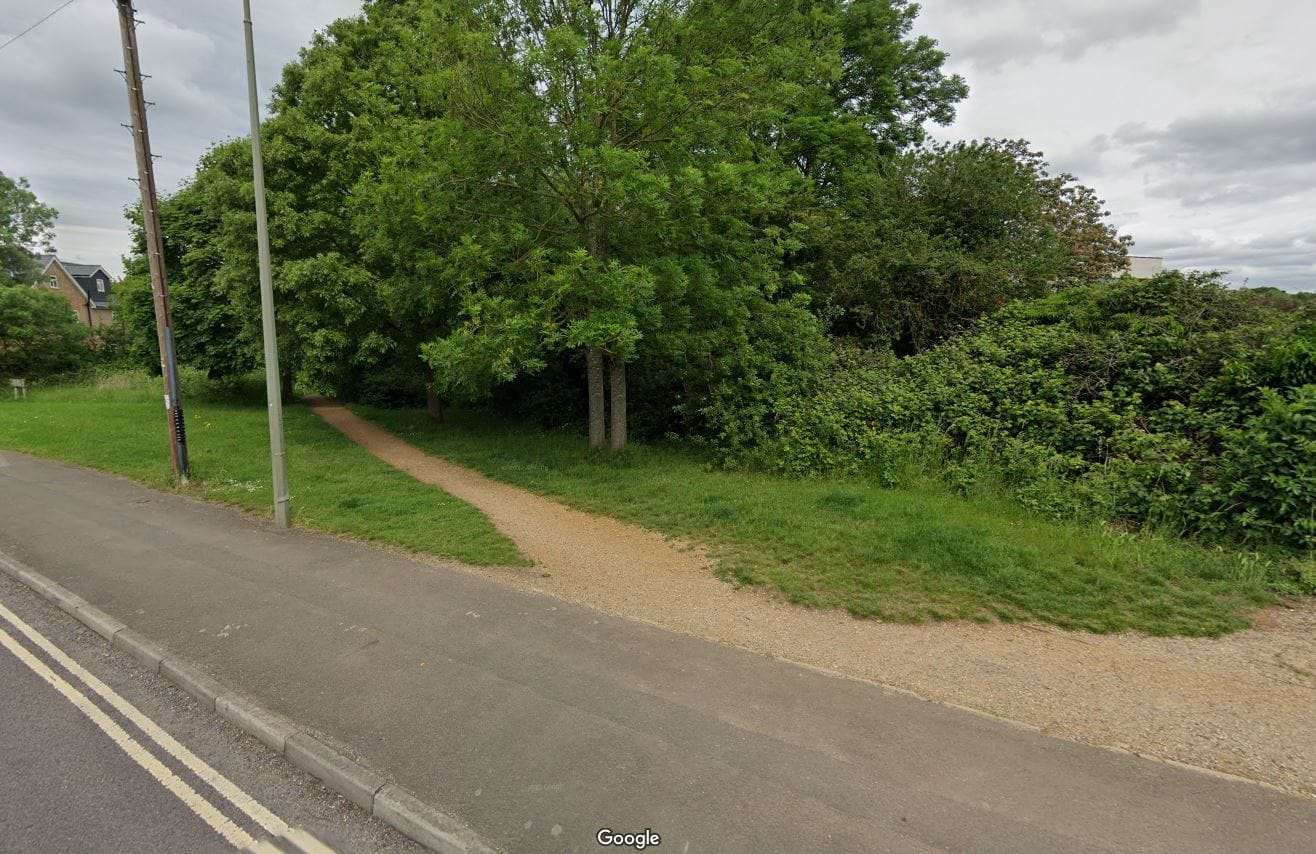
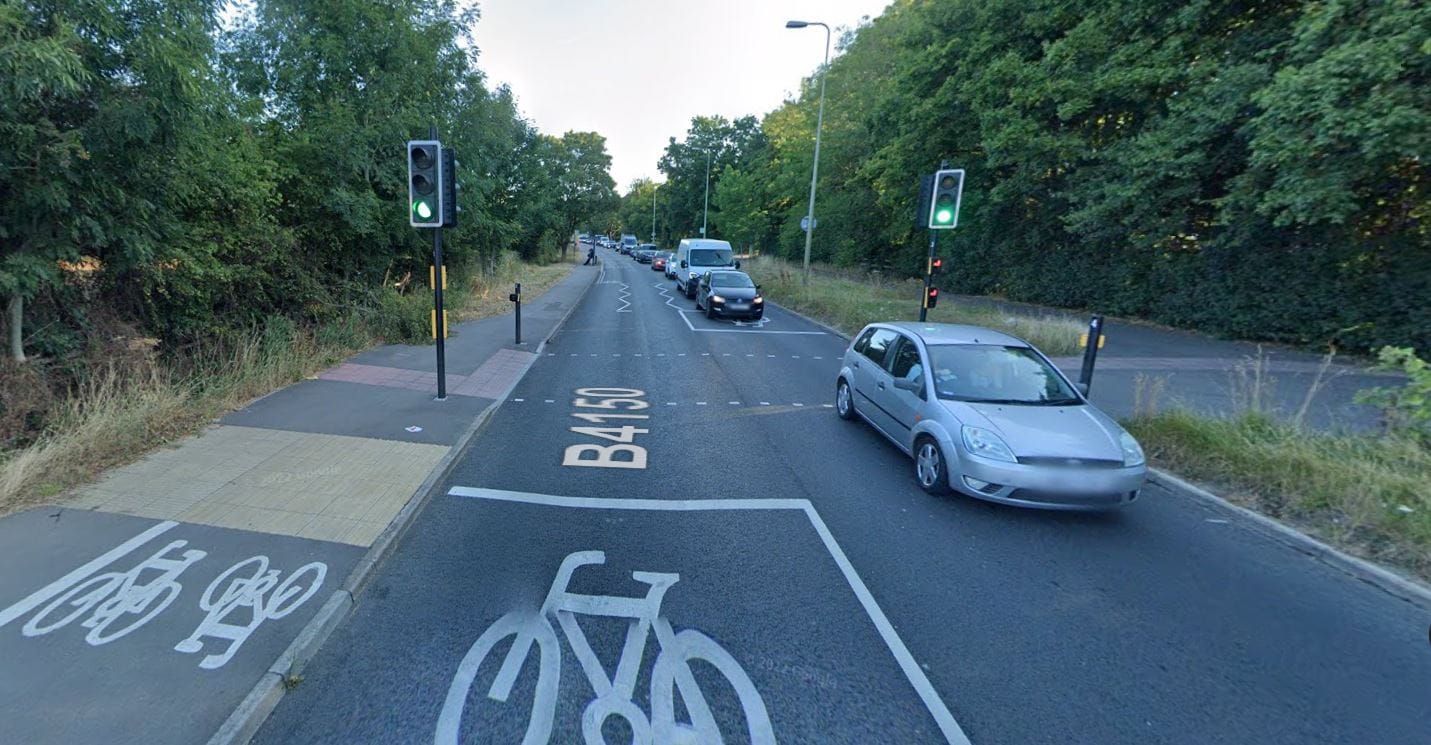
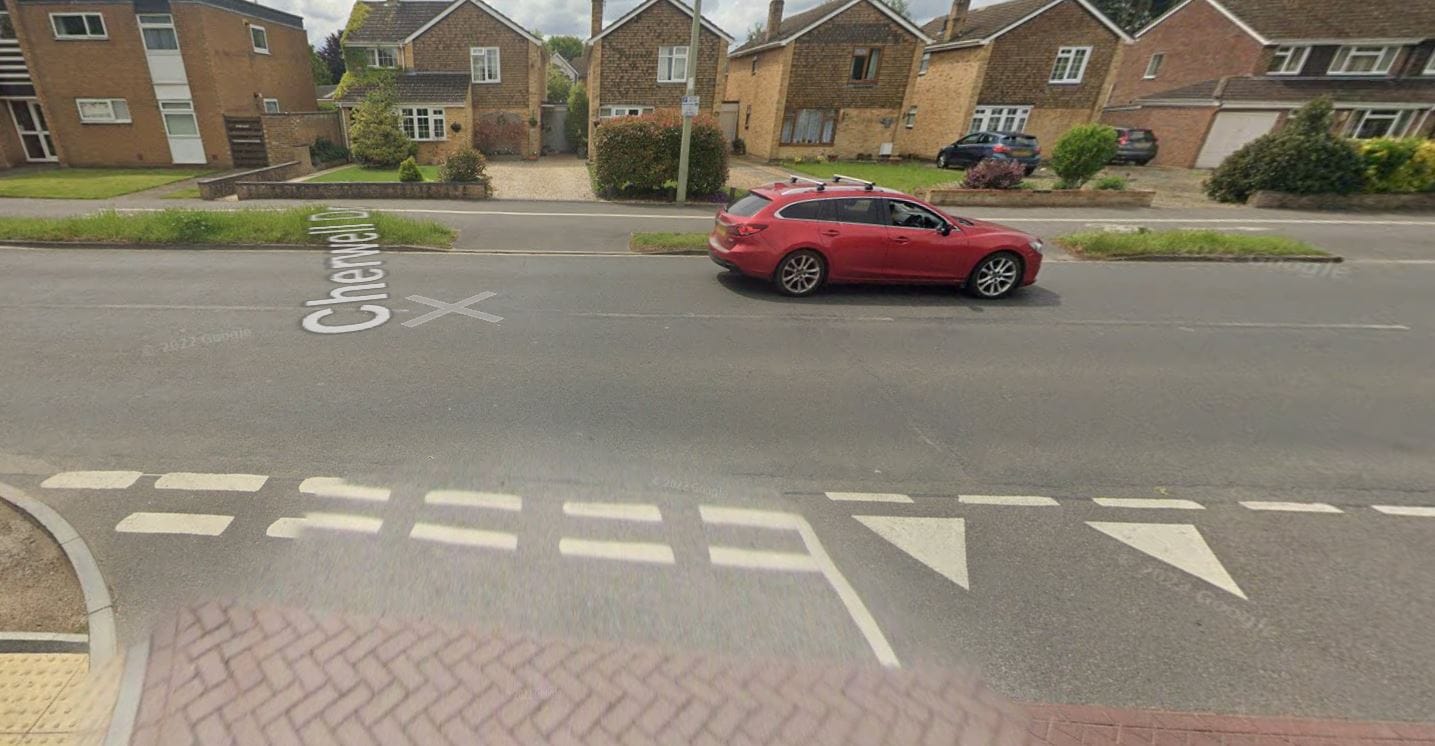
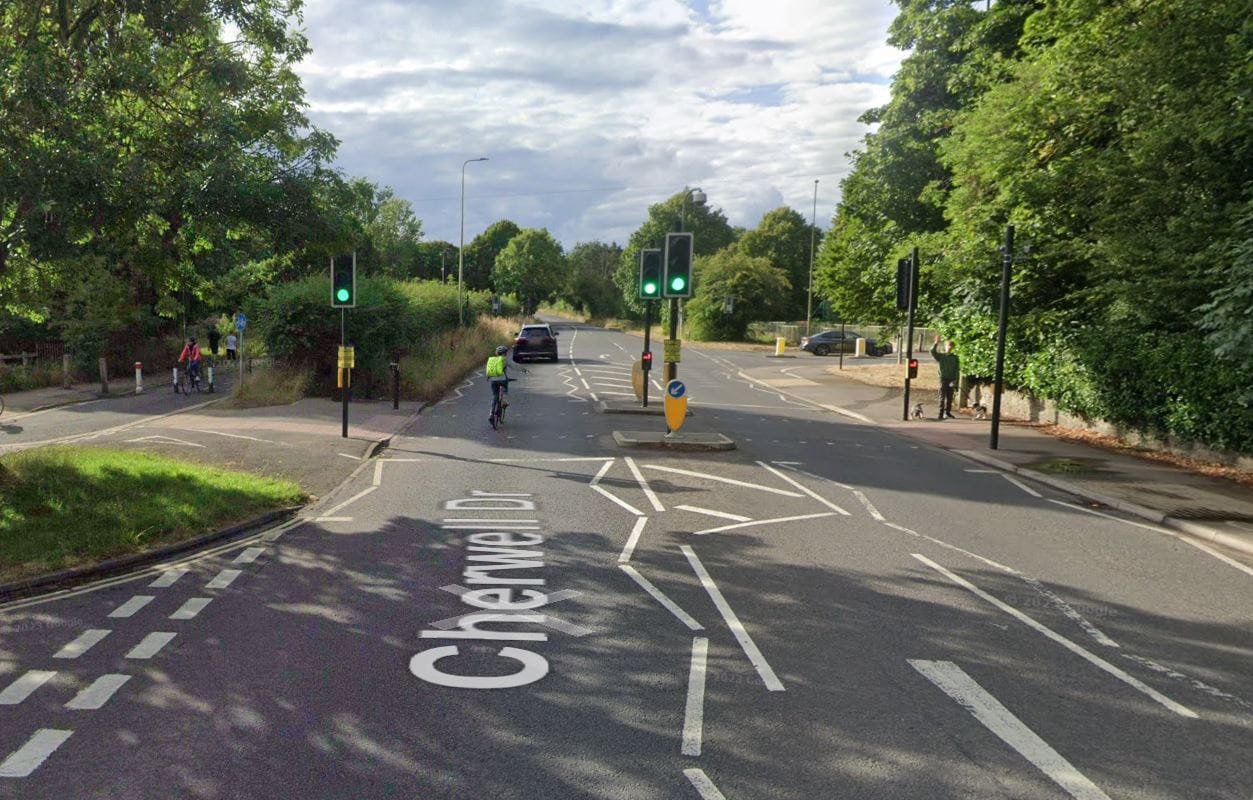
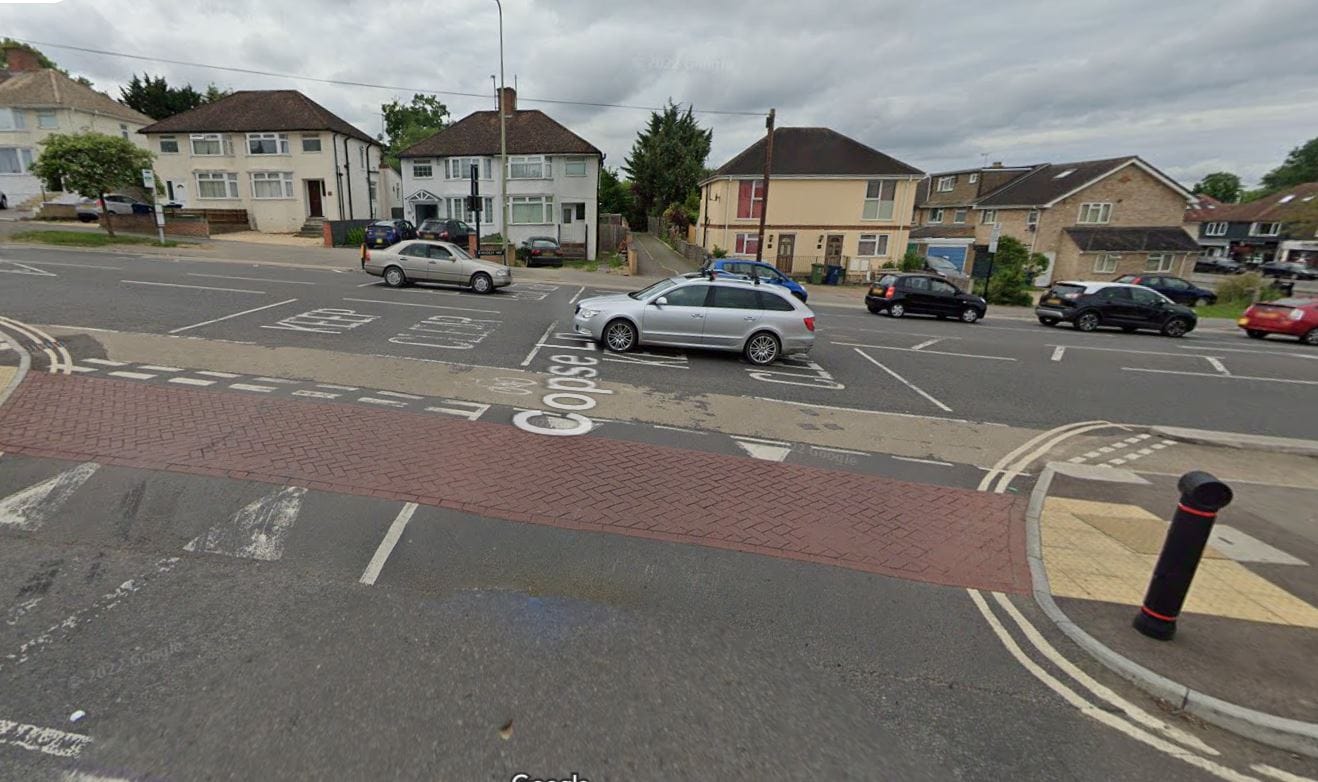
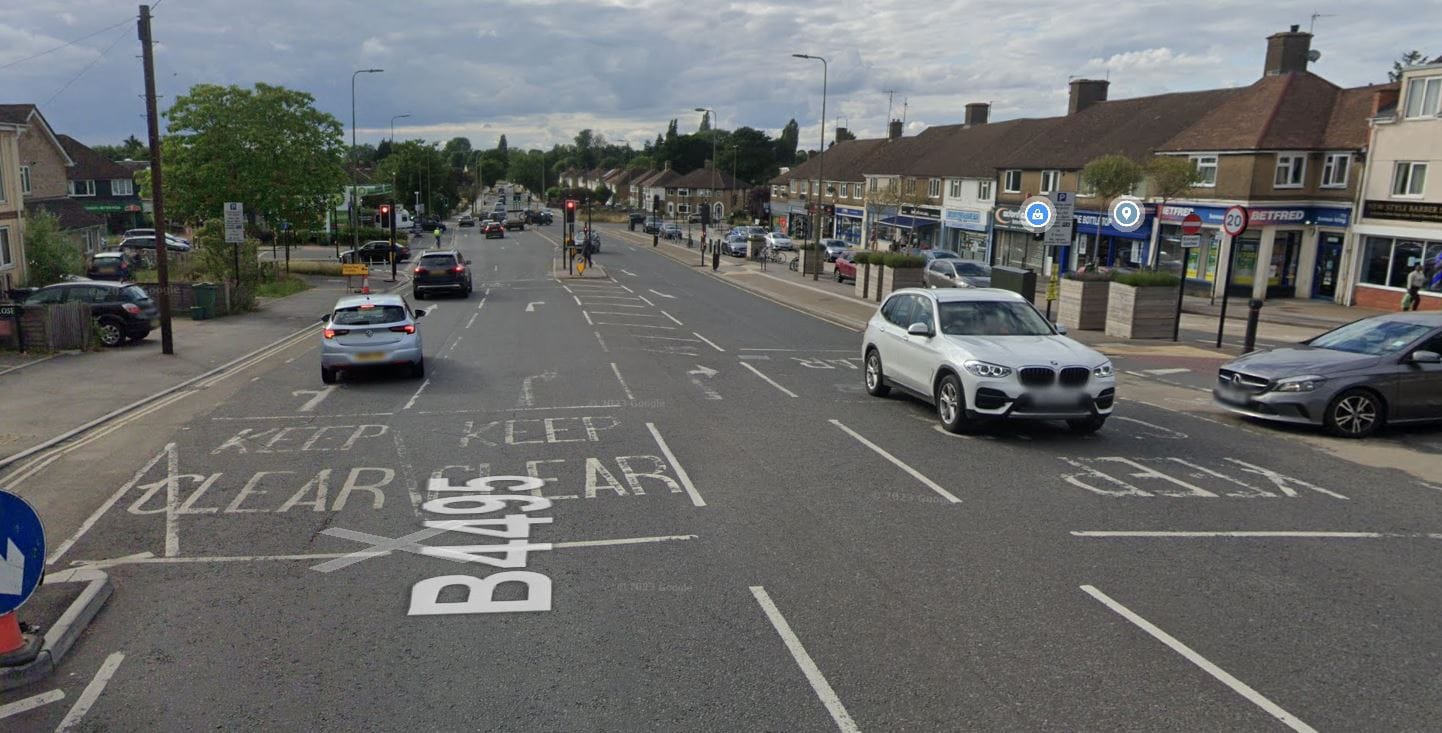
…the only good traffic scheme to happen in Headington – the Windmill School Street – has failed in its core purpose to create a safe area around the school since the swich from using physical barriers and stewards to ANPR cameras.
Since ANPR was introduced, numerous cars, taxis, vans and even lorries drive through, so the area outside the school is no longer a safe space.
This is due to:
- a large number of contraventions (people driving through in breach of the traffic order),
- a large number of exemptions/permits allowing drivers through, and
- abuse of exemptions, such as taxi drivers driving straight through or dropping their own kids at school.
Most of the contraventions are due to the huge volume of rat-running traffic through Quarry, which enters the School Street zone from the Wharton Road closure point in the mornings – and of course this traffic wouldn’t be there if the Headington Quarry LTN had been implemented.
See our earlier post, Review of the Windmill School Street for further detail…
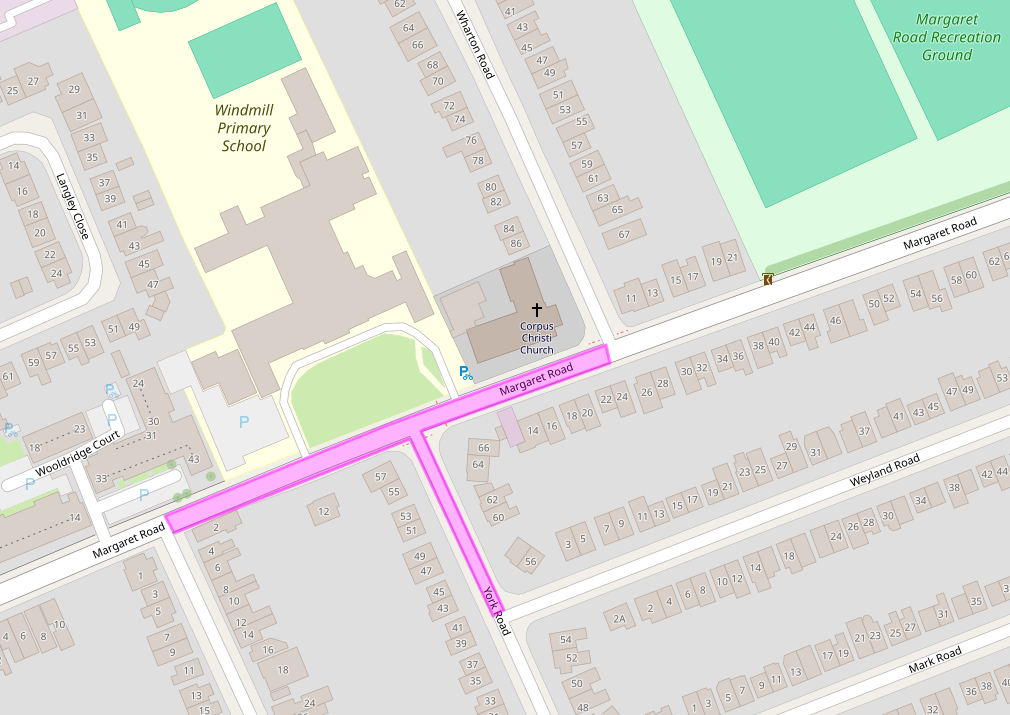
…and despite the clear need, none of St. Andrews Primary School, Wood Farm Primary School and Slade Nursery, Headington Quarry Foundation Stage School or Cheney School are included in the next batch of schools to get School Streets – as far as we’re aware they’re not even ‘on the list’…
…Cheney School is immediately next to a major road traffic junction and close to another, yet has no adequate segregated cycle paths, low-traffic neighbourhoods (whether pre-existing or new) or subways to mitigate this for pupils travelling to school from the East side of the school catchment area…
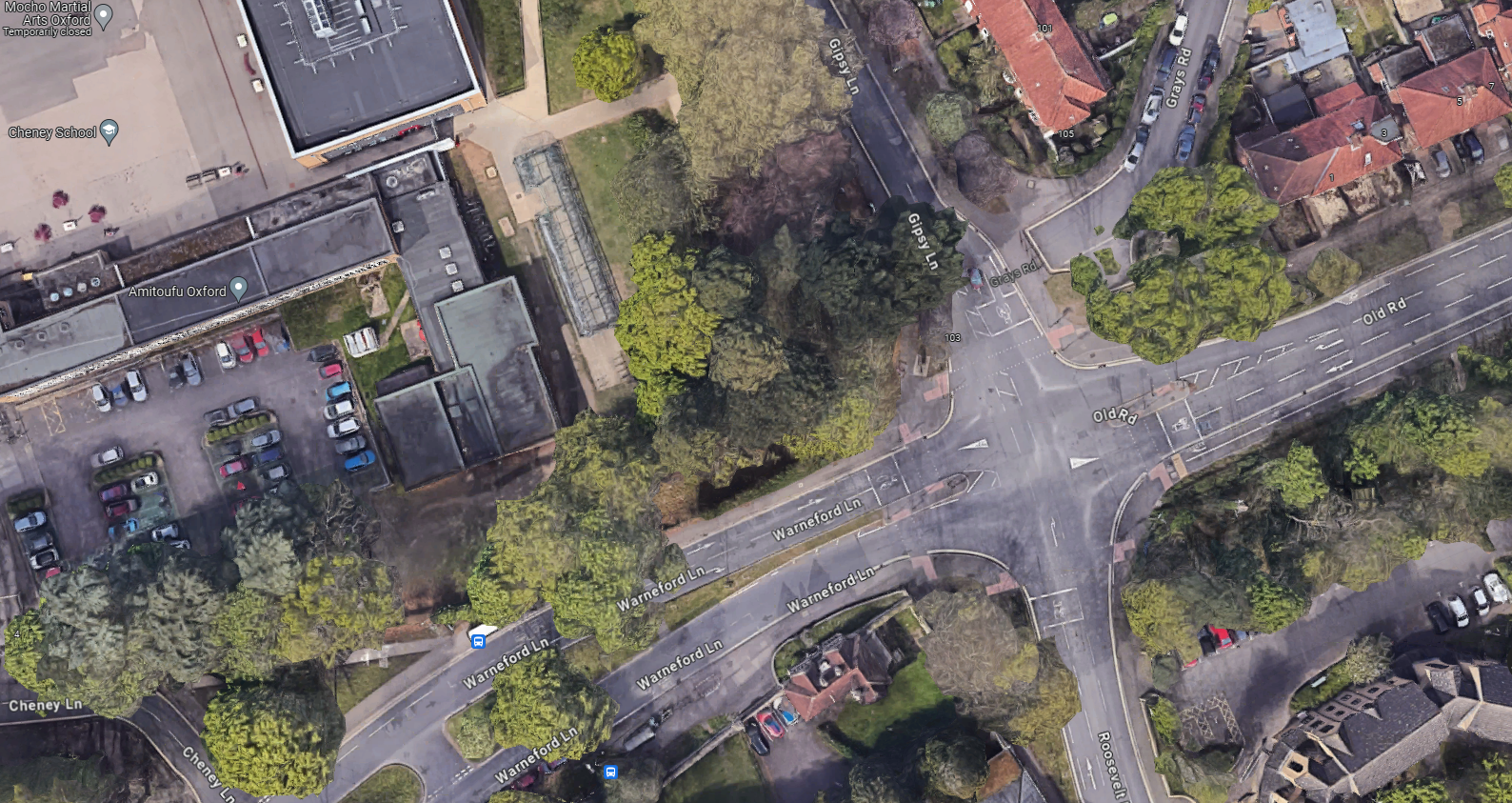
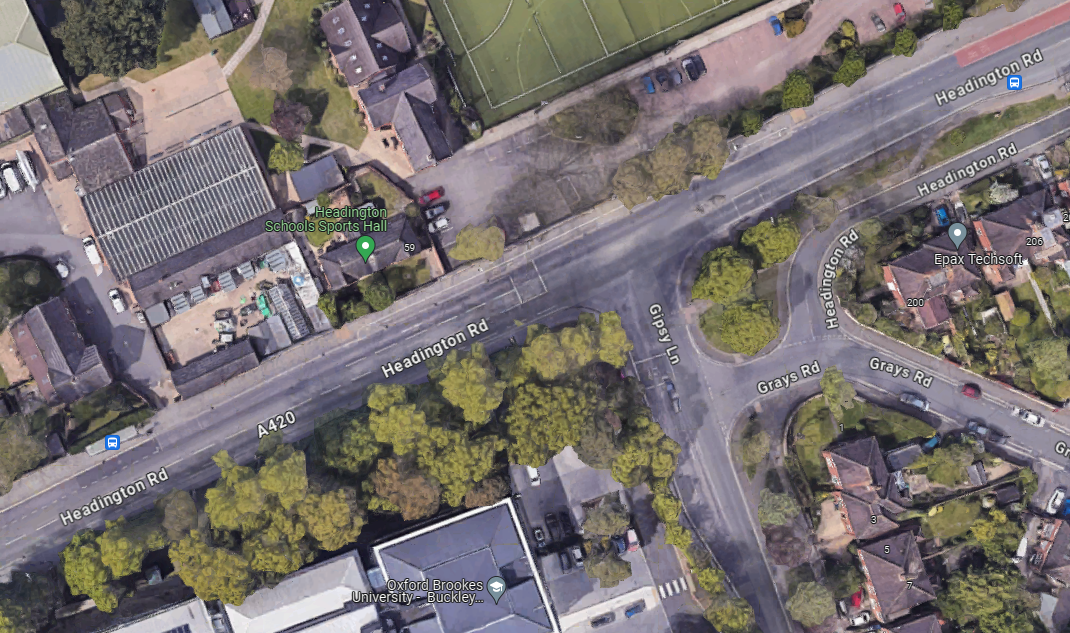
There are so many problems with these junctions, particularly for anyone using a bike, and particularly for children using bikes:
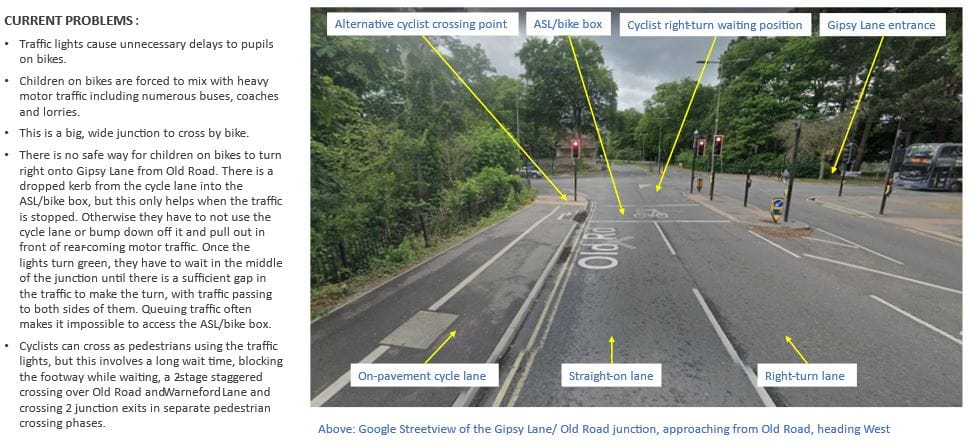
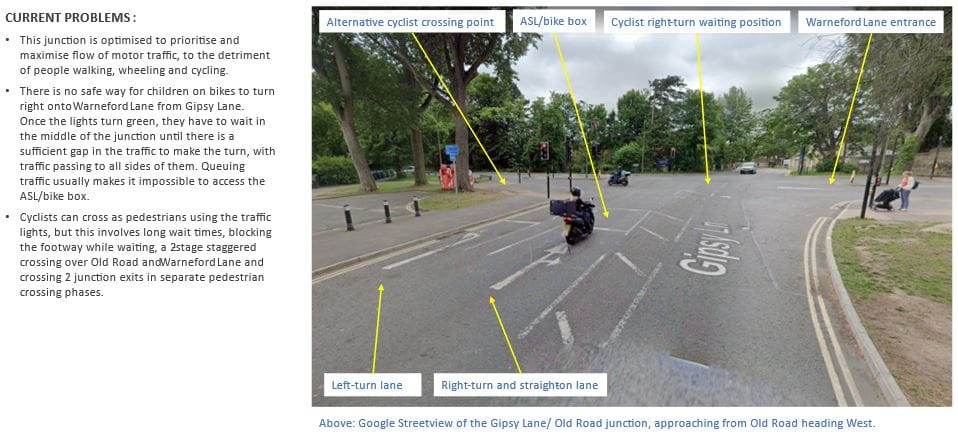
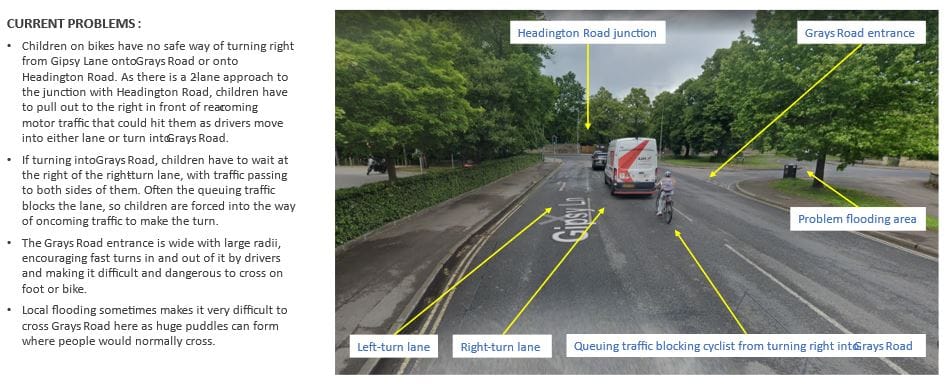
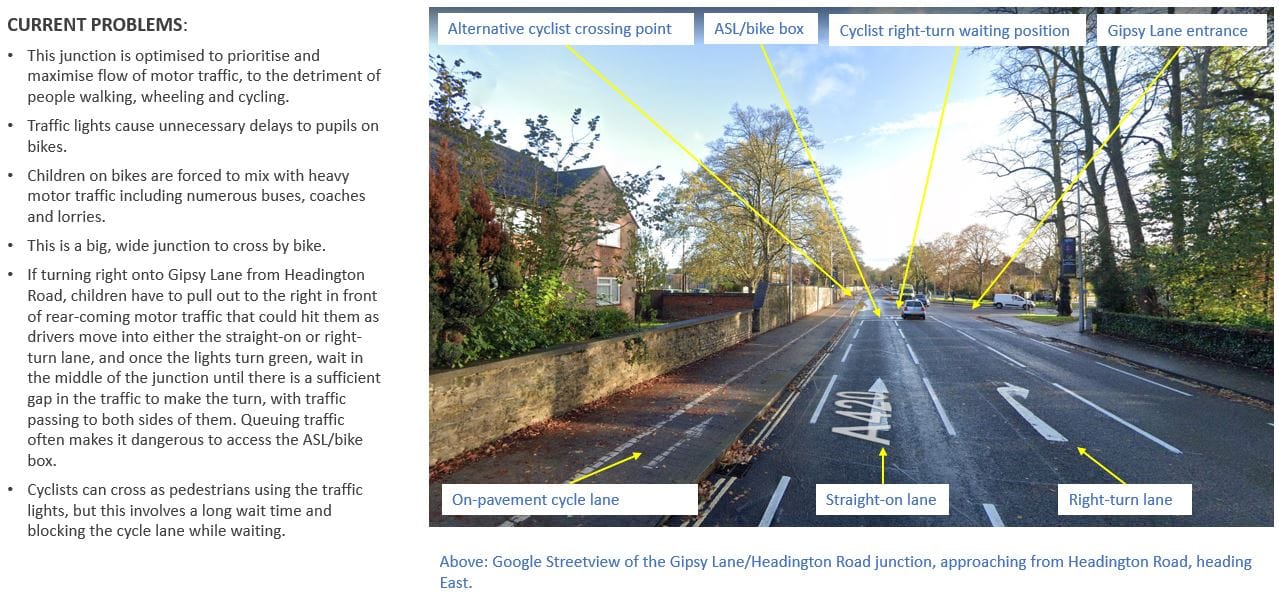
…cycling is prohibited on the only useful car-free routes in Headington: Bury Knowle Park and most of Cuckoo Lane…
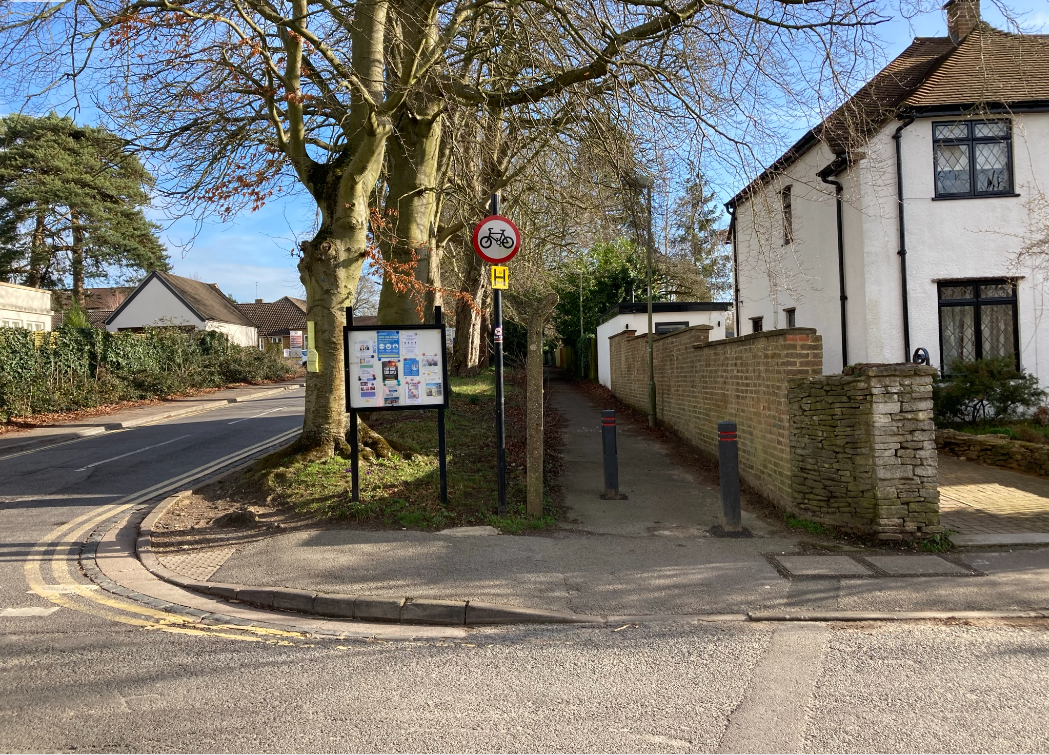
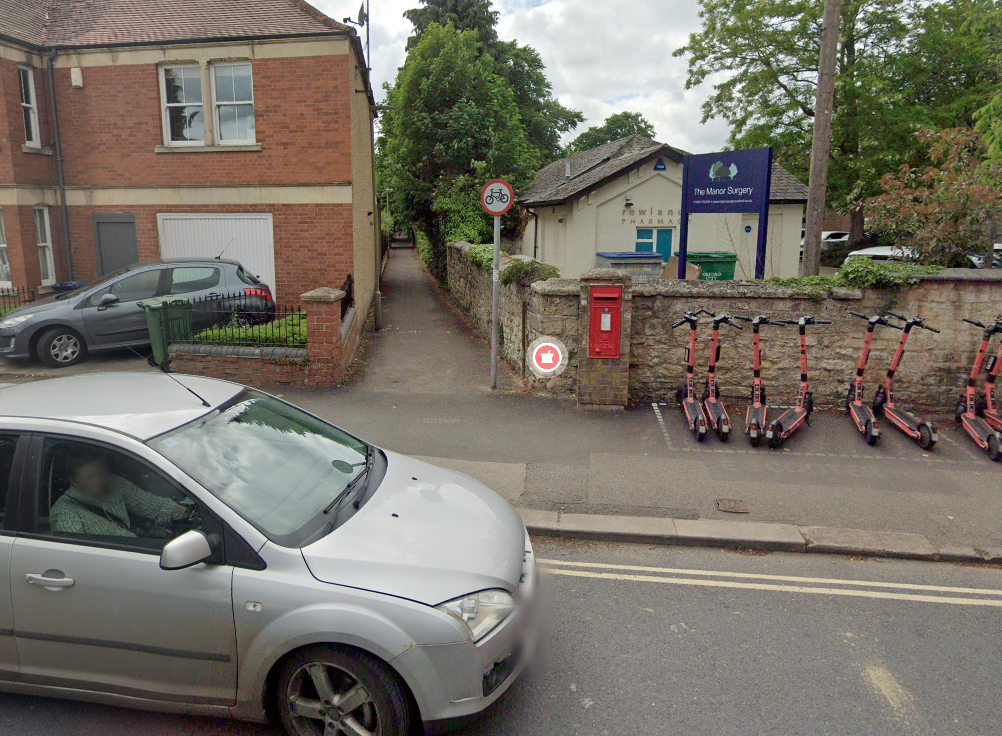
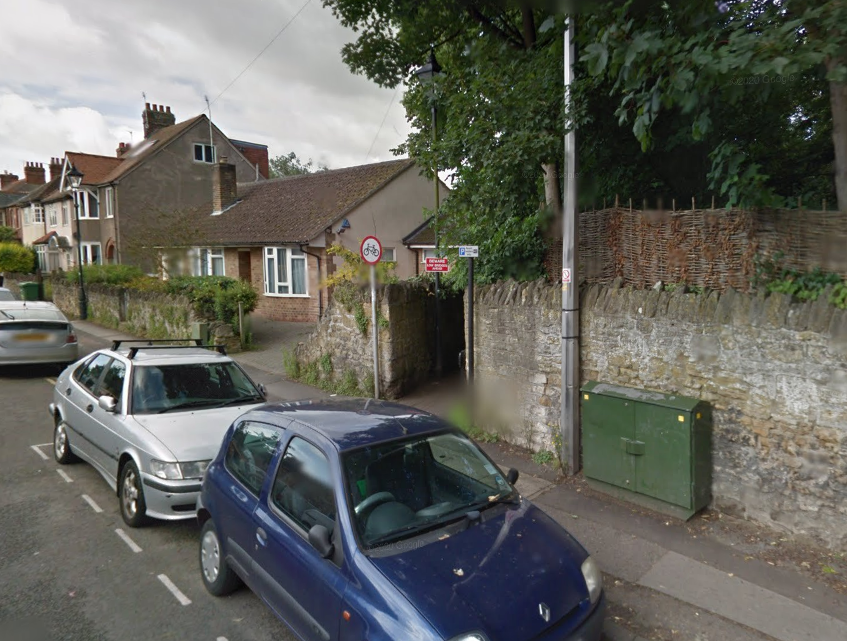
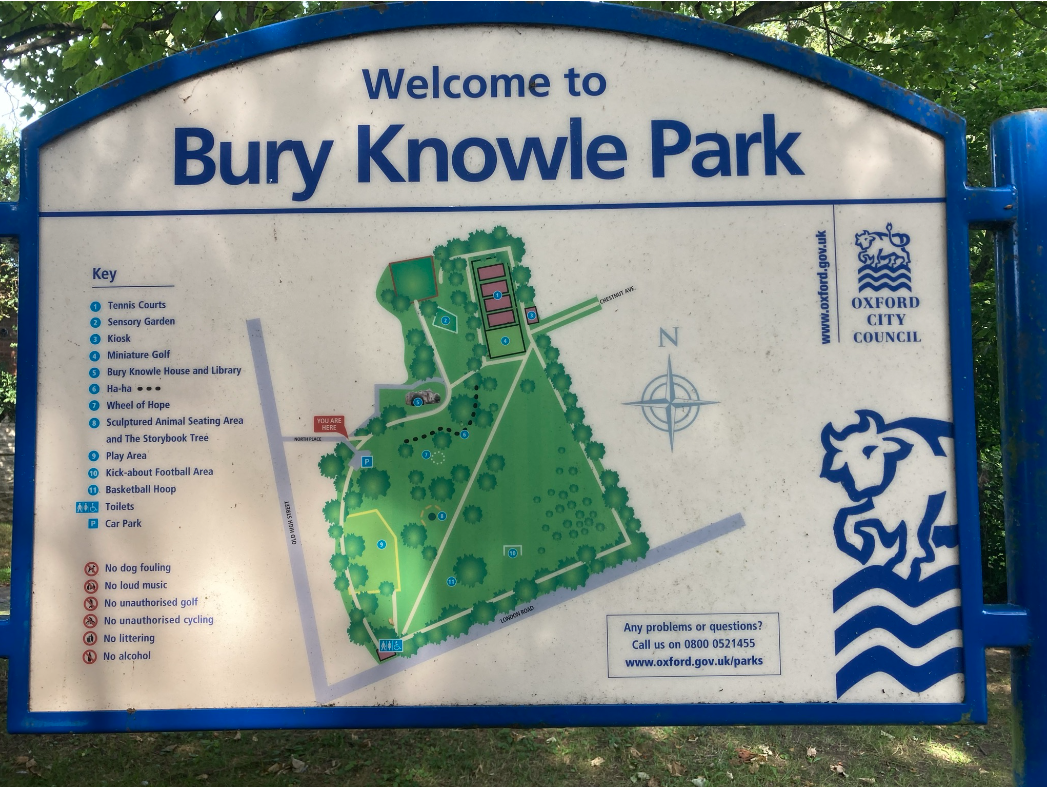
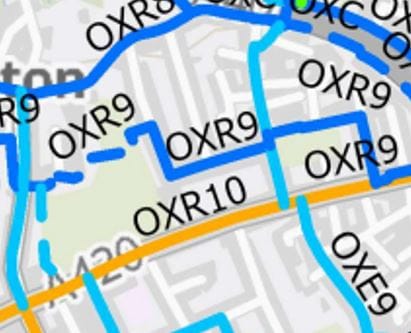
…people using disability-adapted bikes, cargo bikes or other non-standard bikes or mobility scooters and wheelchairs are prevented from using car-free routes where cycling is permitted due to discriminatory barriers…
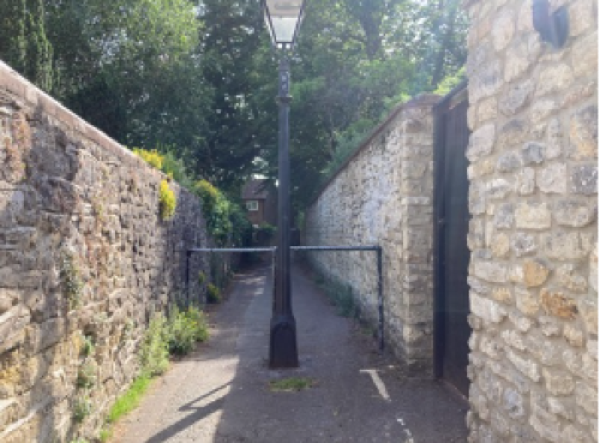
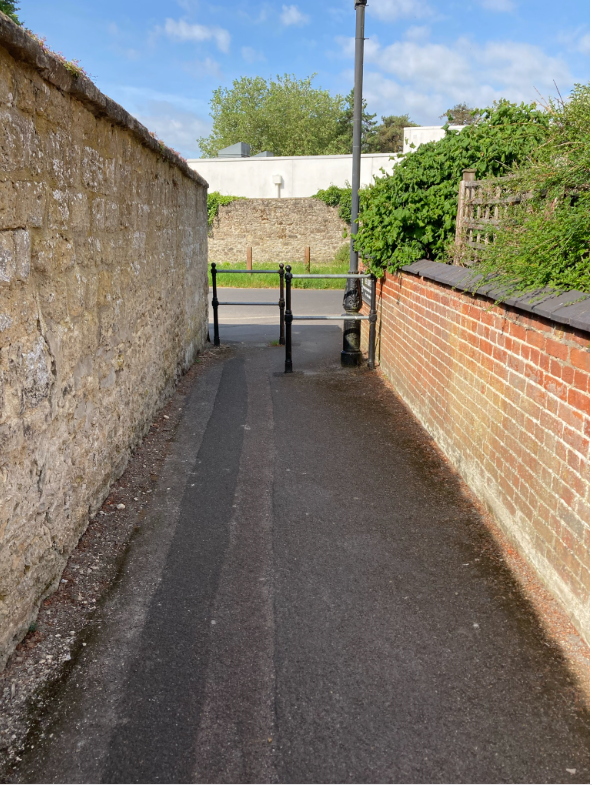
Barriers on The Croft
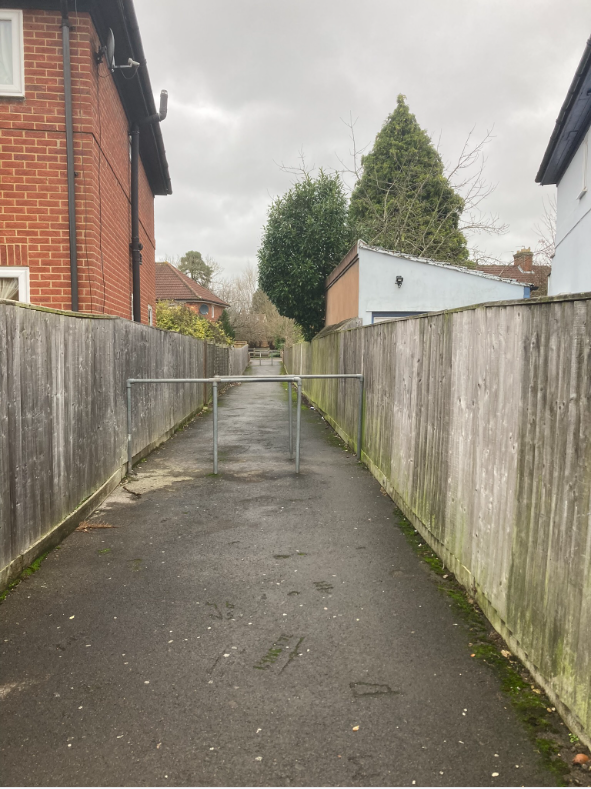
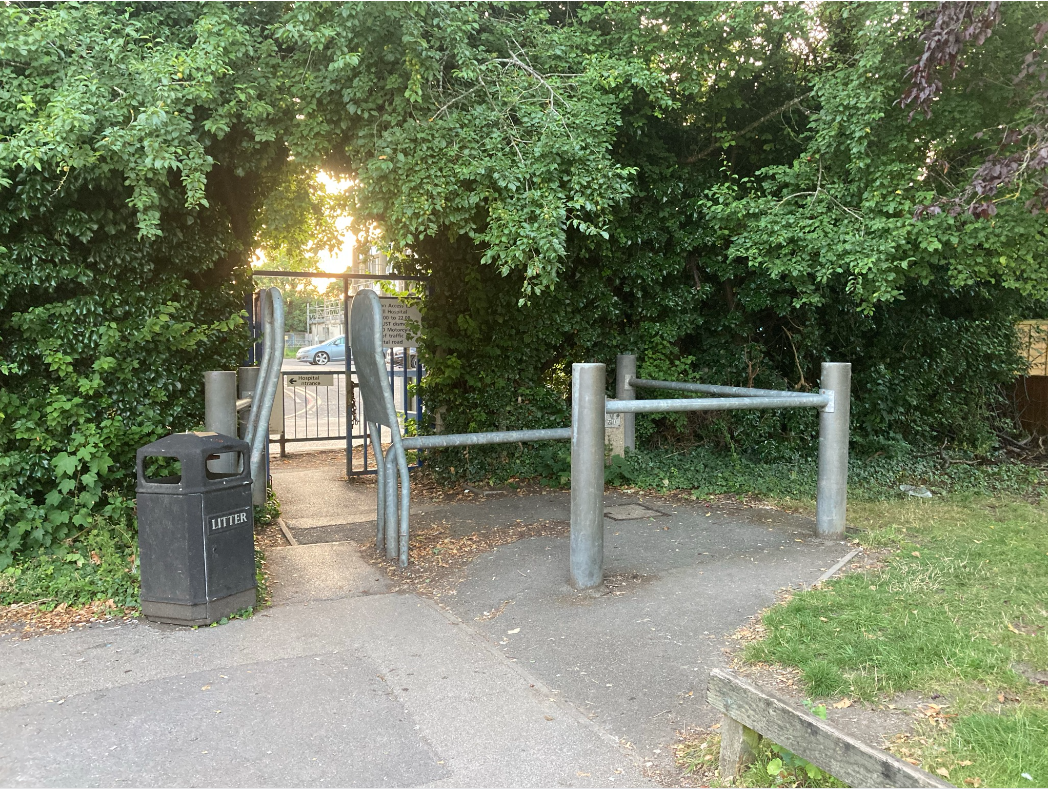
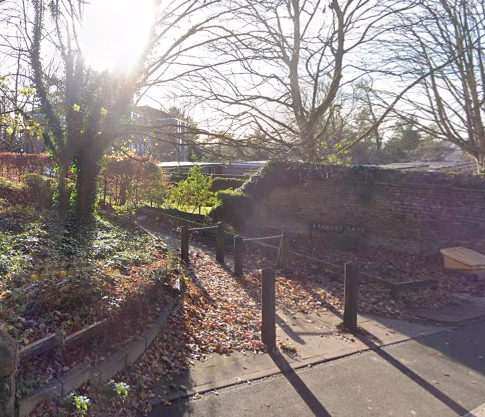
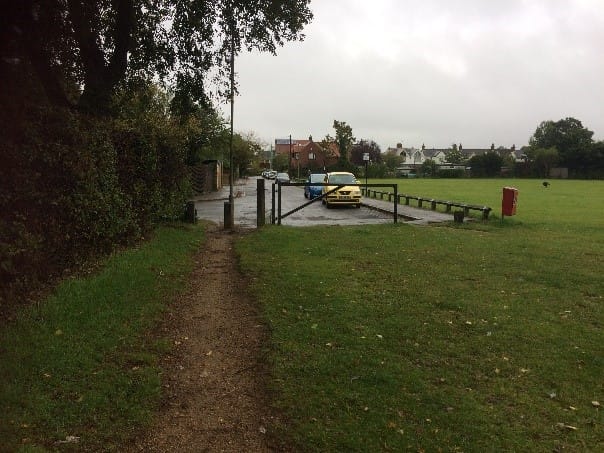
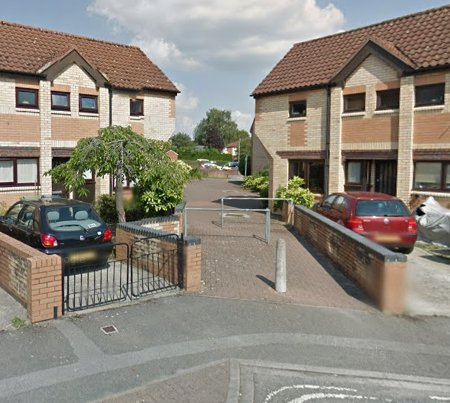
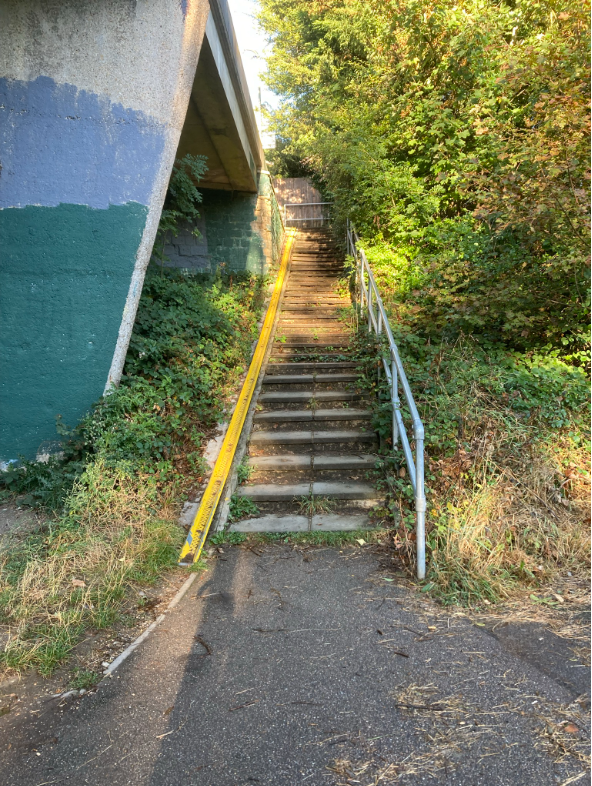
...Most of the alleyways in Quarry also have barriers, presumably to try to prevent them being used by cyclists and people using wheelchairs or mobility scooters...
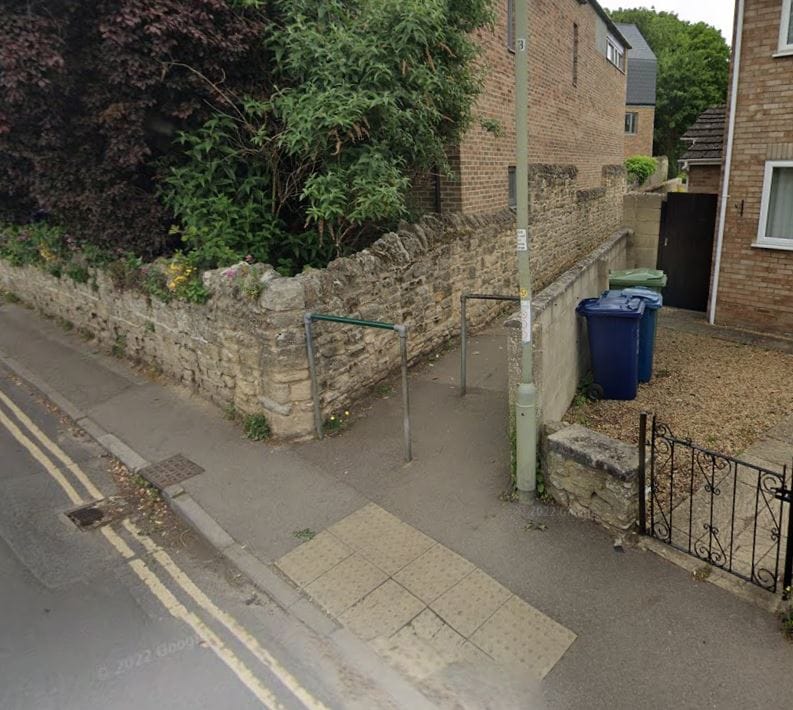
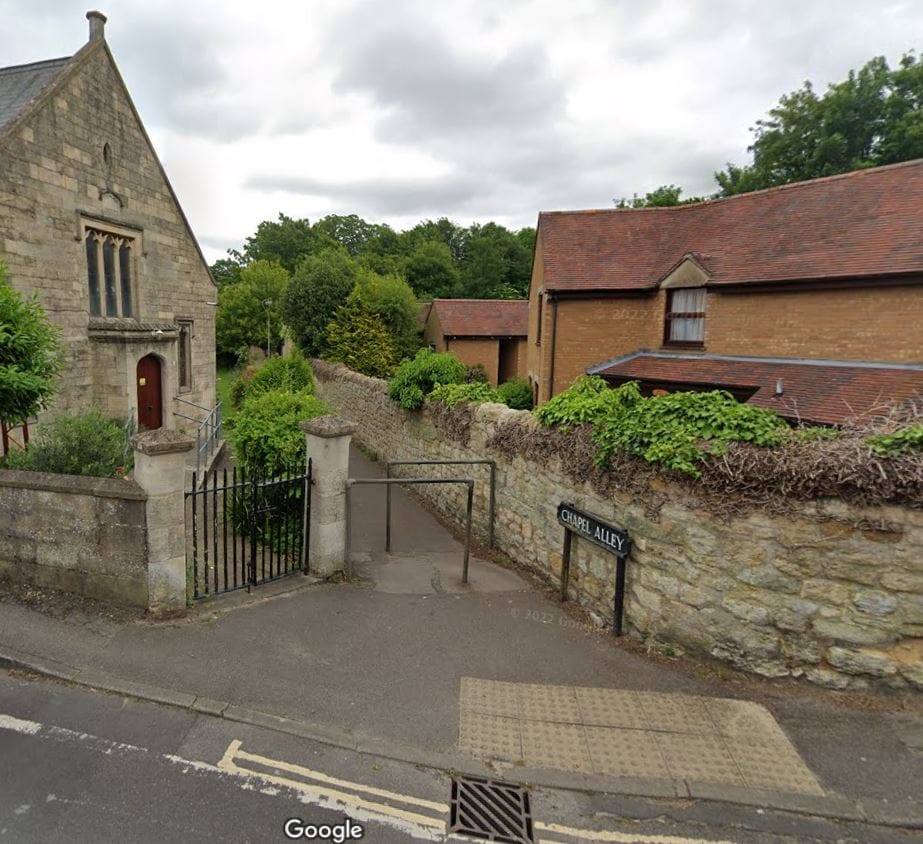
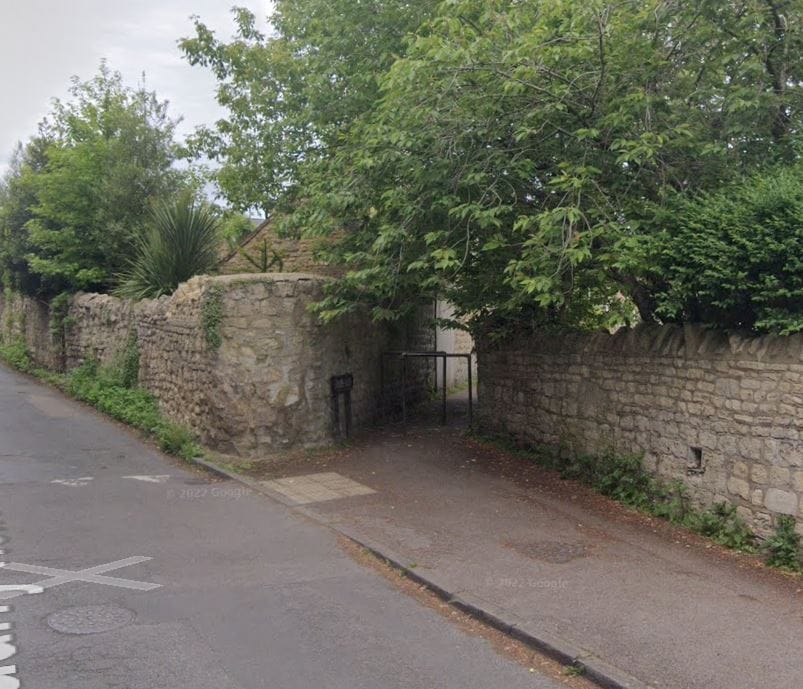
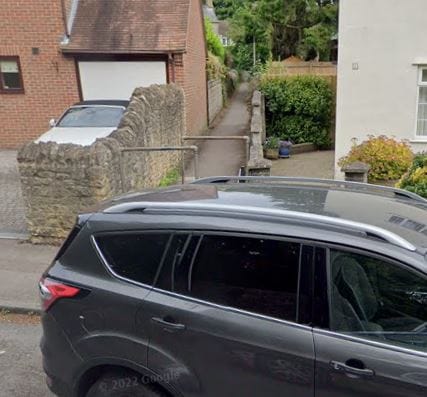
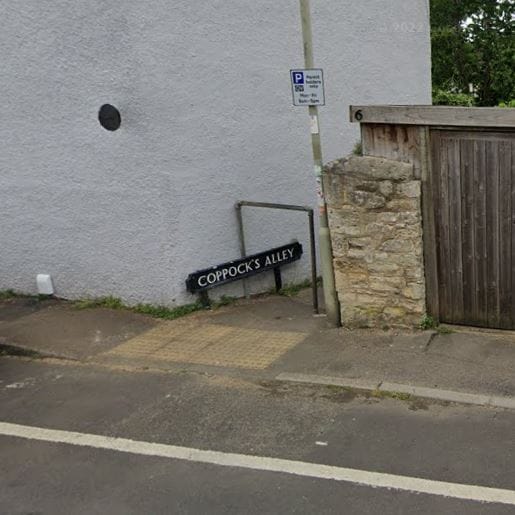
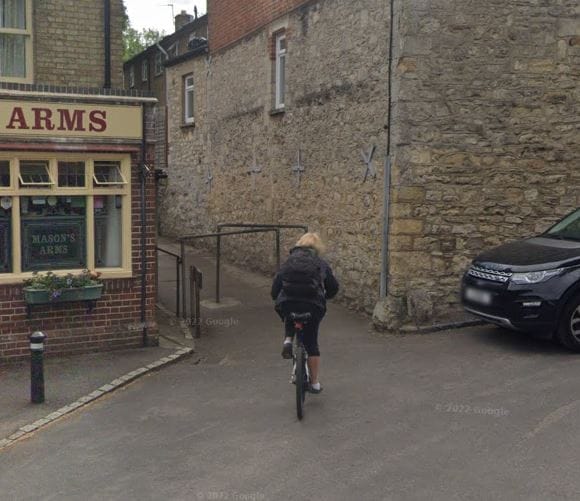
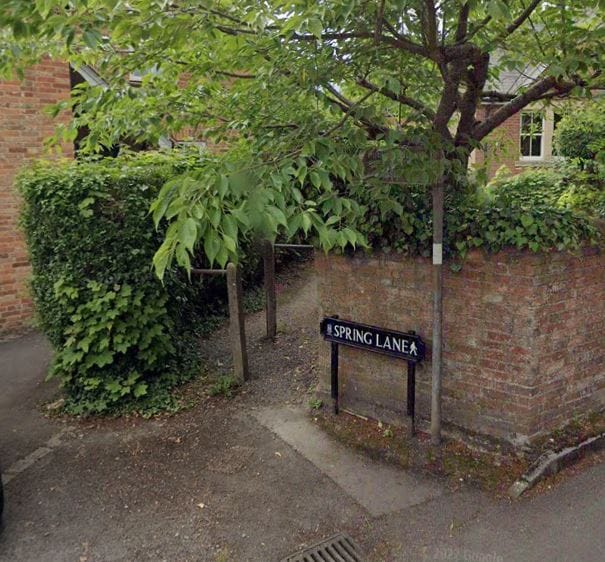
…the potentially useful route through Lye Valley and over Warneford Meadow that could provide a car-free link between Lye Valley and East Oxford, the Churchill Hospital, Old Road Campus, Warneford Hospital and Headington Care Home is currently inaccessible for walking, wheeling or cycling by disabled people and is unlikely to ever be accessible by all due to legal issues holding up the building of a proper cycling and walking path over Warneford Meadow and refusal to allow construction of accessible paths and bridges in Lye Valley for environmental reasons...
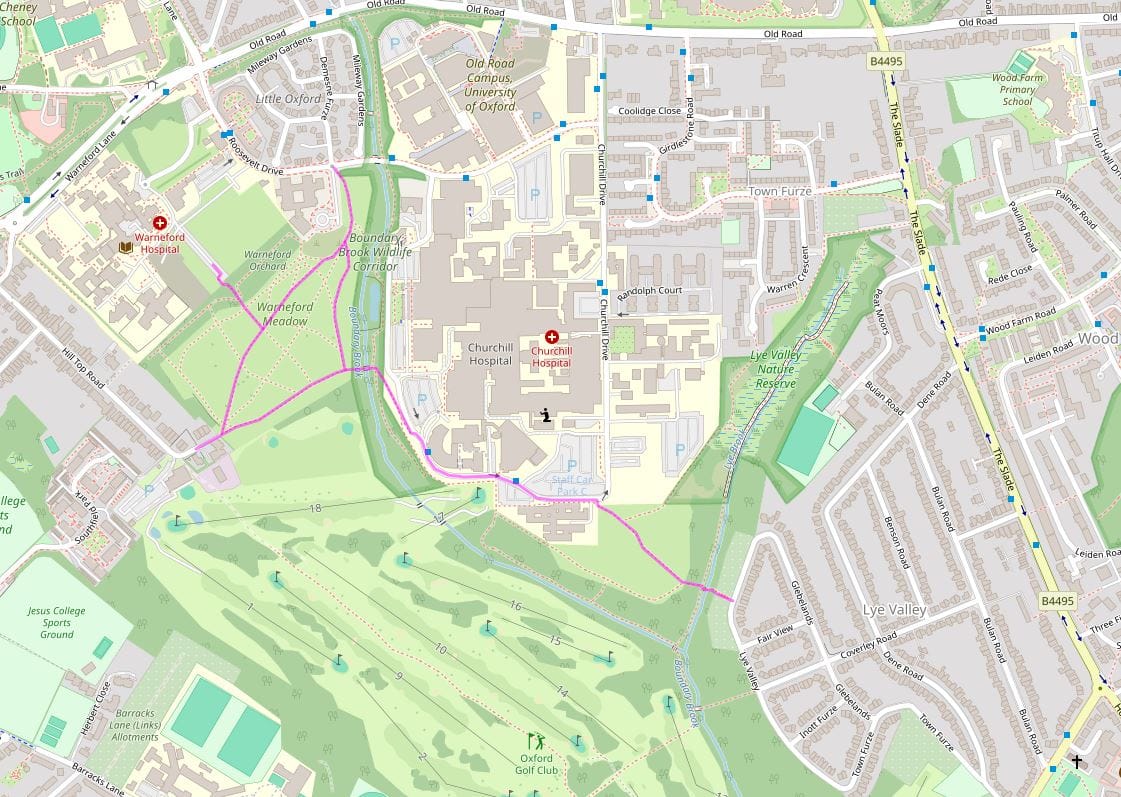
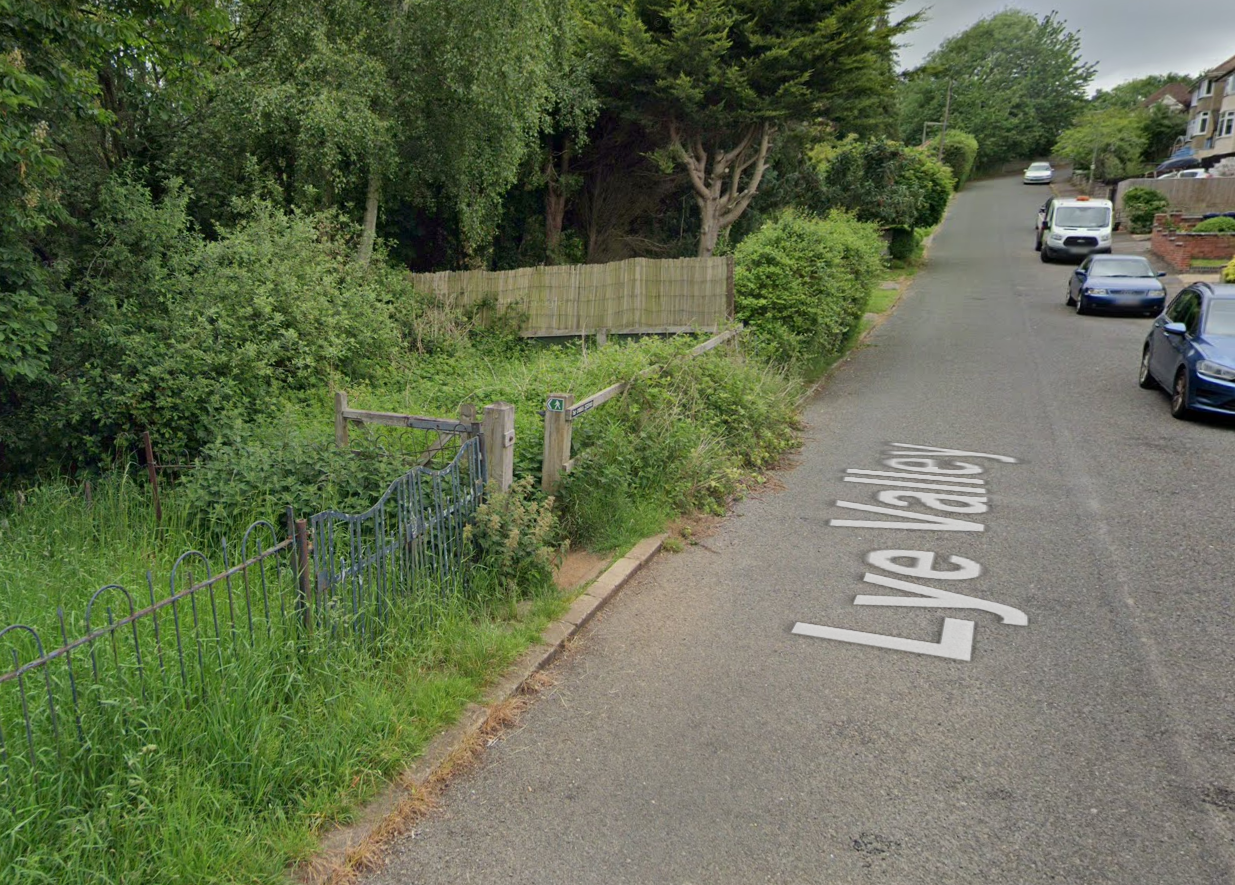
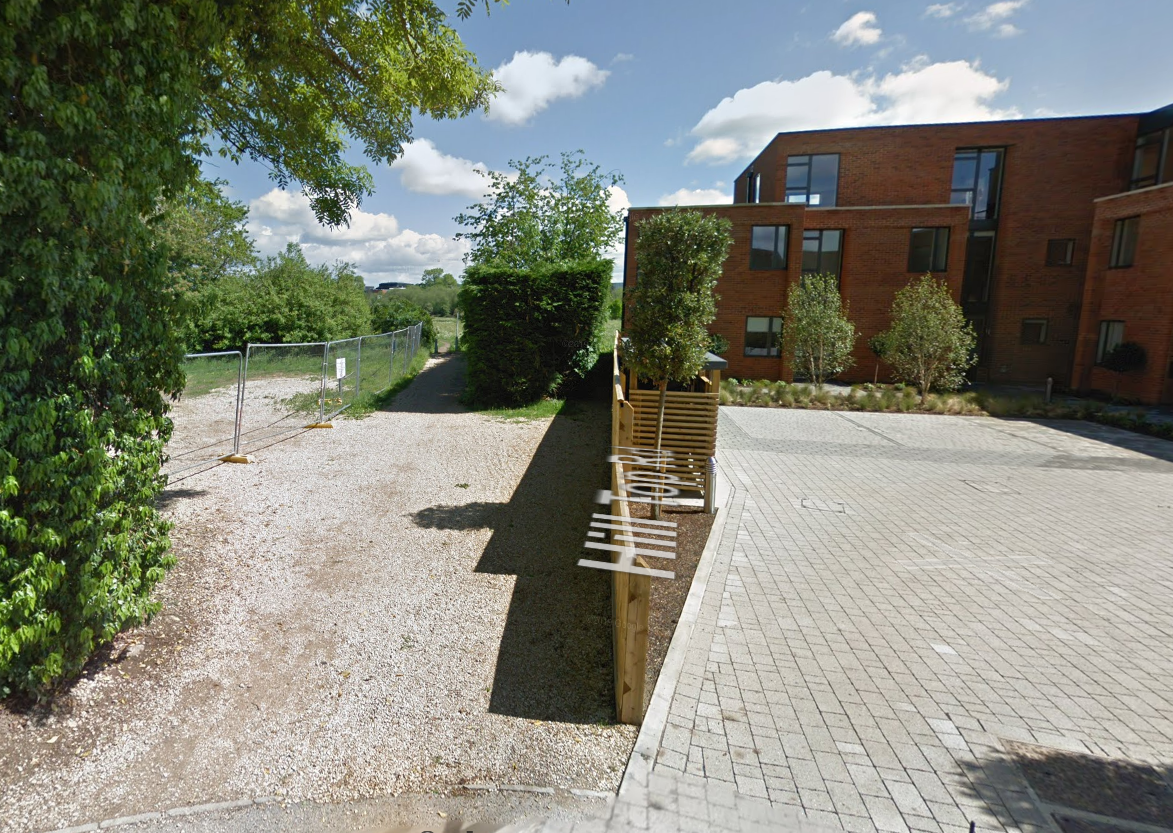
…the County Council is planning to turn this useful cycling-permitted car-free route to Barton Leisure Centre and Waynefleet Road into a bus highway that cuts across the A40 cycle path as part of its Bus Service Improvement Plan…
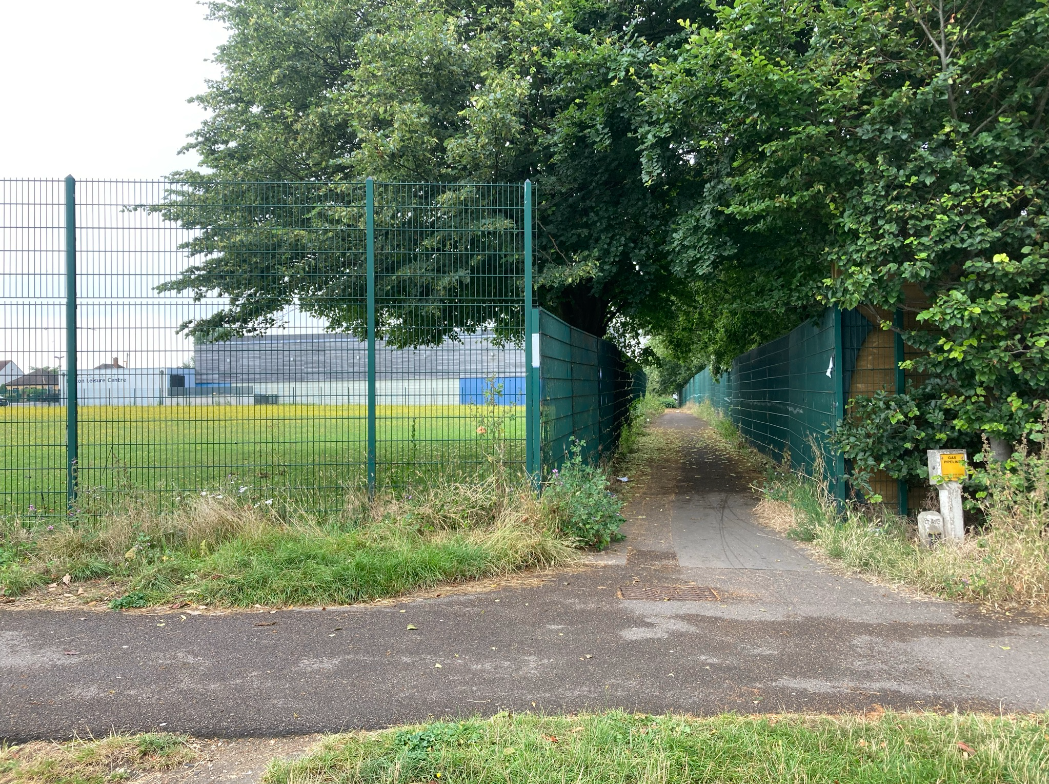
…cyclists are told to dismount and presented with barriers on all the ‘official cycle routes’ around/under Green Road Roundabout and by Thornhill Park & Ride…
…and the subways are too narrow, poorly lit, put cyclists and pedestrians in conflict, have sharp turns preventing visibility through to the other side, and feel unsafe, particularly for women and girls…
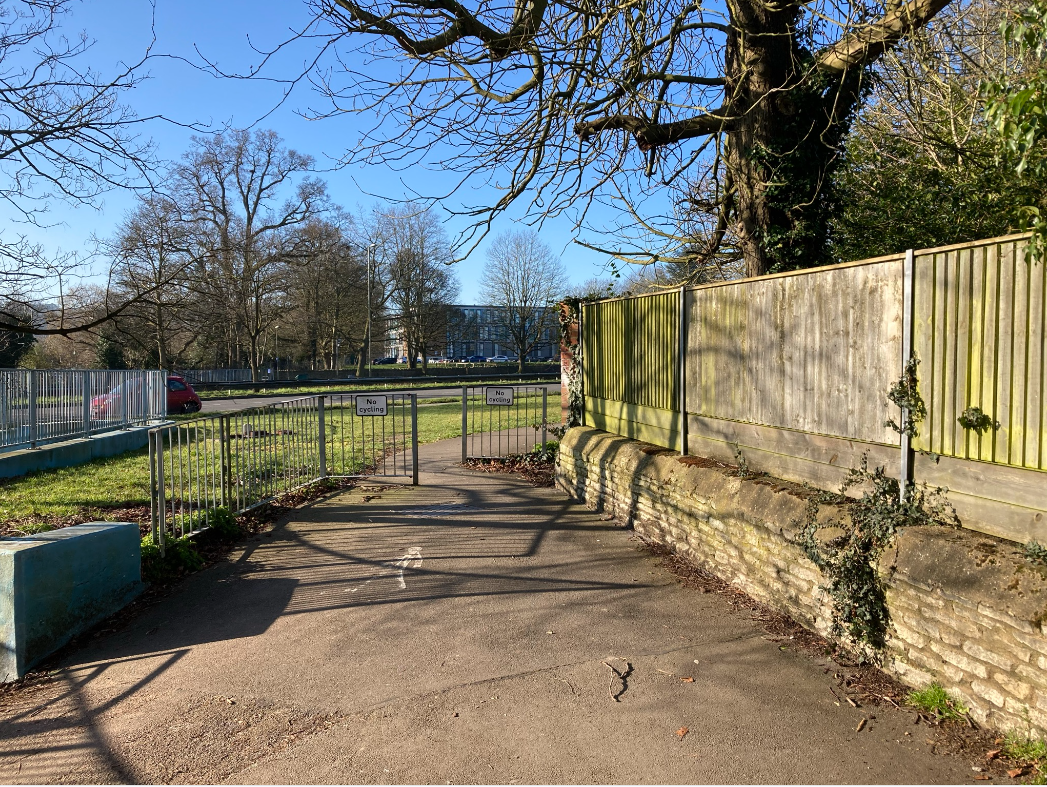
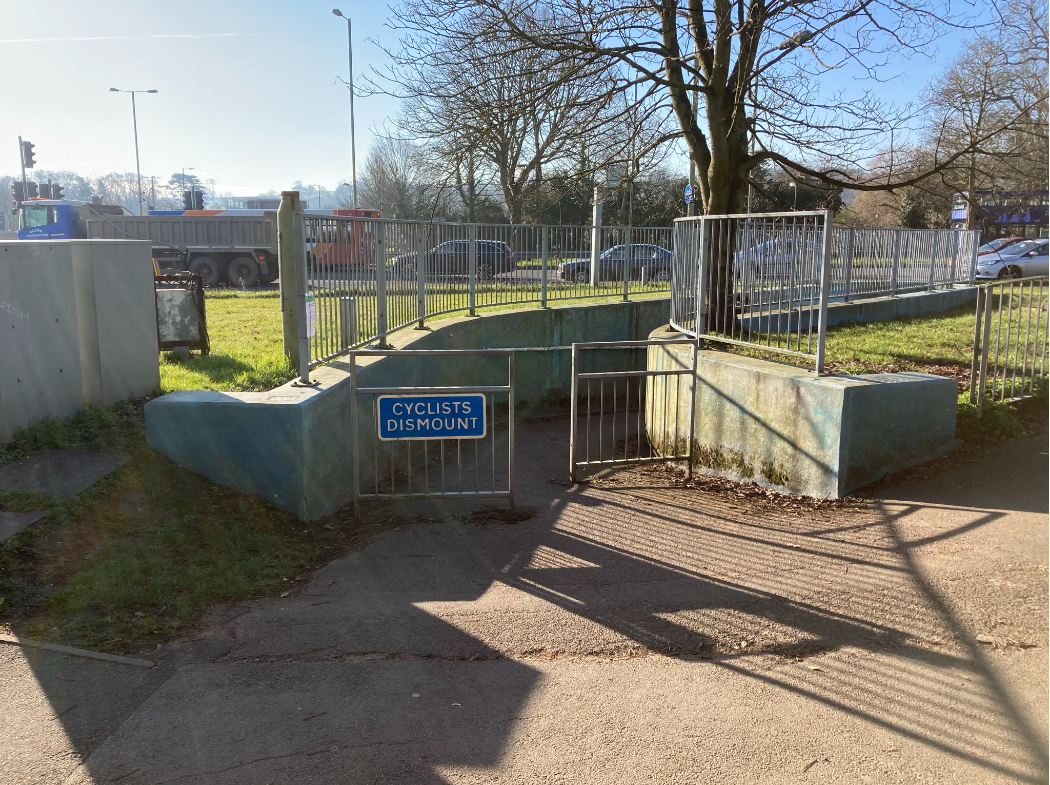
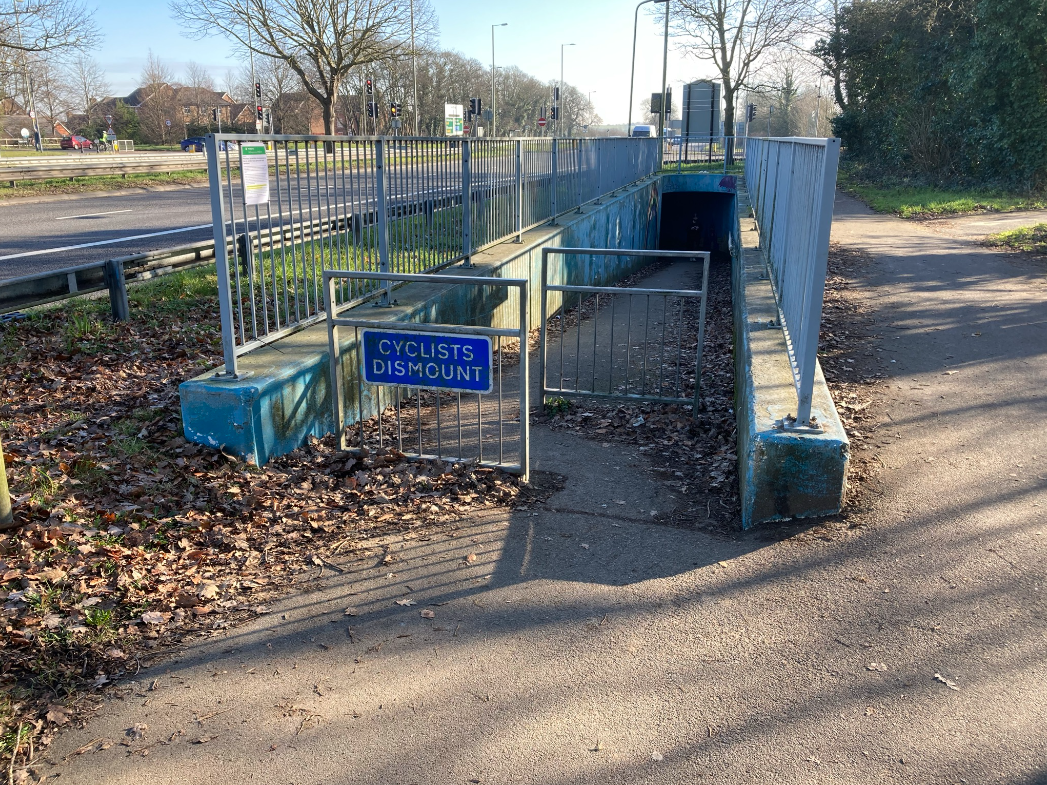
Sandhills subway
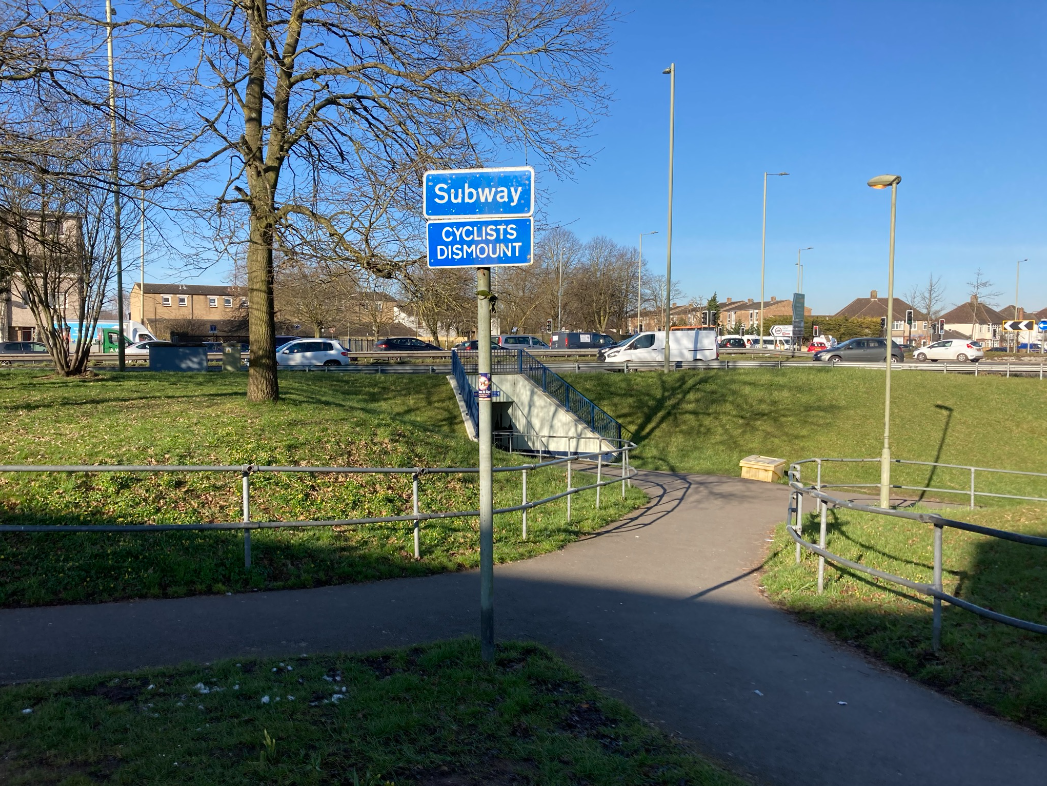
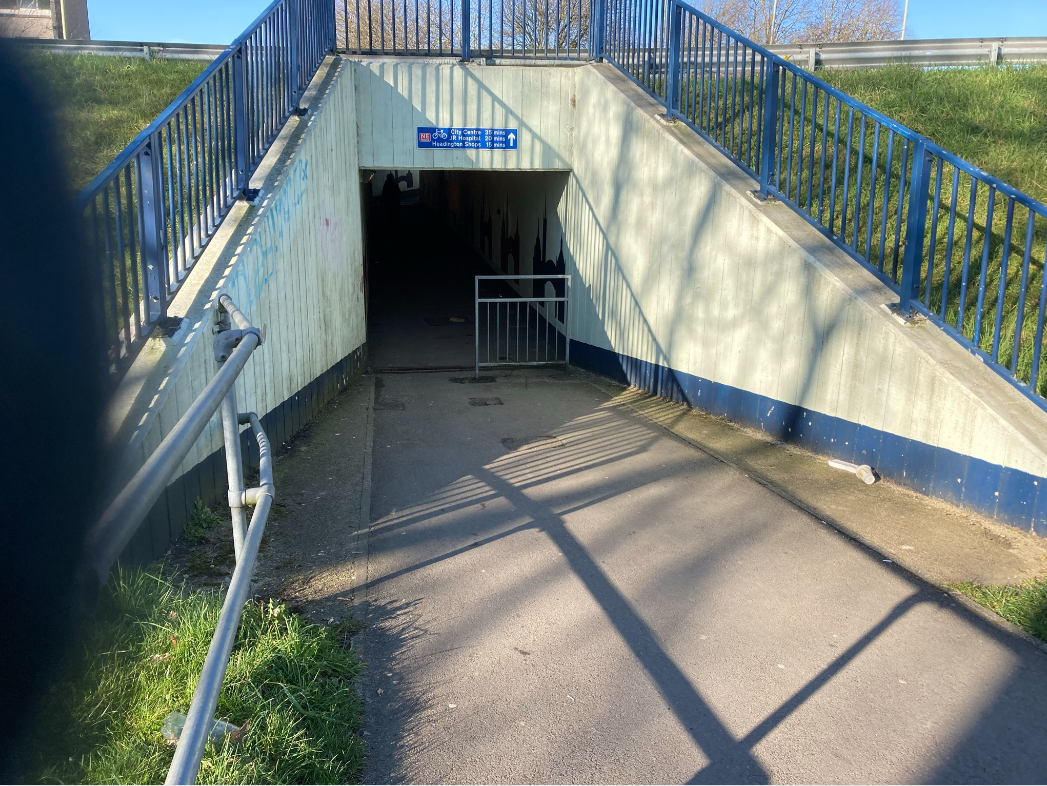
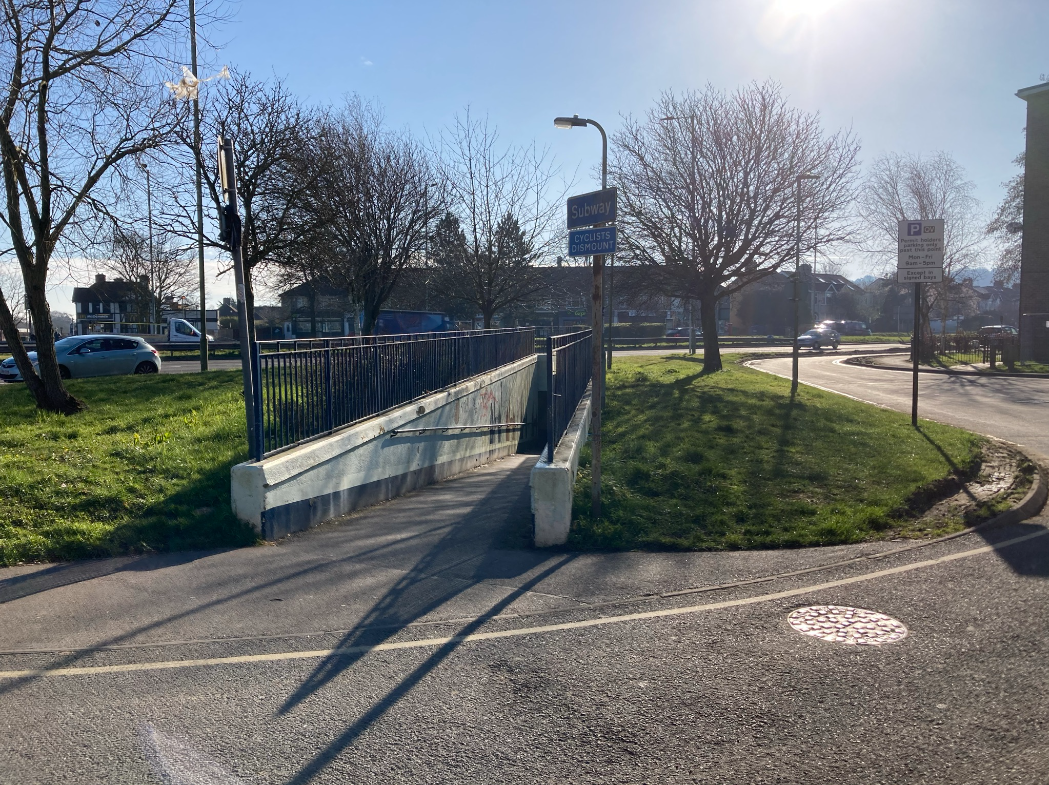
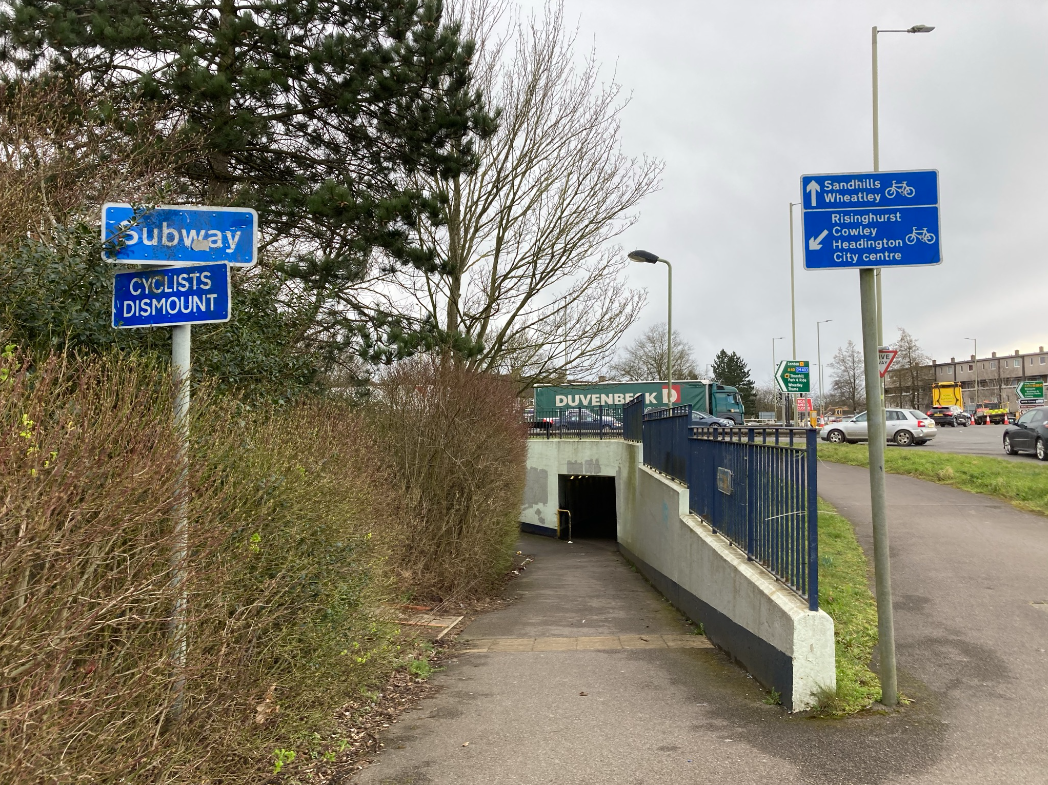
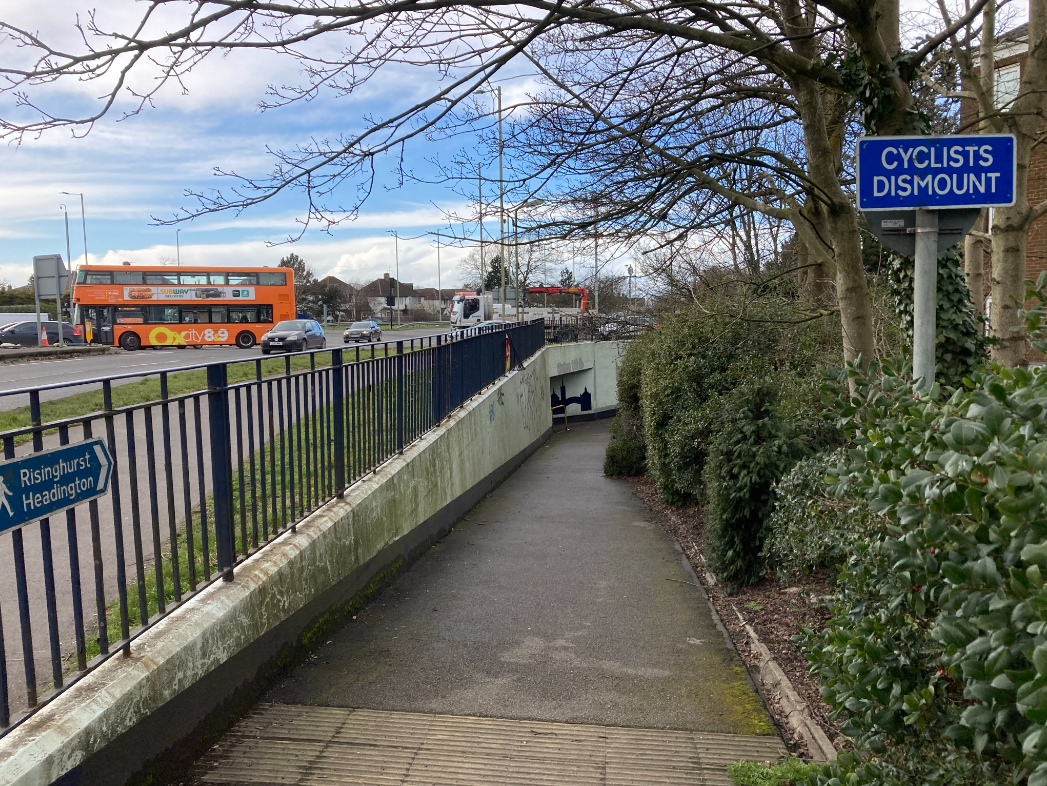
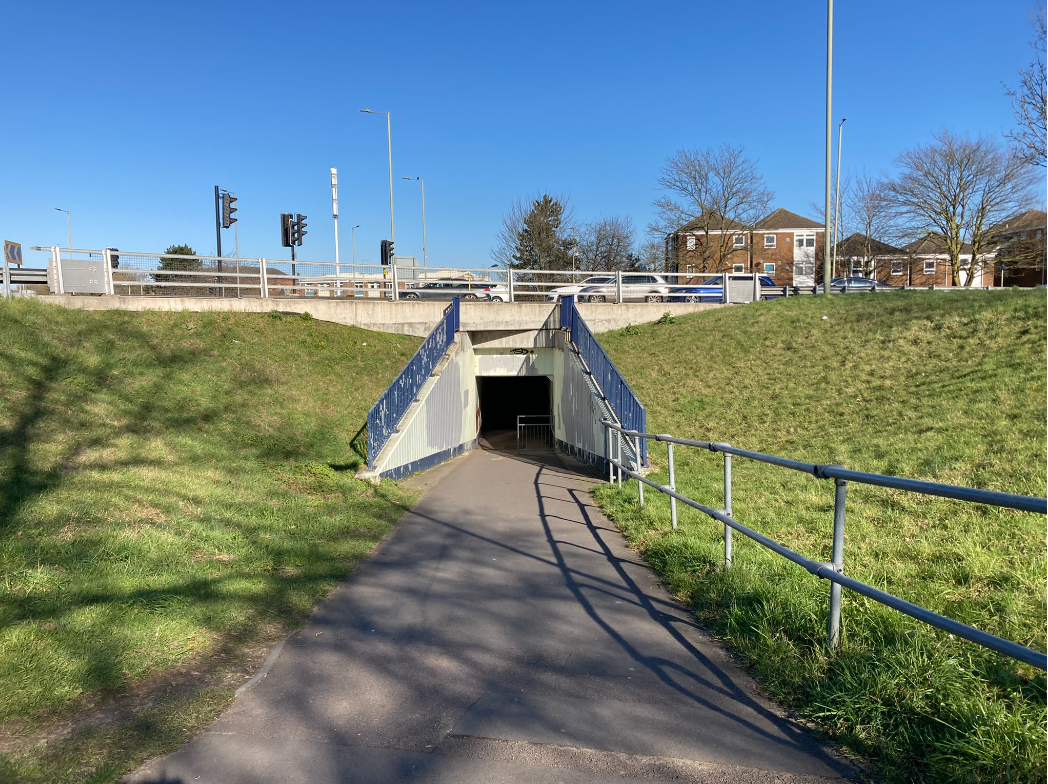
Green Road Roundabout subways
Such "cyclists dismount" and "no cycling" signs don't seem to exist for equivalent infrastructure elsewhere in Oxford.
…there’s no subway or safe at-grade crossing to get across the busy 5-lane Bayswater Road junction and it’s around 160m to the nearest pedestrian crossing near Waynefleet Road…
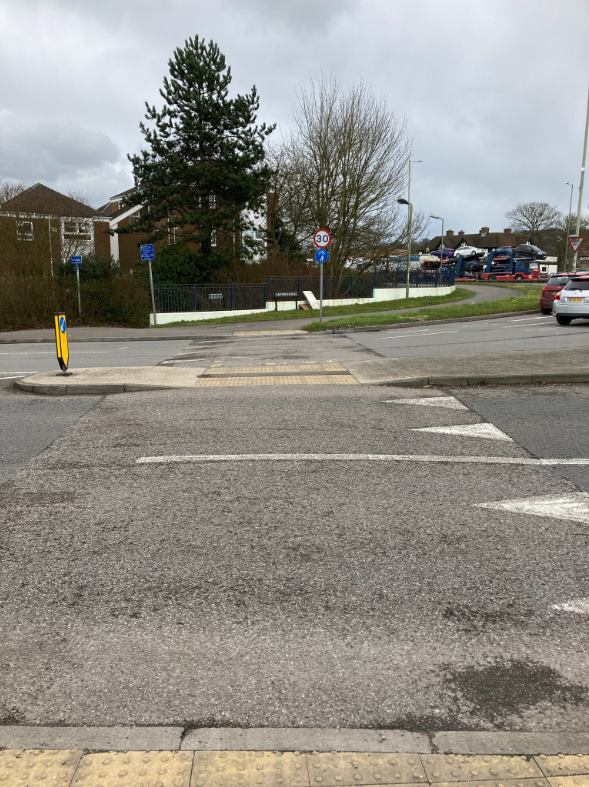
…unlike Marston Ferry Road or the Ring Road cycle path leading to Oxford Academy, the A40 cycling and walking path between Green Road Roundabout and Thornhill Park & Ride is exposed, noisy and hostile, with no physical protection between people walking and cycling and heavy, fast-moving traffic (and this is a route that children going to Sandhills Primary School use)…
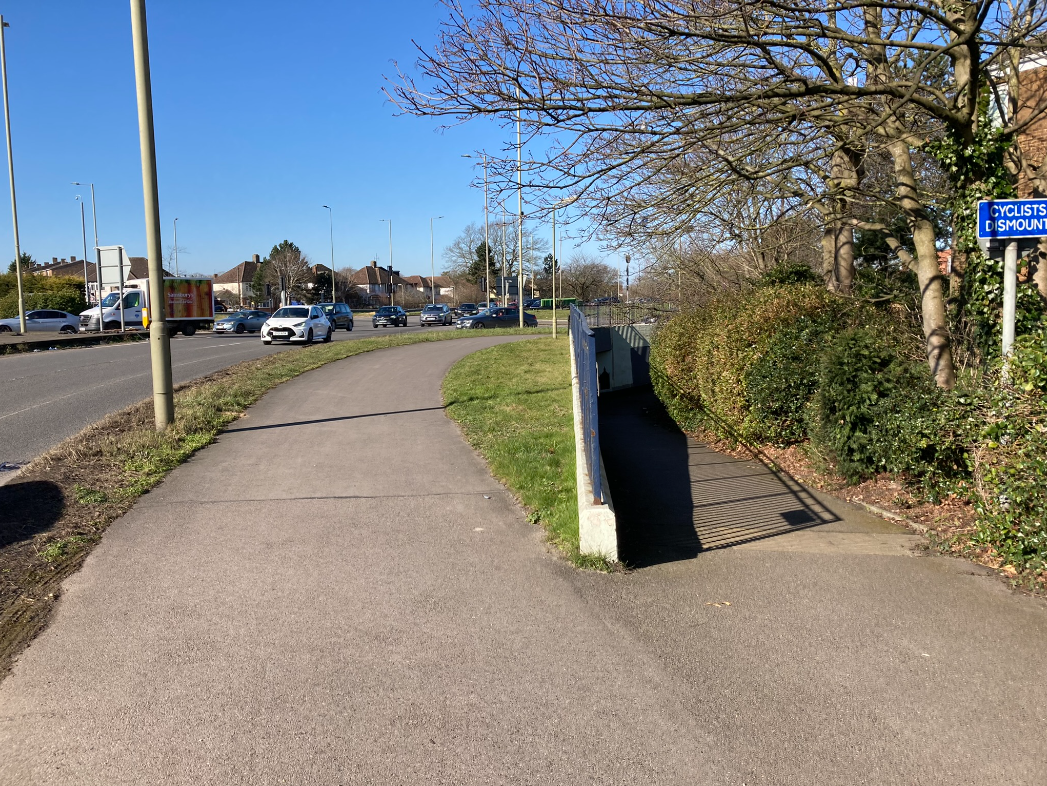
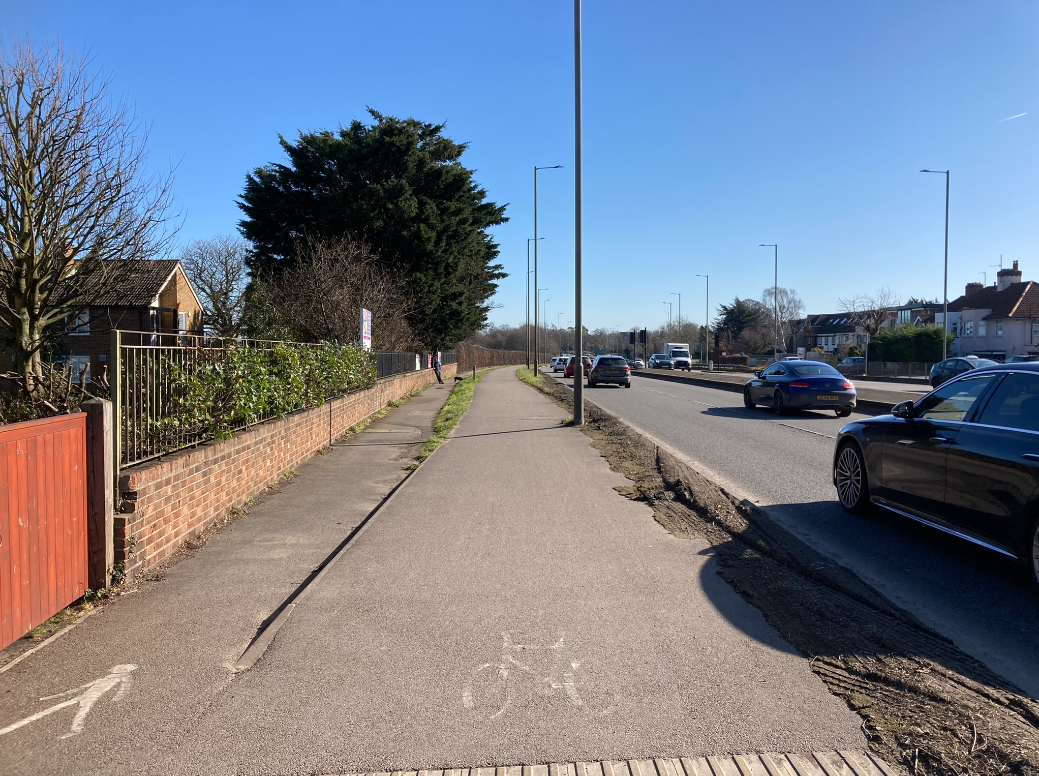
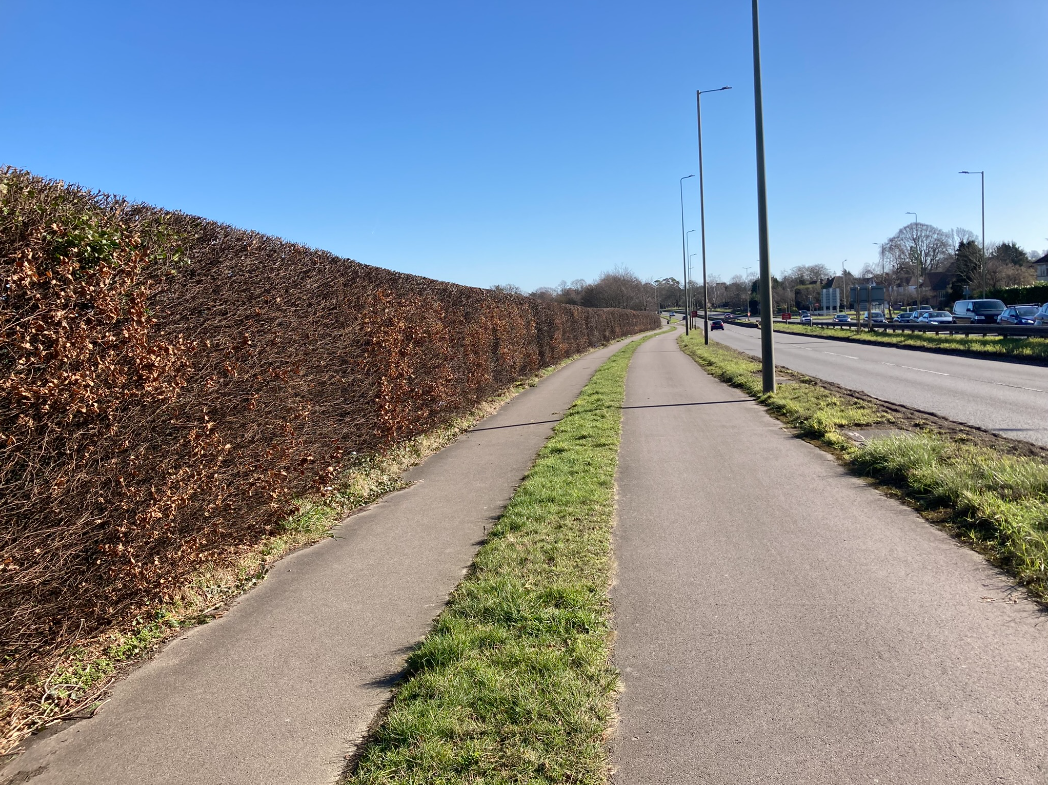
A40 walking and cycling path (North side)
…cyclists using the A40 cycle path to get from Thornhill P&R into Headington have to cross a dangerous, busy A40 slip road junction at Collinwood Road…
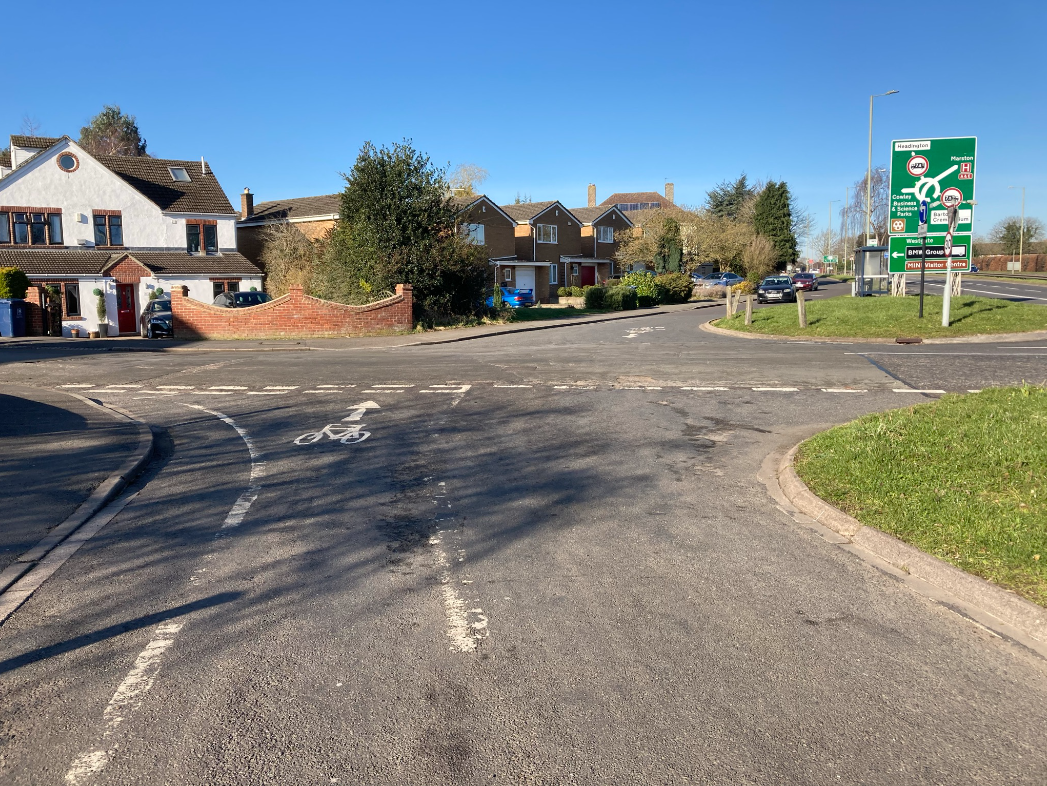
(This danger could be removed by closing that entrance to motor traffic, as was done at the Horspath Road access to the Eastern By-Pass in Cowley many years ago.)

…and take their chances with drivers rat-running through The Roundway in Risinghurst to avoid Green Road Roundabout…
(This danger would also be removed by closing the Collingwood Road entrance to motor traffic.)
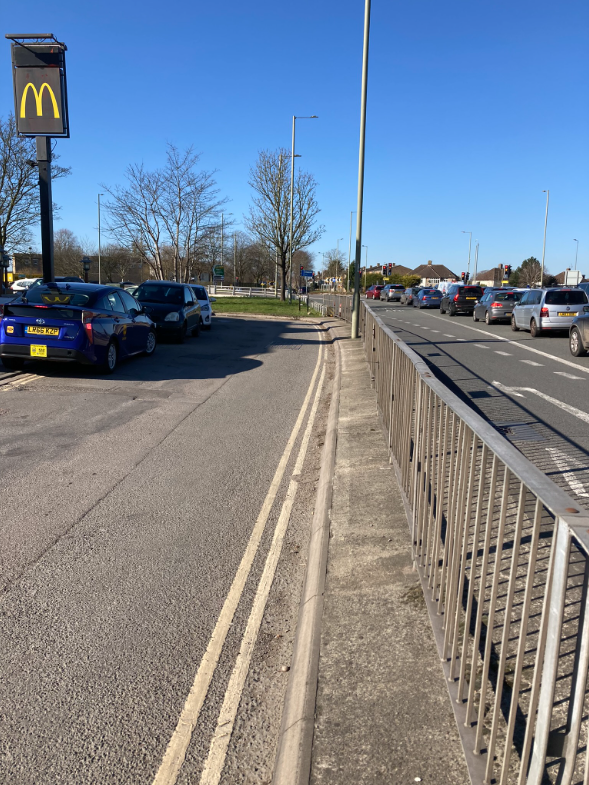
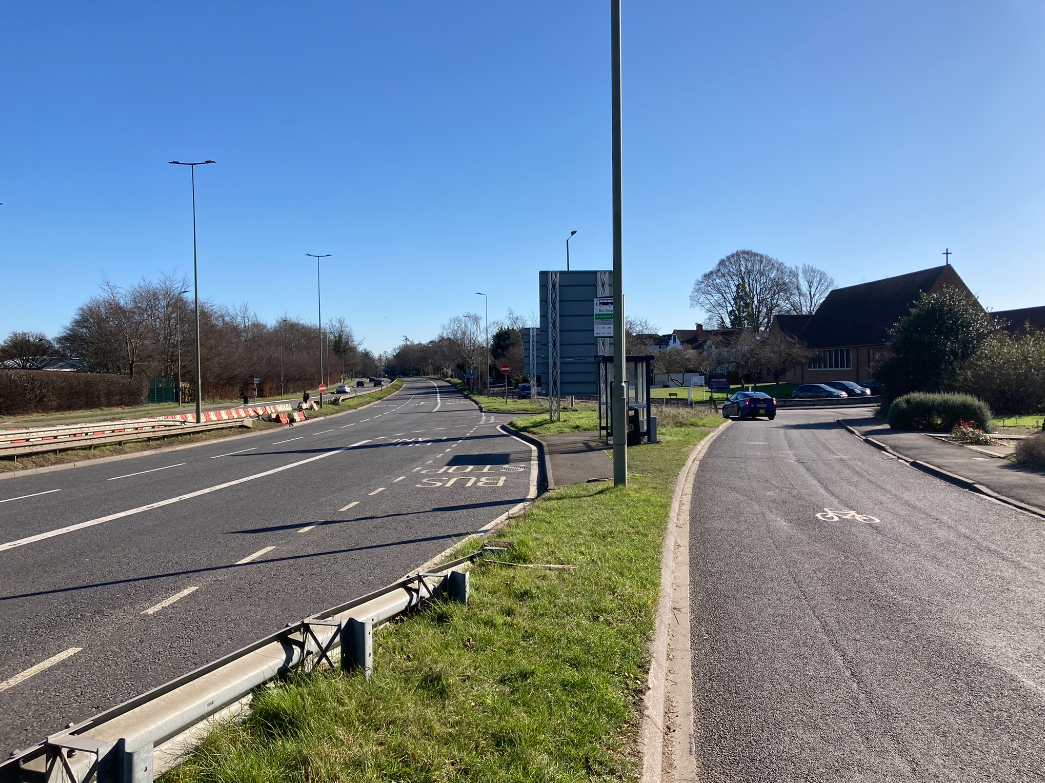
A40 cycle route (South side) on approach to The Roundway
…children who attend Barton Park Primary School have to walk or cycle 790m to get to the Barton Park crossing of the A40, 915m to the Barton Village Road subway or 1.35km to Green Road Roundabout in order to get across the A40…
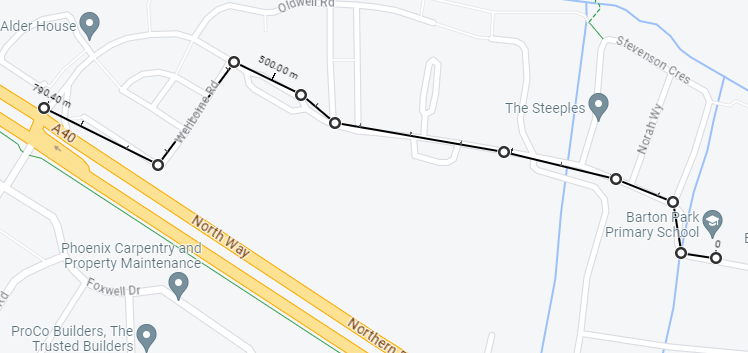
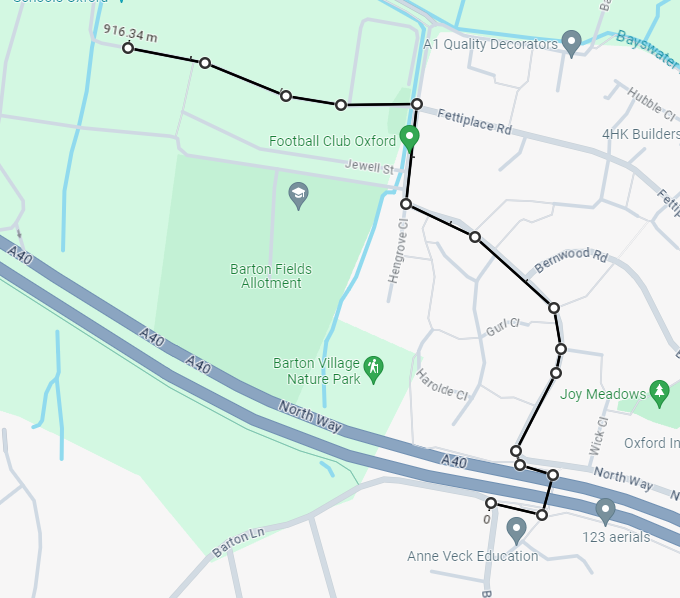
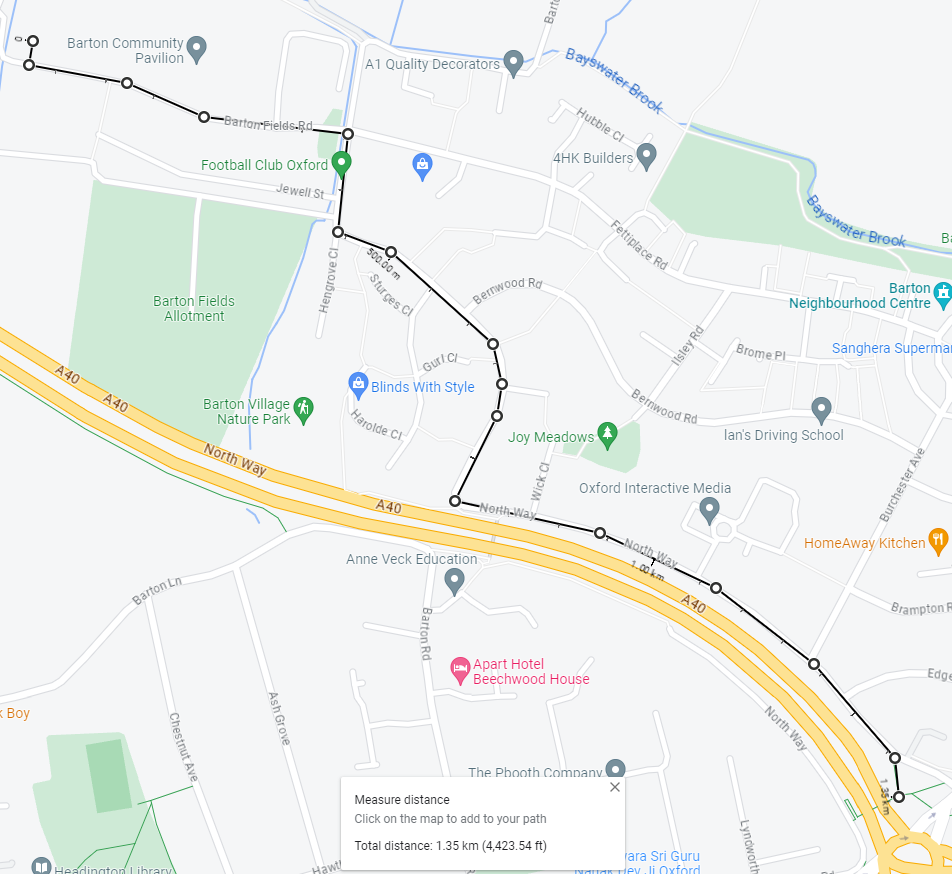
…and if they use the Barton Park Crossing they have to cross at road level in 4 stages, waiting up to 8-9 minutes to cross at busy times…
…it’s hostile, unpleasant, noisy, smelly, with no shade and no shelter from rain…
…there's barely enough distance to avoid spray from vehicles when it's wet…
…children are apparently kept in a protective huddle when waiting on the main central island…
…people sometimes end up stuck on the 1.2m wide "island", directly adjacent to HGVs…
(See Danny Yee’s Barton Park and the A40 presentation for further detail.)
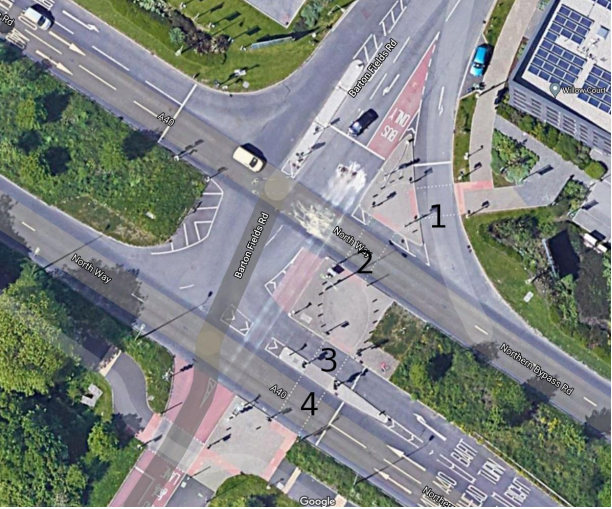
…and the road right outside the school has proven to be very dangerous, with 3 car collisions happening recently: Oxford Mail report…
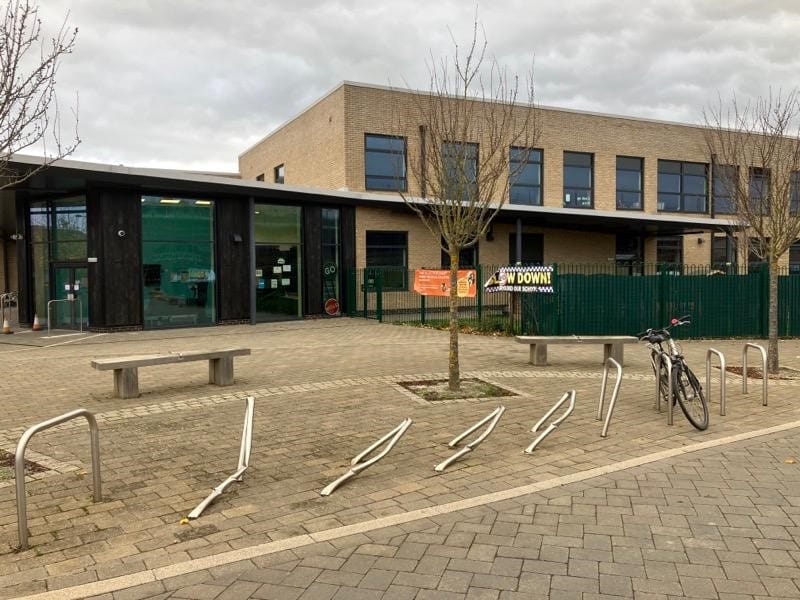
…children going to Cheney School, Quarry Foundation Stage School and Windmill Primary School have to choose between the Green Road Roundabout subway (and their inadequacies described above) or the road-level crossing near Kiln Lane. And if they use the Kiln Lane crossing they have to…
…cross at road level in 3 stages…
…wait up to 8-9 minutes to cross at busy times…
…the waiting spaces are unsafe, particularly with children walking or scooting right next to fast-moving traffic…
…as with the Barton Park crossing, it’s hostile, unpleasant, noisy, smelly, with no shade and no shelter from rain or spray from vehicles when it's wet…
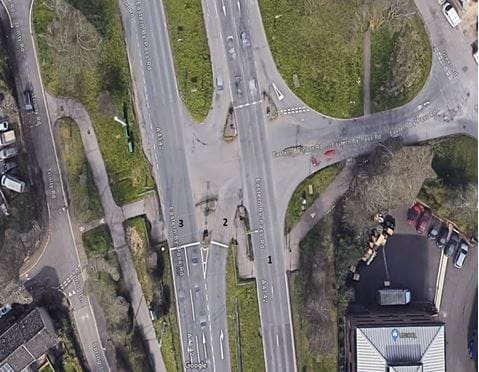
…the London Road cycle lane stops and dumps cyclists onto the carriageway at insanely dangerous points, putting cyclists at risk from rear-coming traffic…
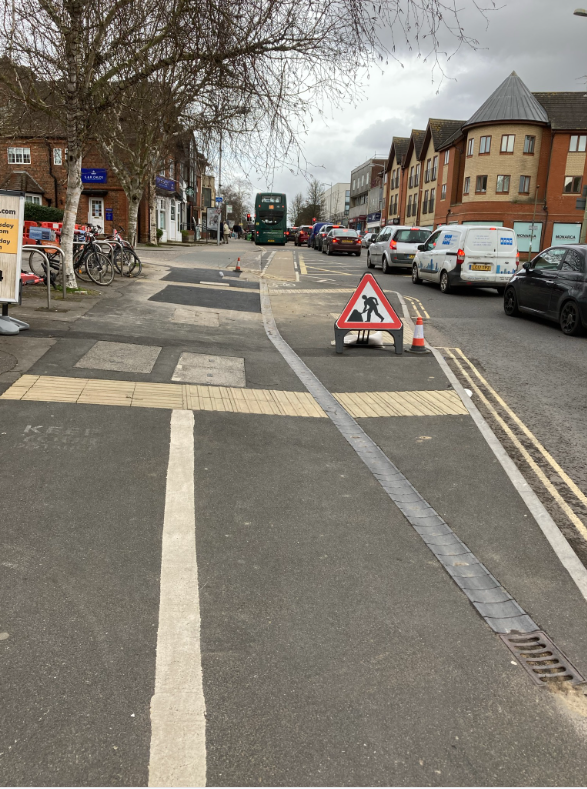
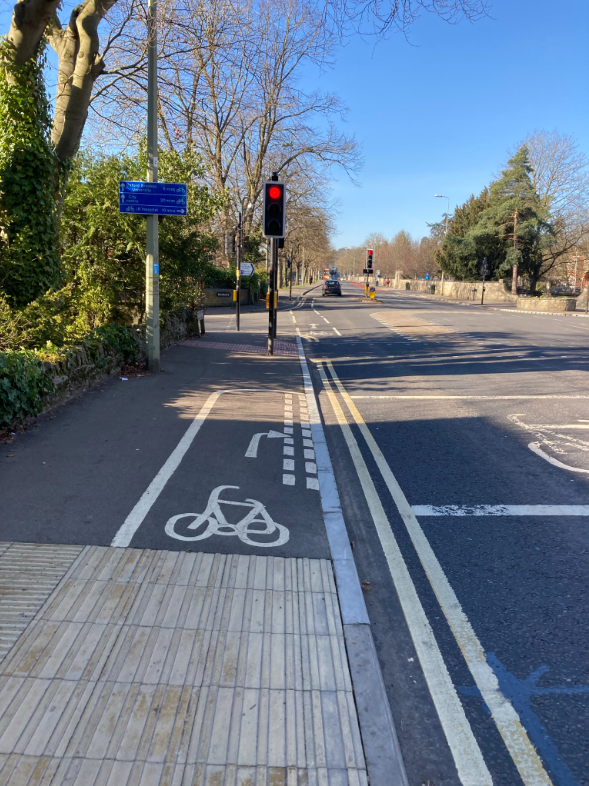
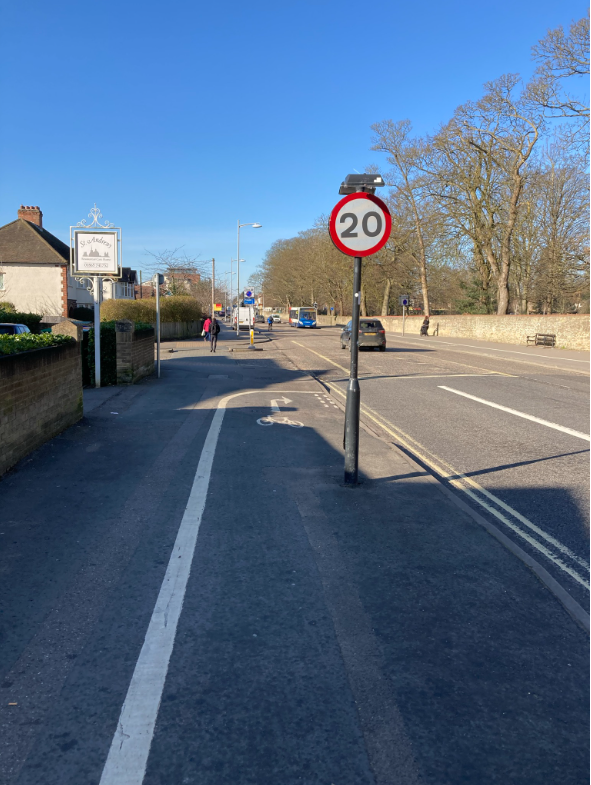
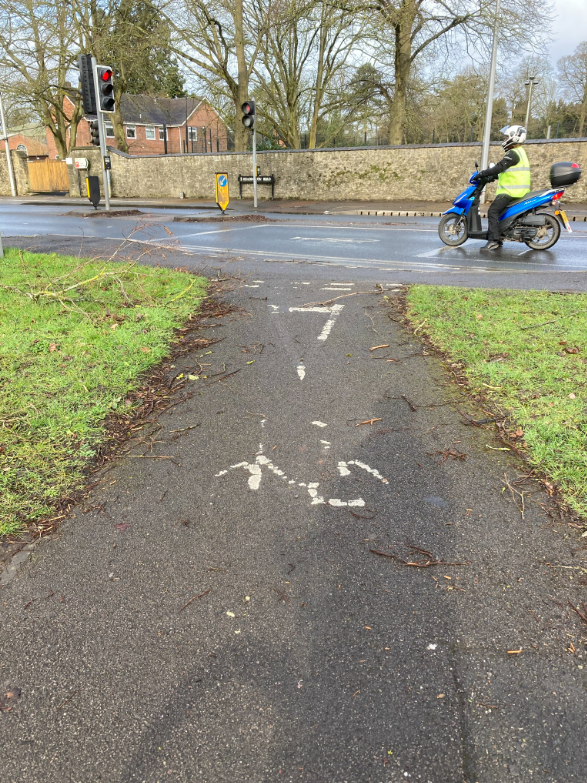
…the Old Road cycle lane similarly stops and dumps cyclists onto the carriageway at the worst points, putting cyclists at risk from rear-coming traffic and creating an incoherent and mostly useless cycle lane…
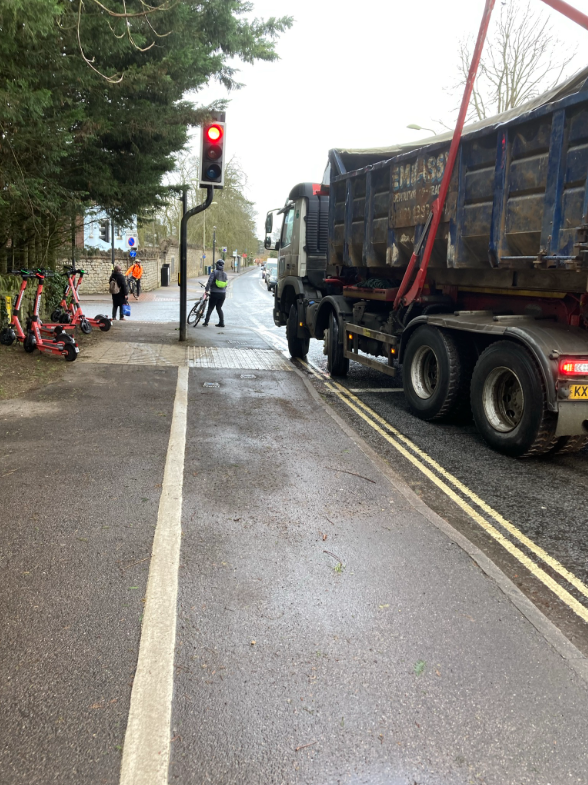
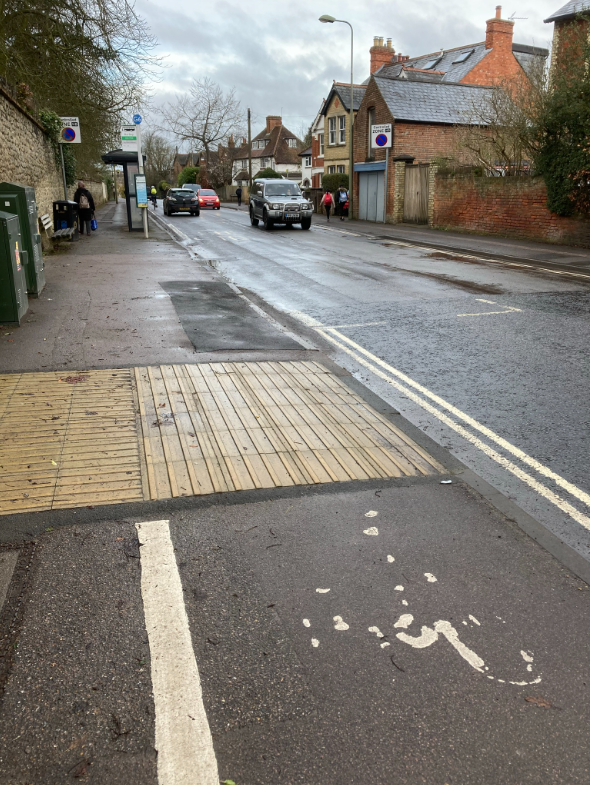
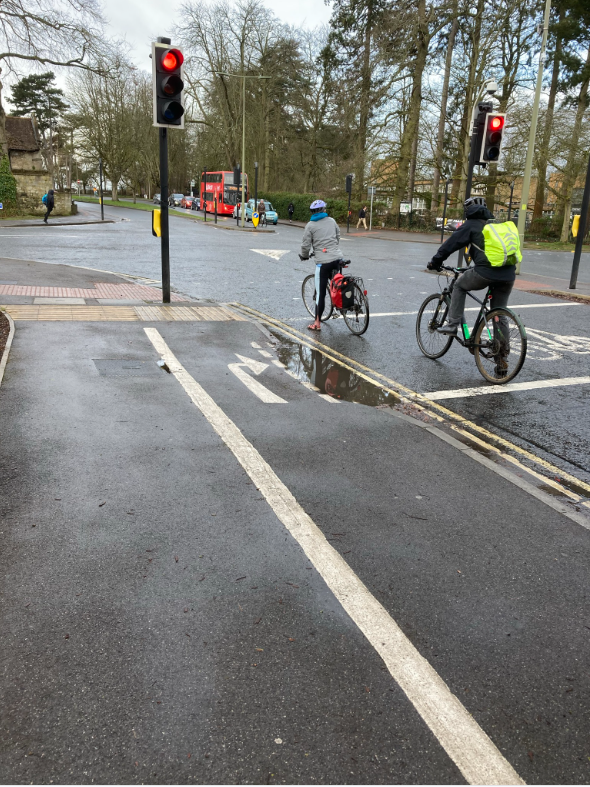
…there’s no safe cycling provision through Headington centre, because it appears the Council prioritises through motor traffic and free, on-road car parking for drivers who are usually (a) buying tiny amount of shopping that could easily be carried in a rucksack, bike pannier or shopping trolley, (b) parking in a disabled space without a blue badge and/or (c) idling their engines, harming everyone around them with toxic exhaust…
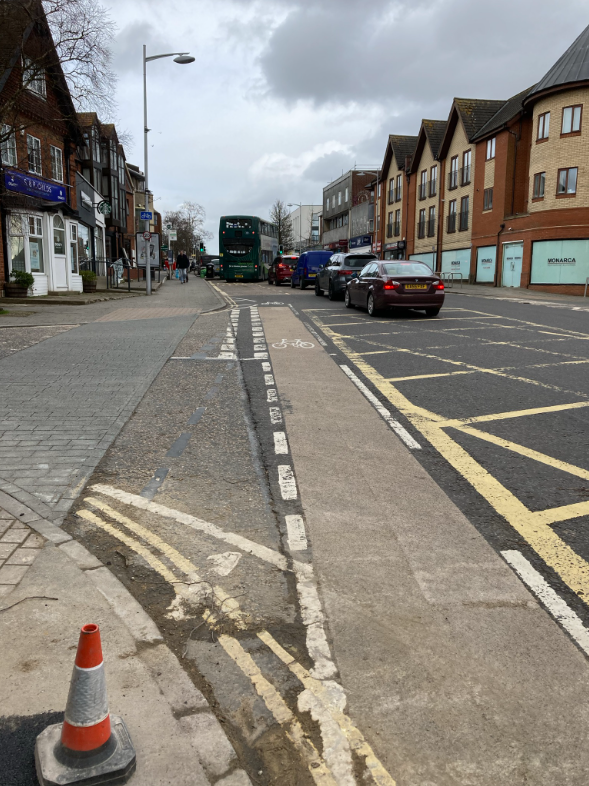
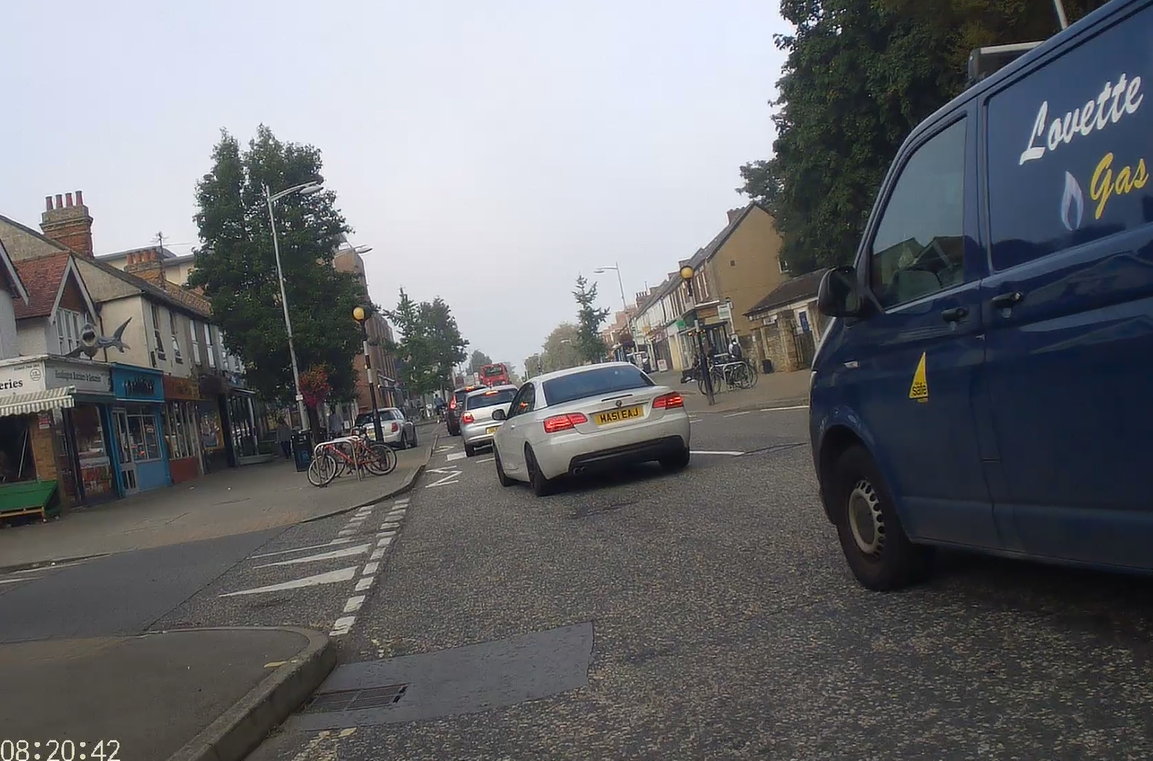
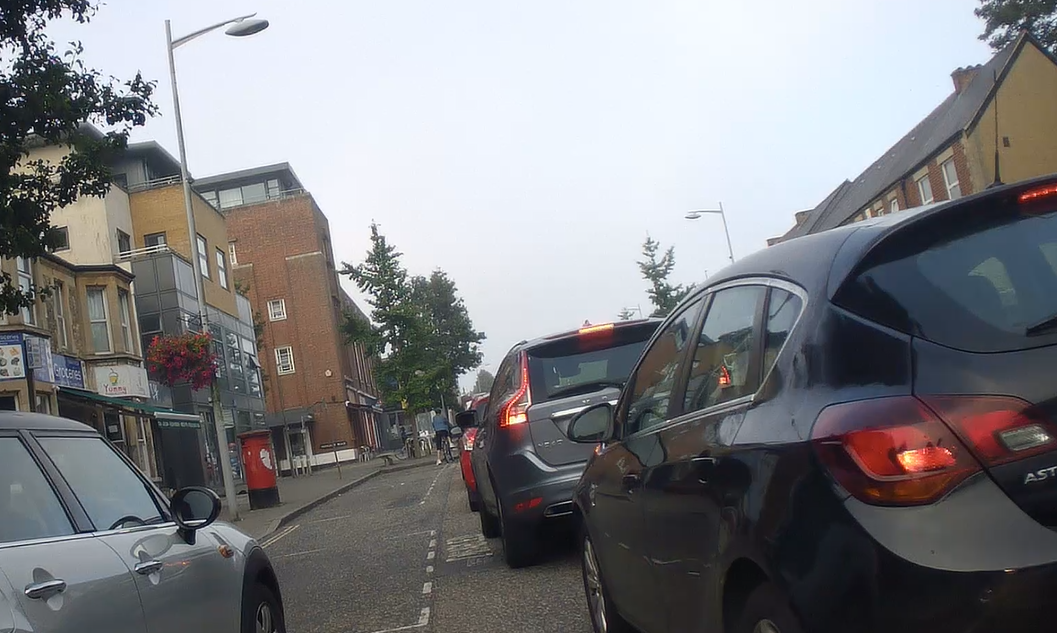
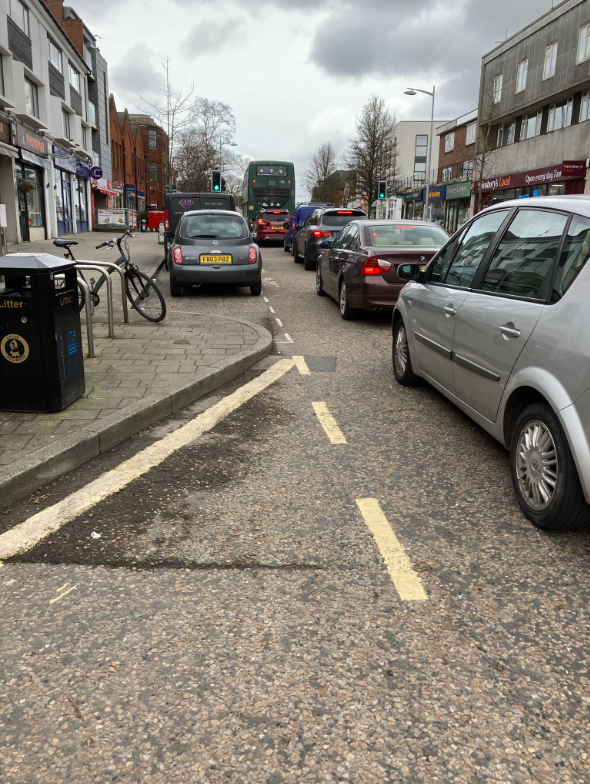
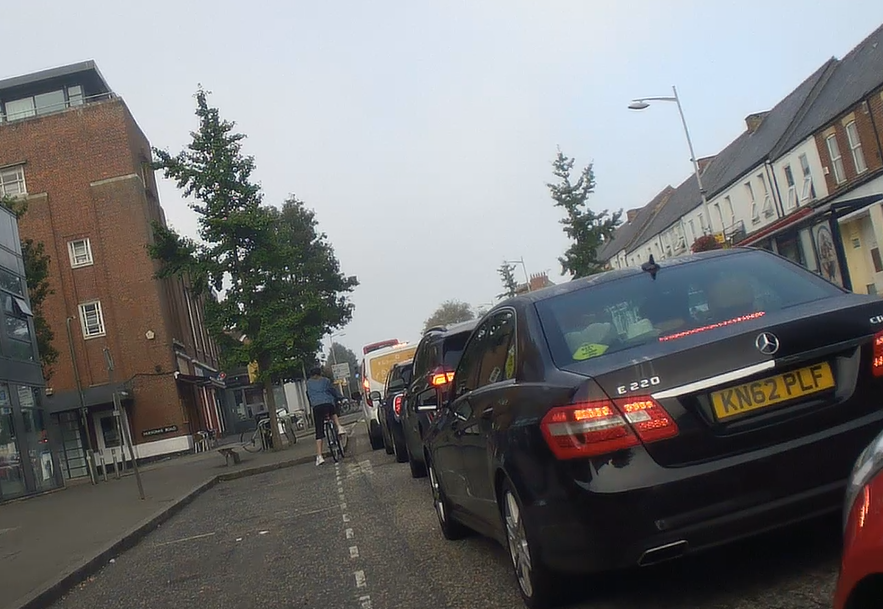
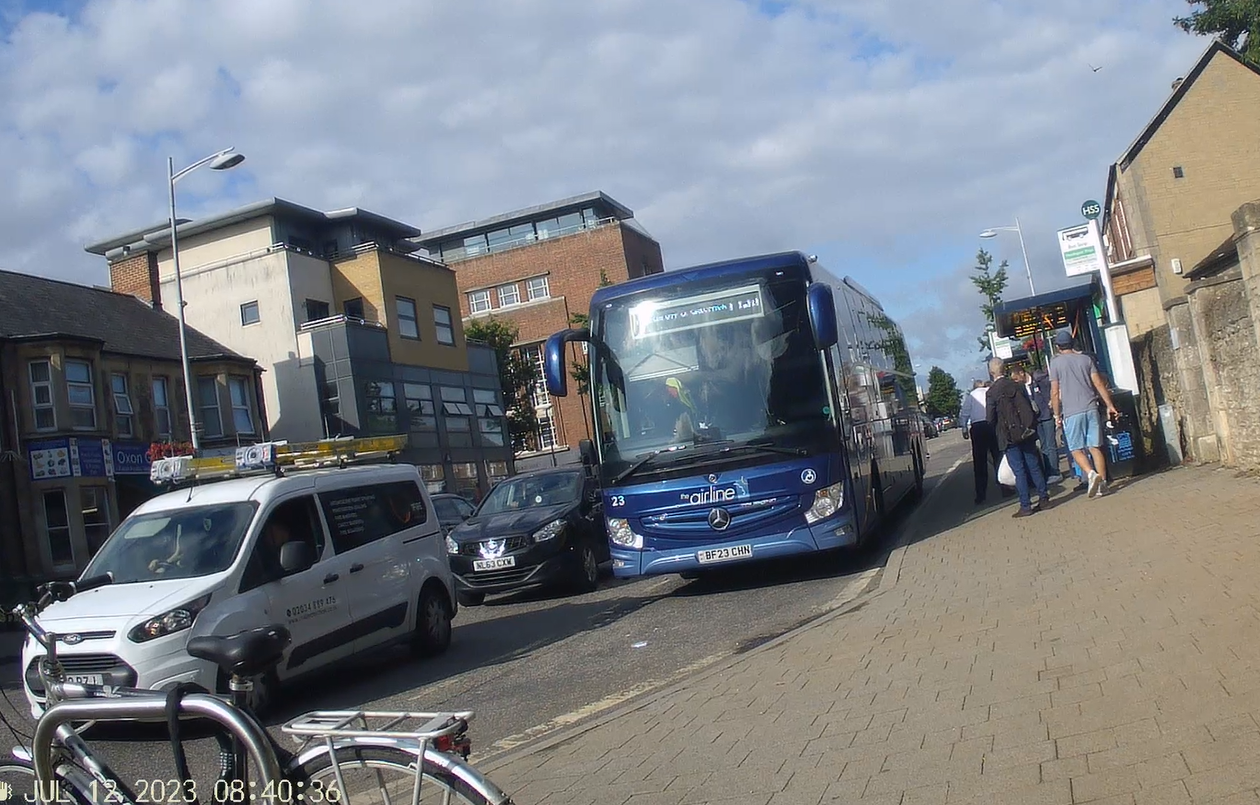
Scenes from London Road in Headington centre
…none of Headington’s cycle lanes or footways are protected, so they’re constantly obstructed by vehicles, forcing people walking or cycling into the road or into conflict with each other…
(The plant boxes and additional cycle parking installed by Councillor Roz Smith on Windmill Road westside have improved but not completely solved the problem there; we need more interventions all over Headington to prevent this happening elsewhere.)
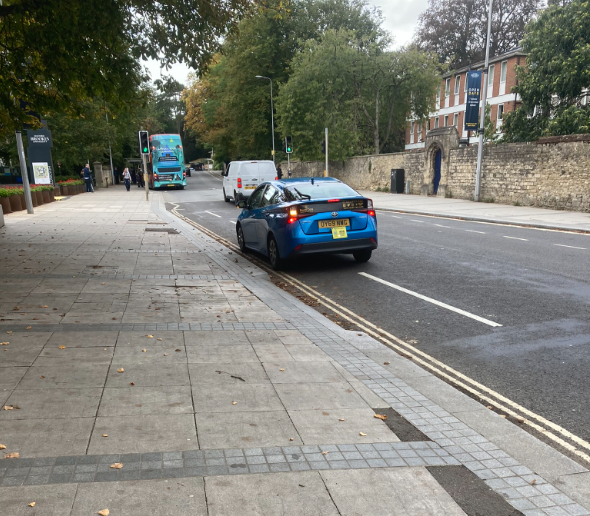
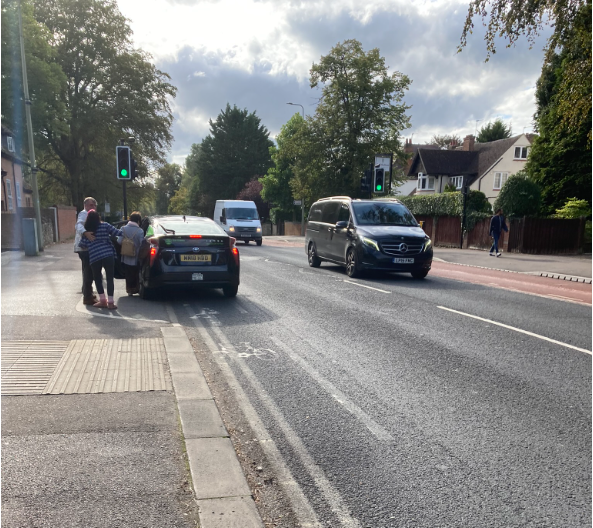
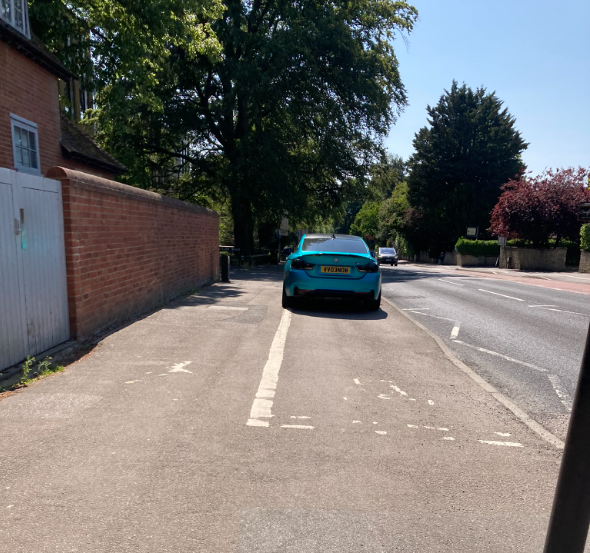
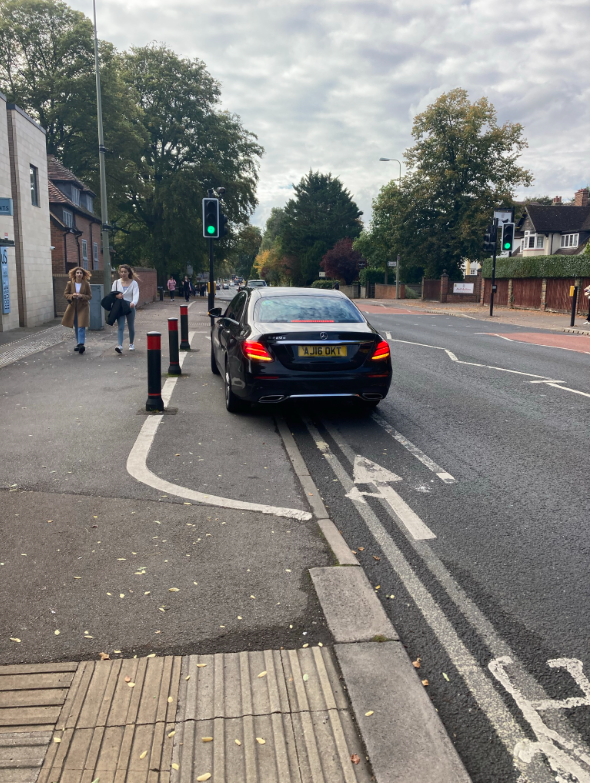
Cars/taxis pulling up on the cycle lane on London Road outside Dorset House
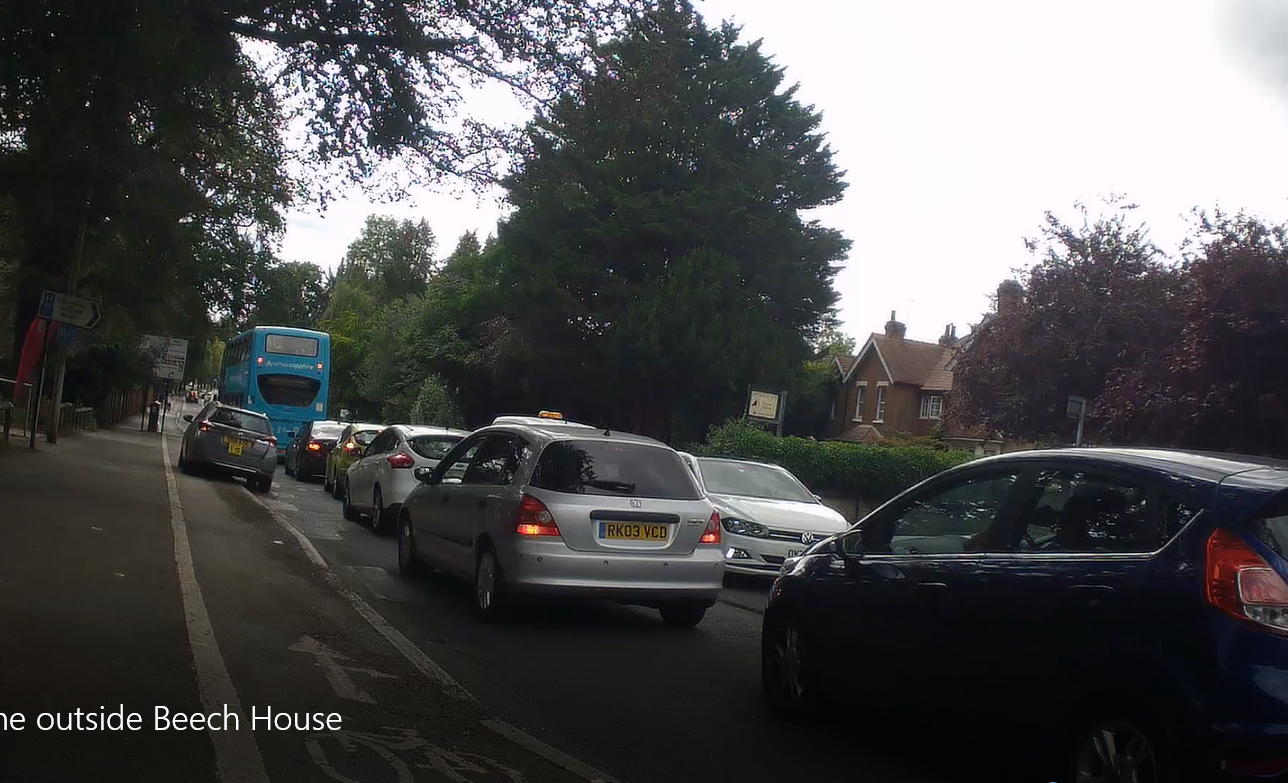
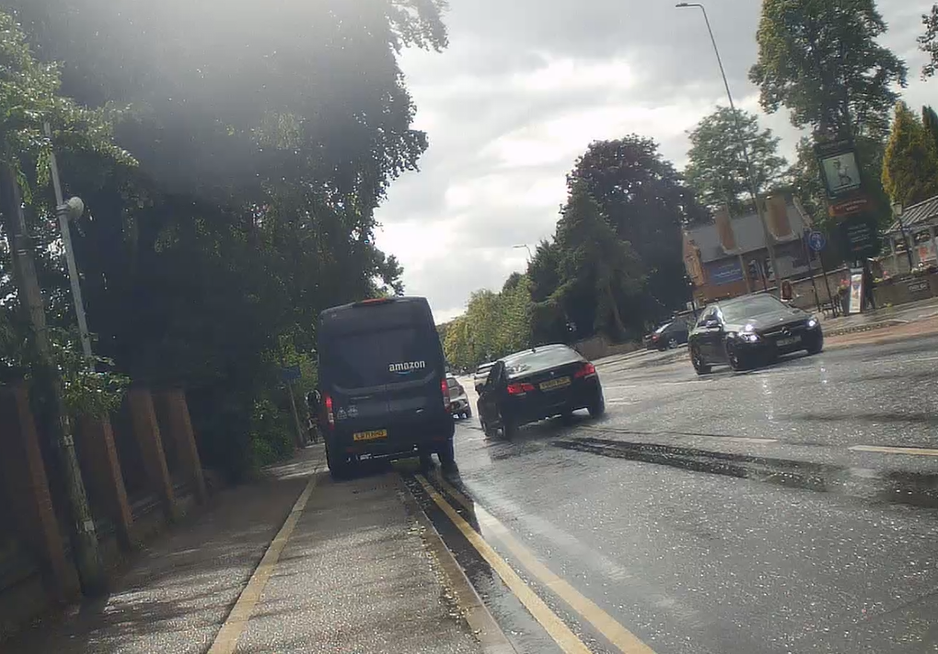
Taxi and delivery van pulling up on the cycle lane on London Road outside Beech House and Headington Prep School
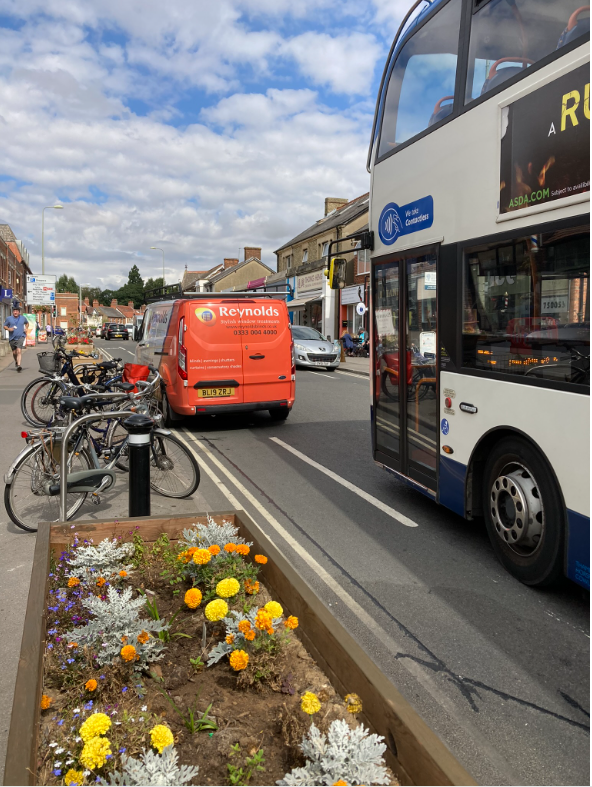
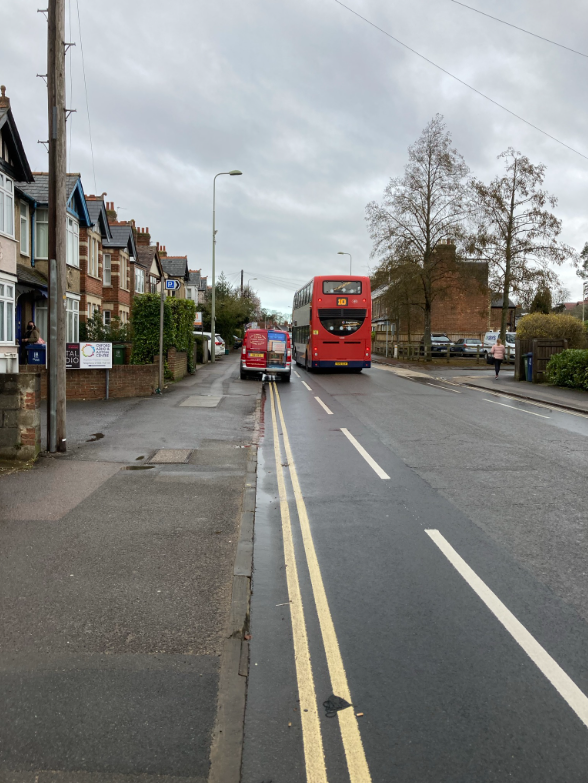
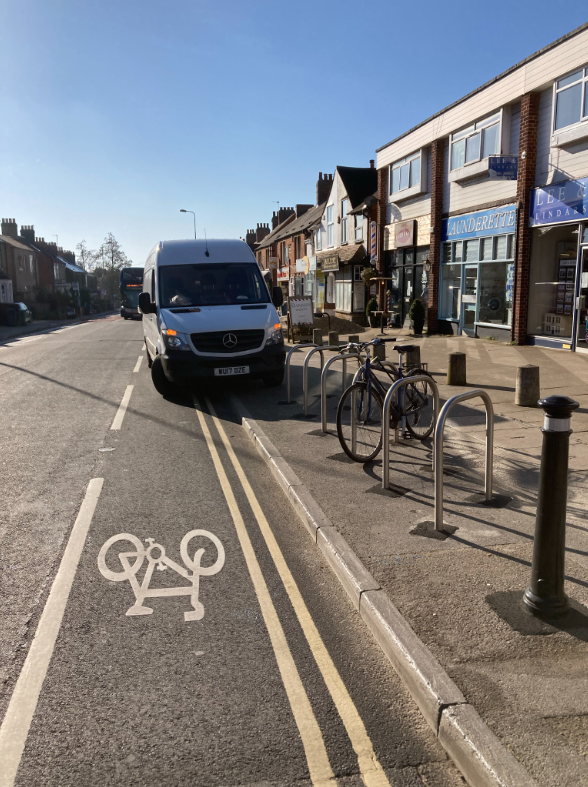
Vans blocking the cycle lane on Windmill Road
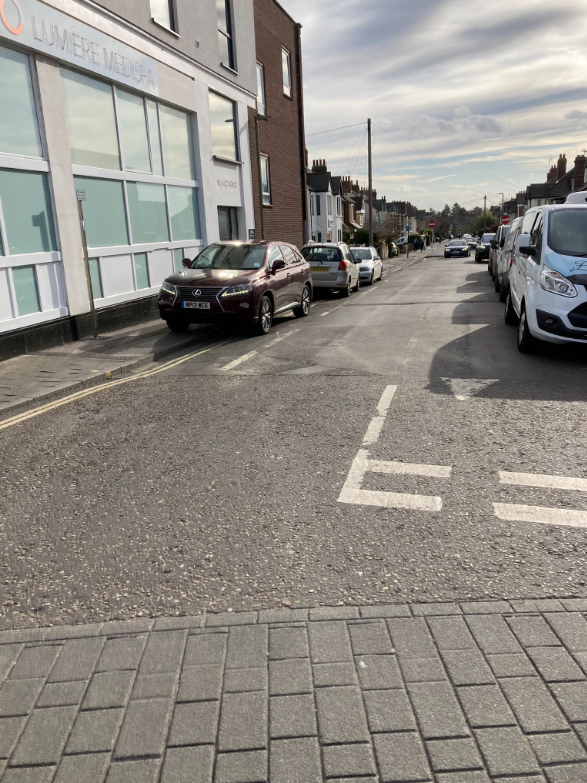
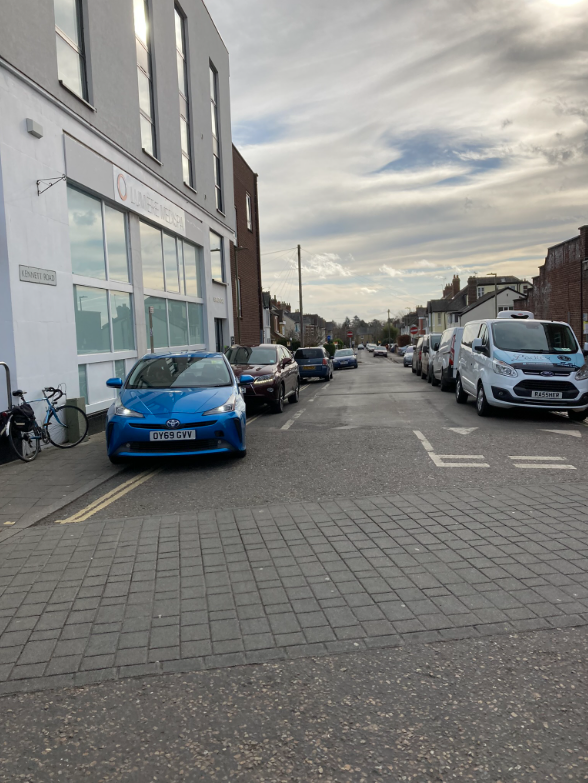
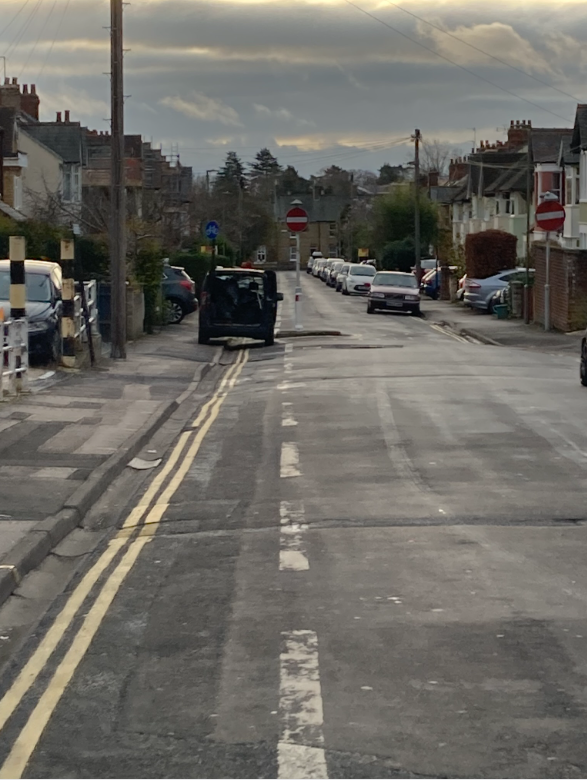
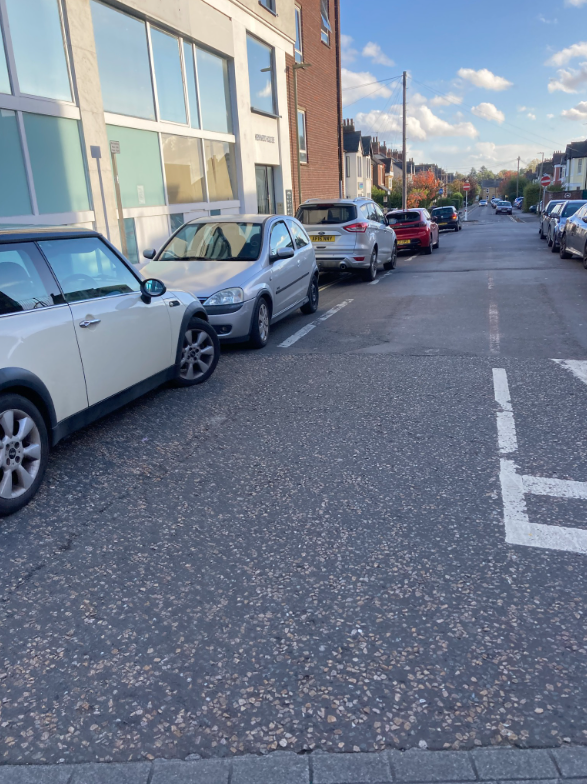
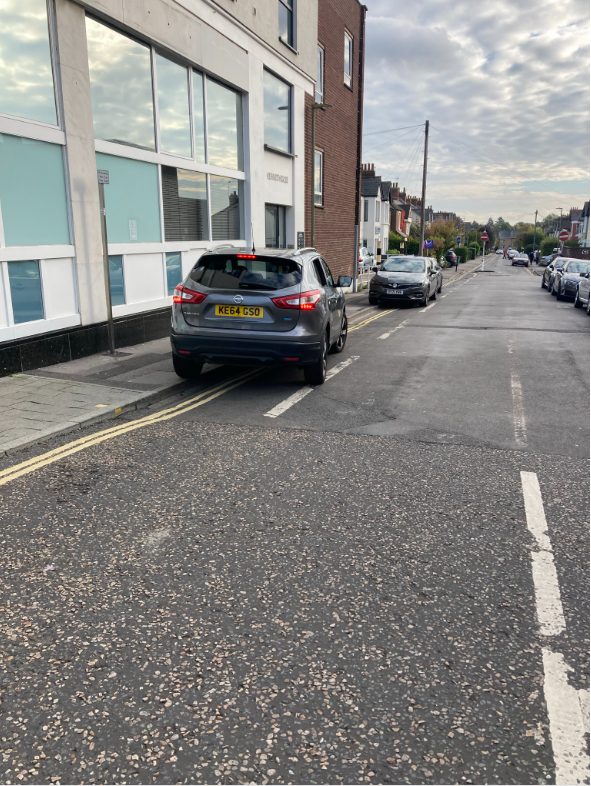
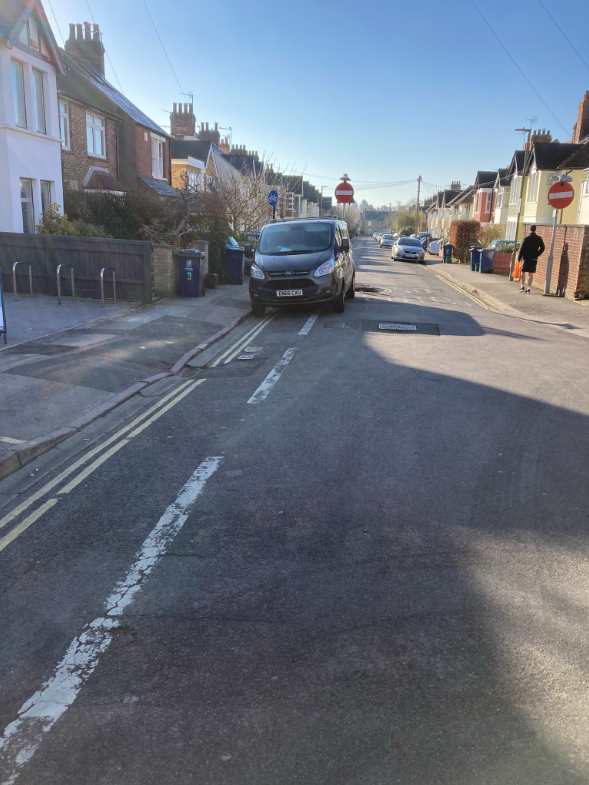
Cars and vans blocking the cycle lane on Kennett Road
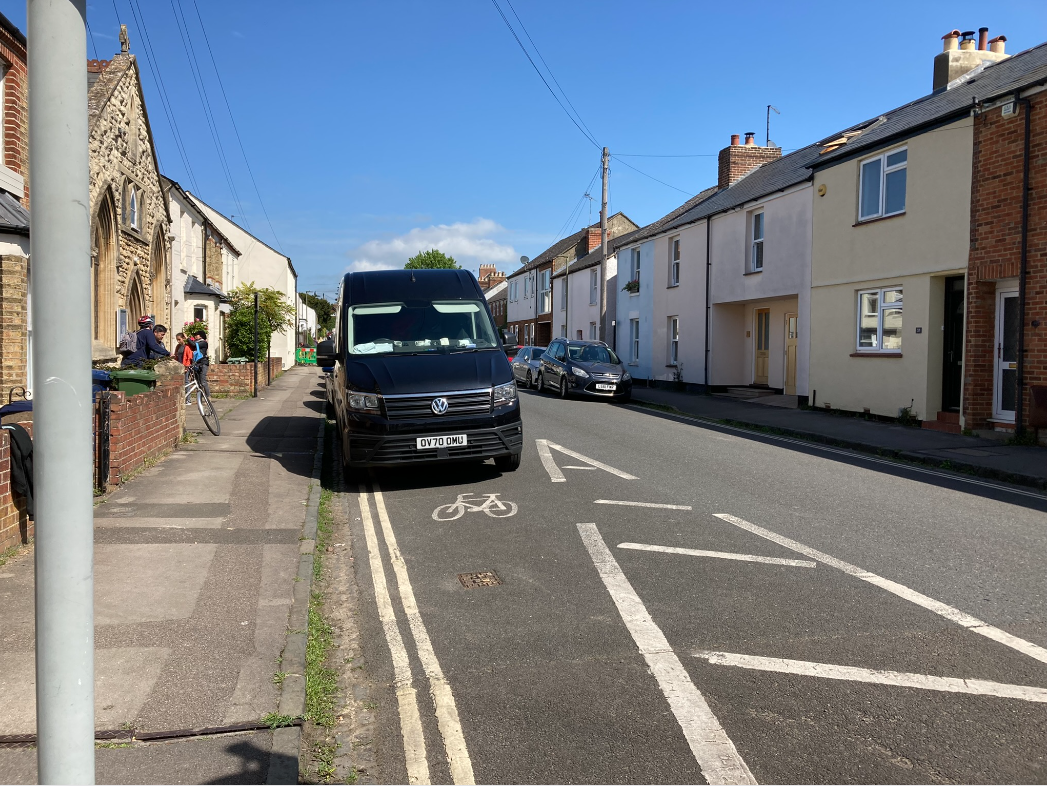
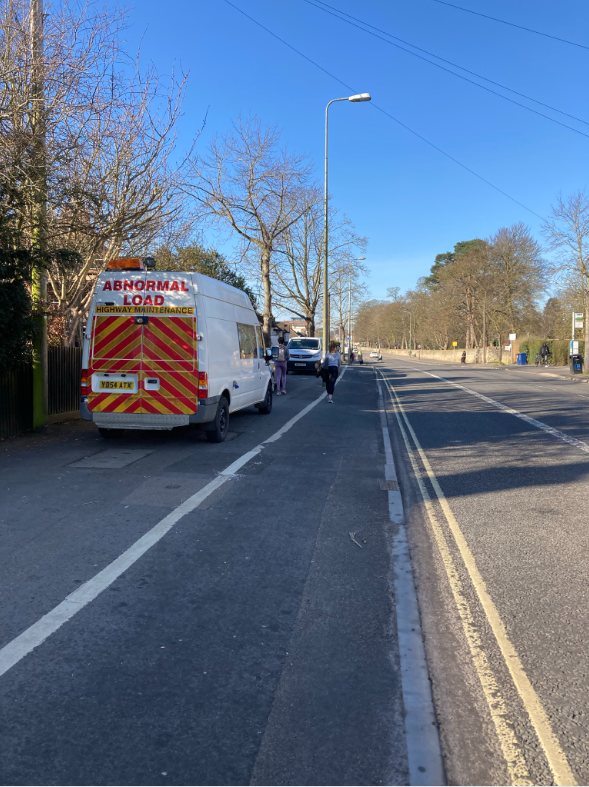
Vans blocking the cycle lane and footway on New High Street and London Road
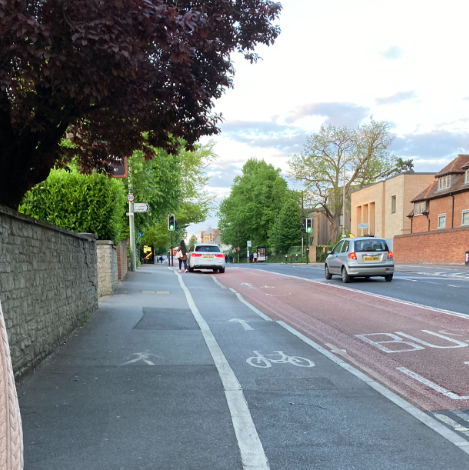
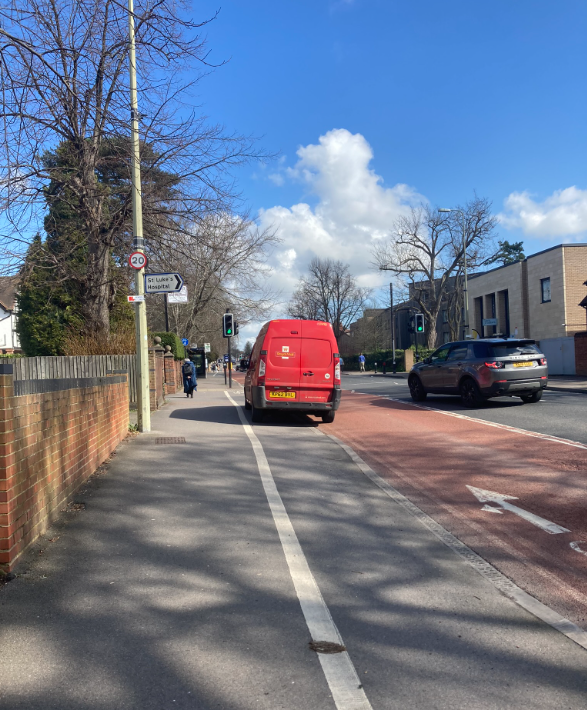
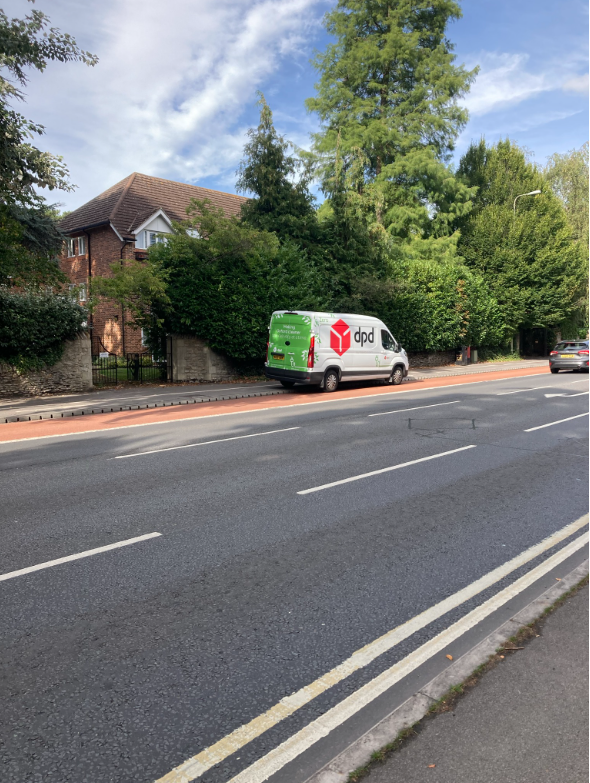
Taxi and vans blocking the cycle lane (and bus lane) on London Road near Dorset House
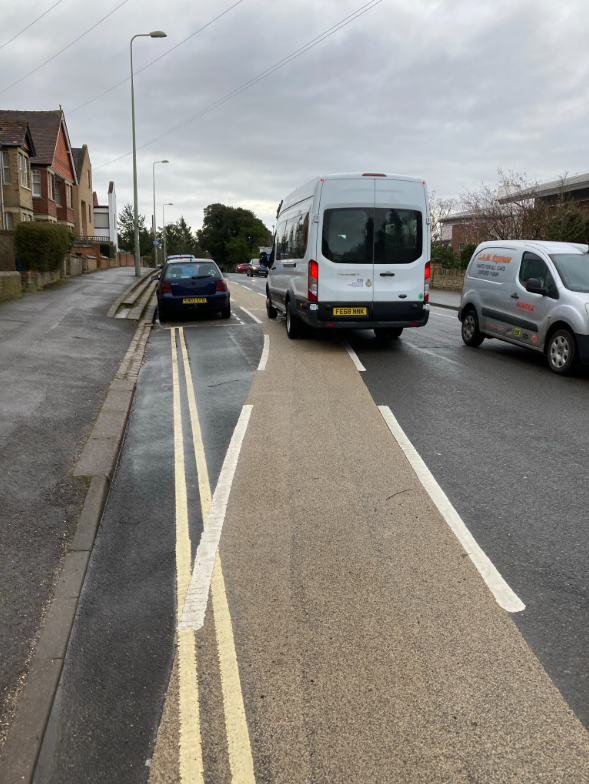
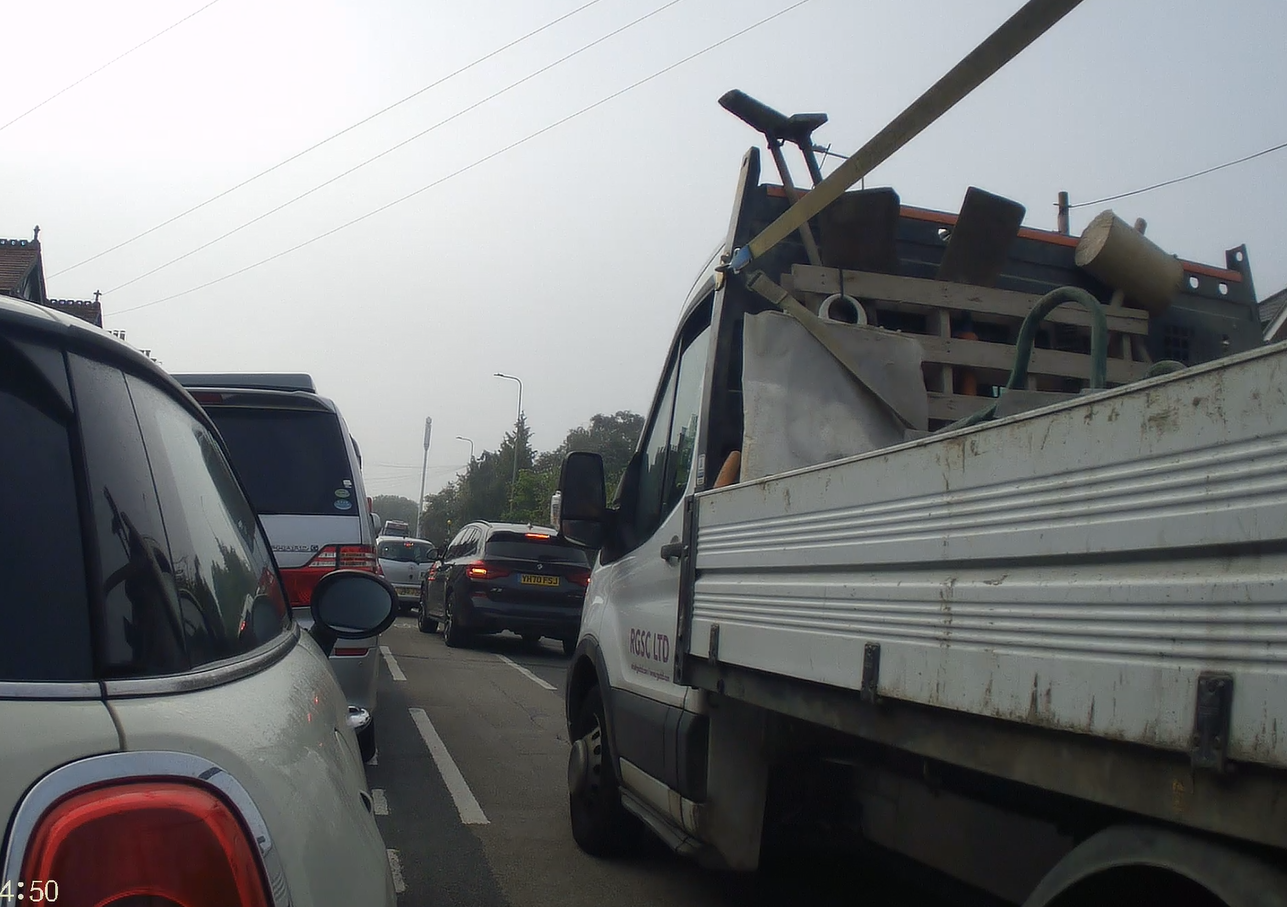
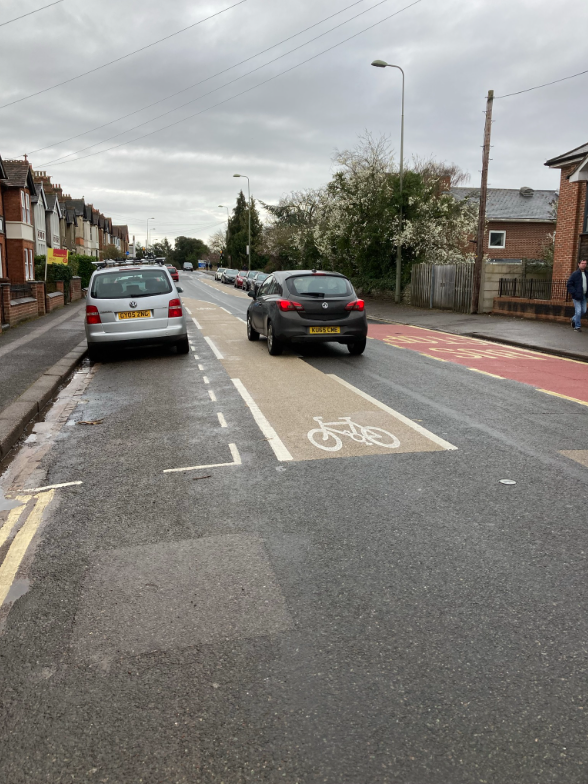
Cars and vans encroaching on the cycle lane on Windmill Road
… atrocious driving and parking behaviour by a minority of parents endangers pupils at Cheney School on Gipsy Lane, Warneford Lane and Cheney Lane every day, enabled by the lack of protected footways and cycle lanes or a School Street…
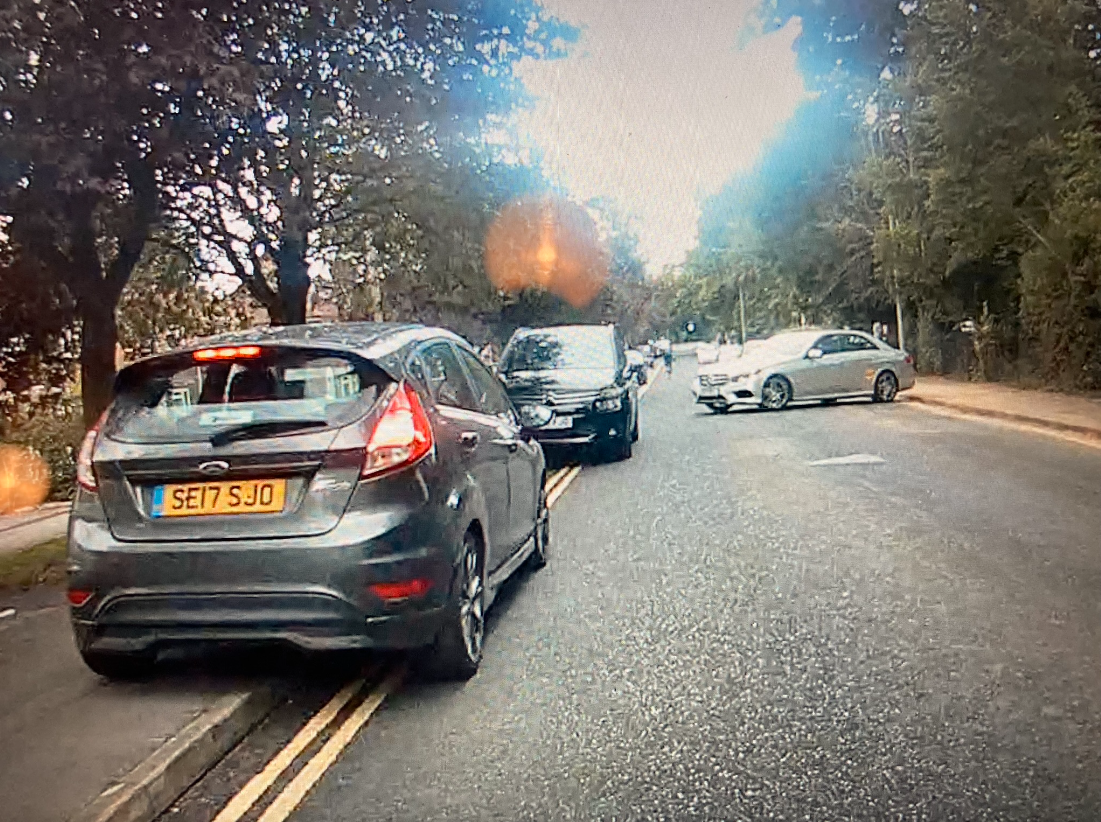
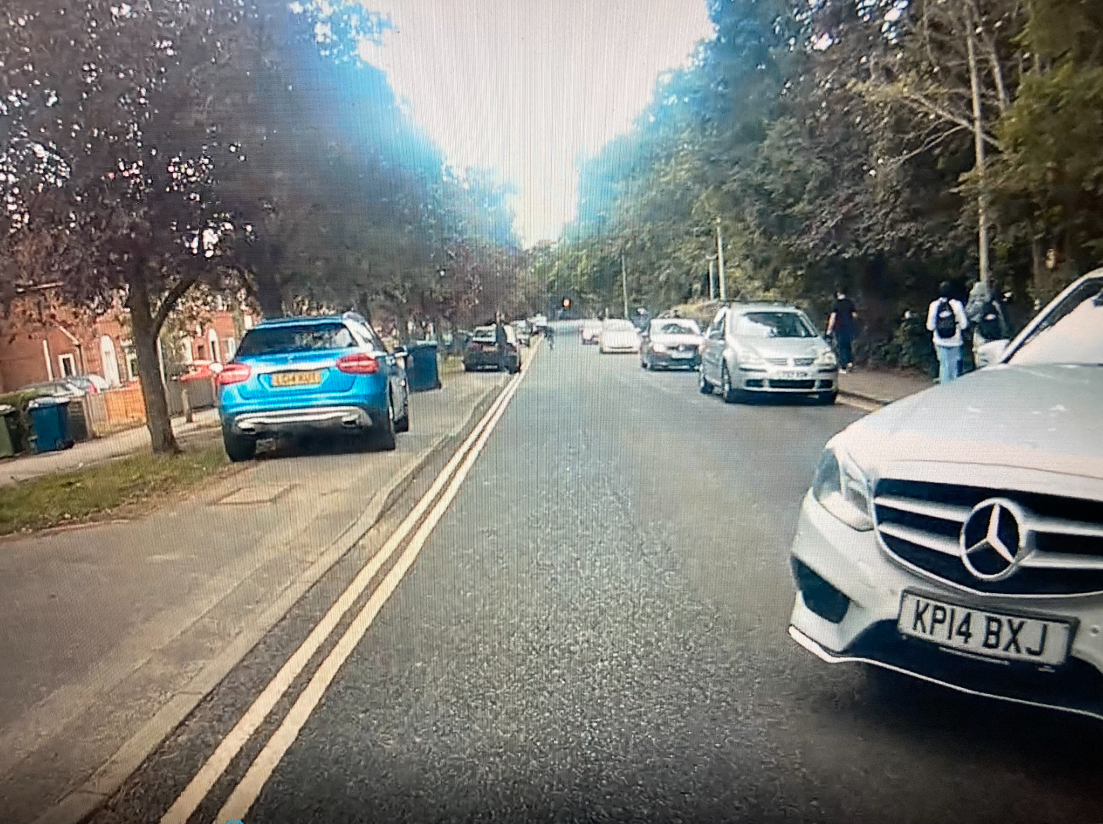
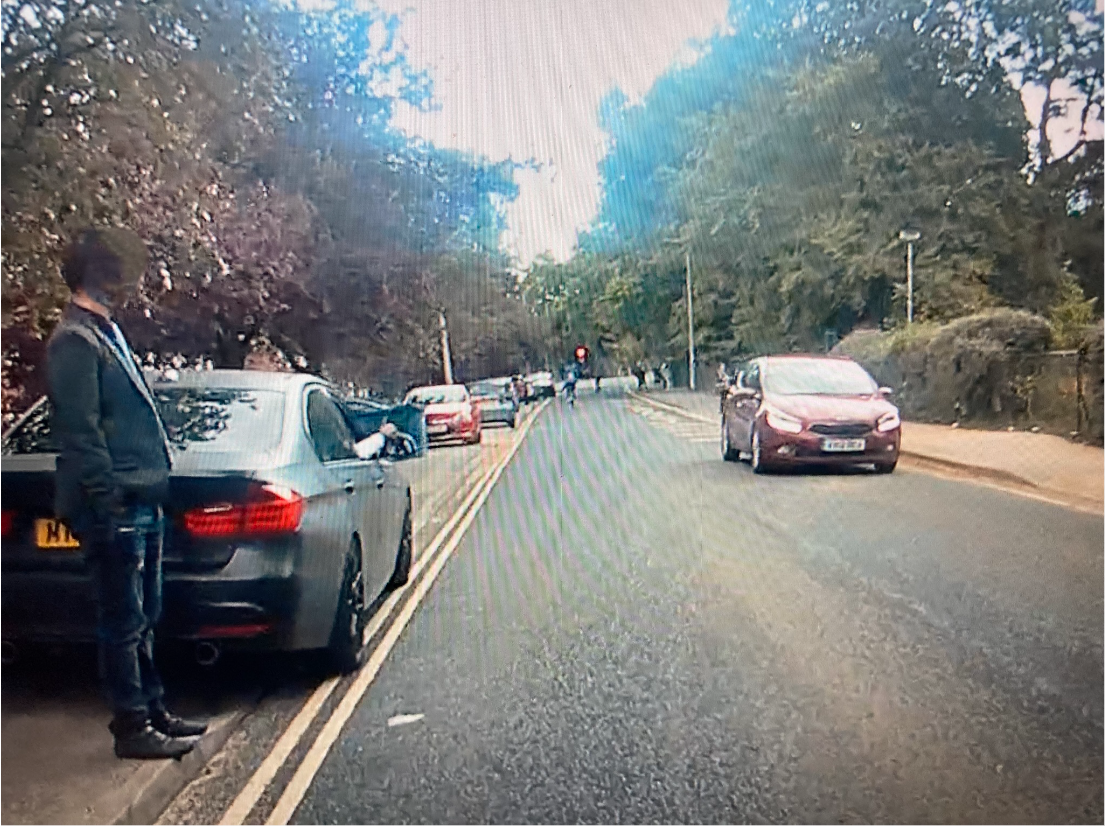
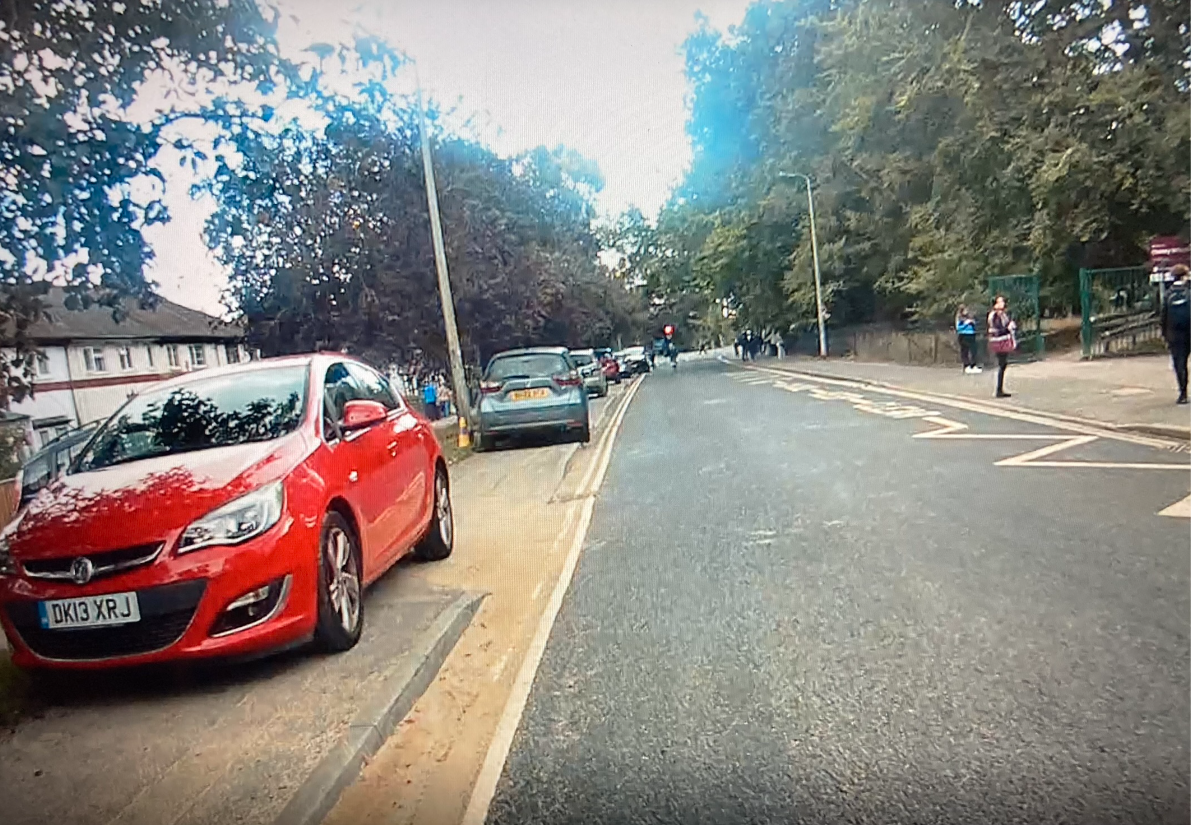
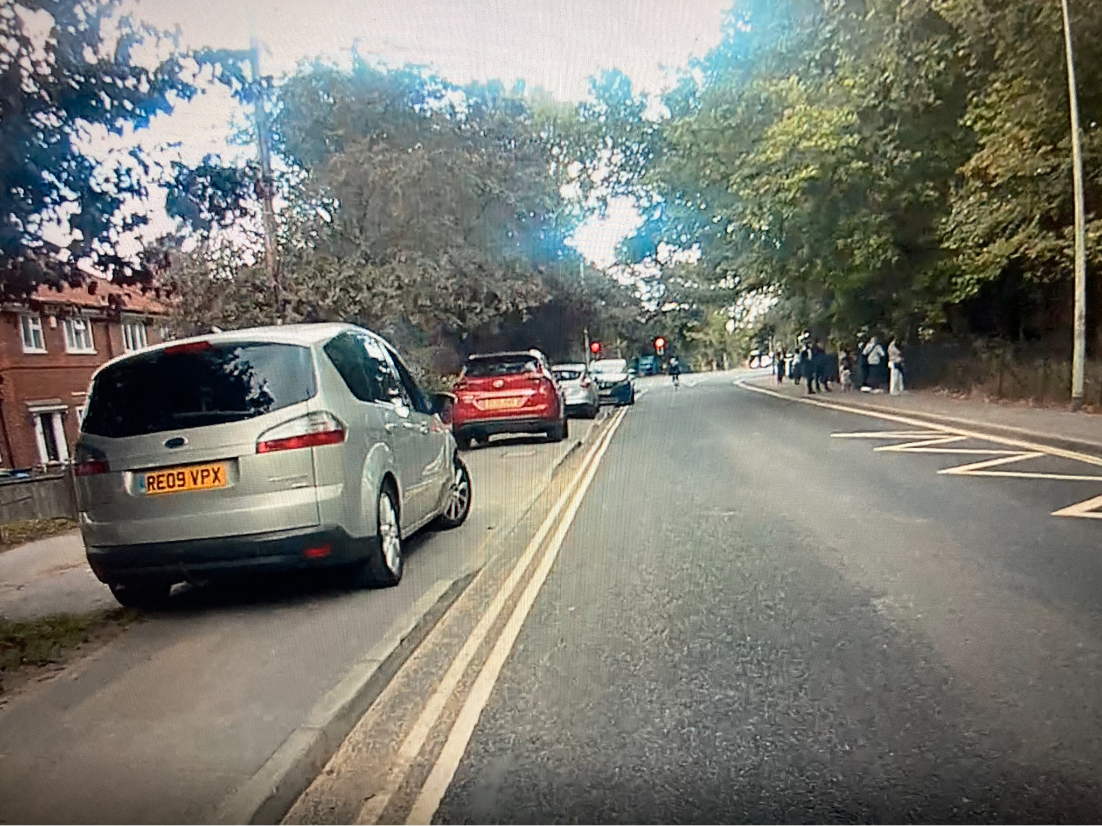
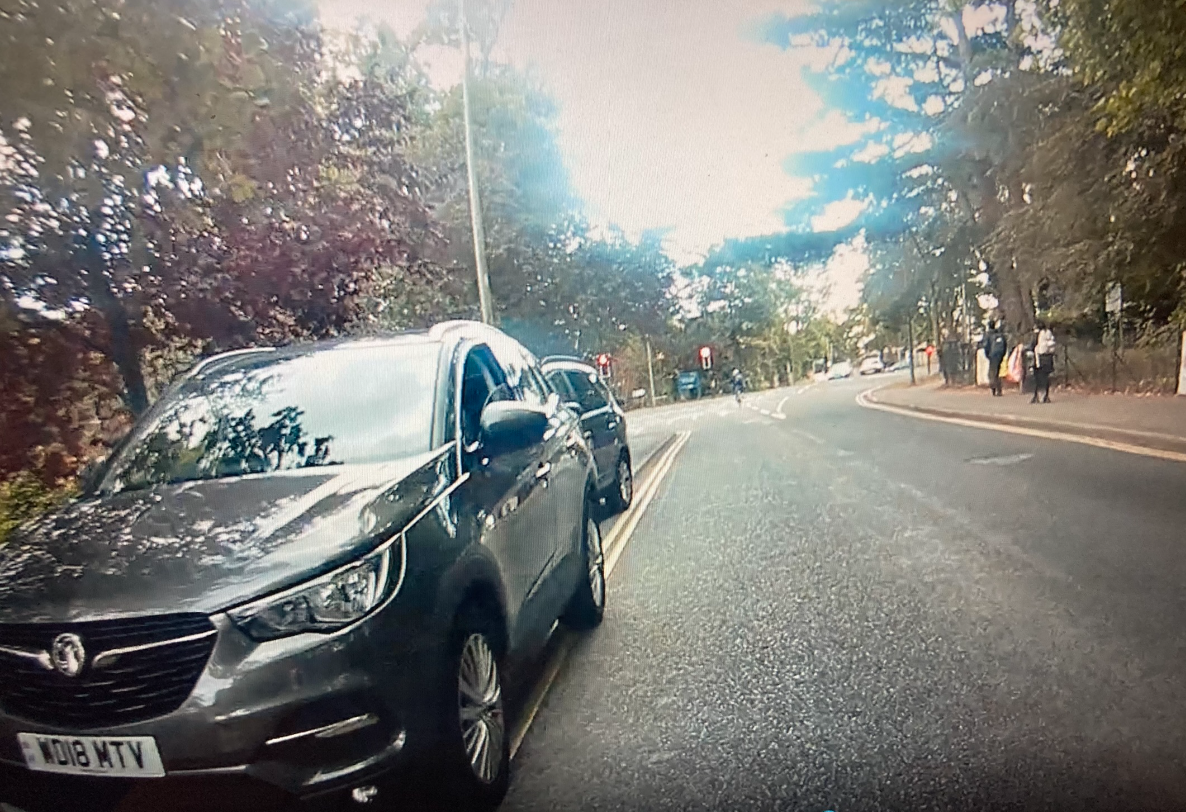
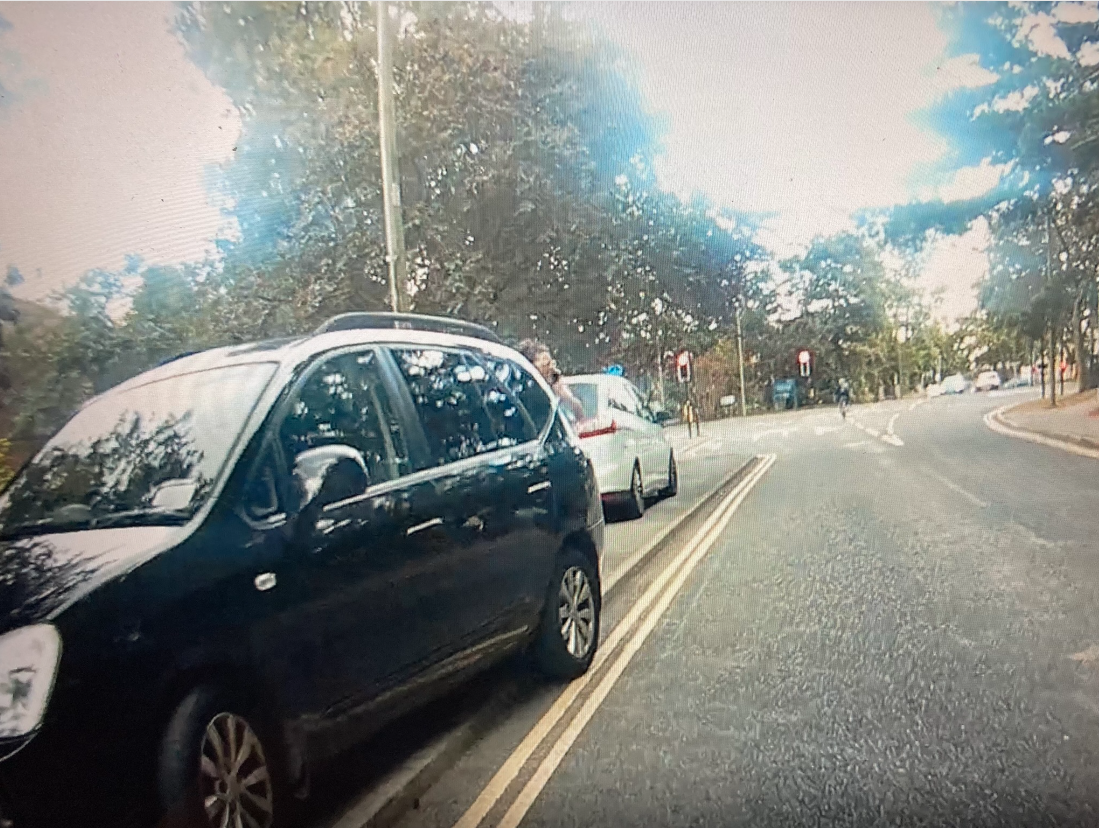
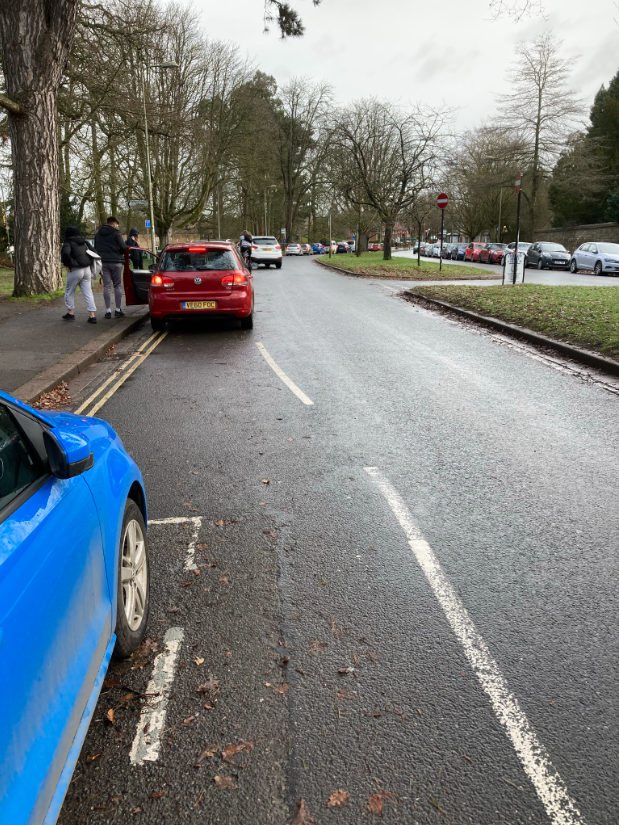
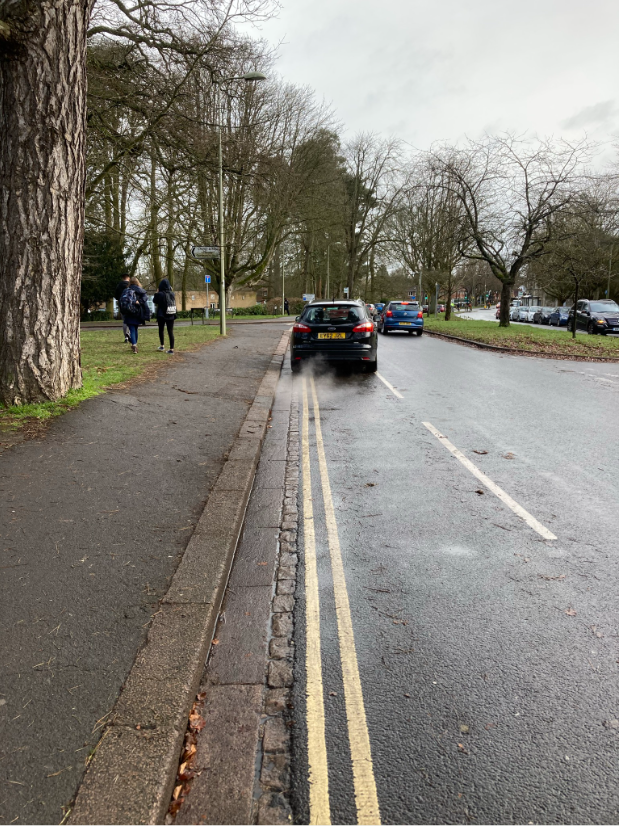
Parking by Cheney School parents on the Gipsy Lane pavement and Warneford Lane cycle lane
…the London Road cycle track is wholly inadequate: obstructed by lampposts, pedestrian crossing signal posts, signposts, trees, tree routes, vehicles and bus stops; no priority or direct passage over side roads; merging into shared space with pedestrians around bus stops, putting pedestrians and cyclists into conflict and at risk; ending abruptly from all approaches at Headington Centre with no protected or even just painted cycle lanes through the shopping area. (This requires a whole post dedicated to its shortcomings, but there are a few ‘highlights’ below)…
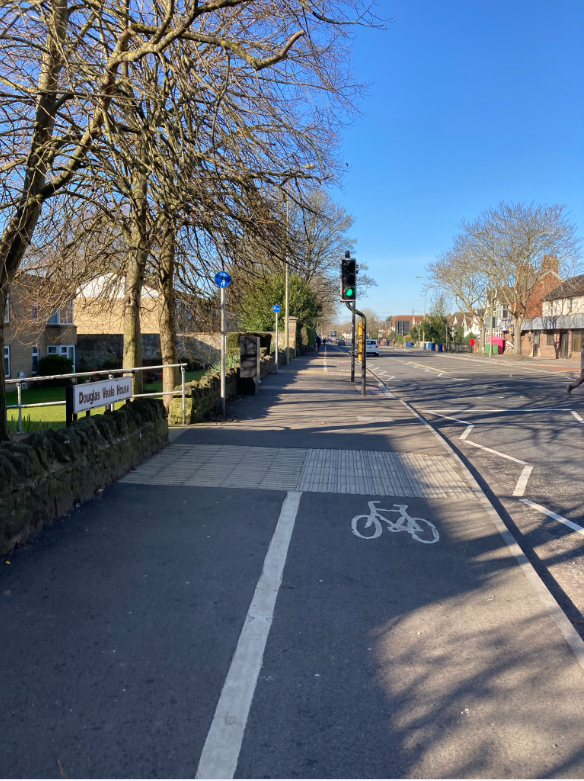
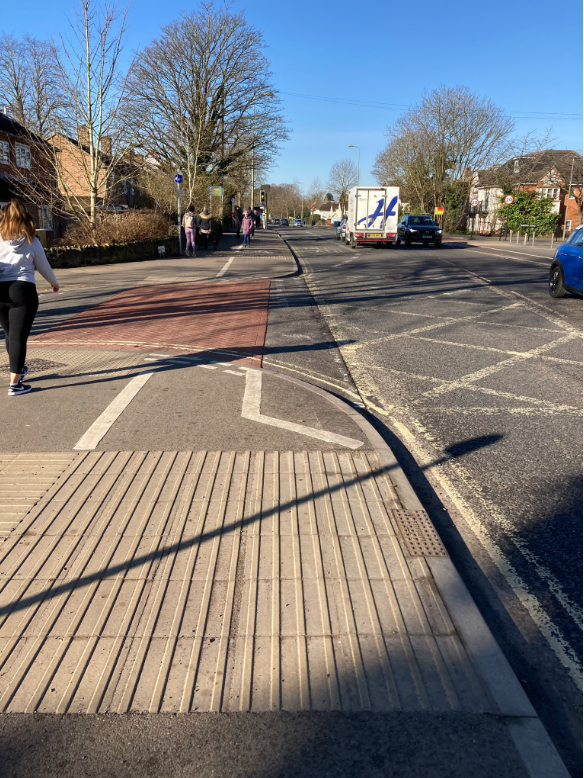
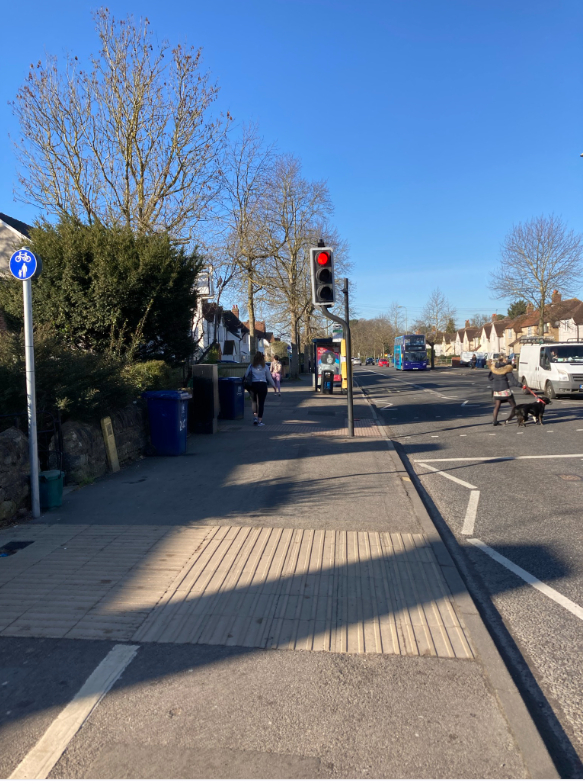
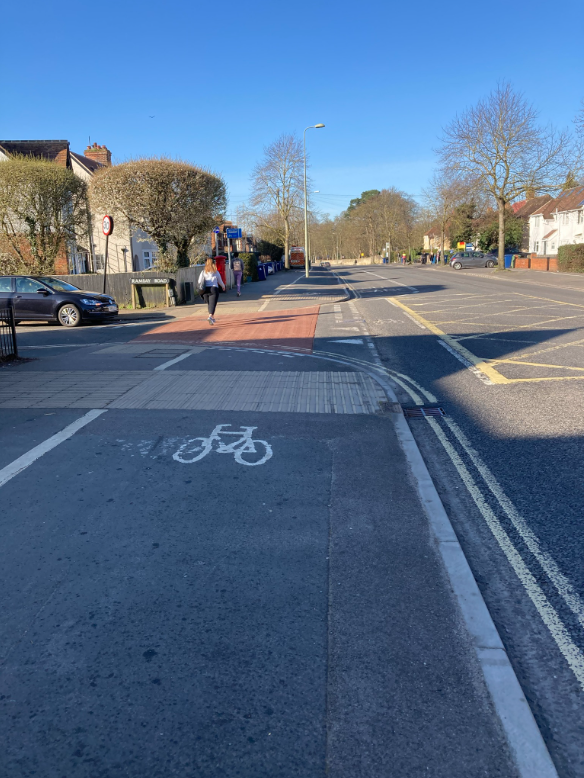
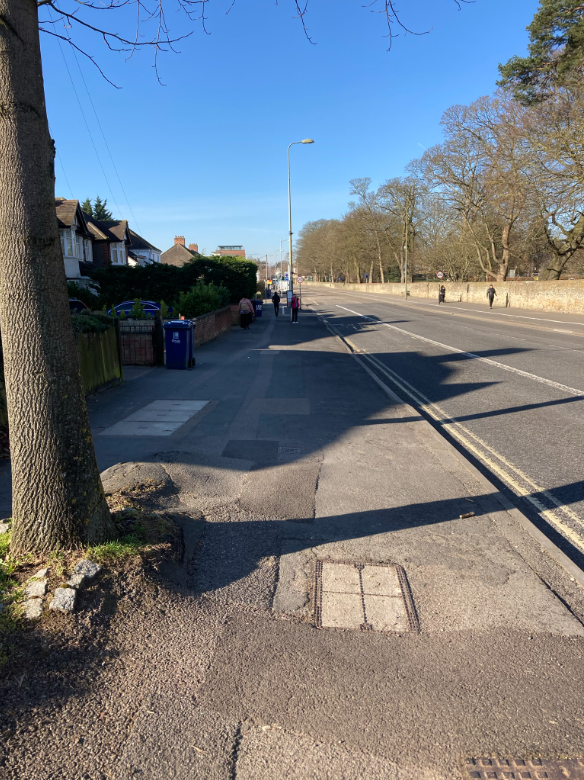
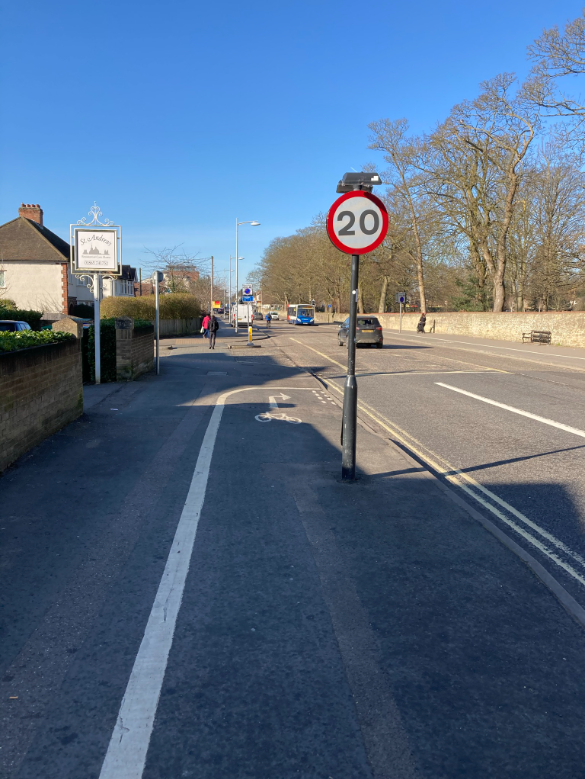
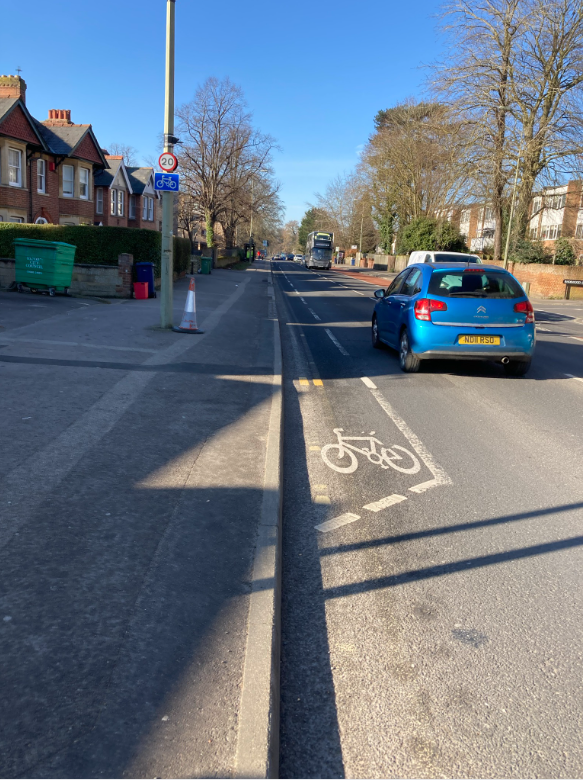
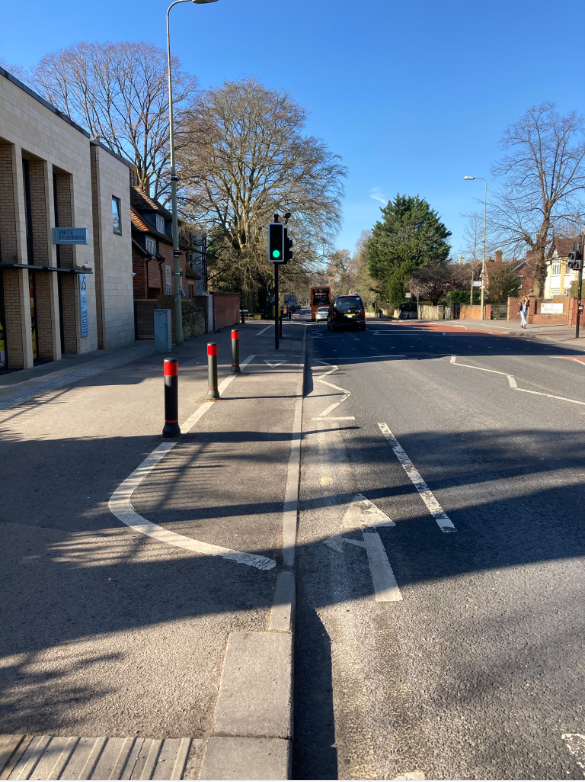
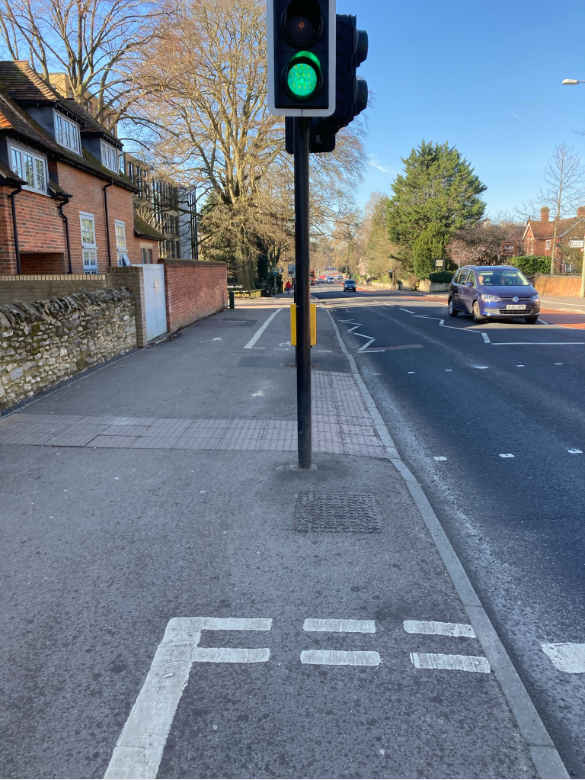
On-footway cycle lane outside Dorset House: the placement of bollards on the left (rather than on the right) results in this stretch of cycle lane being regularly parked on by delivery vans and mopeds, taxis and cars; pedestrian crossing signal posts obstruct cycle path; unclear what cyclists are meant to do here; cyclists and pedestrians/wheelers come into conflict at the crossing waiting point.
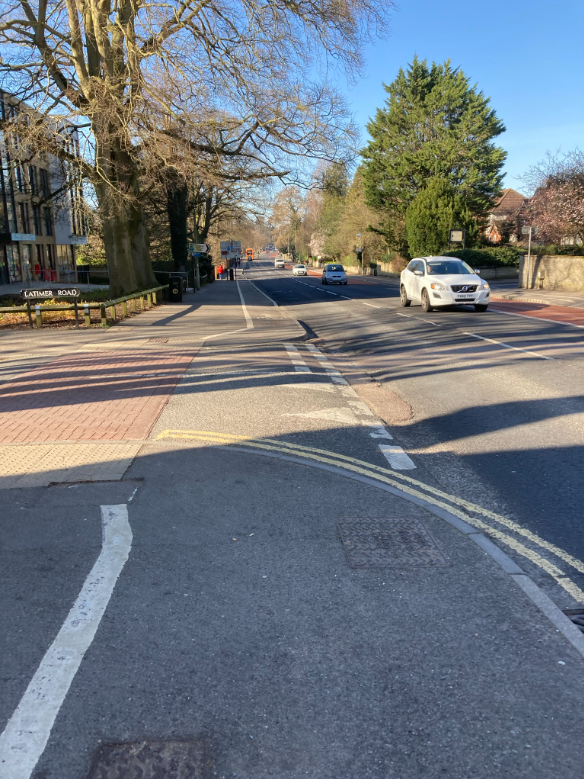
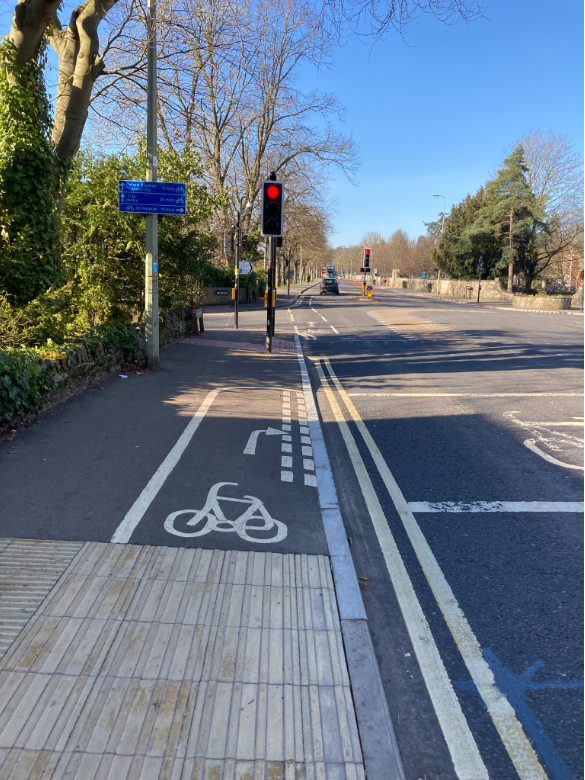
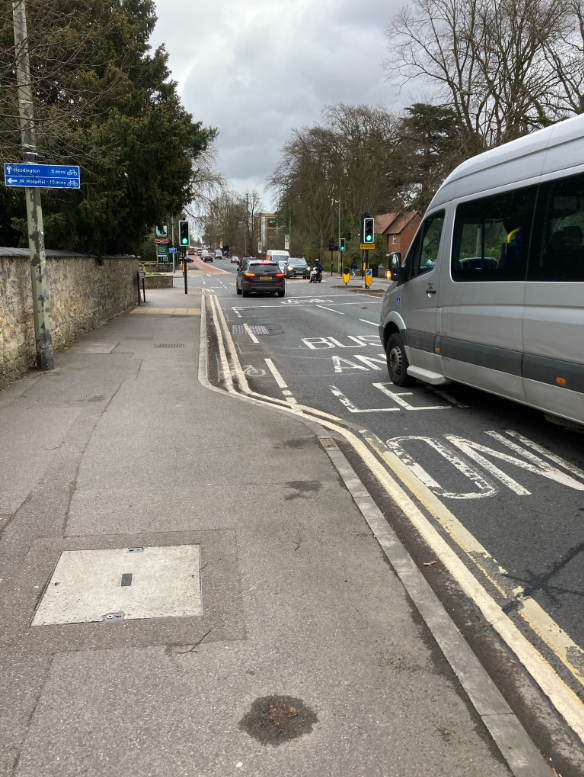
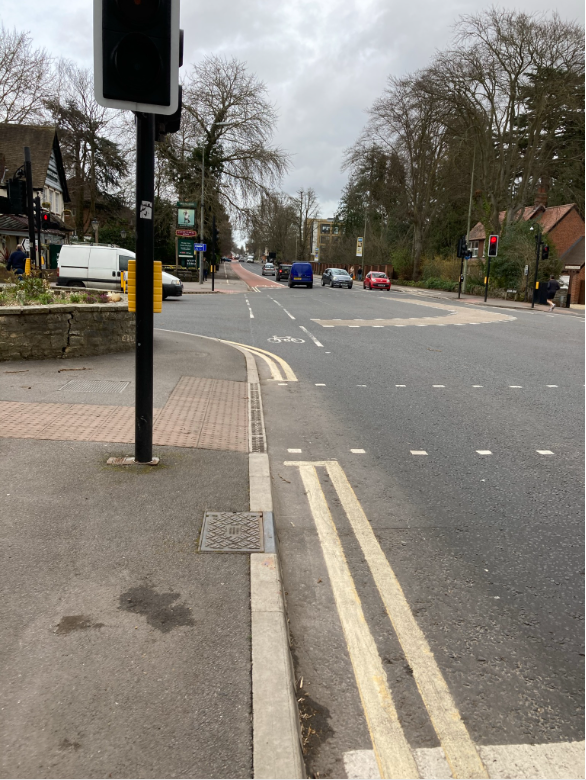
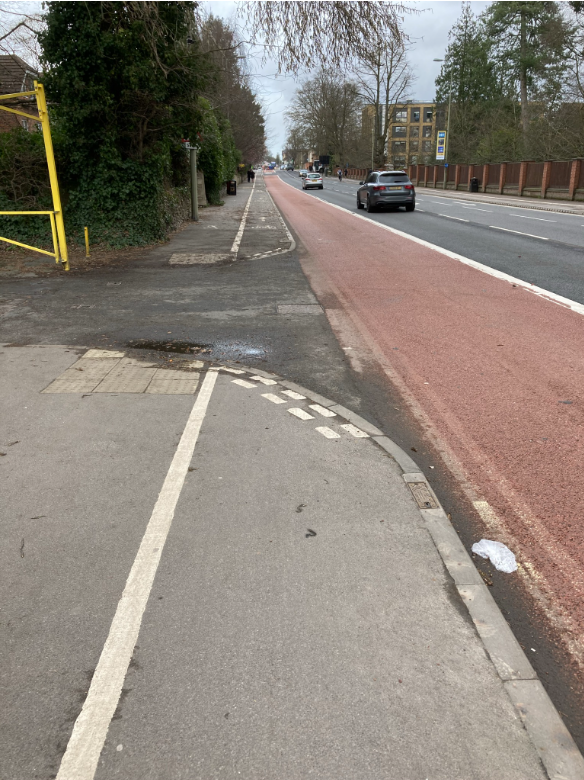
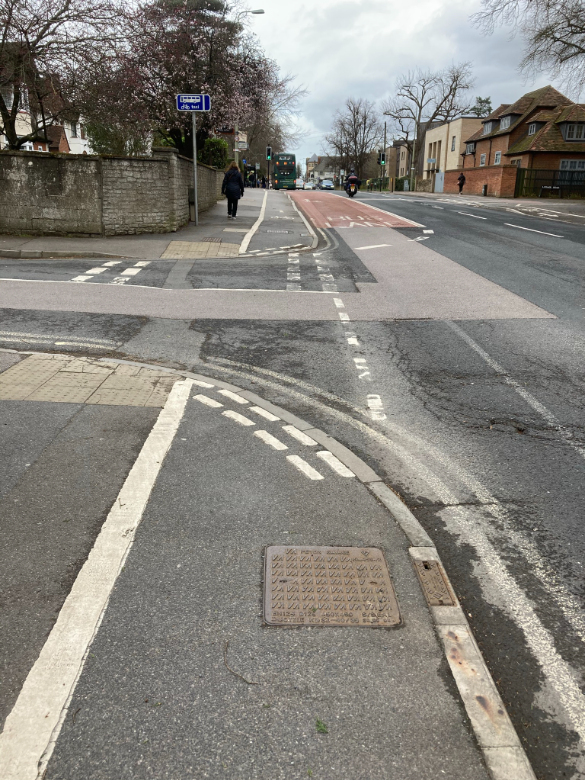
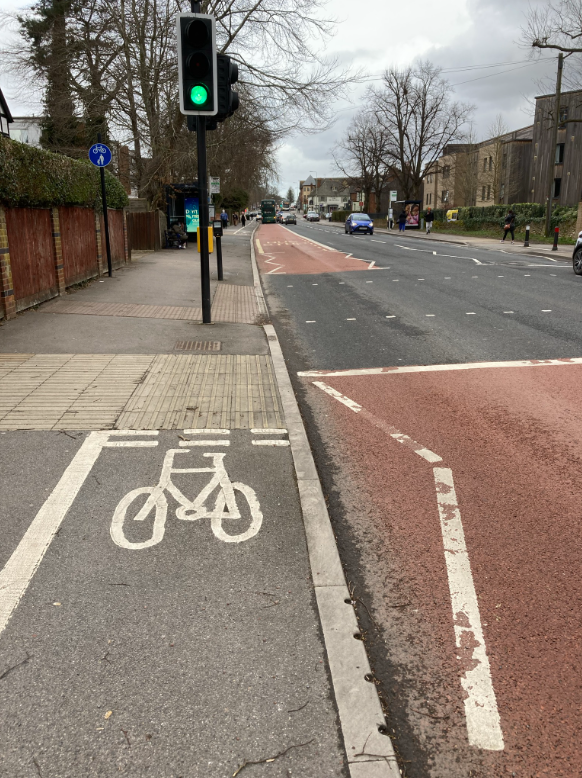
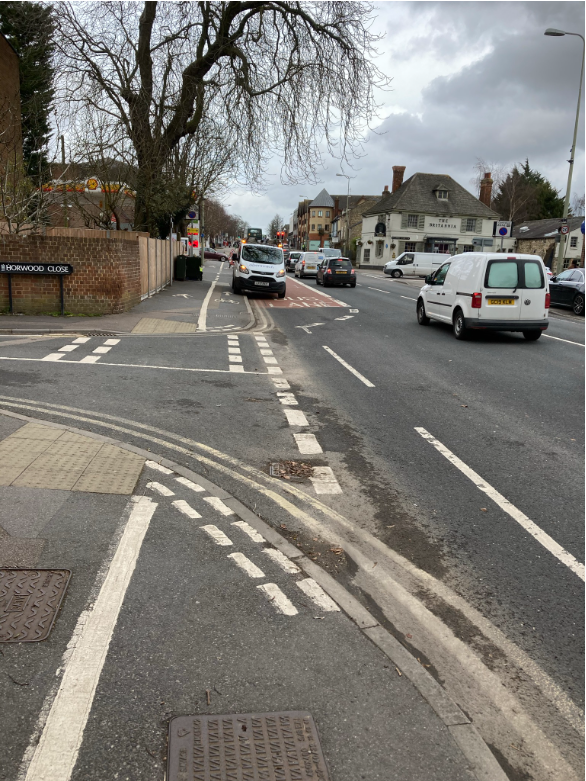
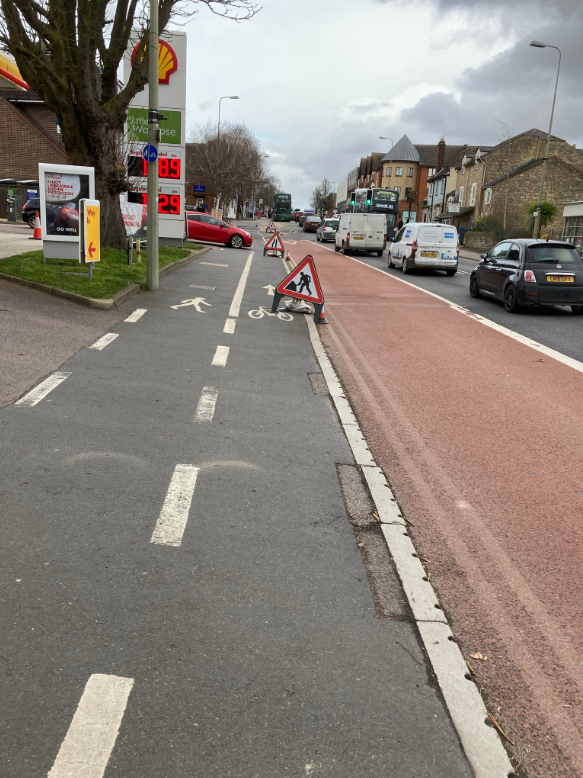
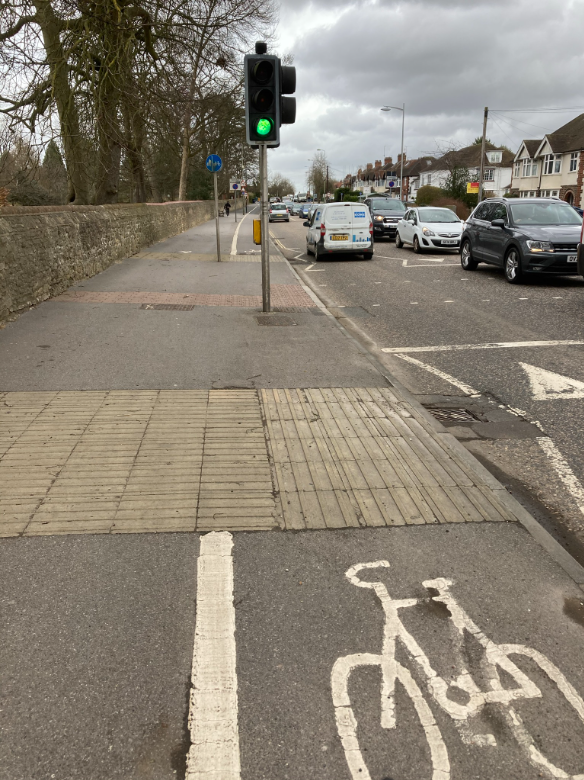
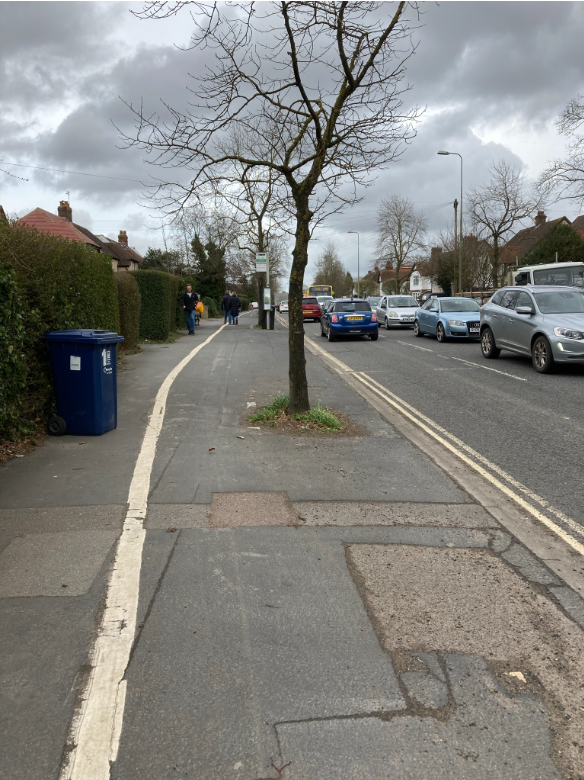
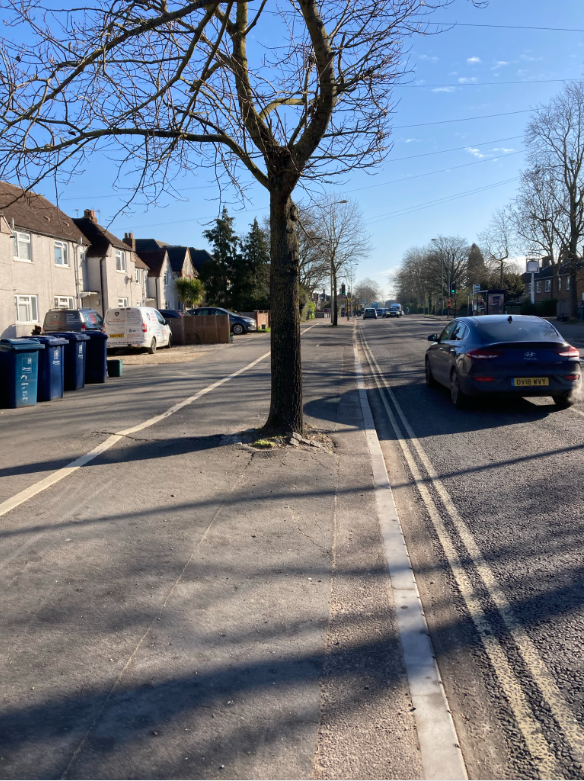
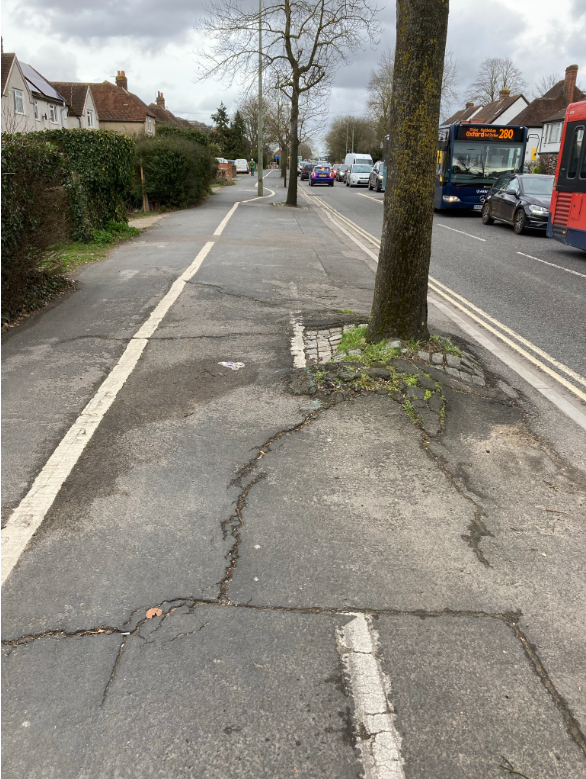
Cycle lane near Ramsay Road: trees obstruct cycle lane (although the broken surfaces seem to have been repaired recently with new tarmac); cycle lane curves around lamp post; together creating a bit of a slalom effect!
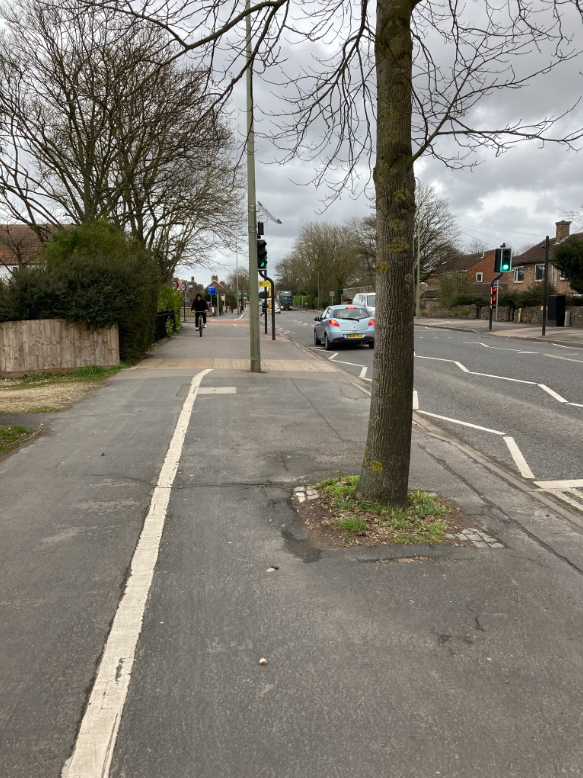
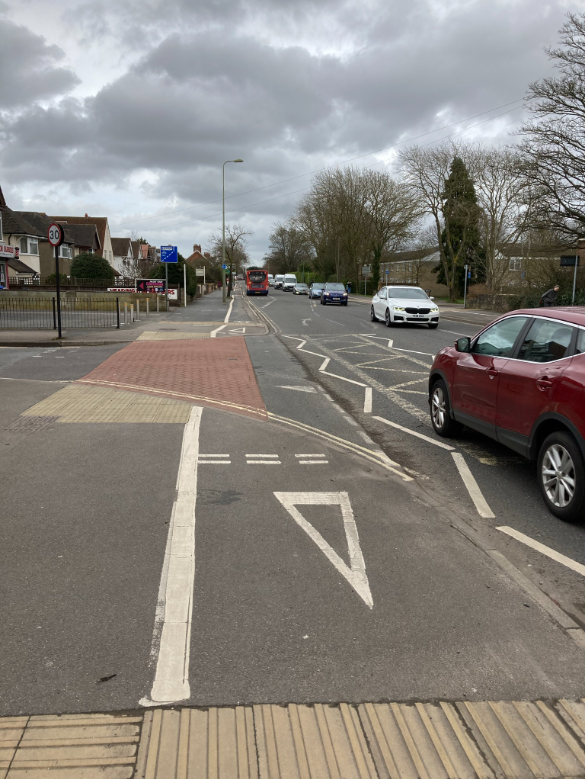
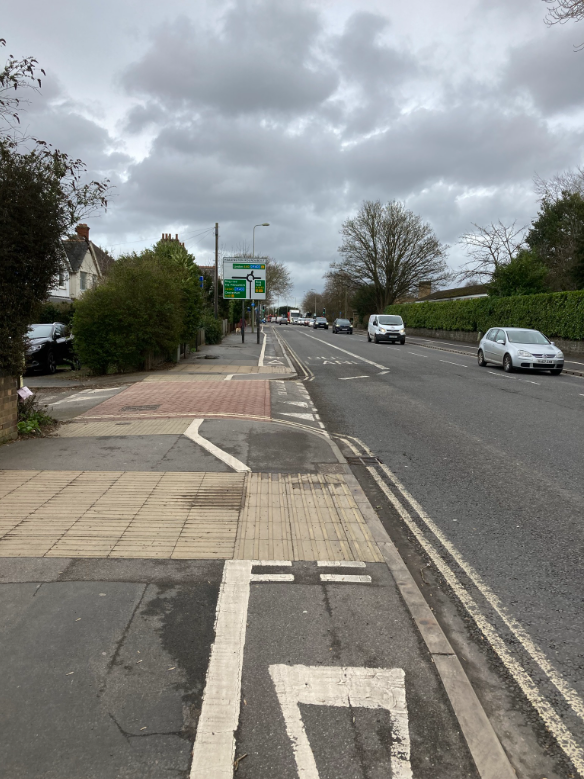
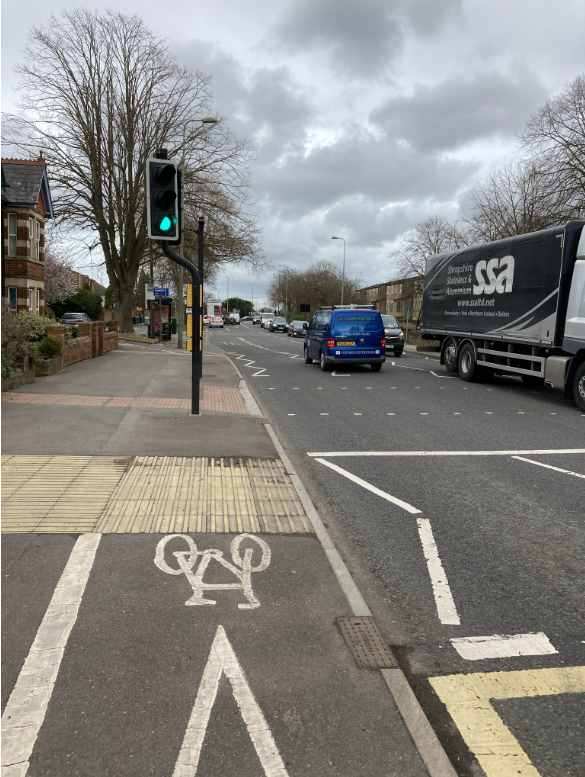
And bear in mind that children from Barton, Risinghurst, Sandhills and Headington have to contend with this wholly inadequate cycle lane when cycling to Cheney School. Compare this with Marston Ferry Road – is it any surprise the cycling figures for Cheney School and Cherwell School compare like this:
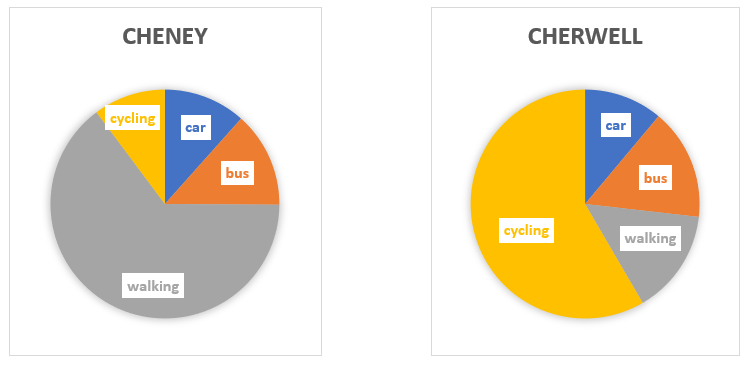
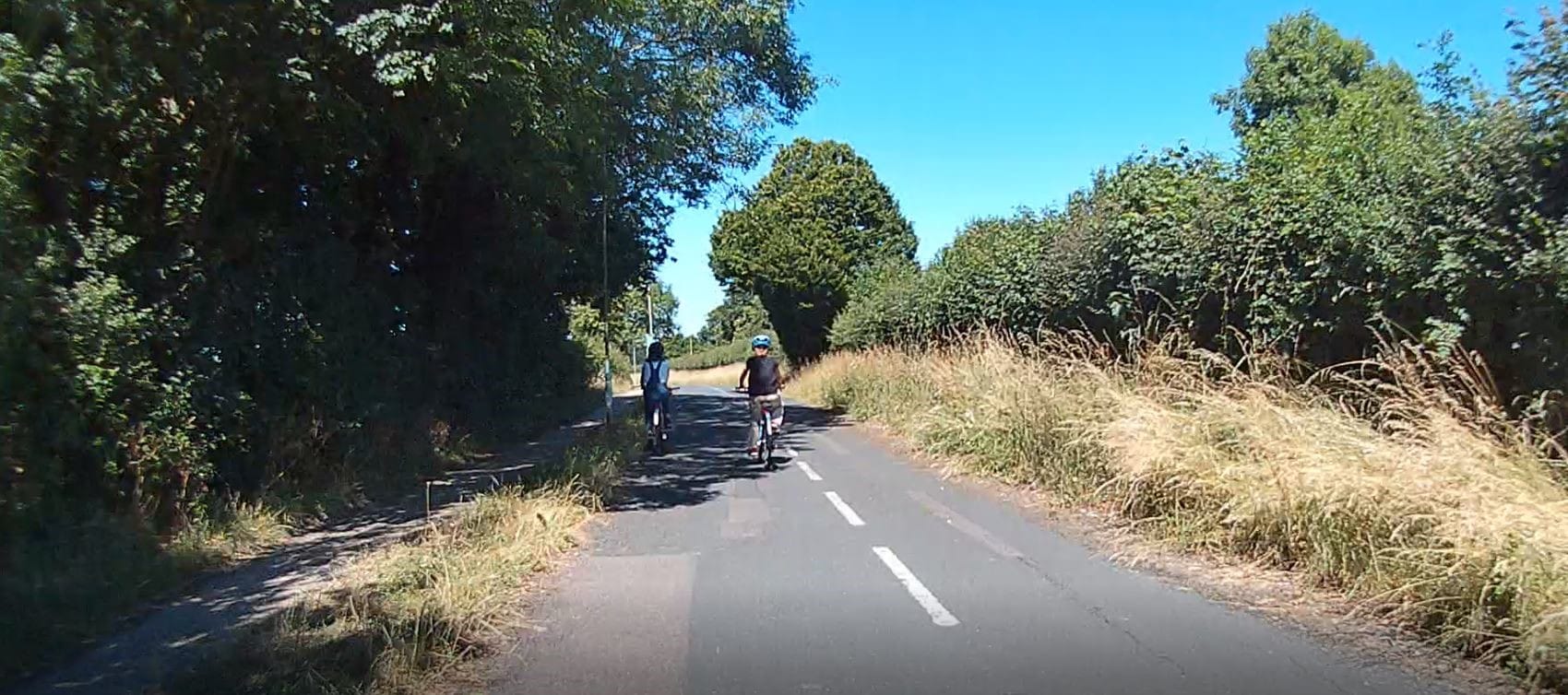
In addition to the appalling infrastructure are three private school sites (four if you include Magdalen College School) that create significant additional car traffic to and through Headington, with and the additional road danger and pollution that traffic brings with it – particularly as a high proportion of it is SUVs, which are 8 times more likely to kill a child on impact and more polluting than standard cars.
We hope this post has shone a light on the huge disparity between Headington and other areas in Oxford in terms of infrastructure to provide safe and easy cycling, wheeling and walking routes for children to get to school, visit friends or get to activities after school/at weekends.
Without doubt, Headington's children deserve so much better. Our children have the same right to be safe and independent when travelling as children in the rest of Oxford, yet the Councils have failed to take any meaningful or effective measures to address Headington's traffic and road danger problems despite years/decades of parents and residents pleading with them to do something.
If you share our dismay at the lack of safe walking, cycling and wheeling routes for children in Headington, please email your councillors to tell them this and consider becoming a member of Headington Liveable Streets if you are not already (see link to membership page).
